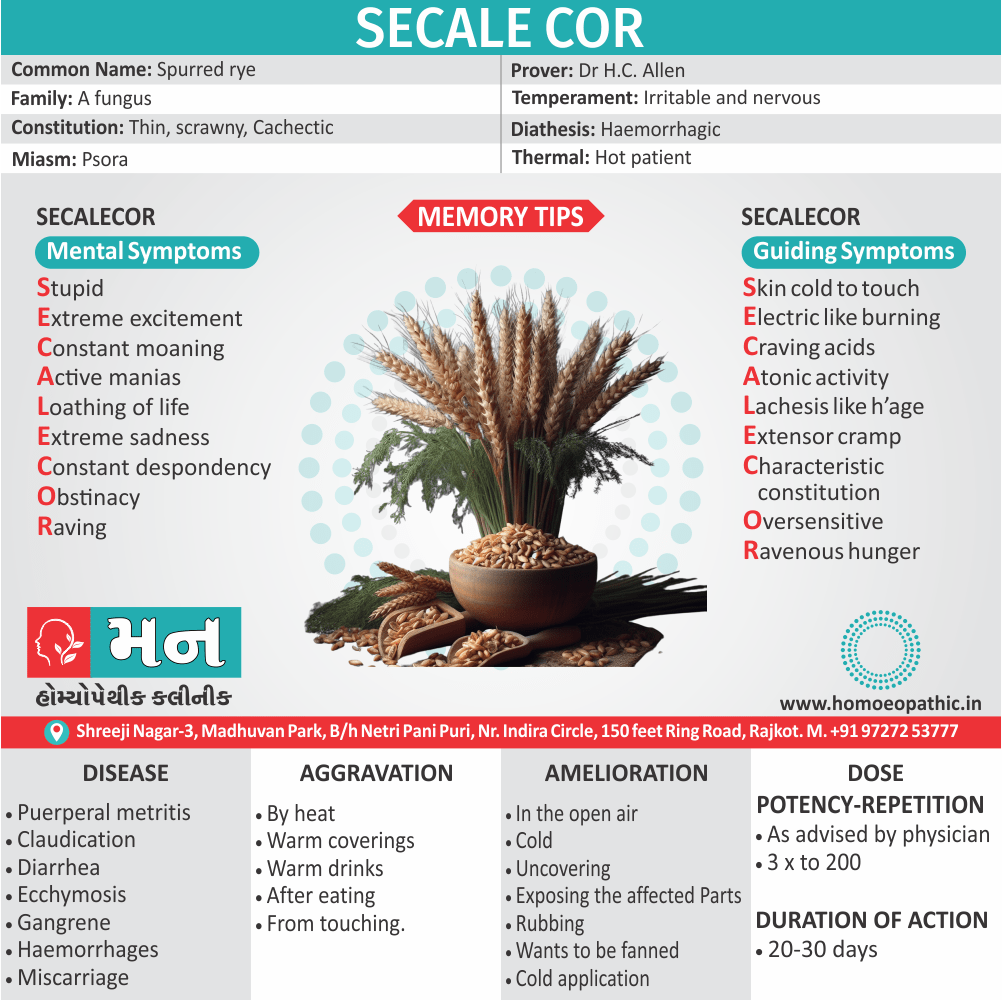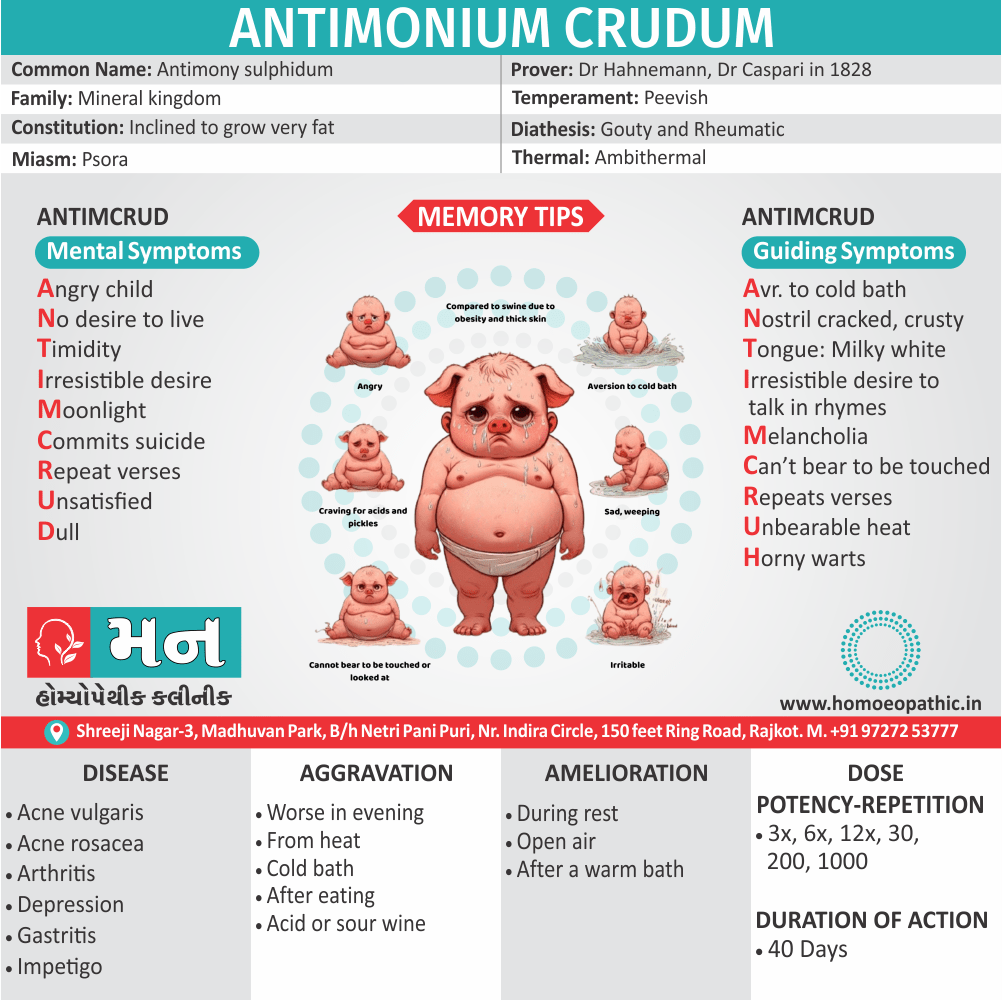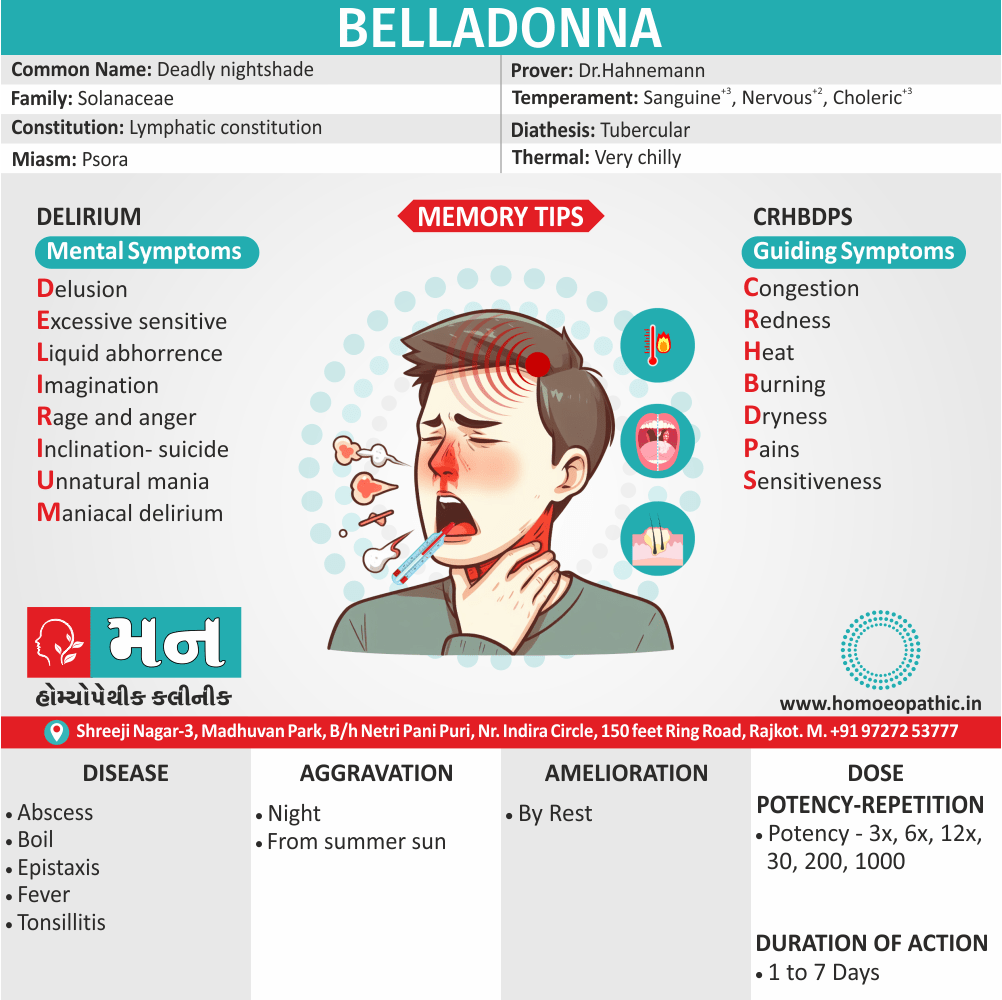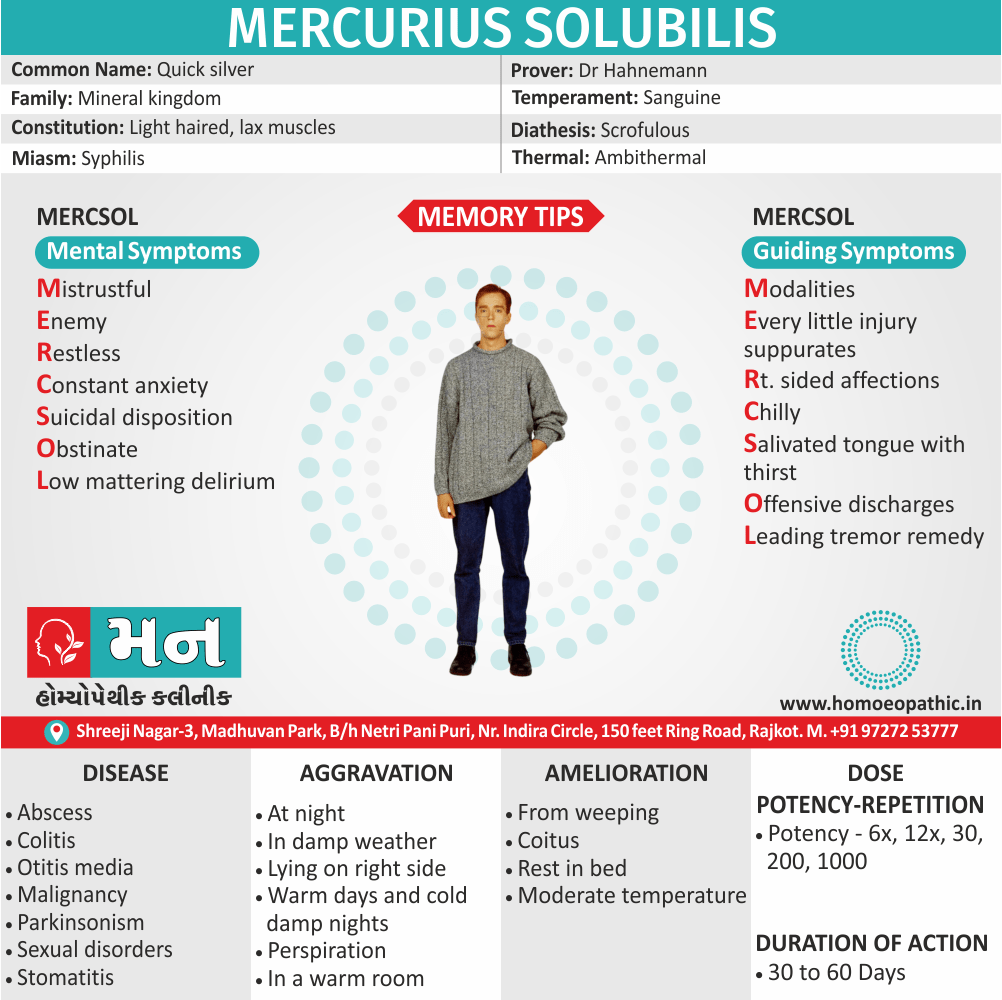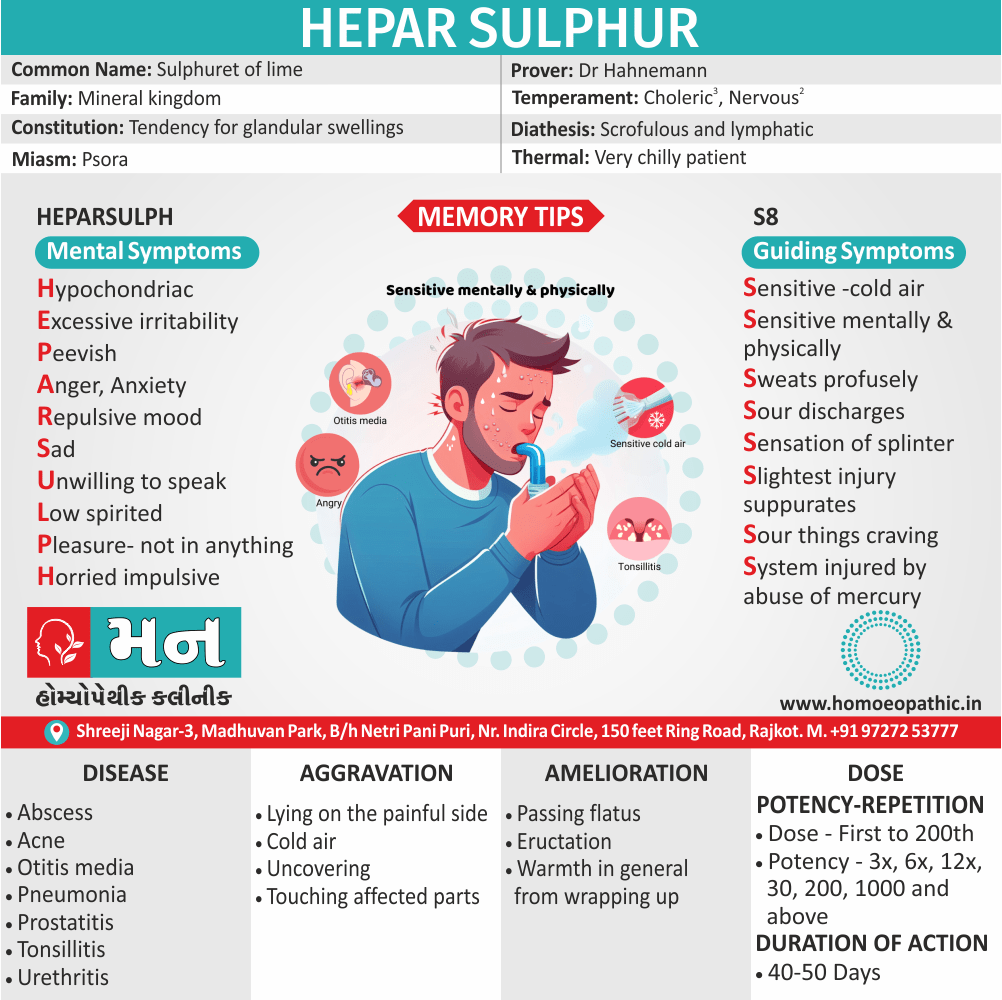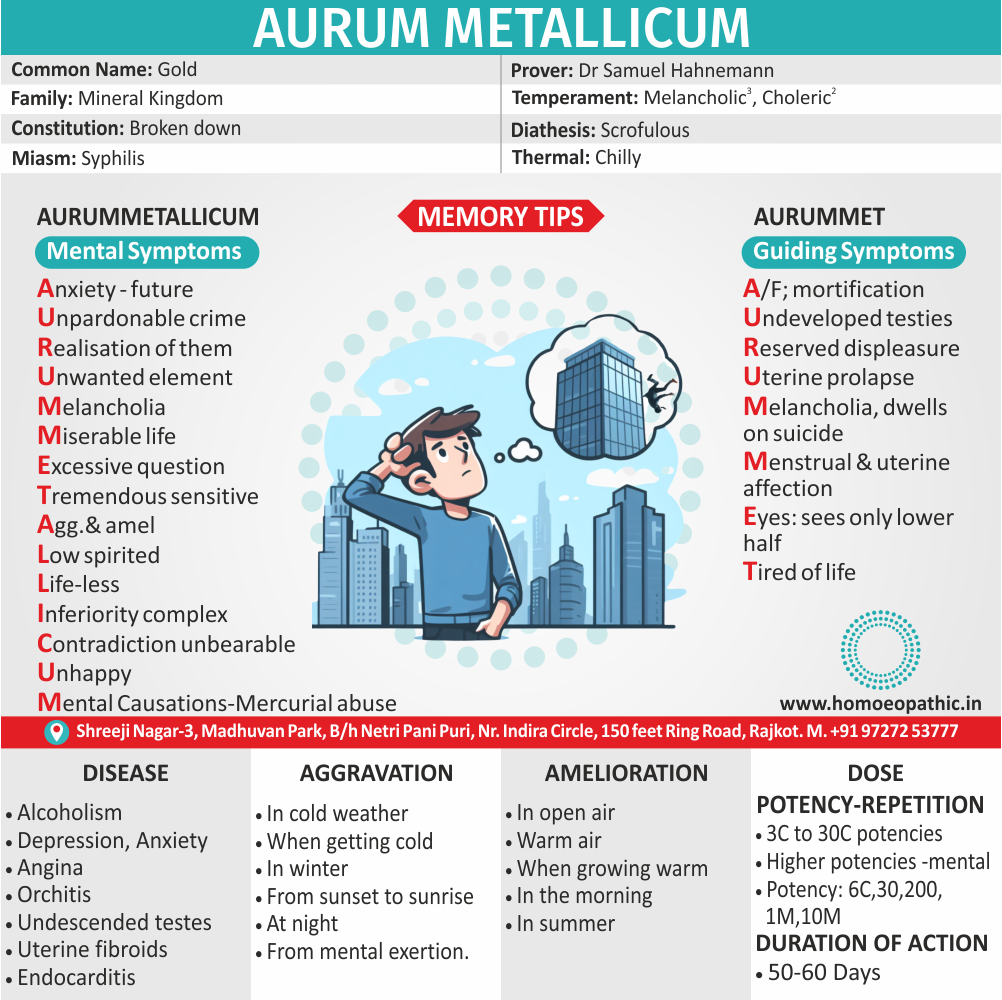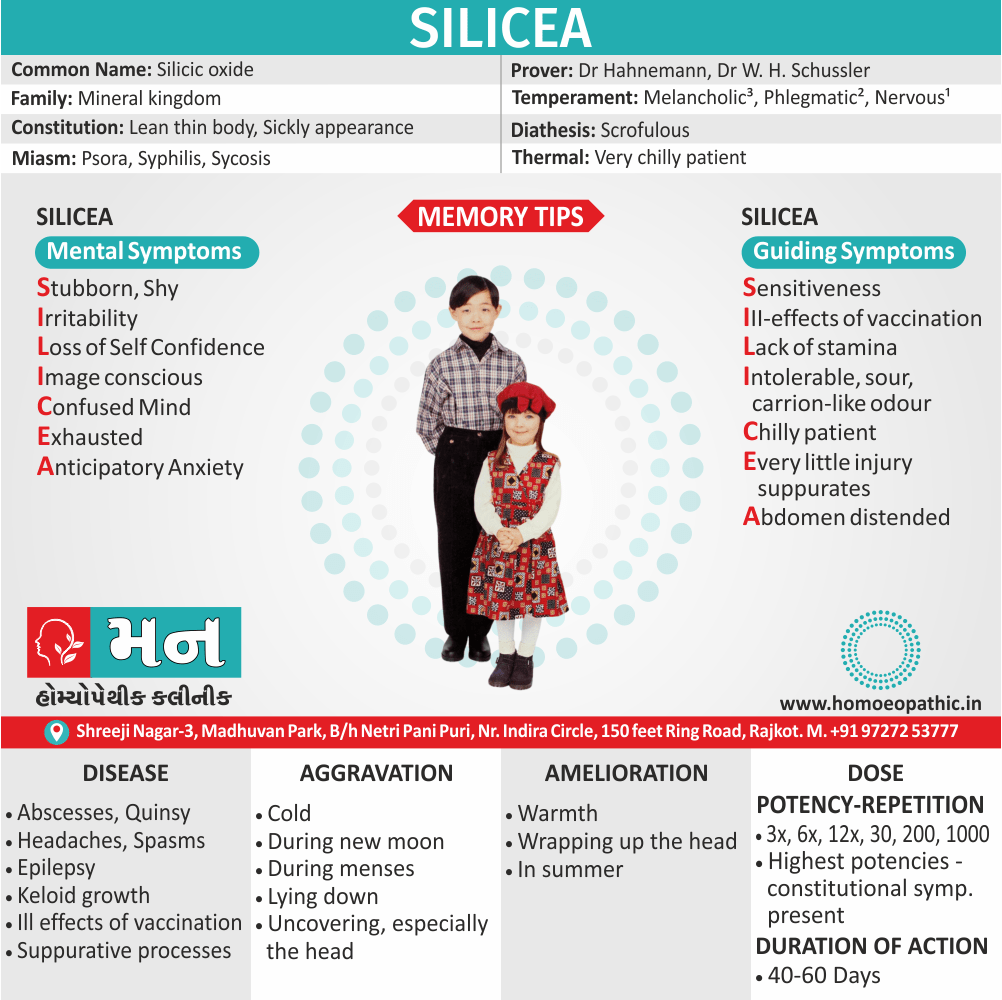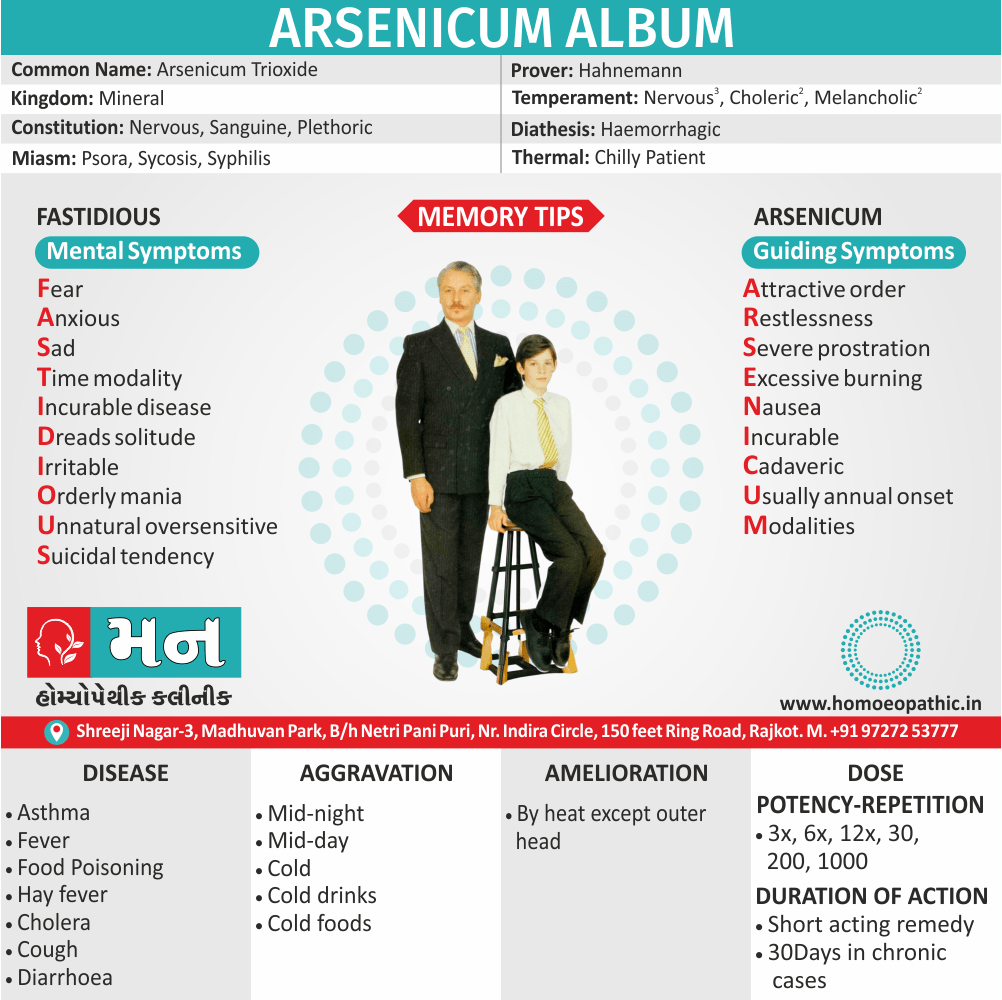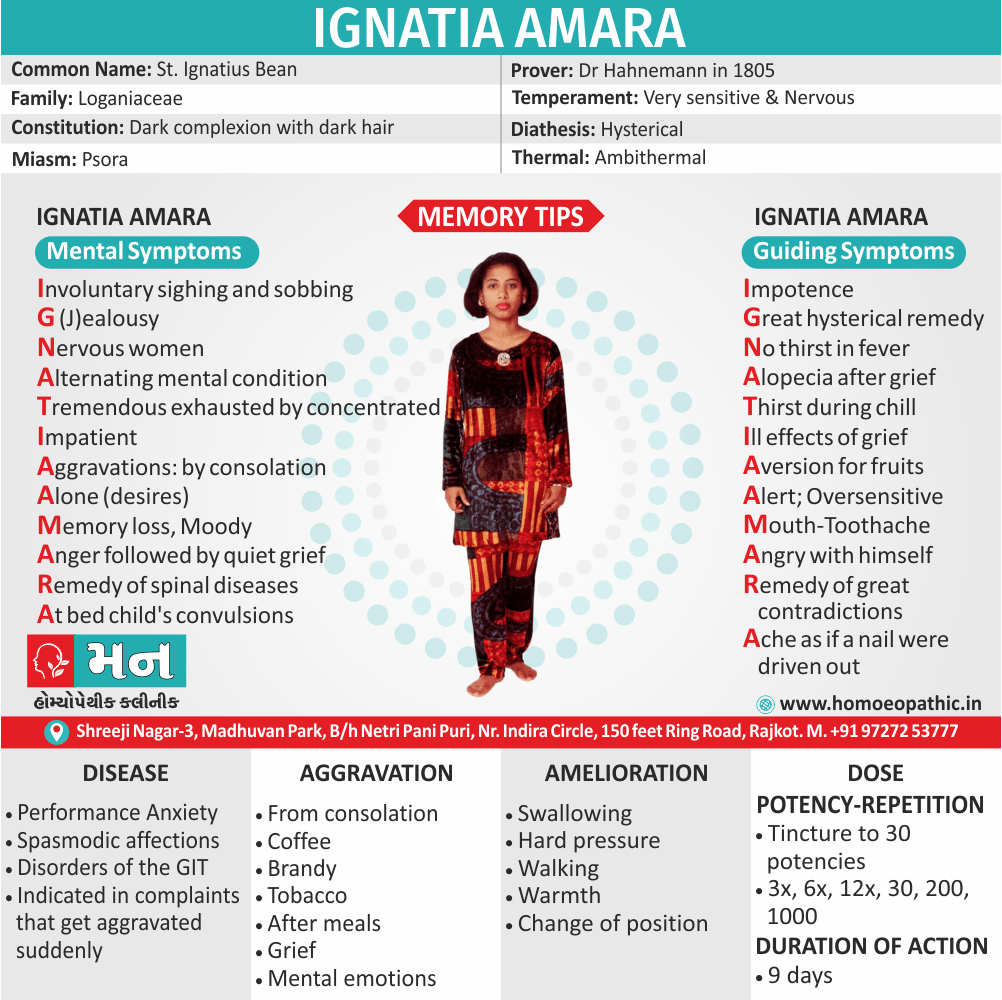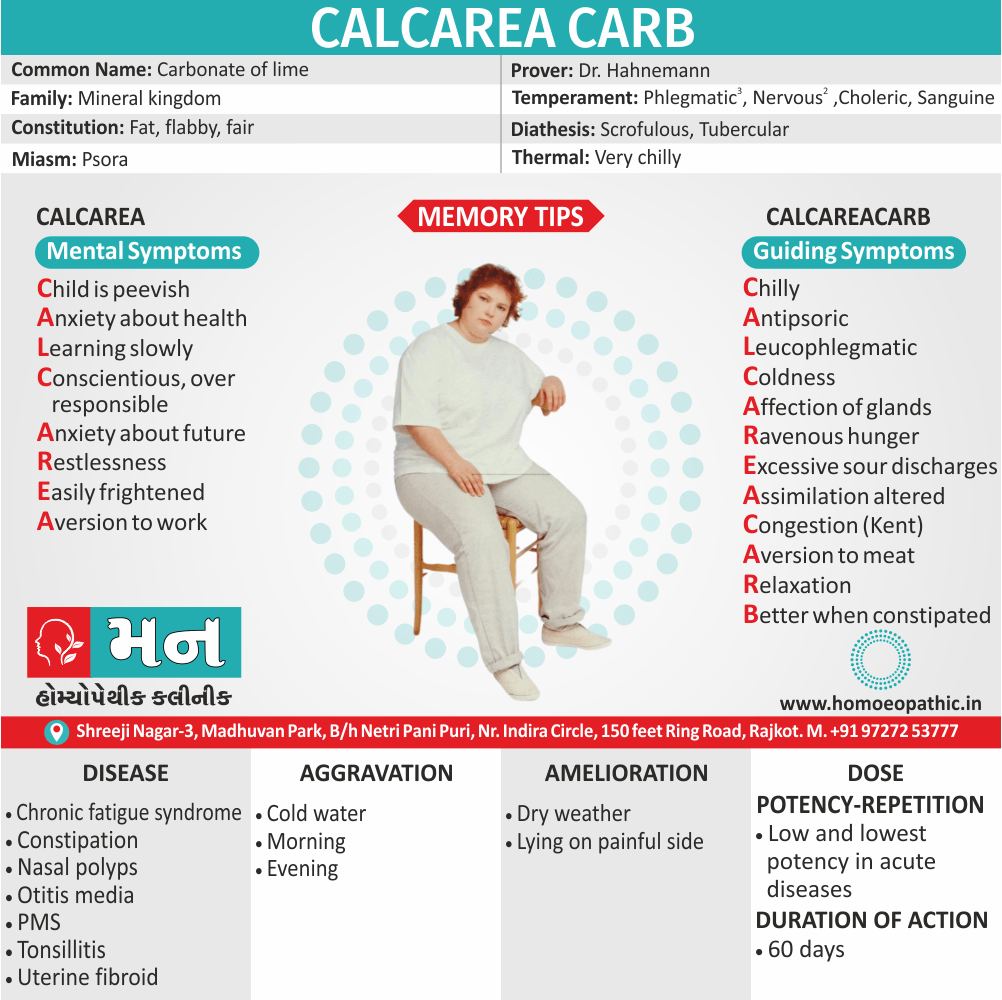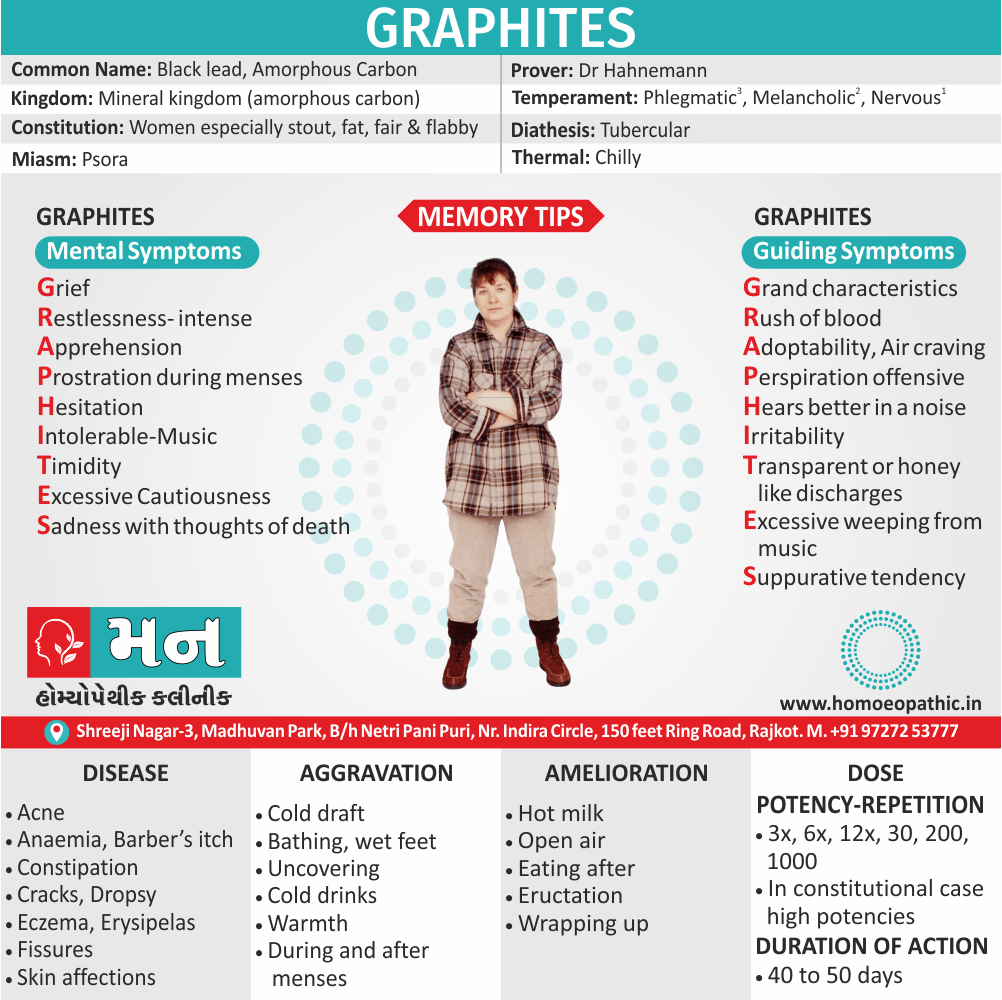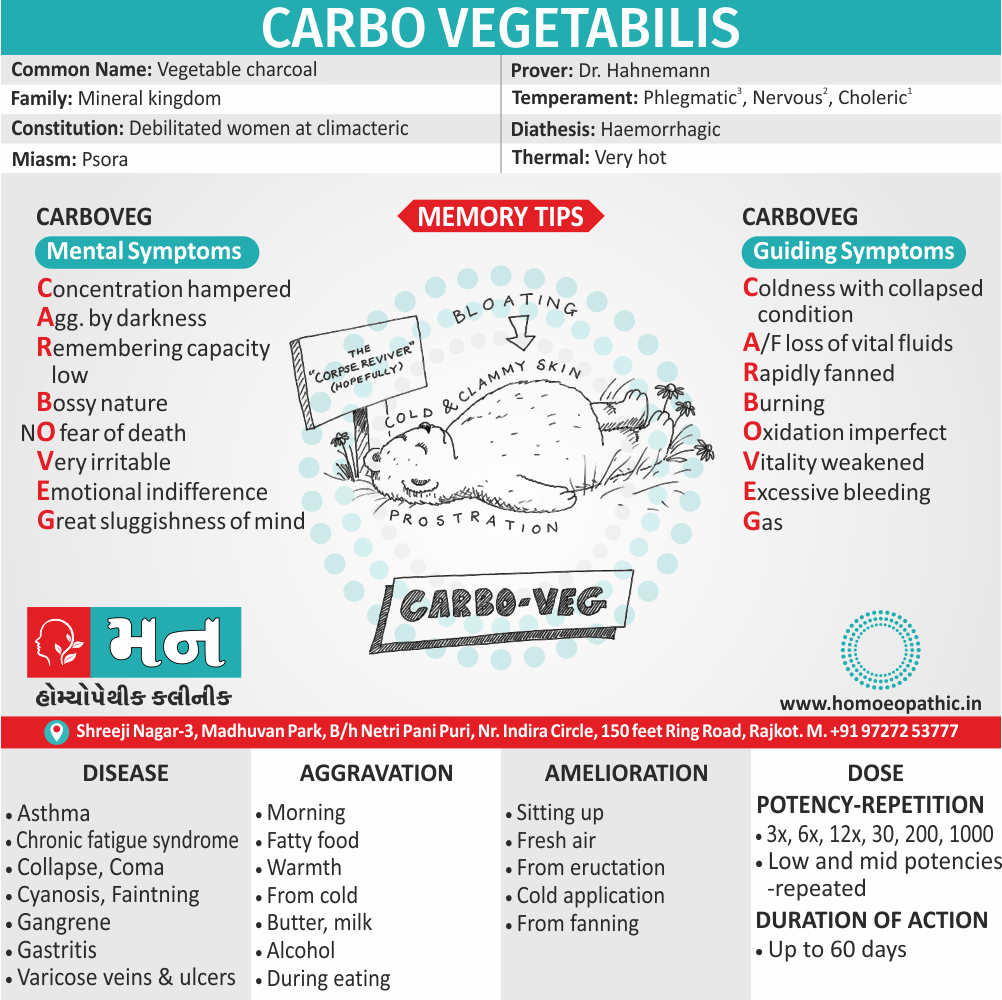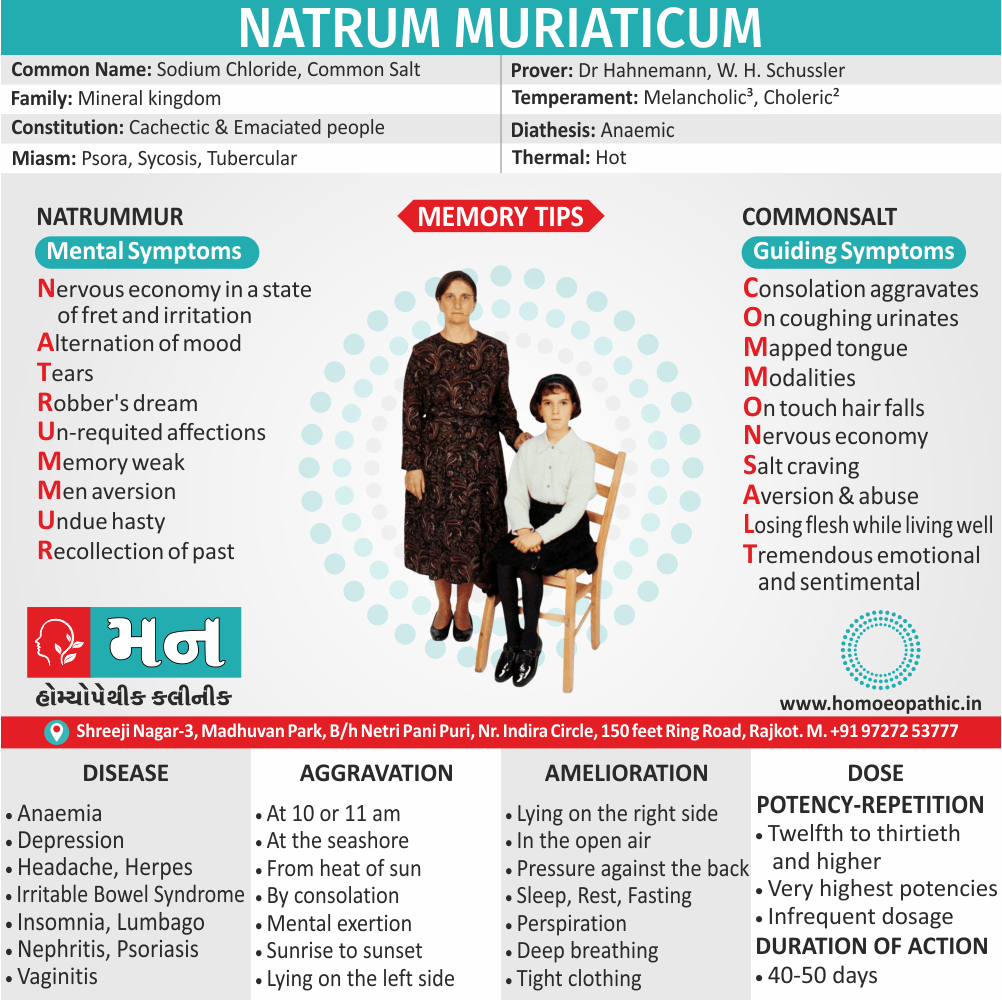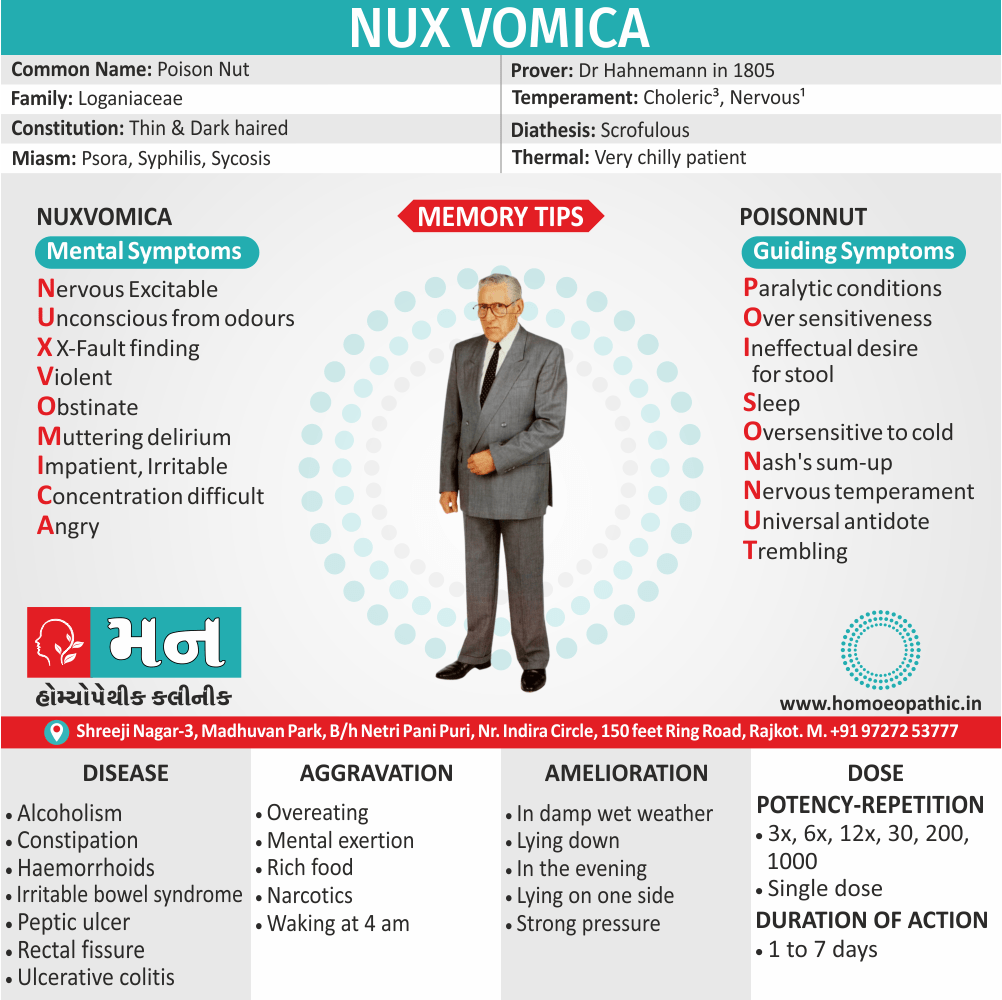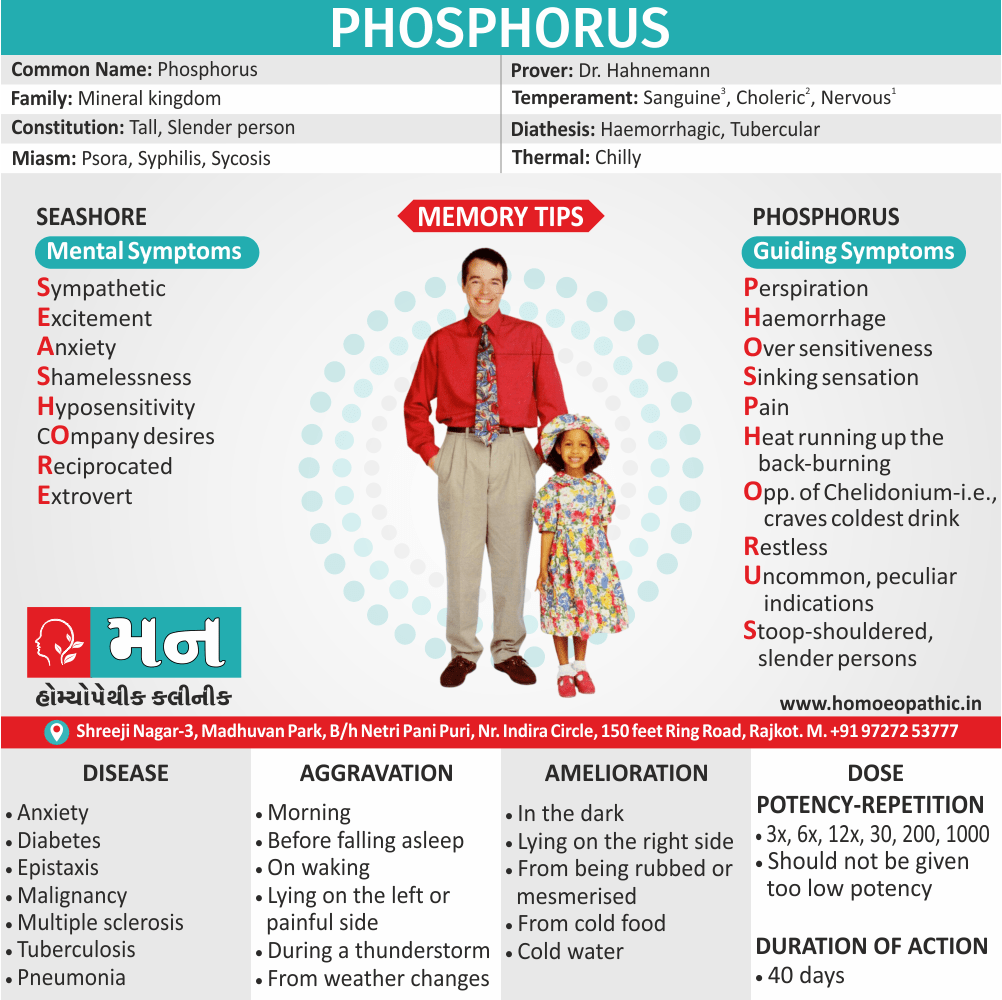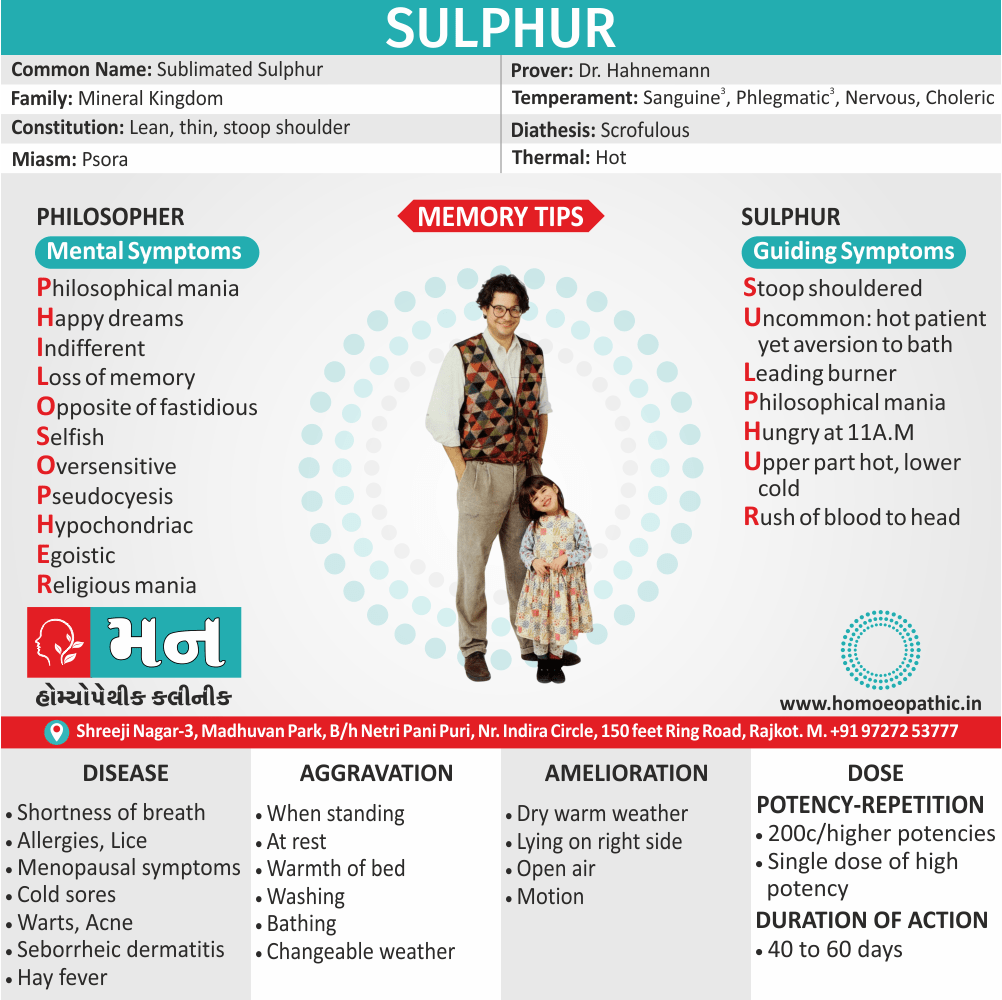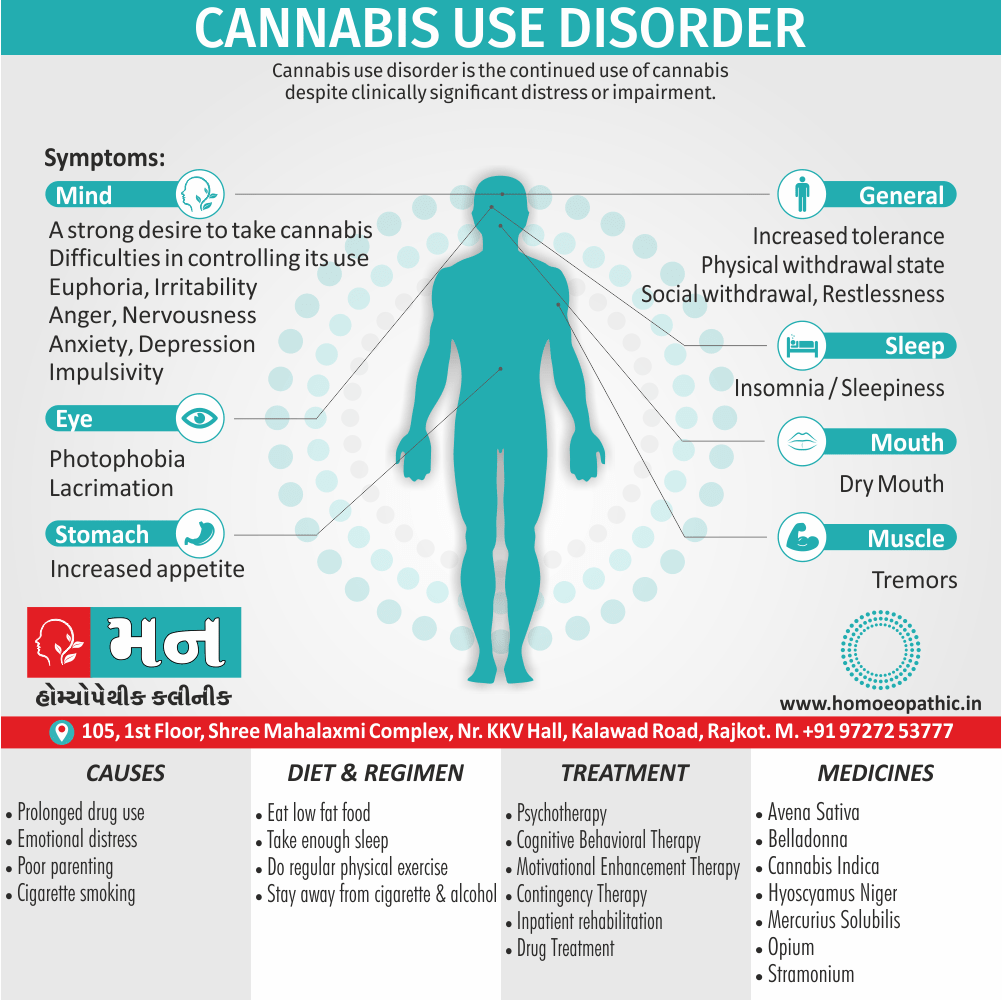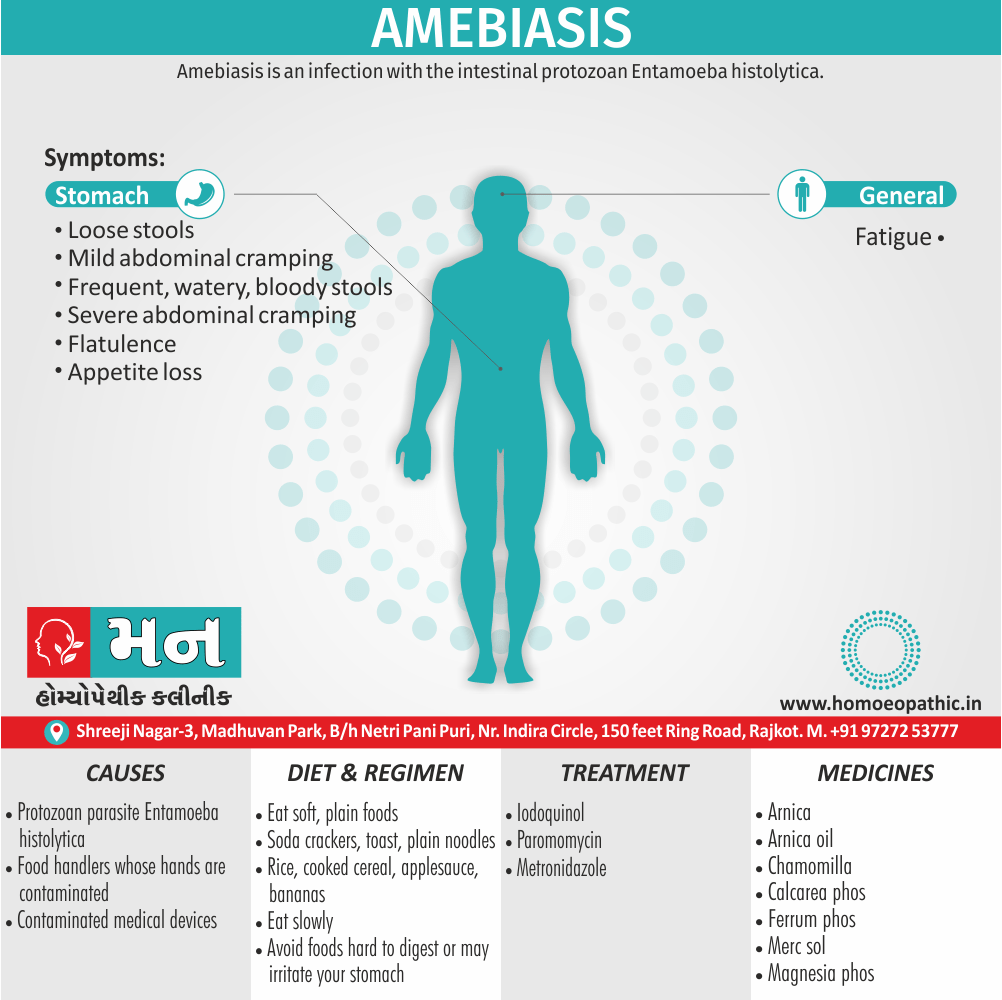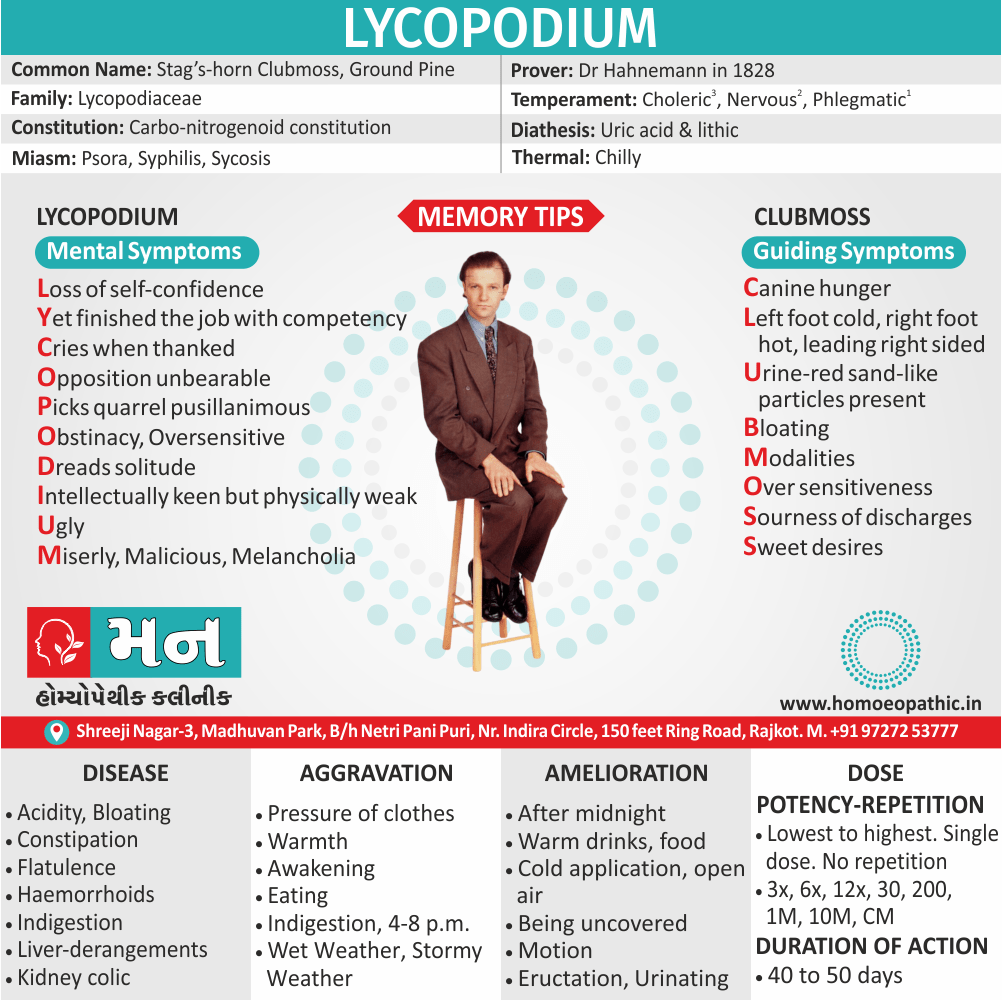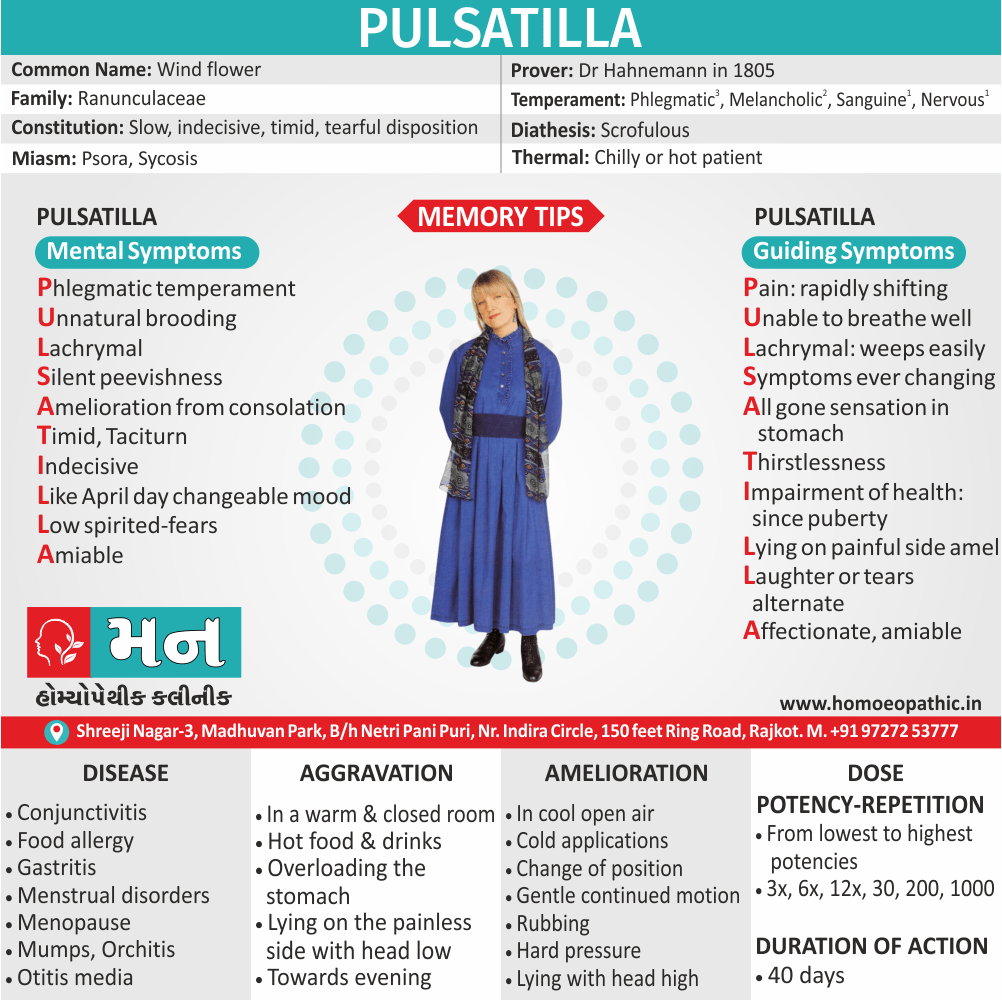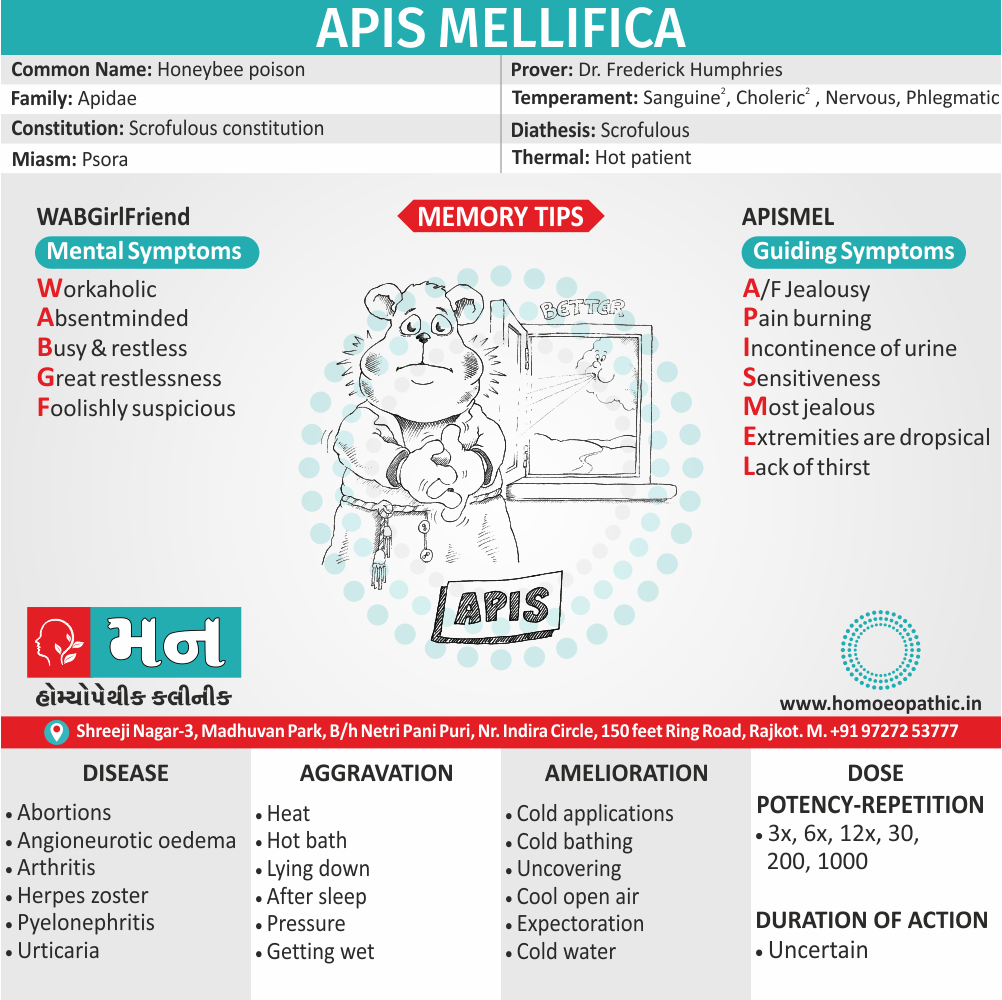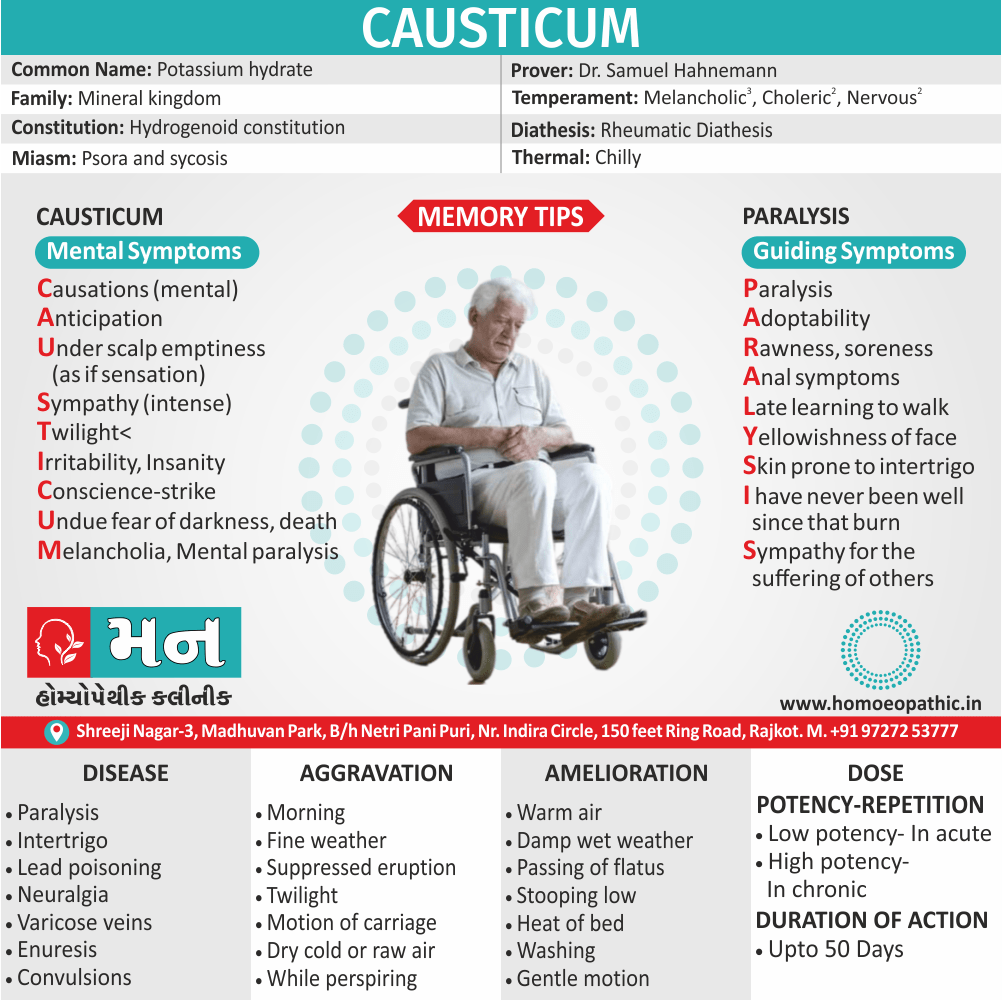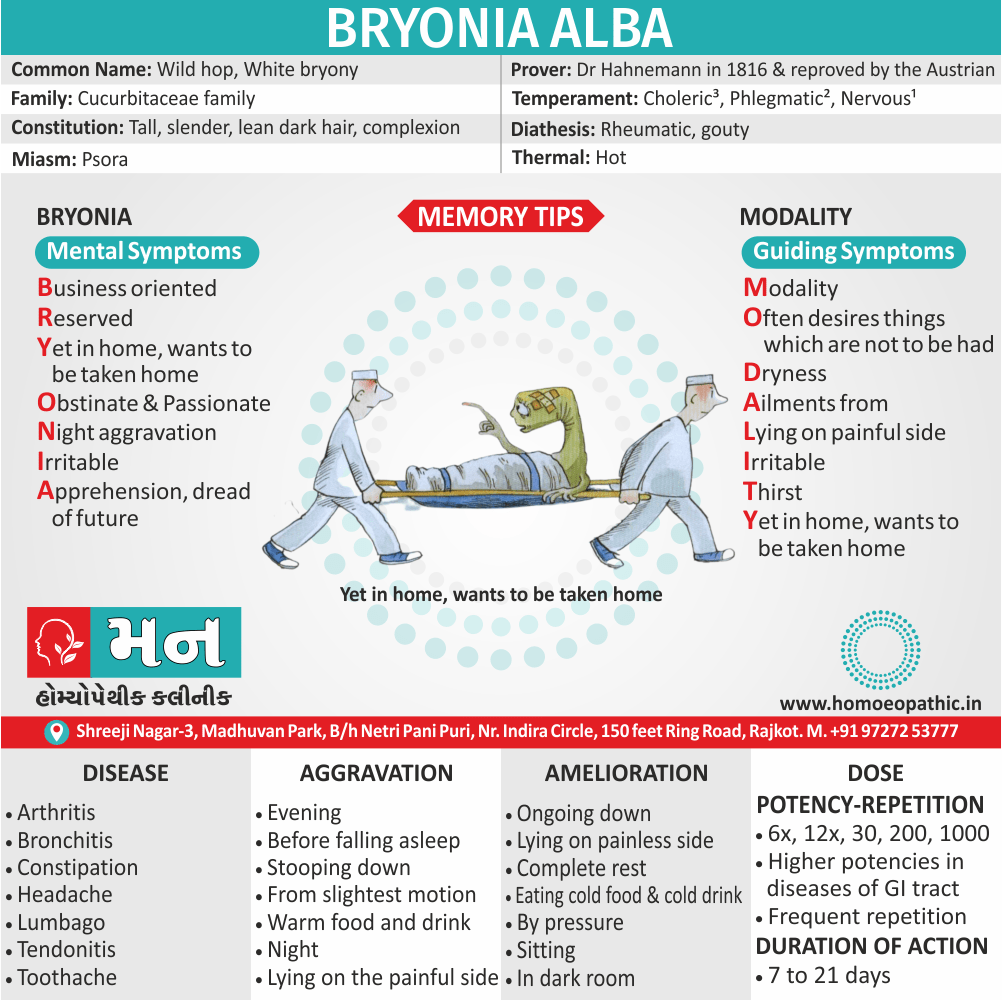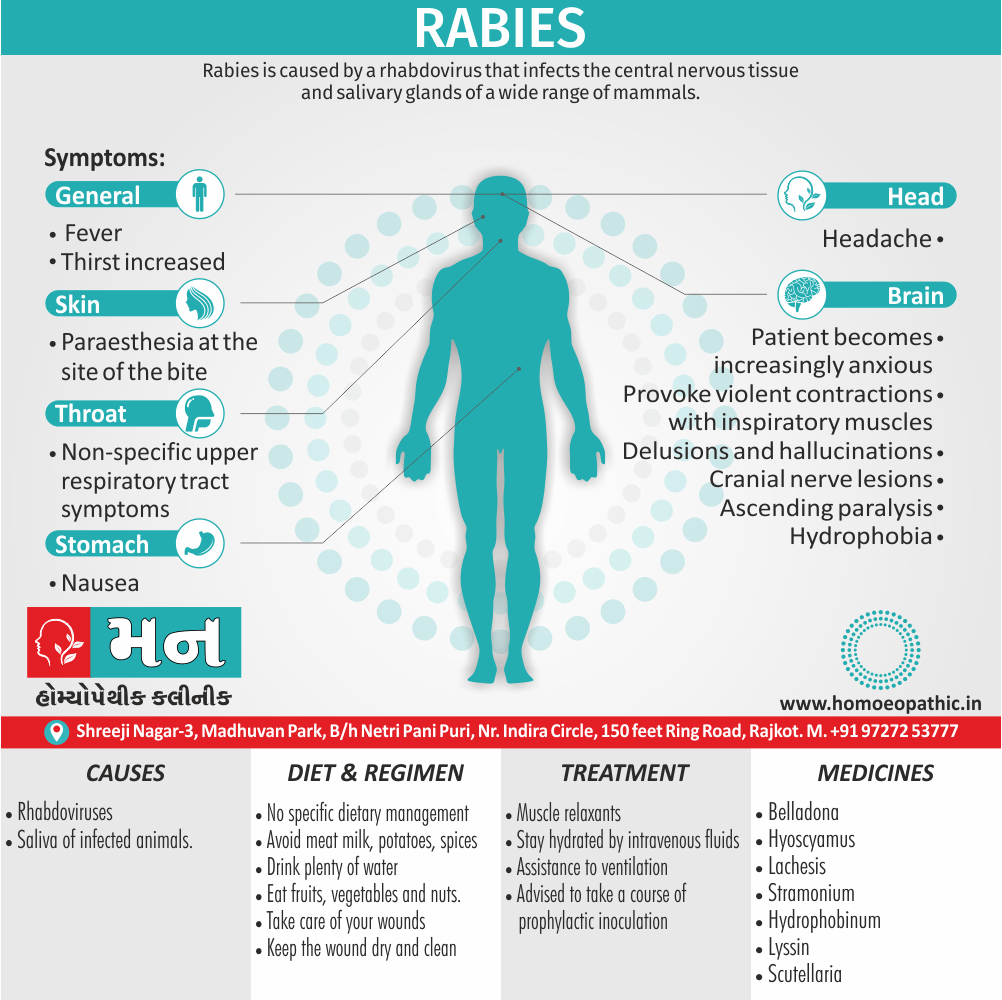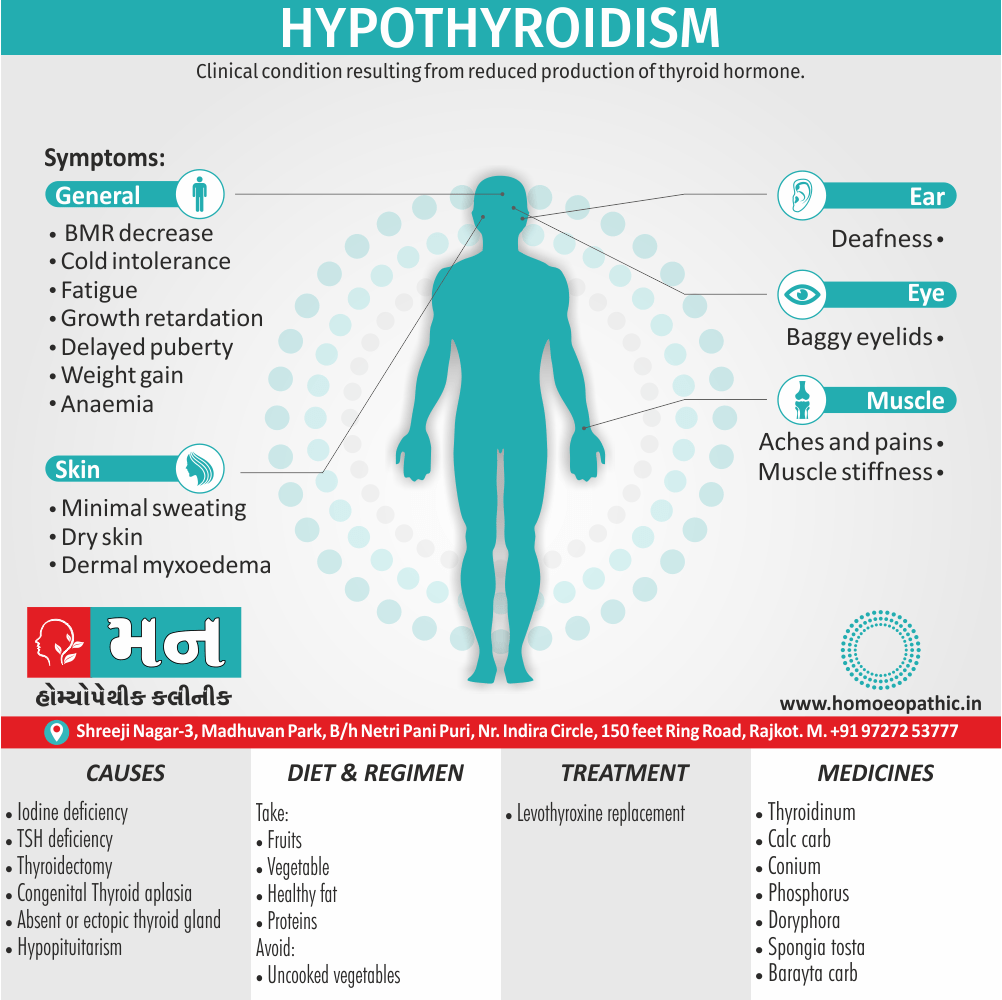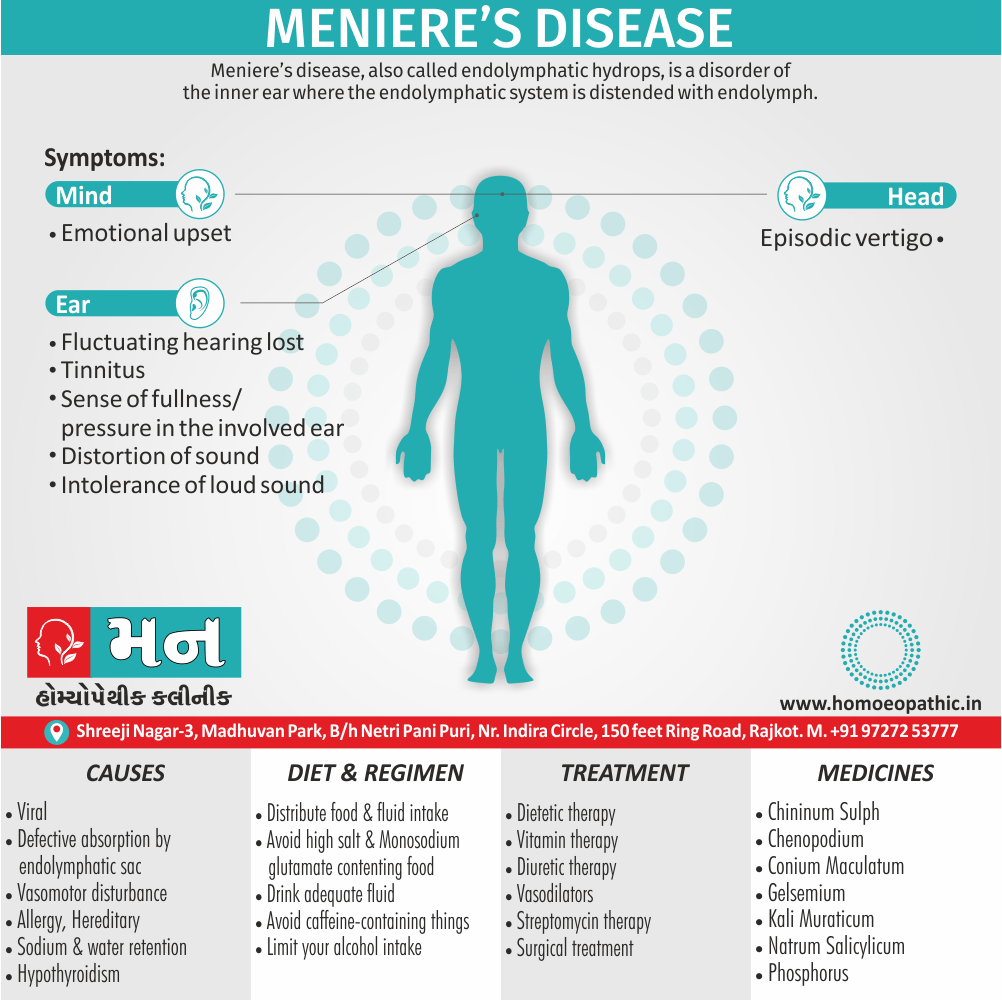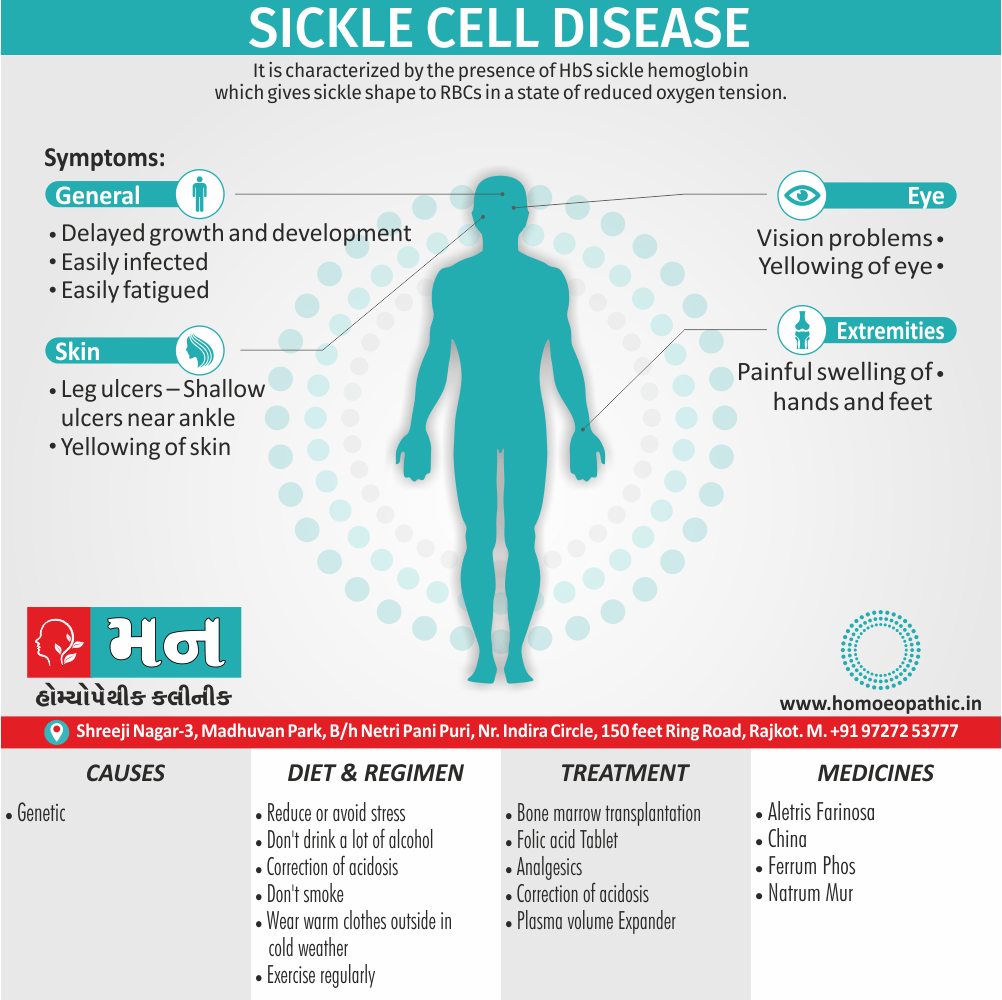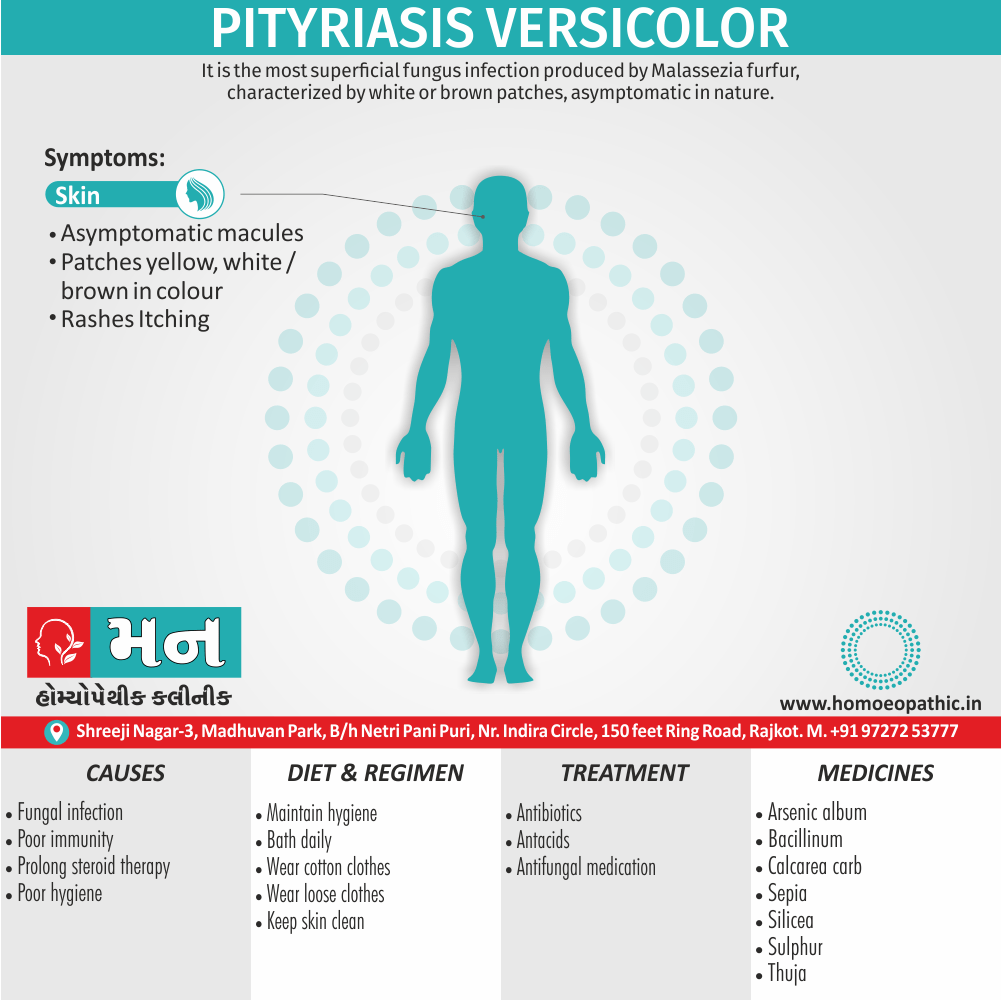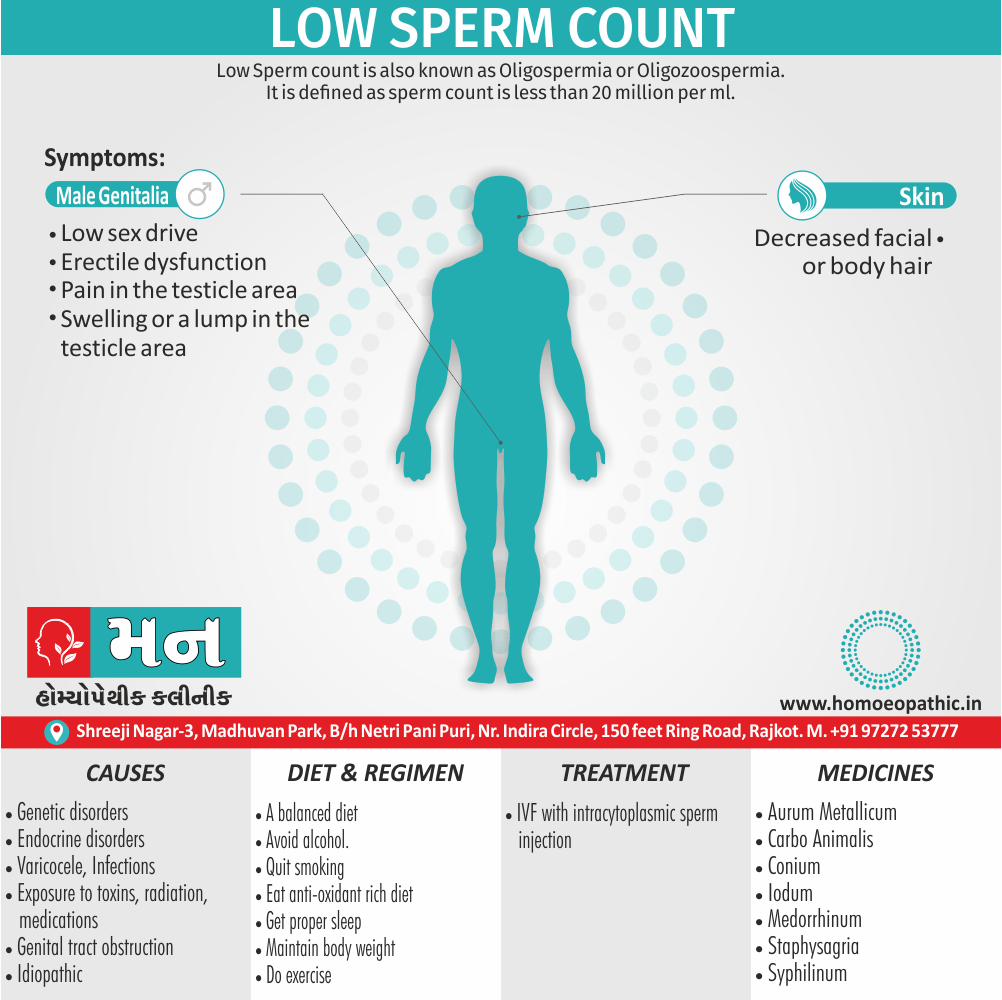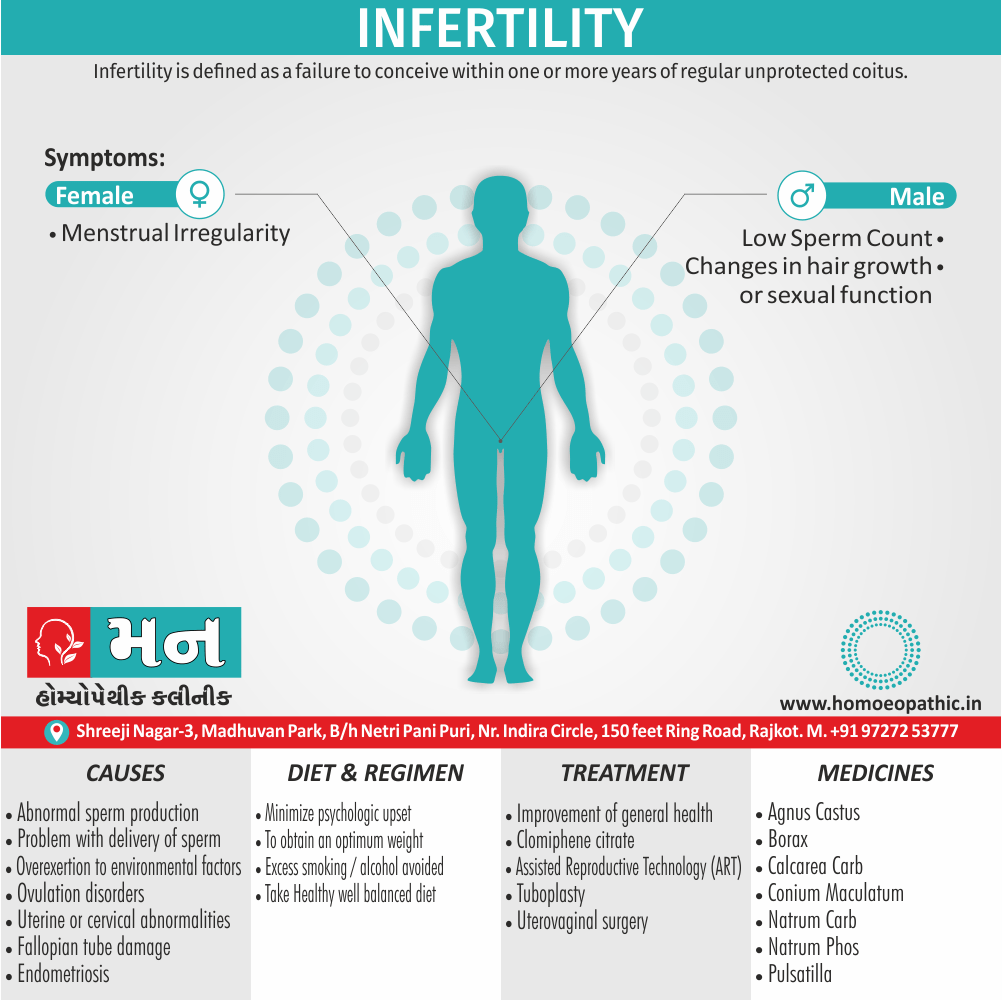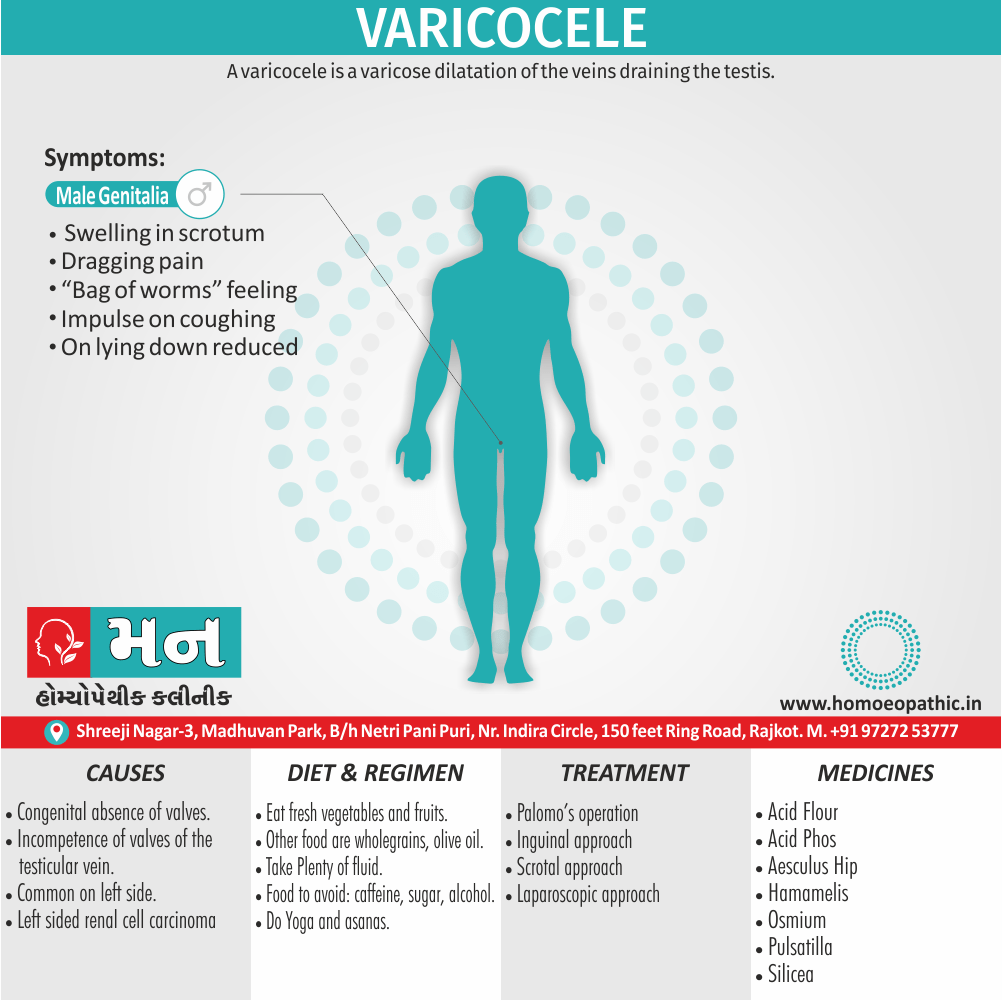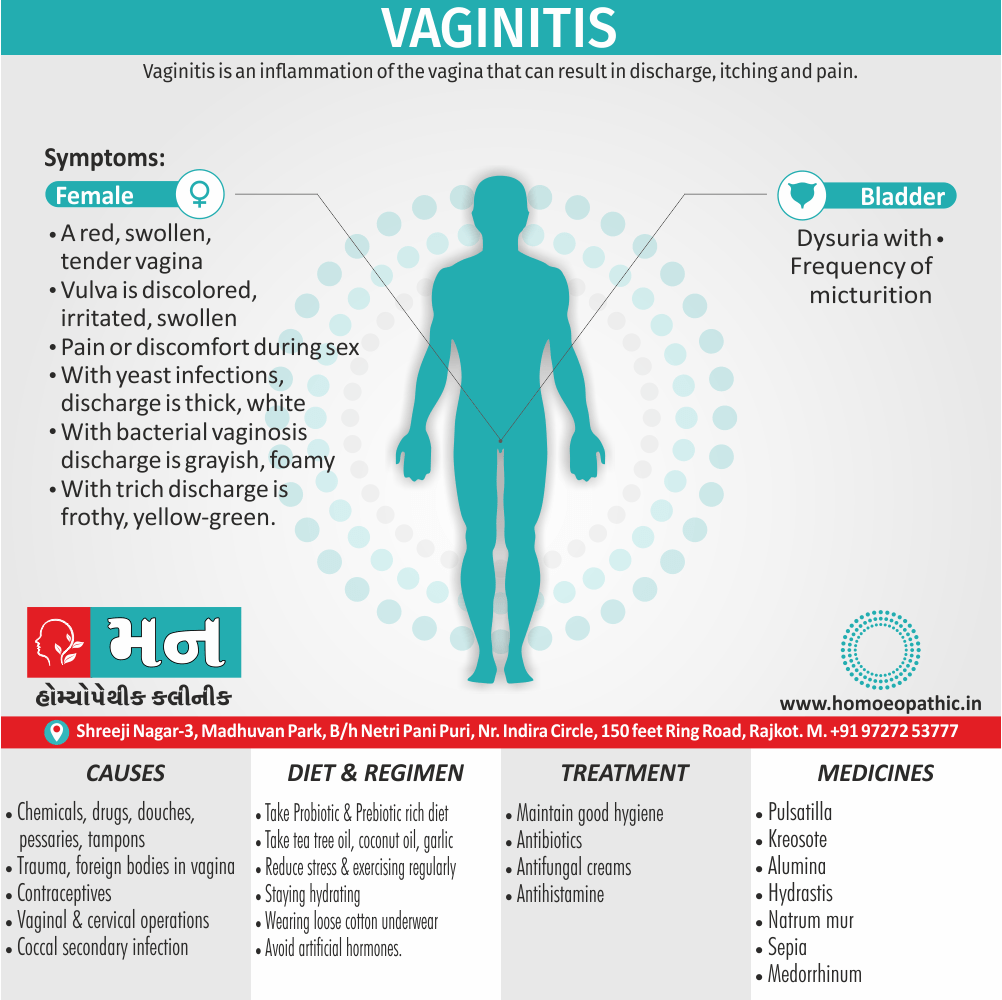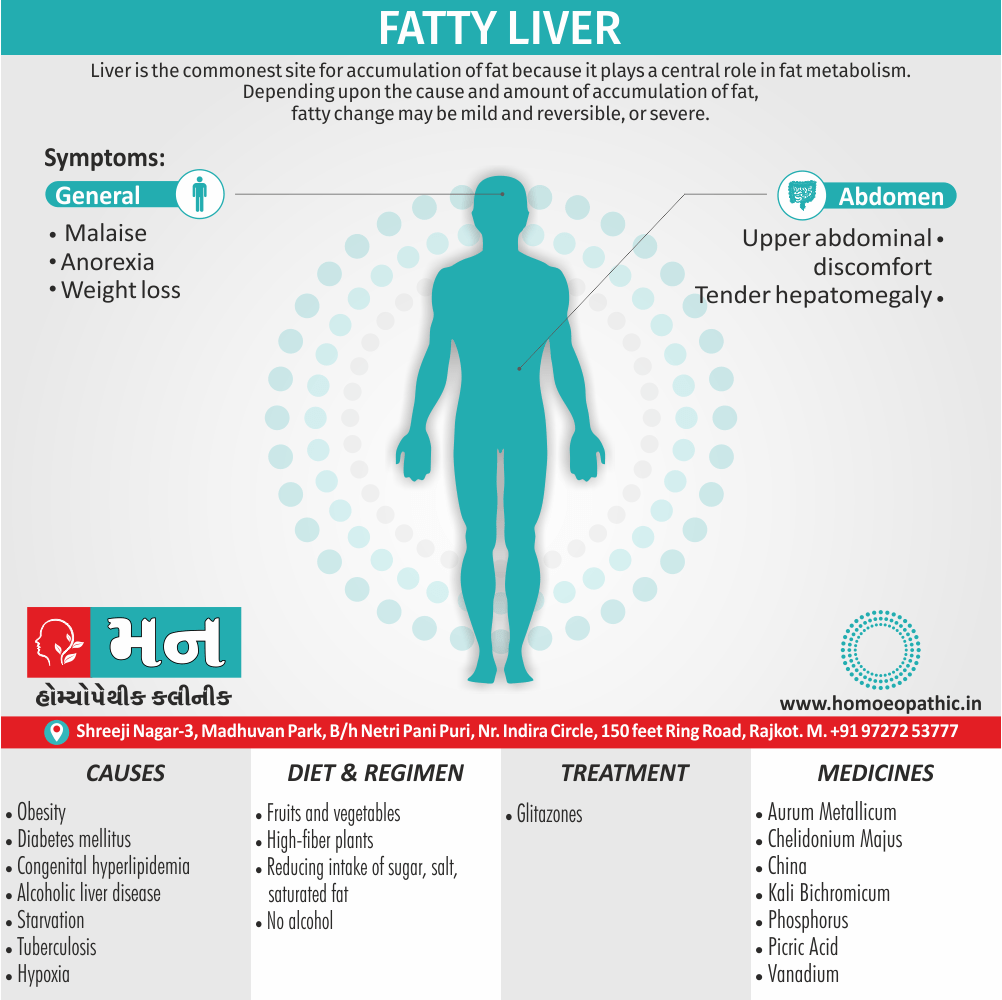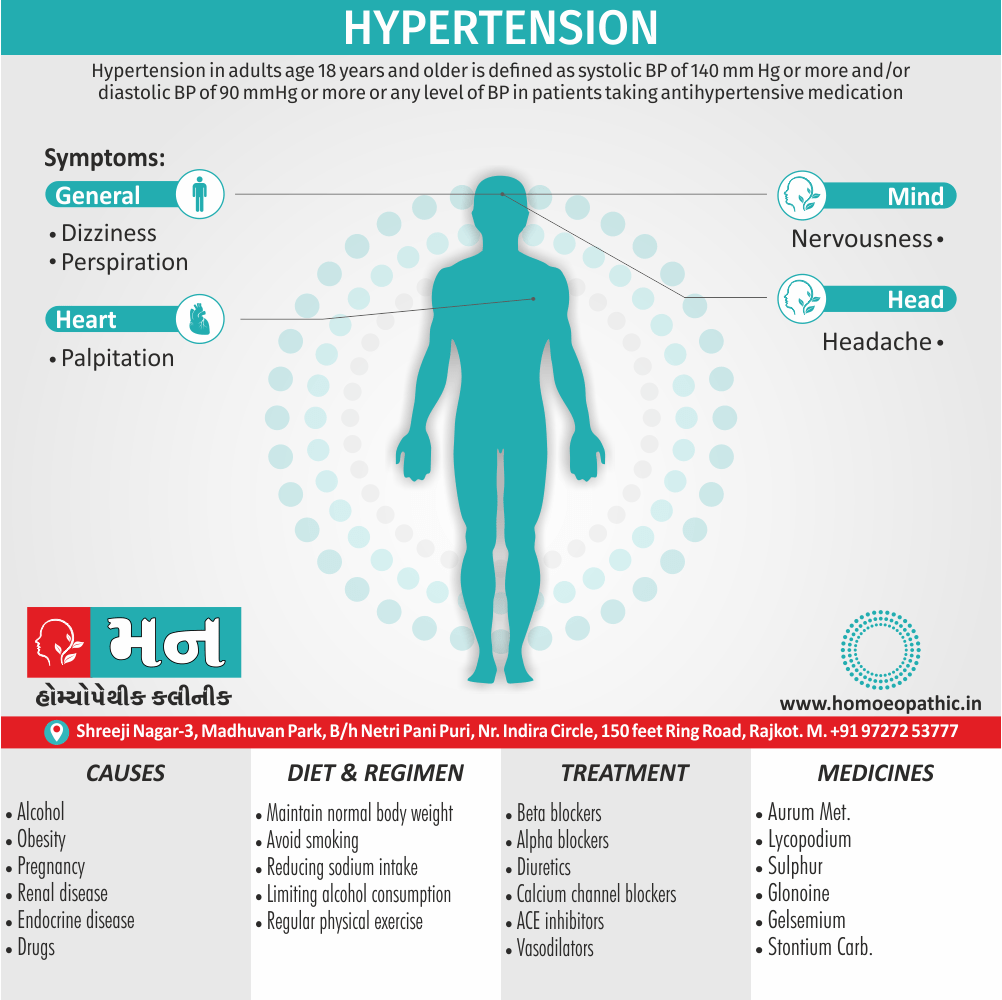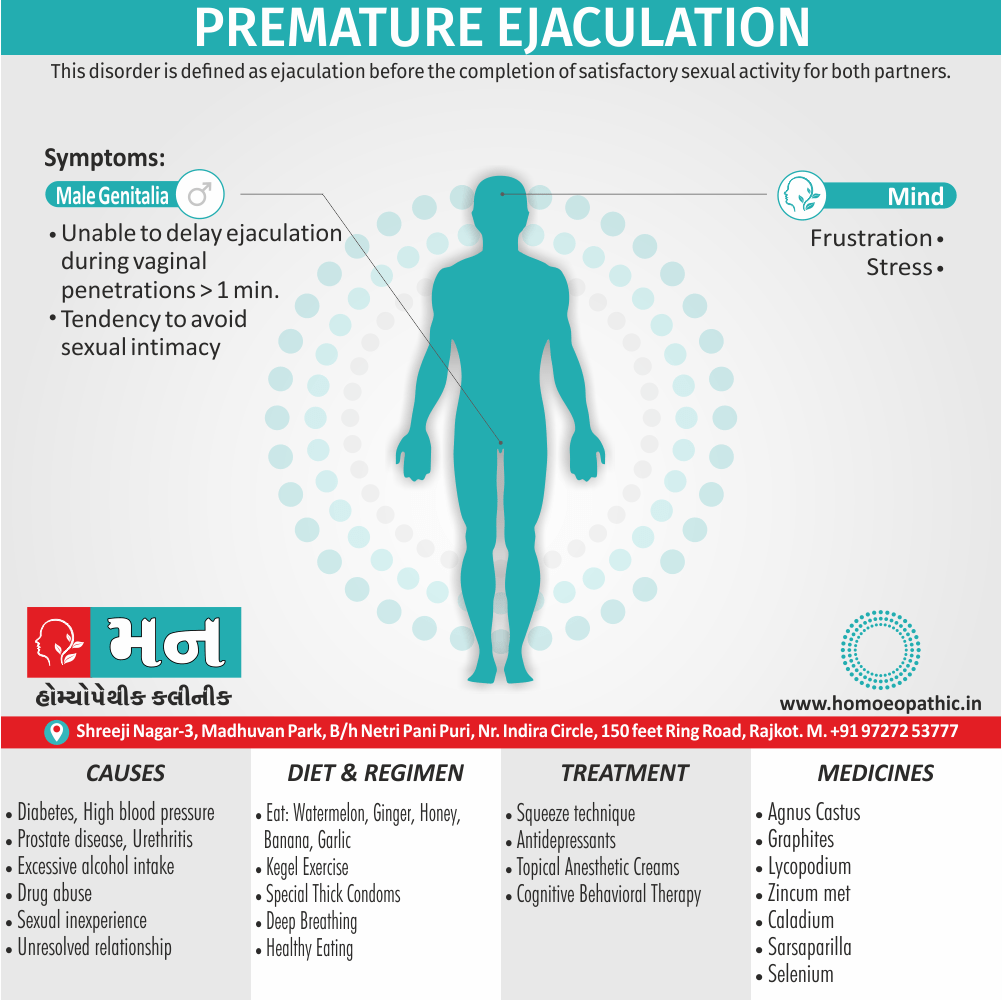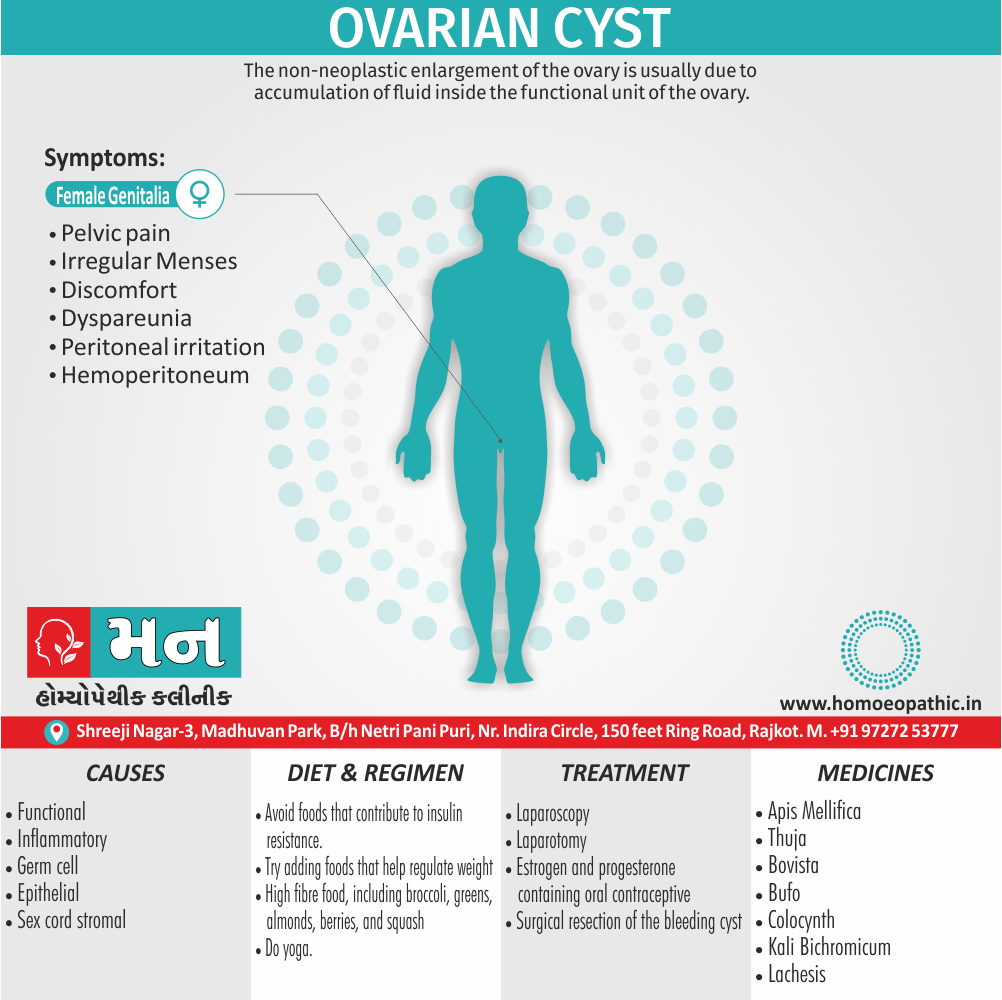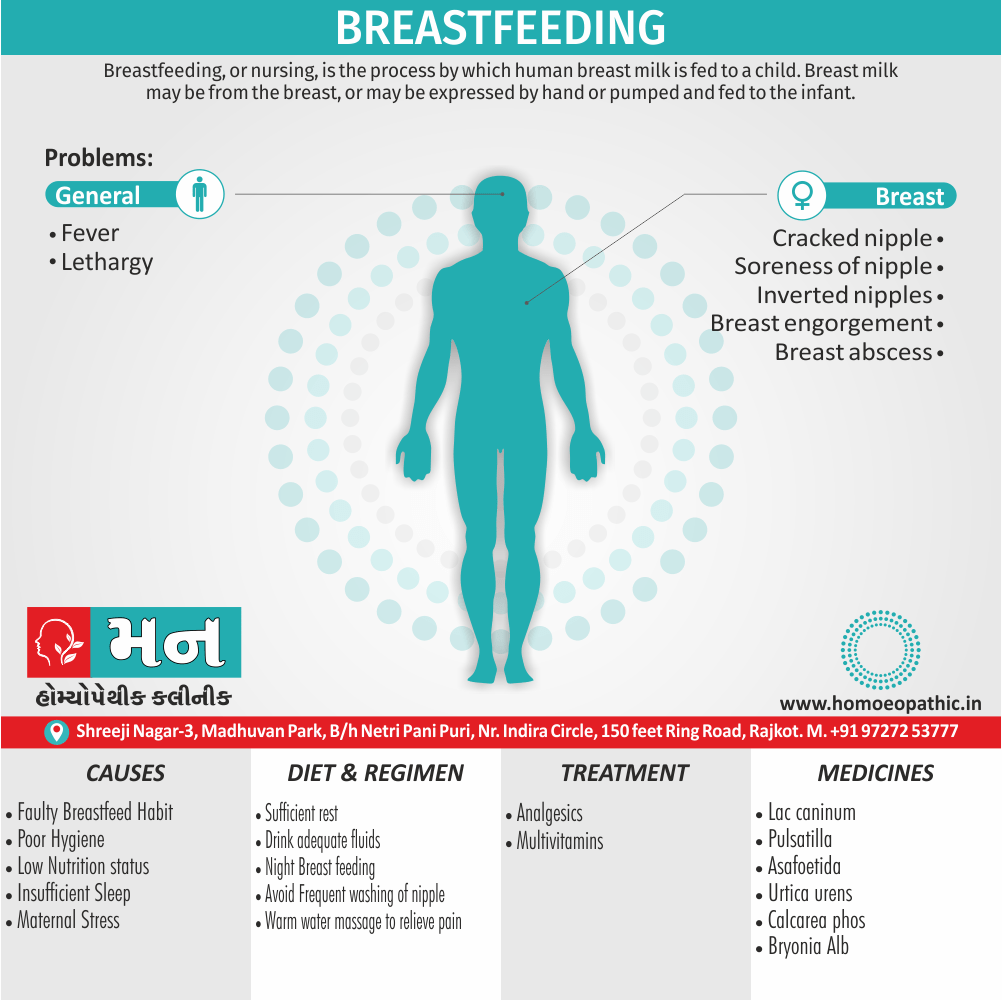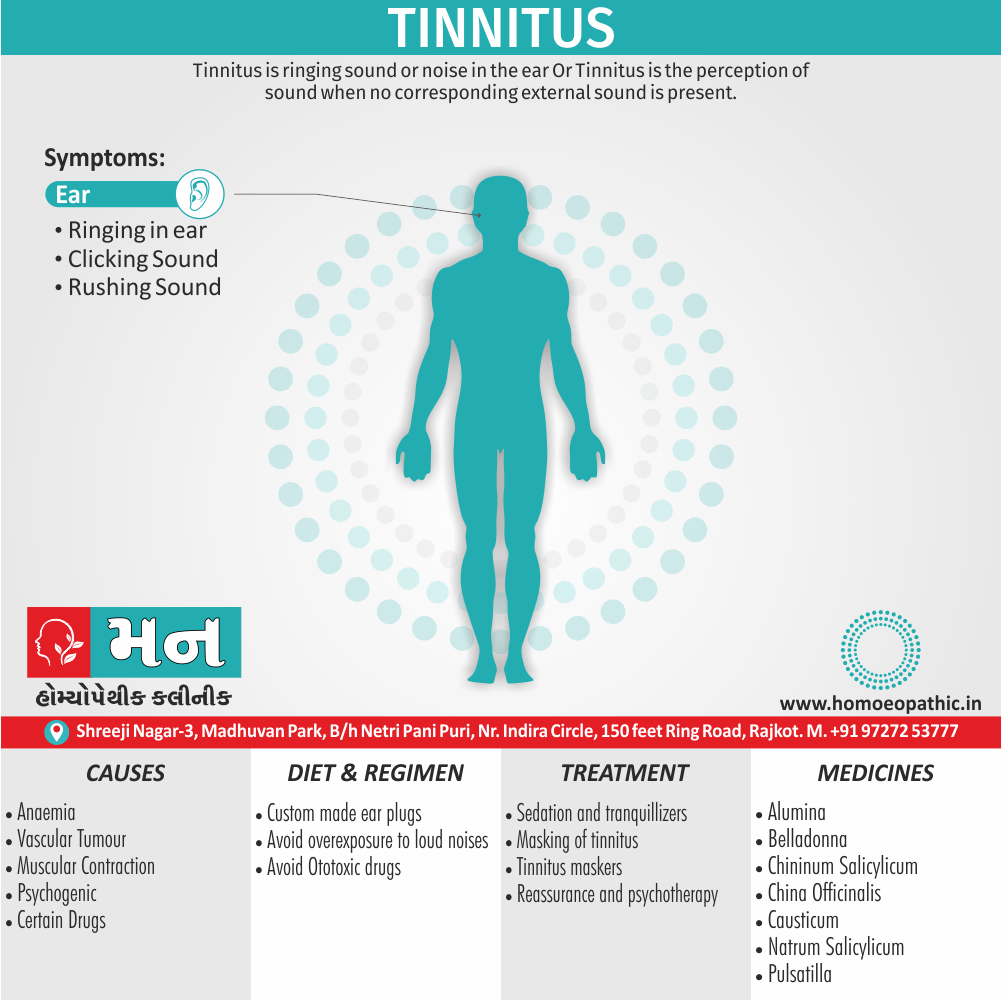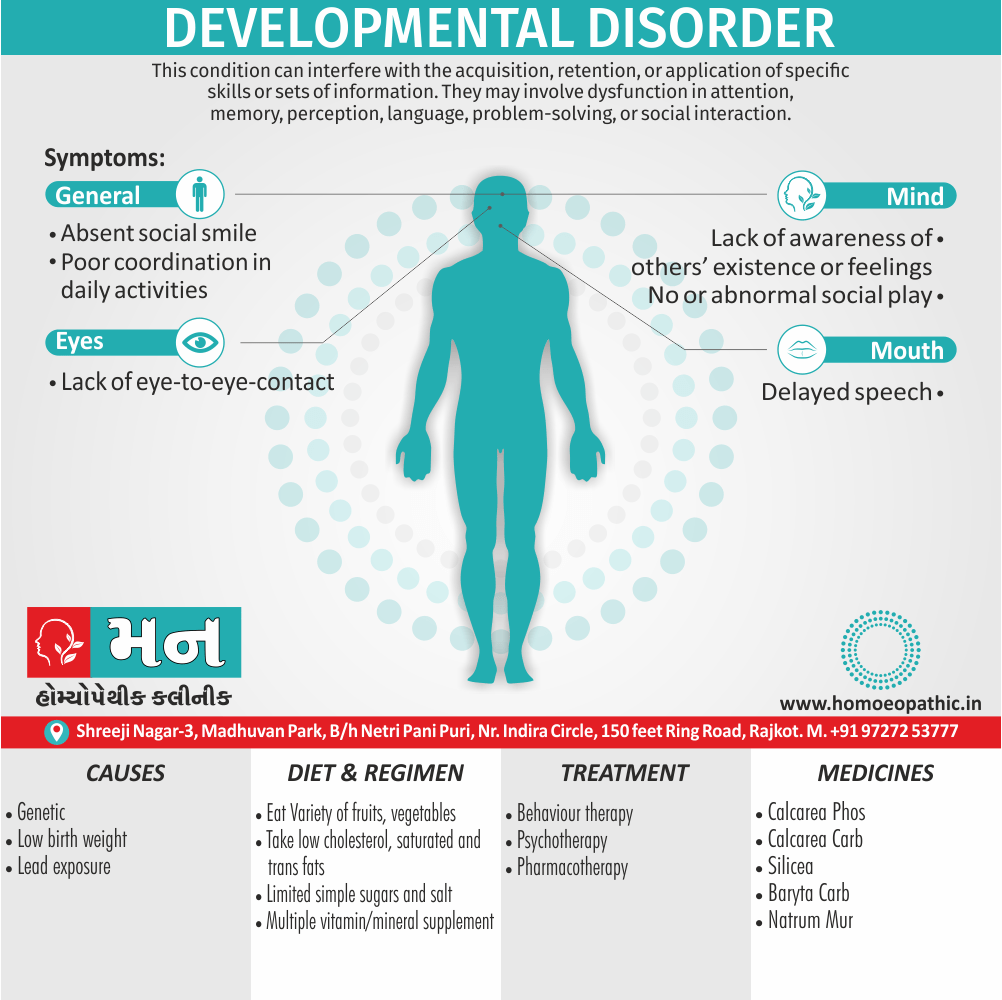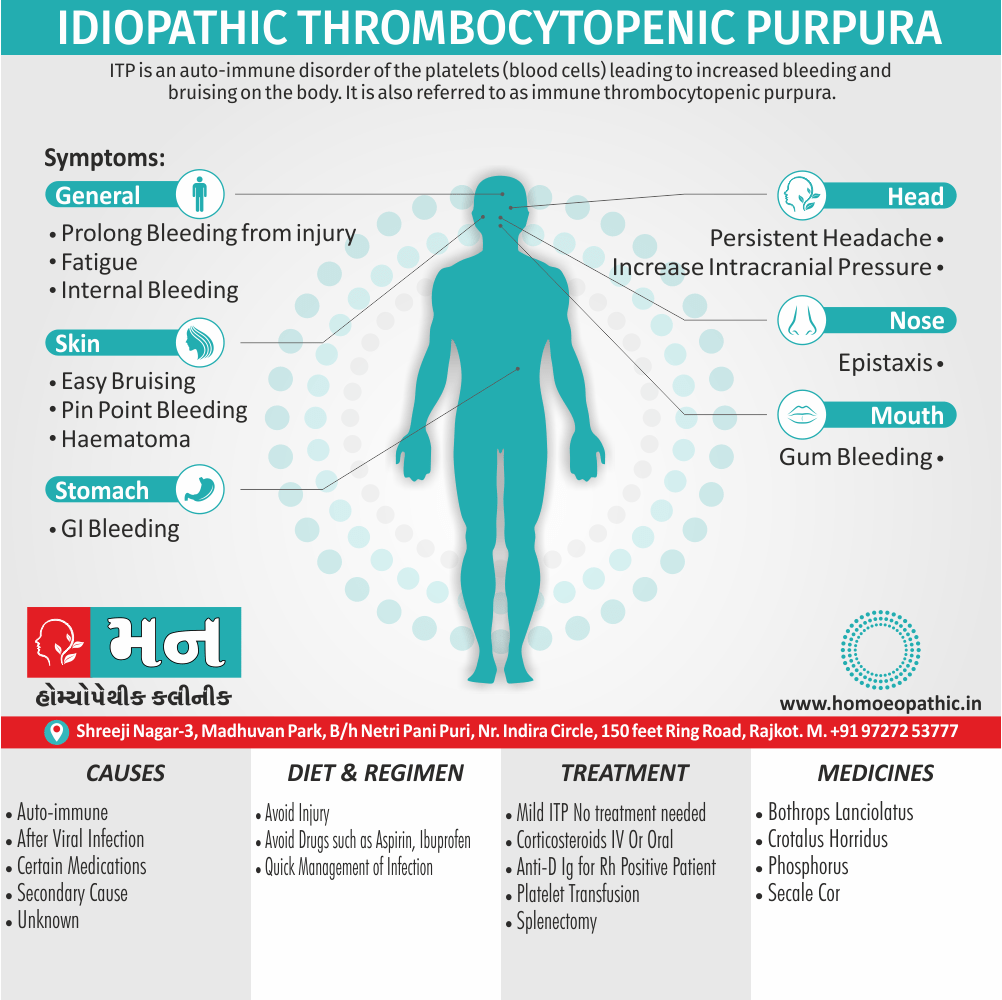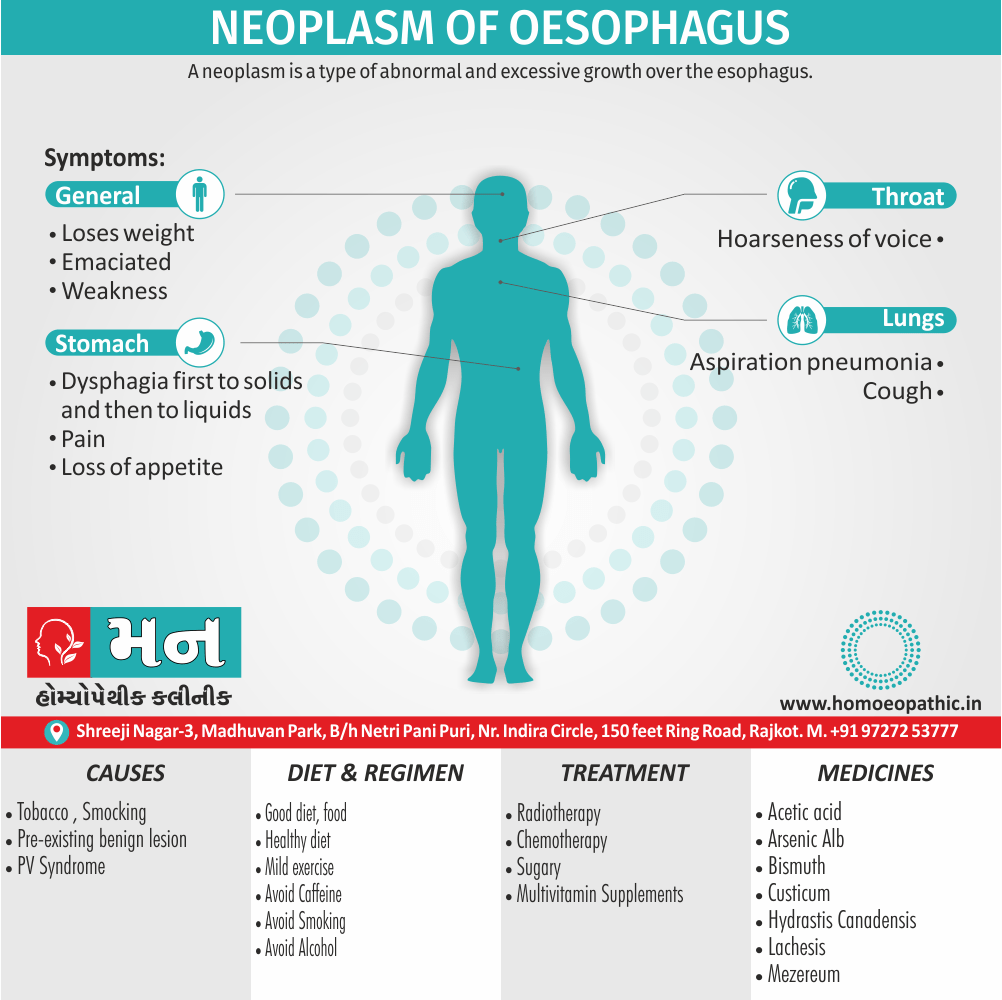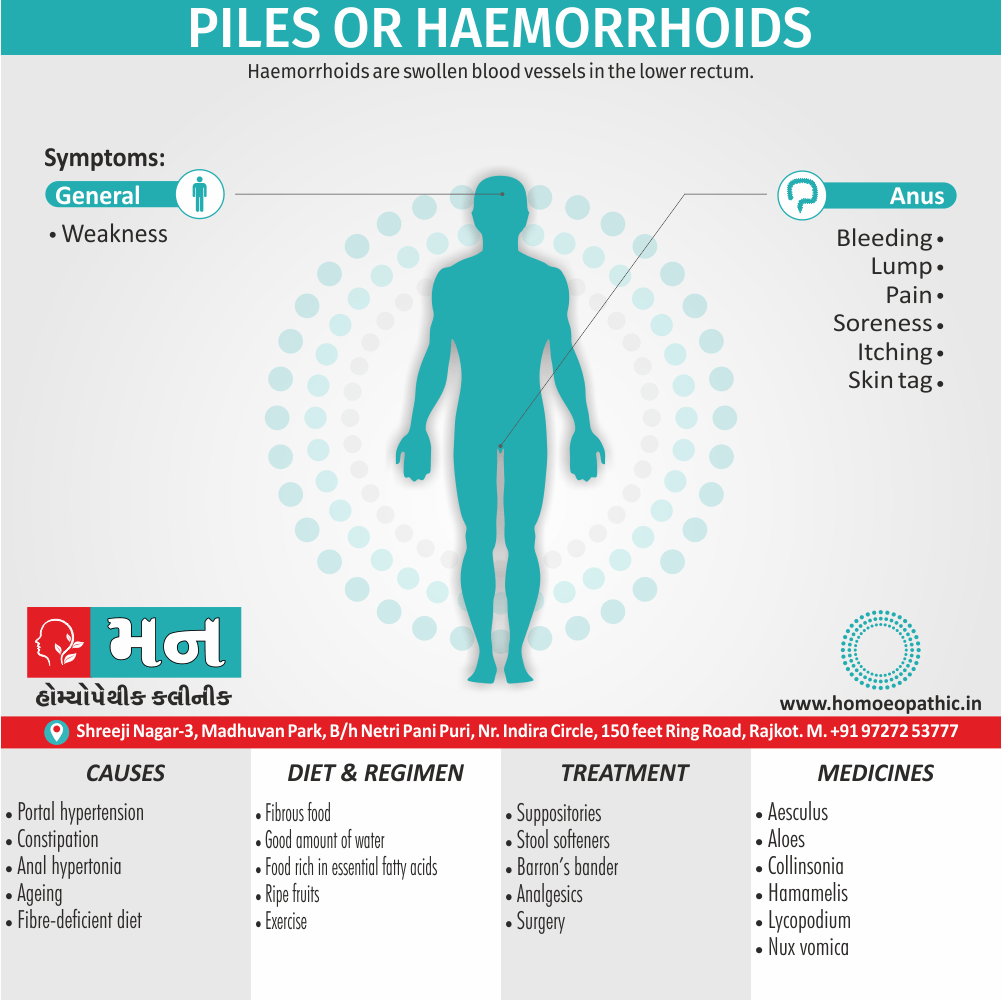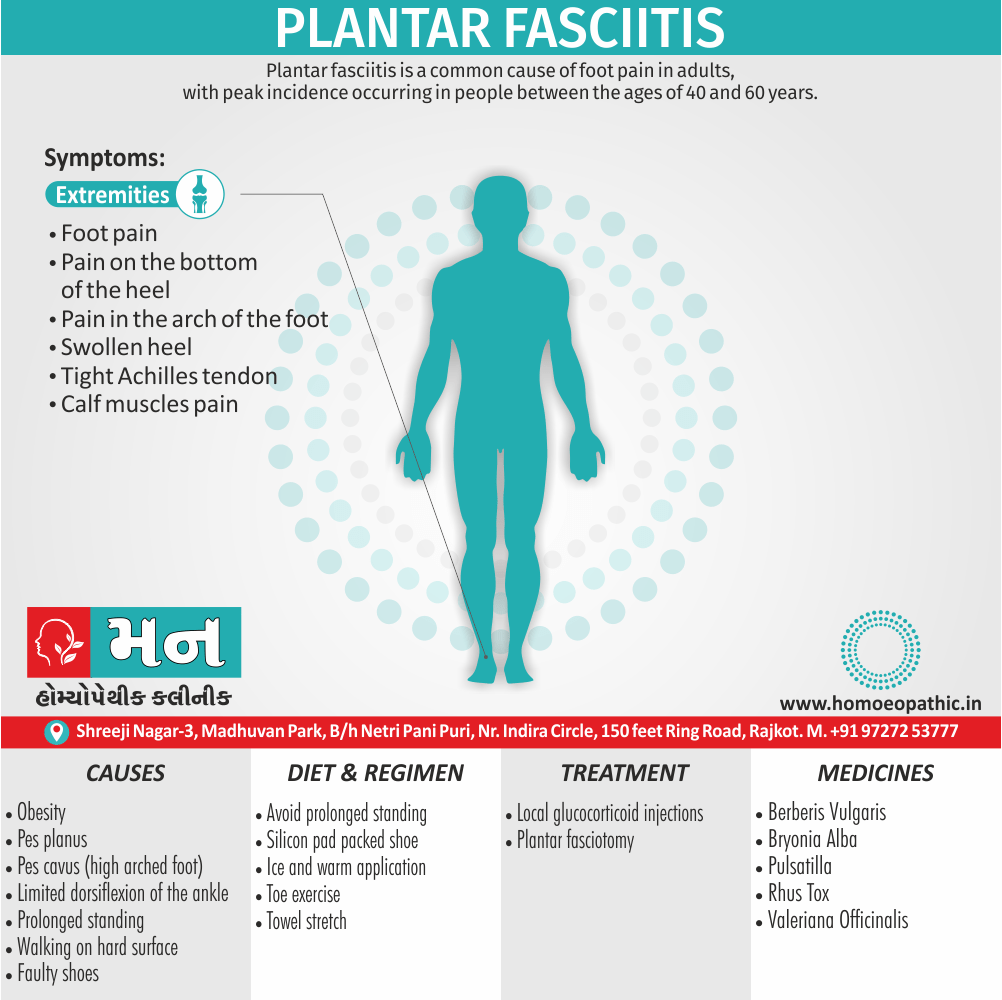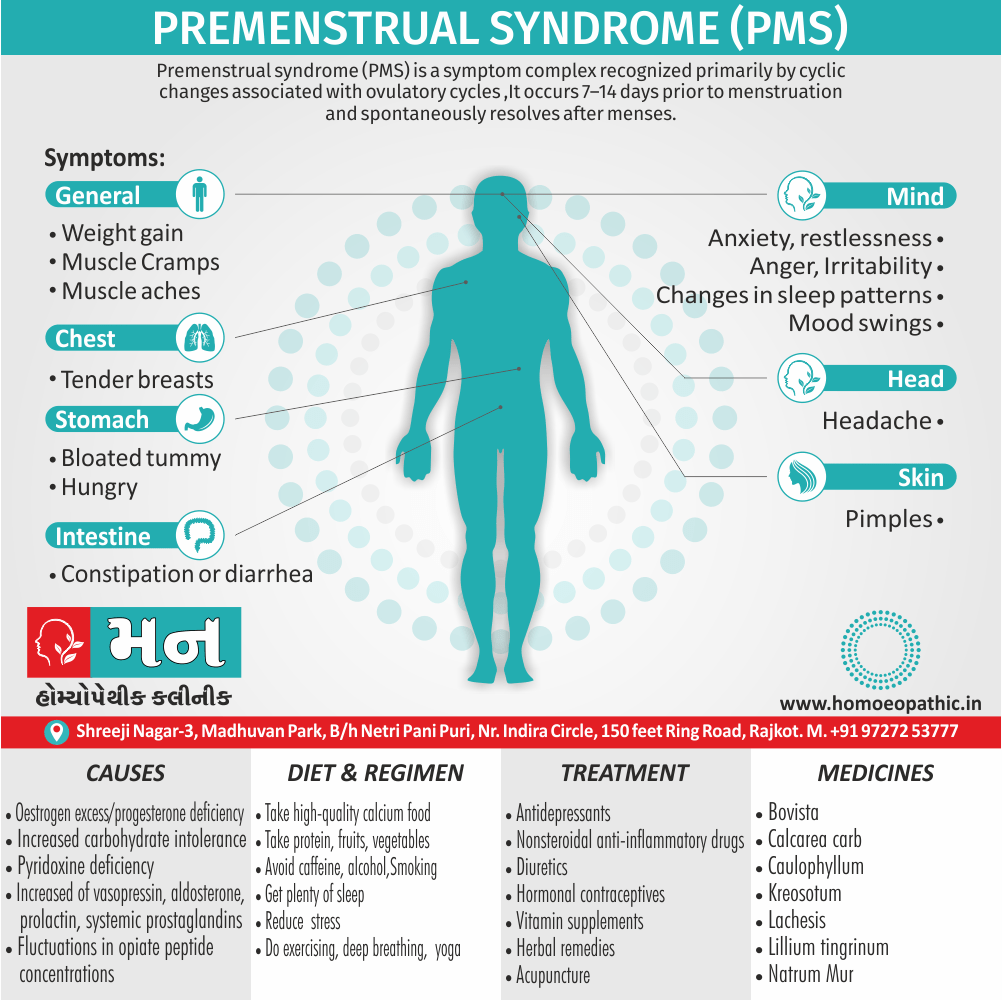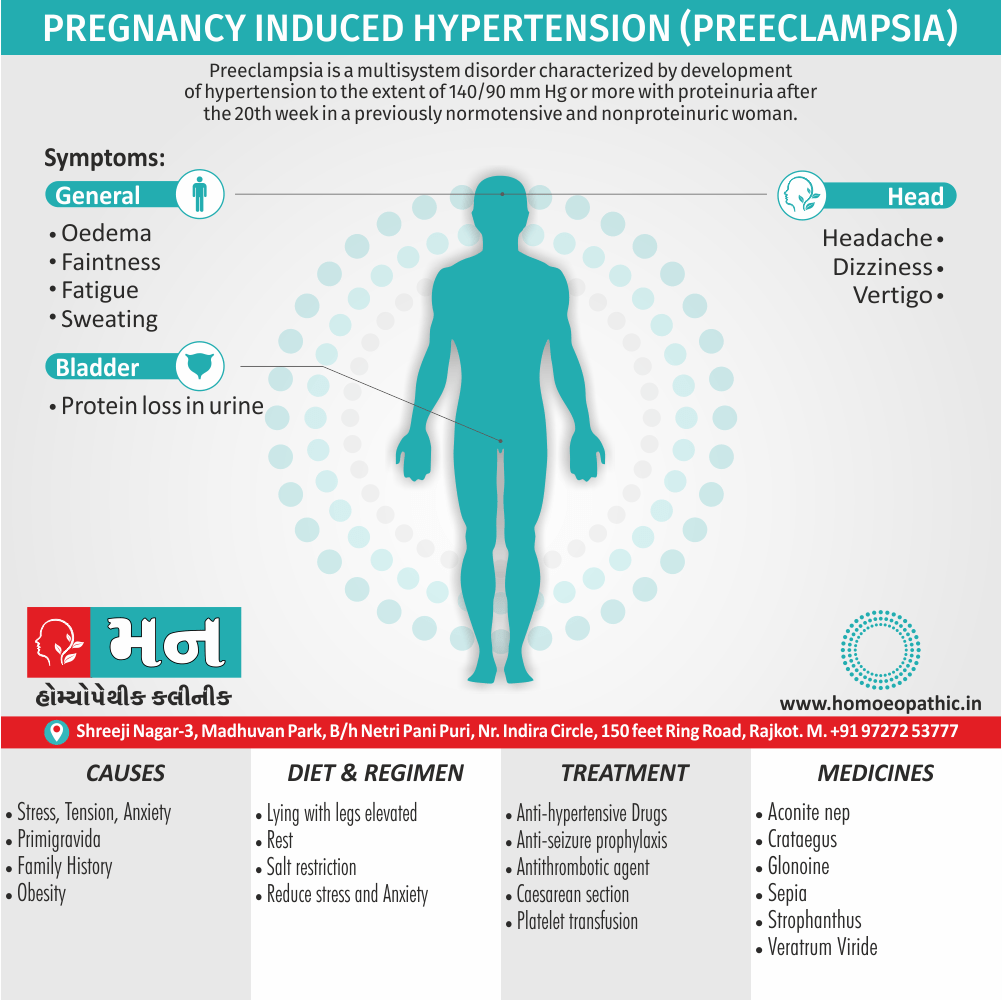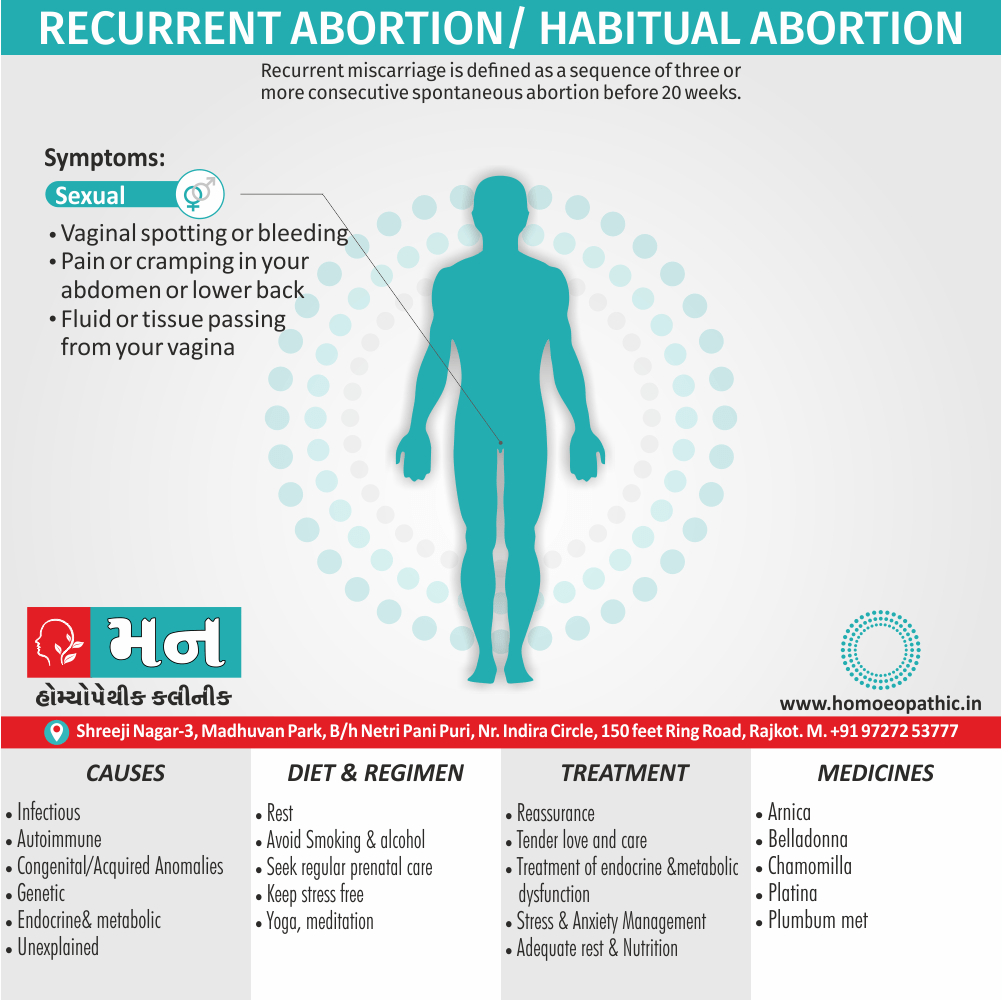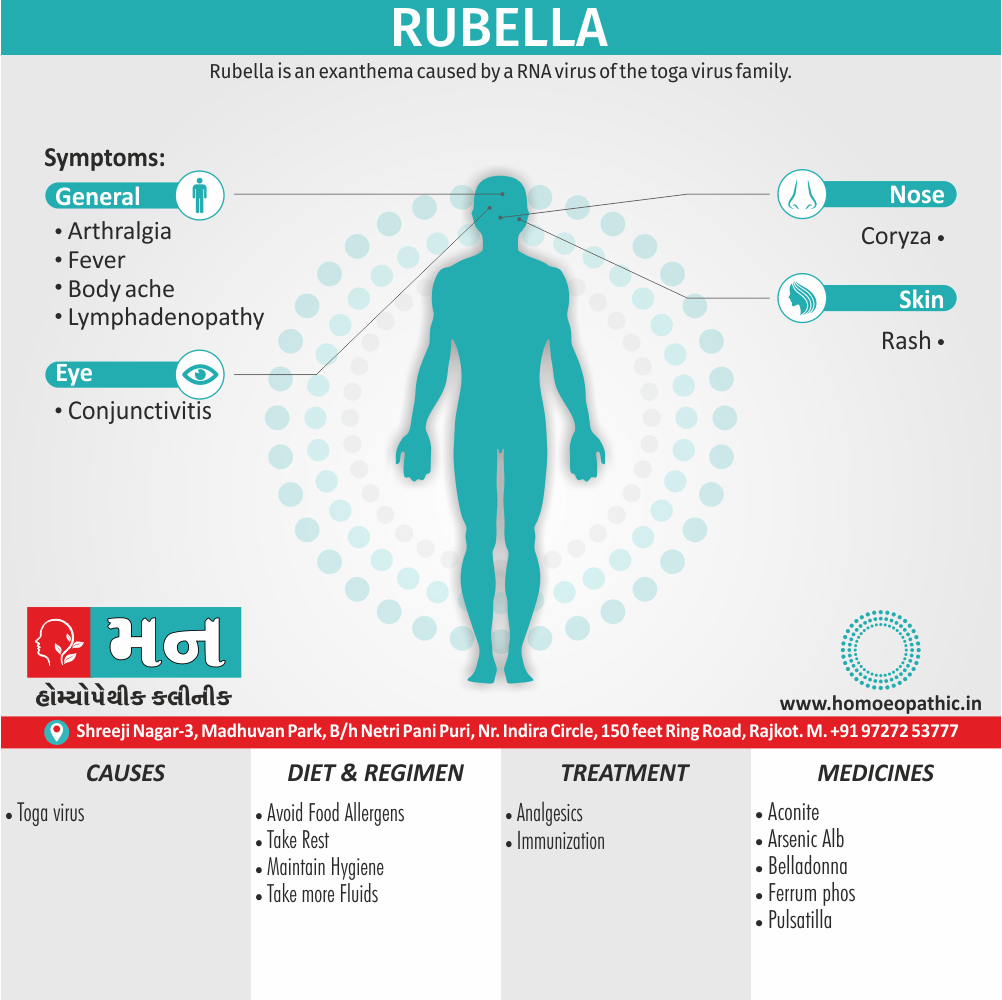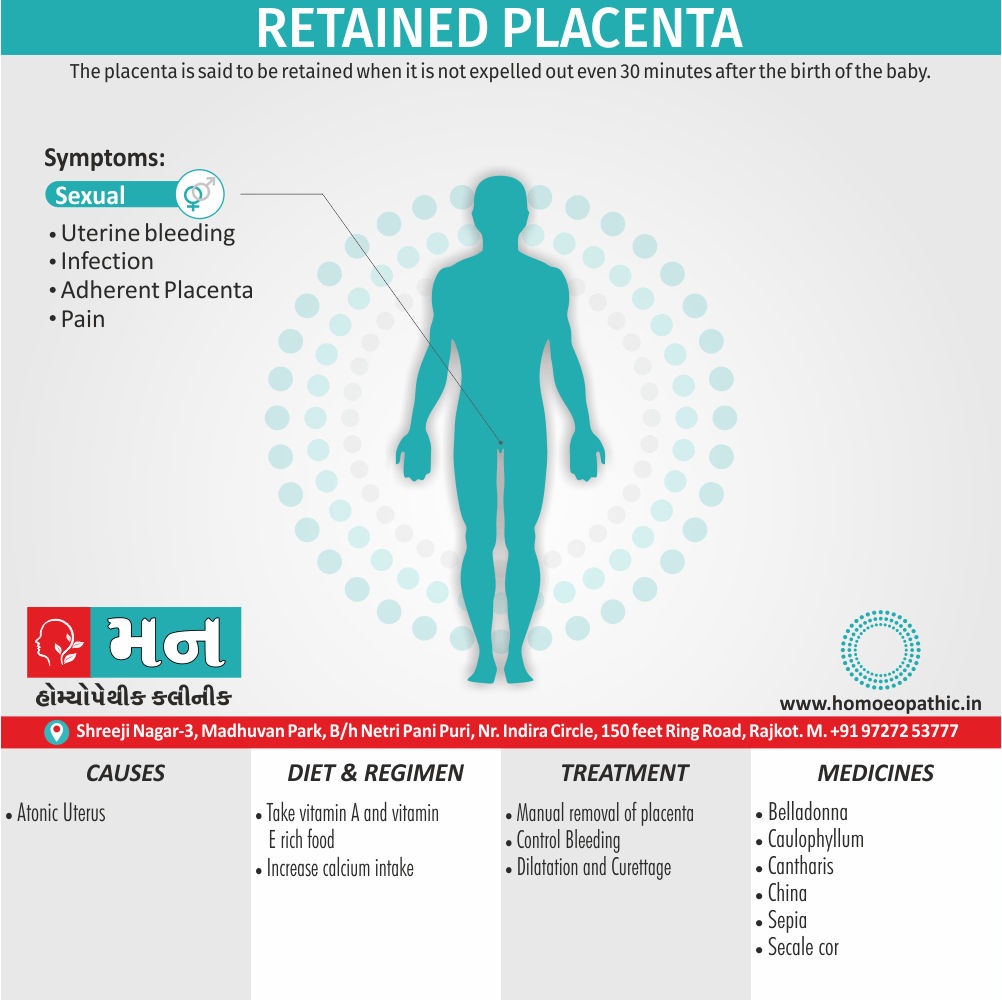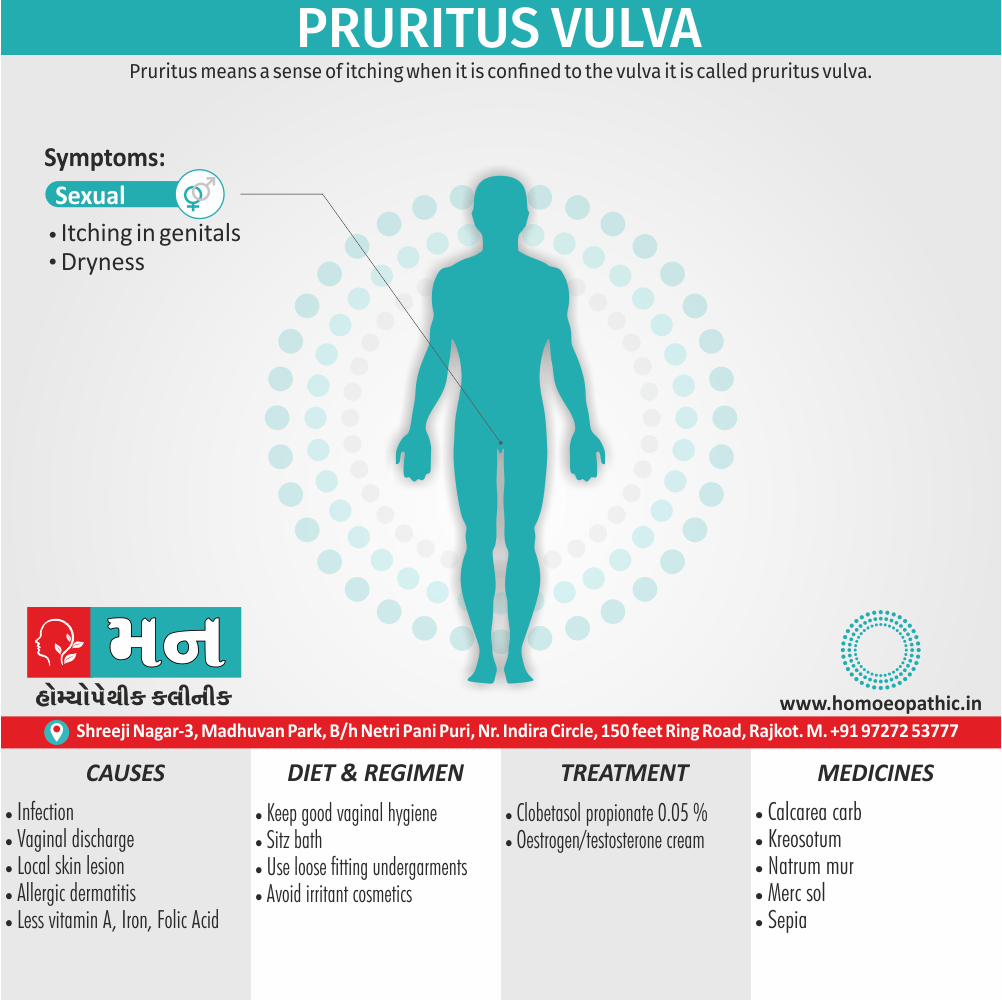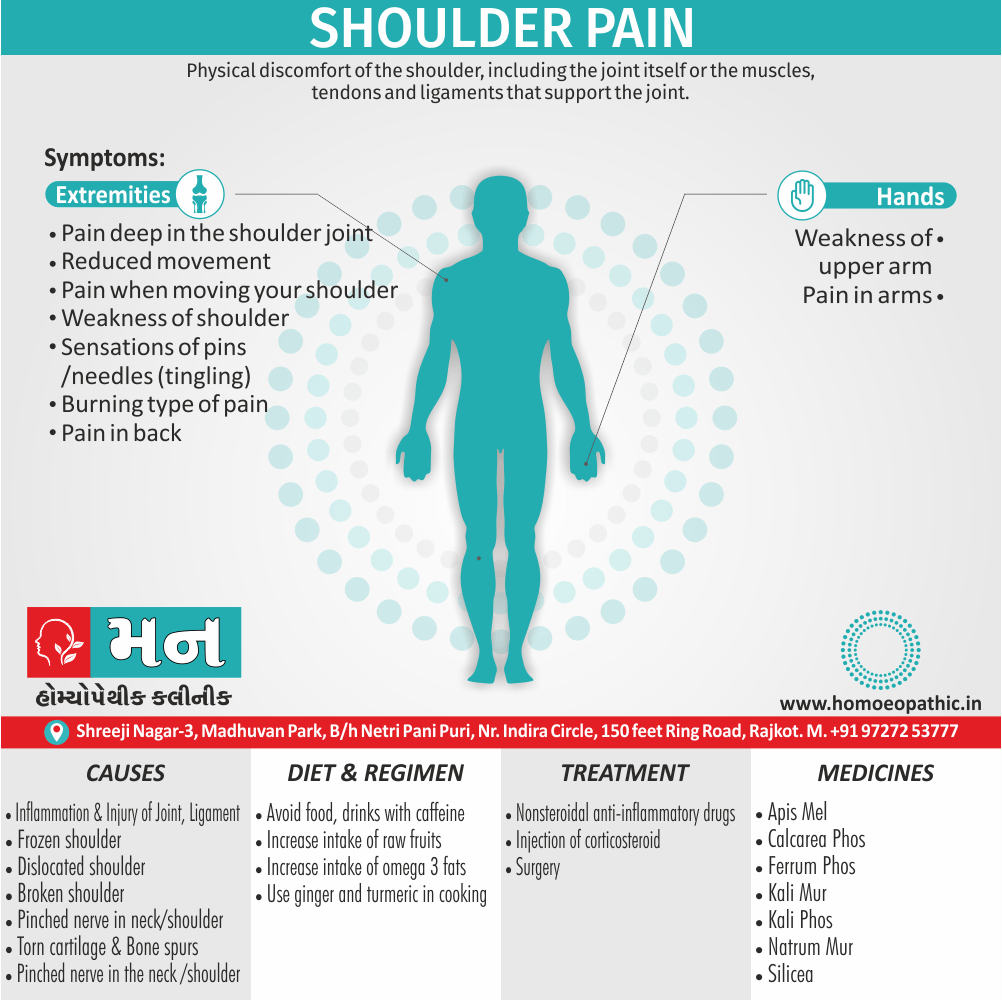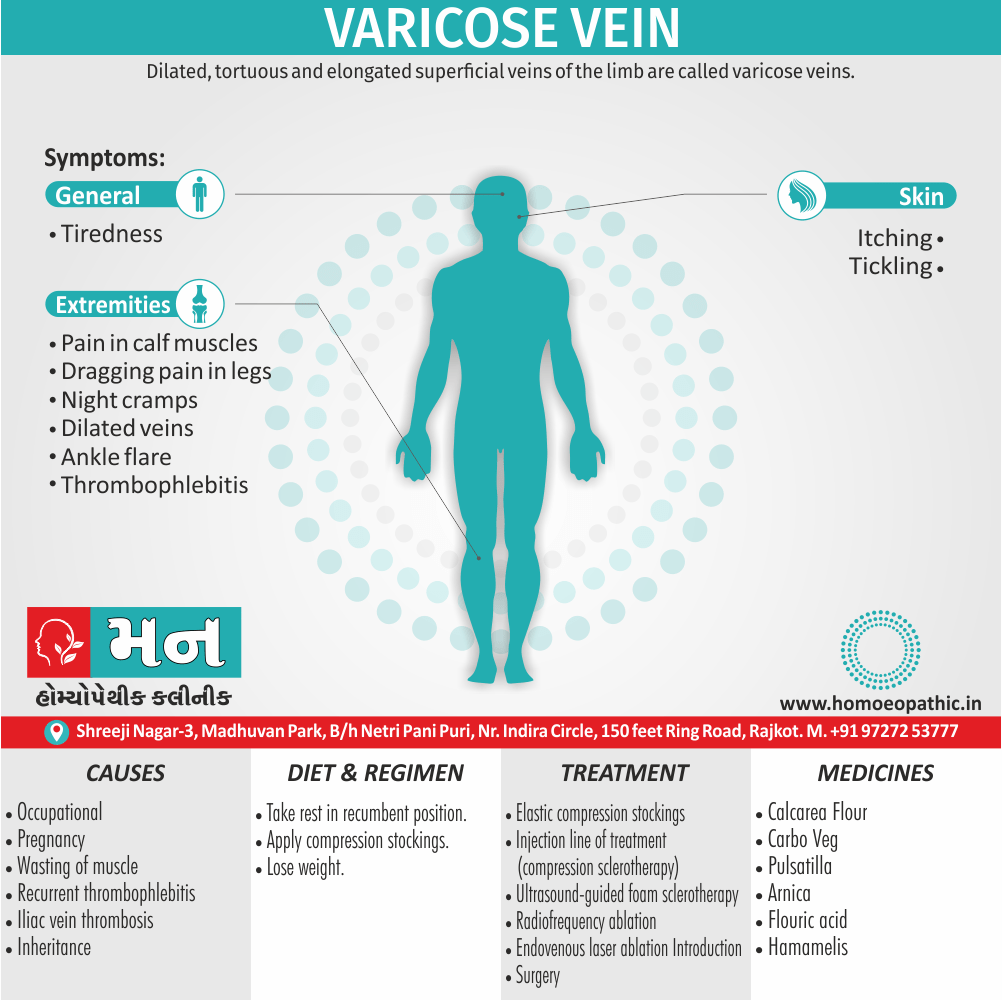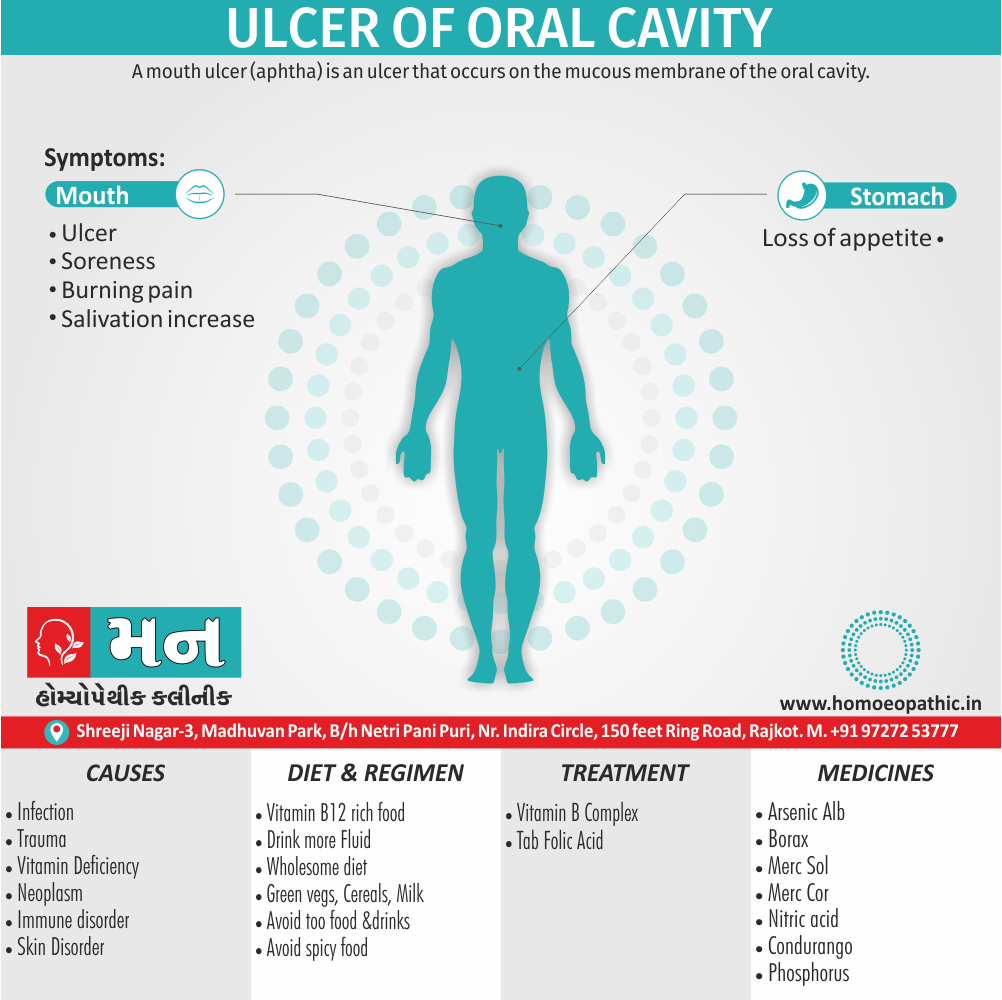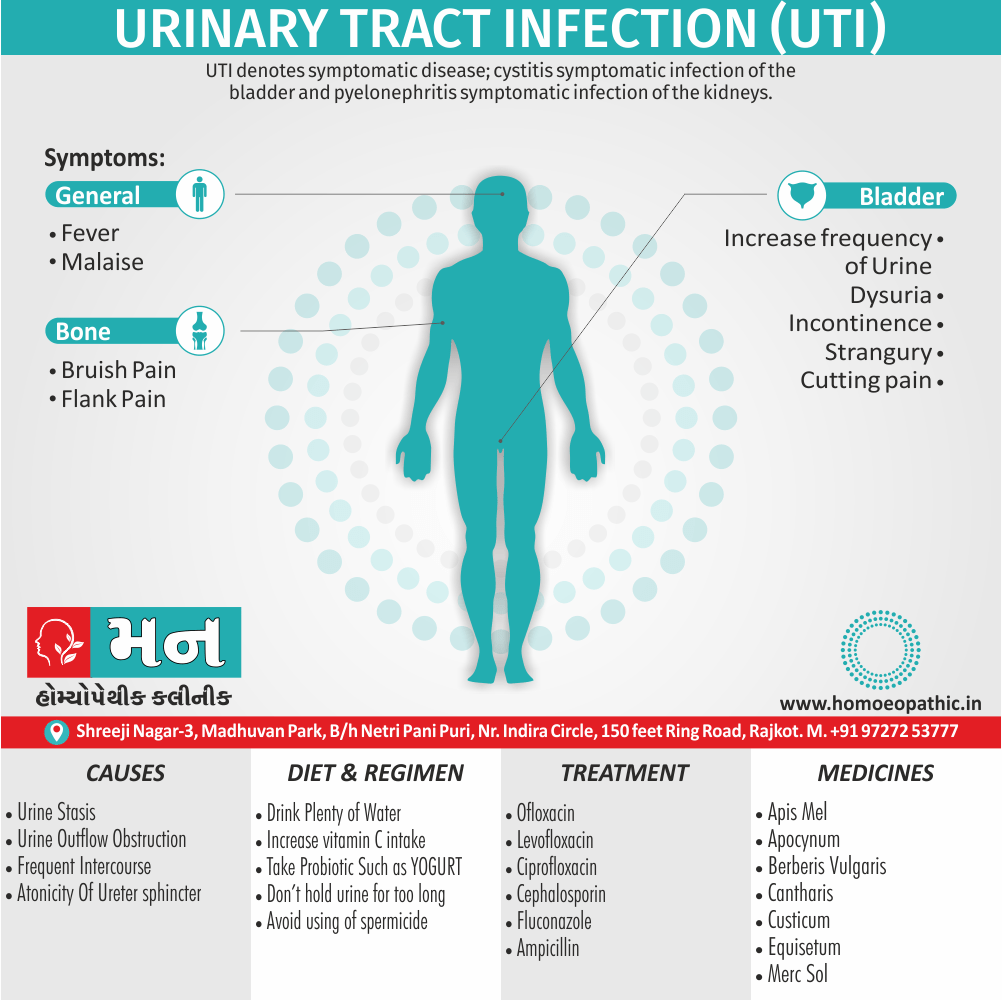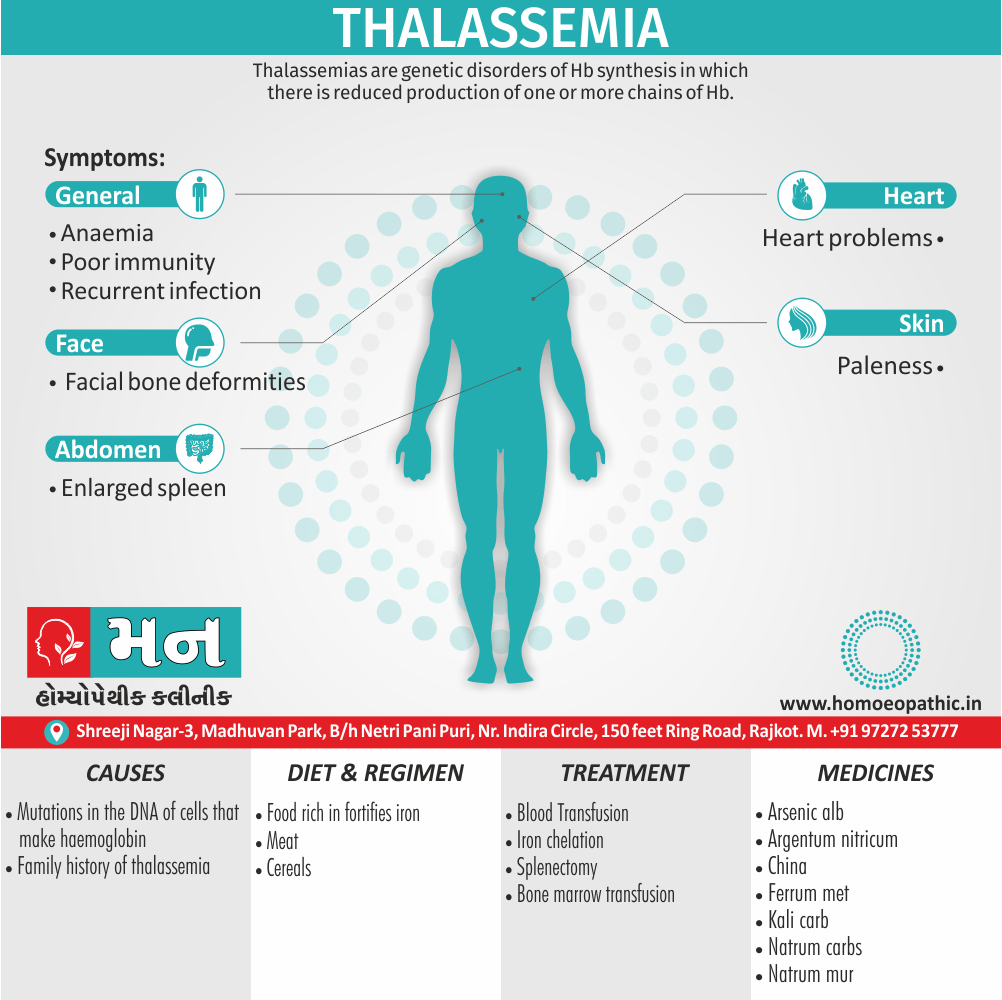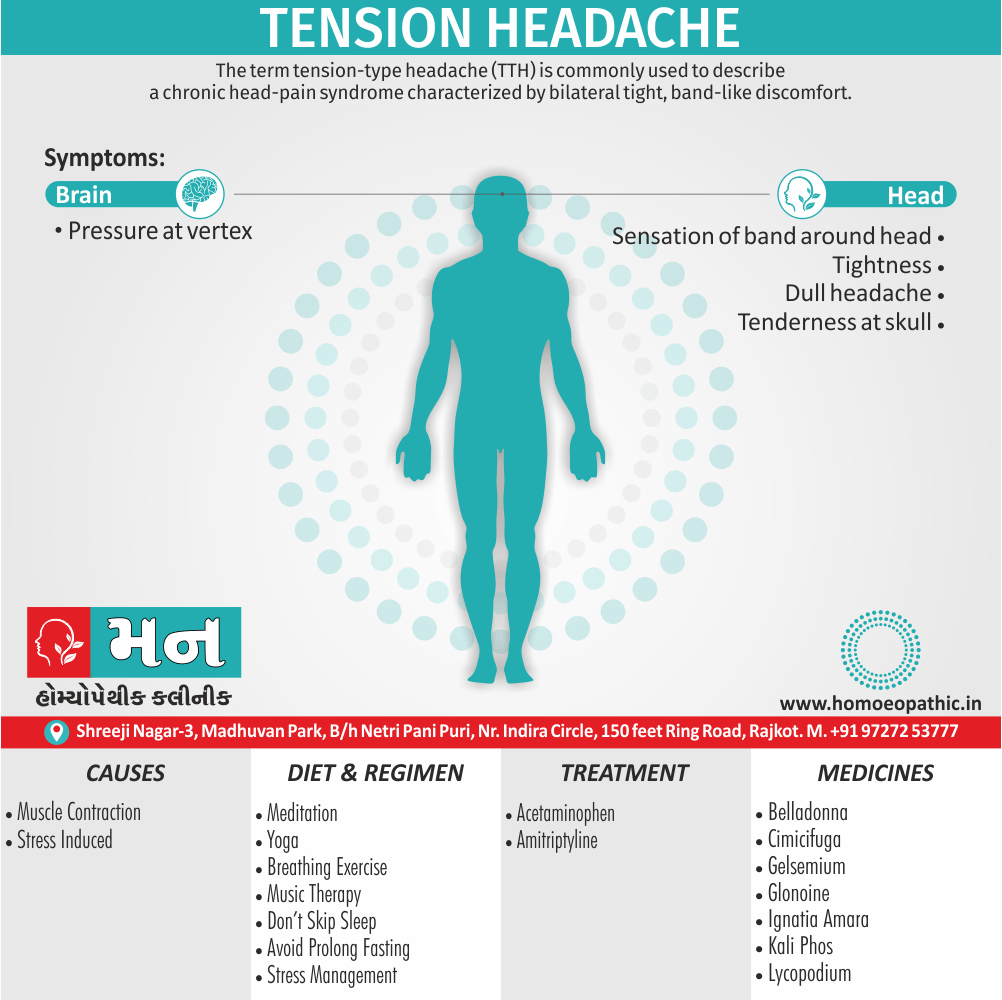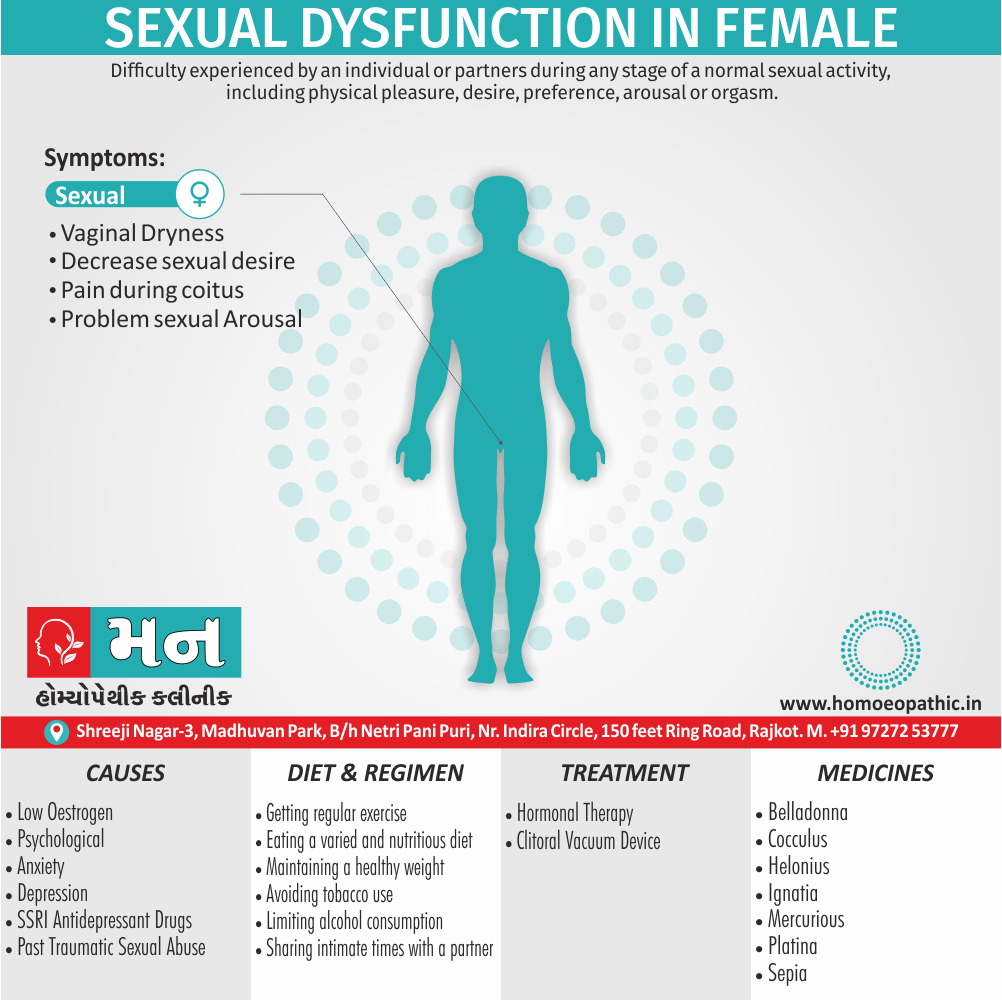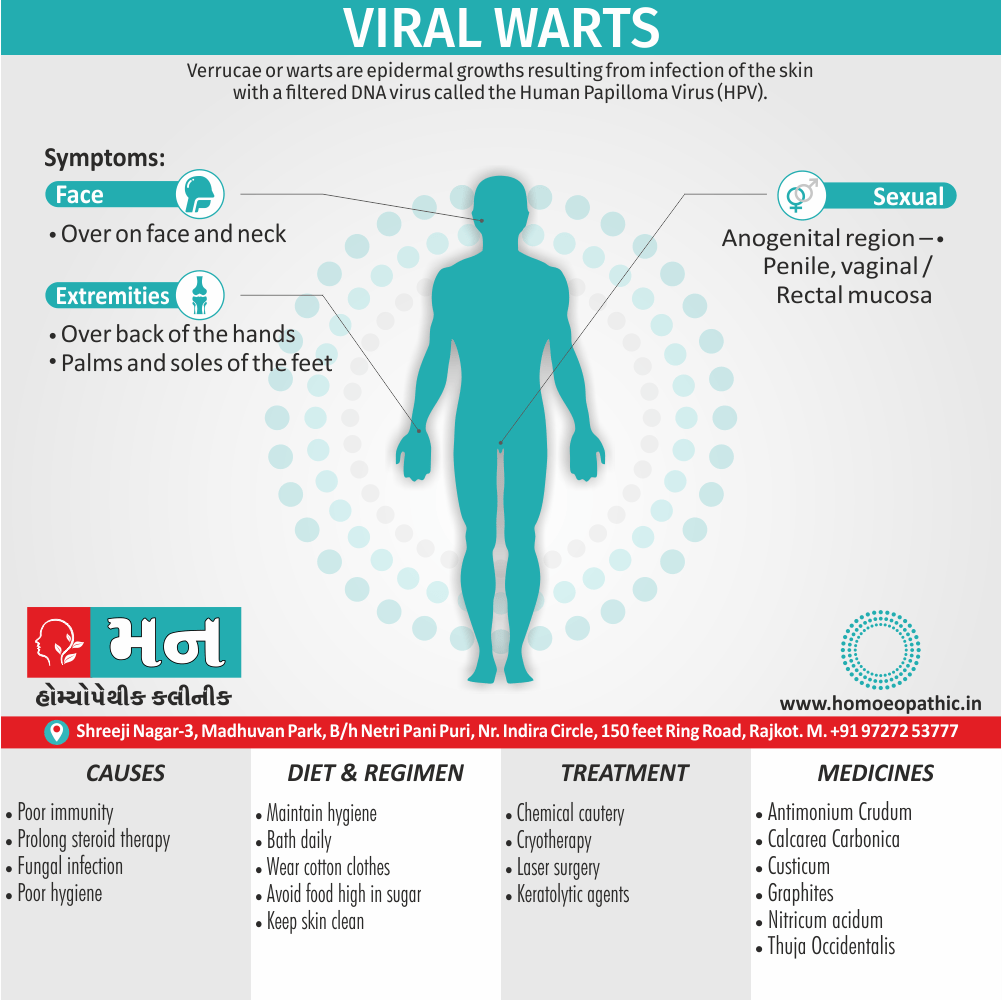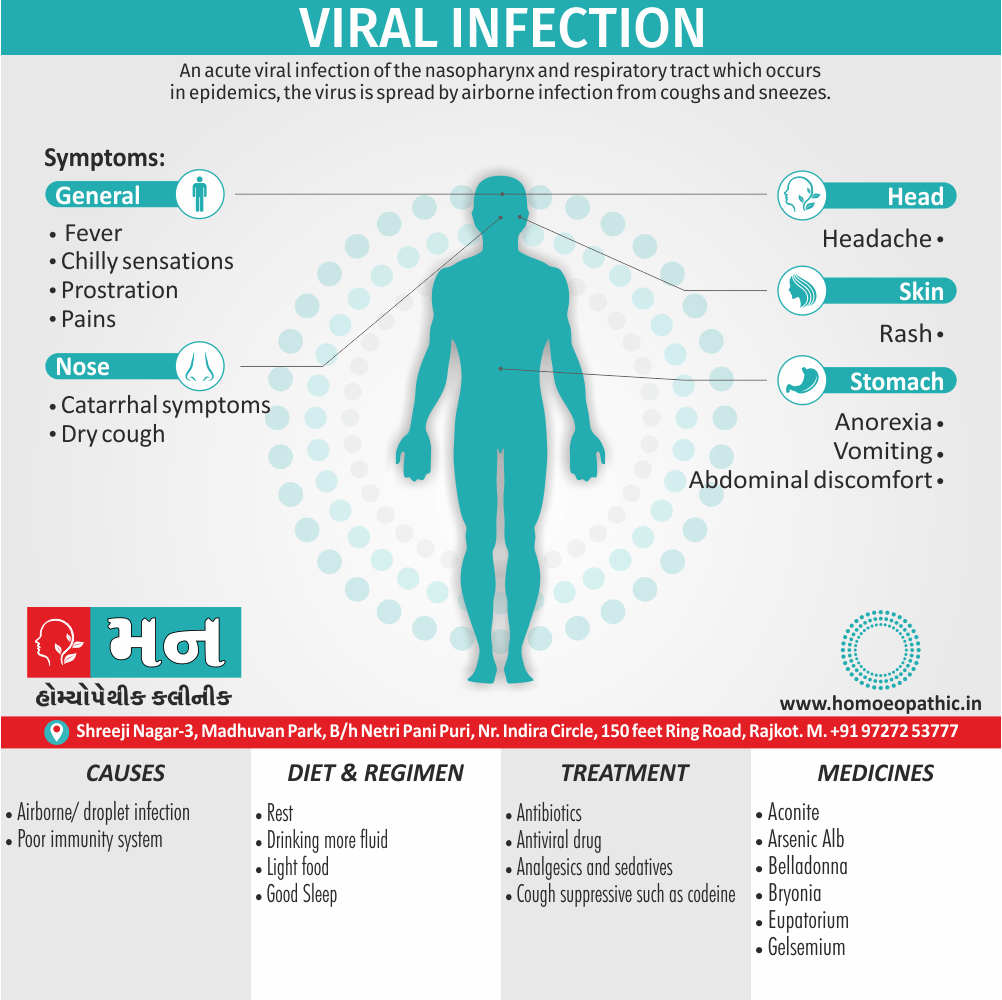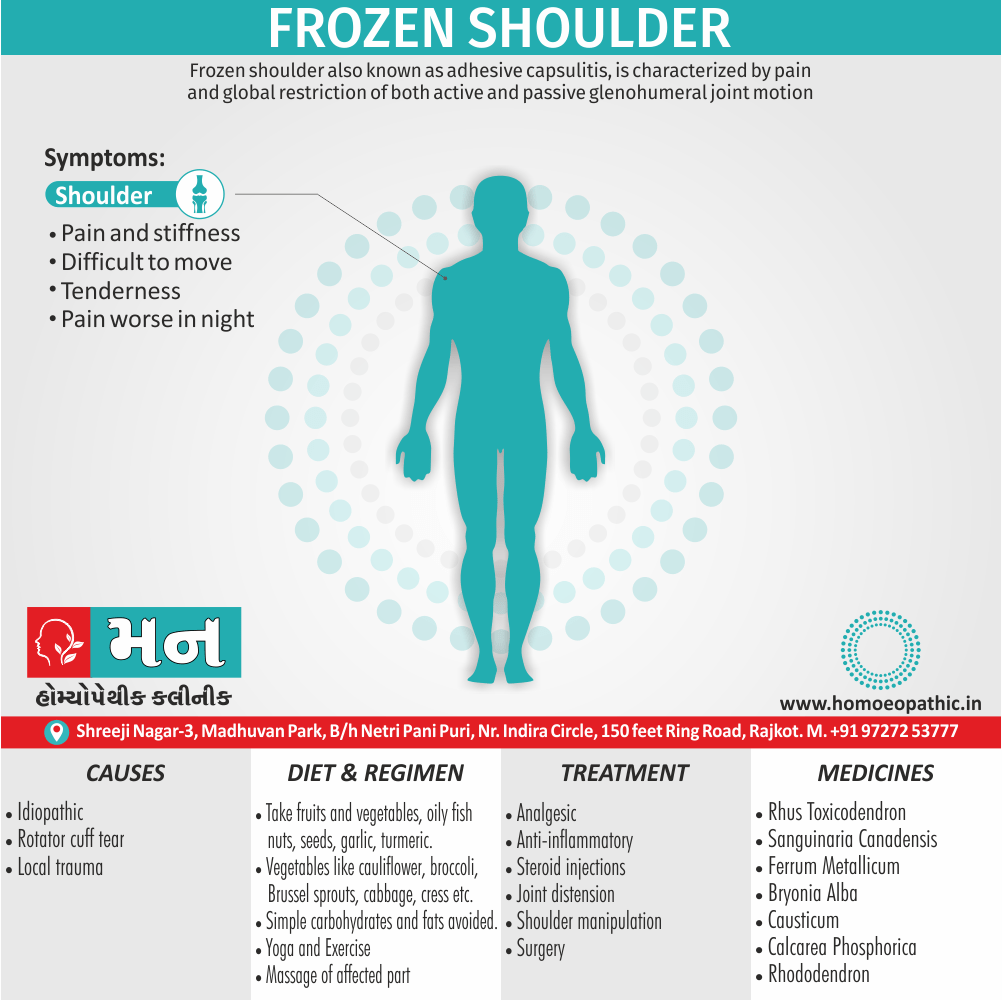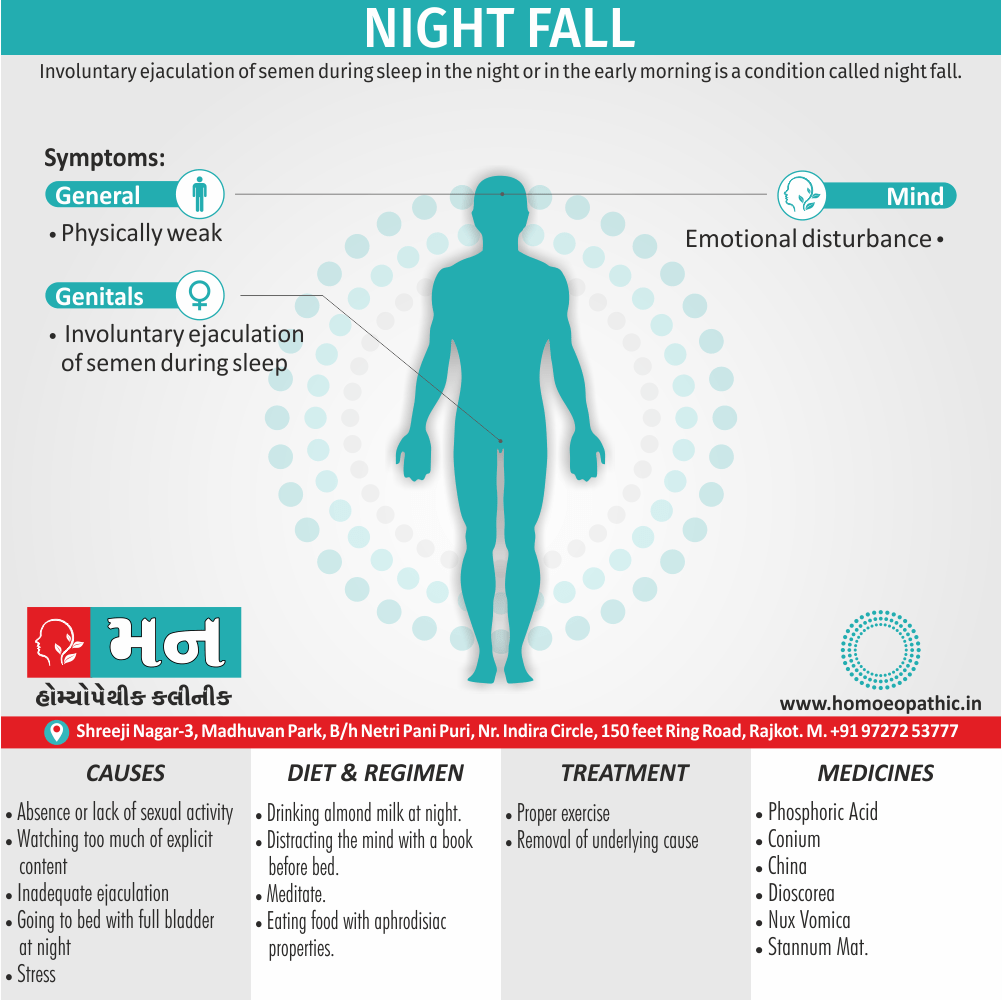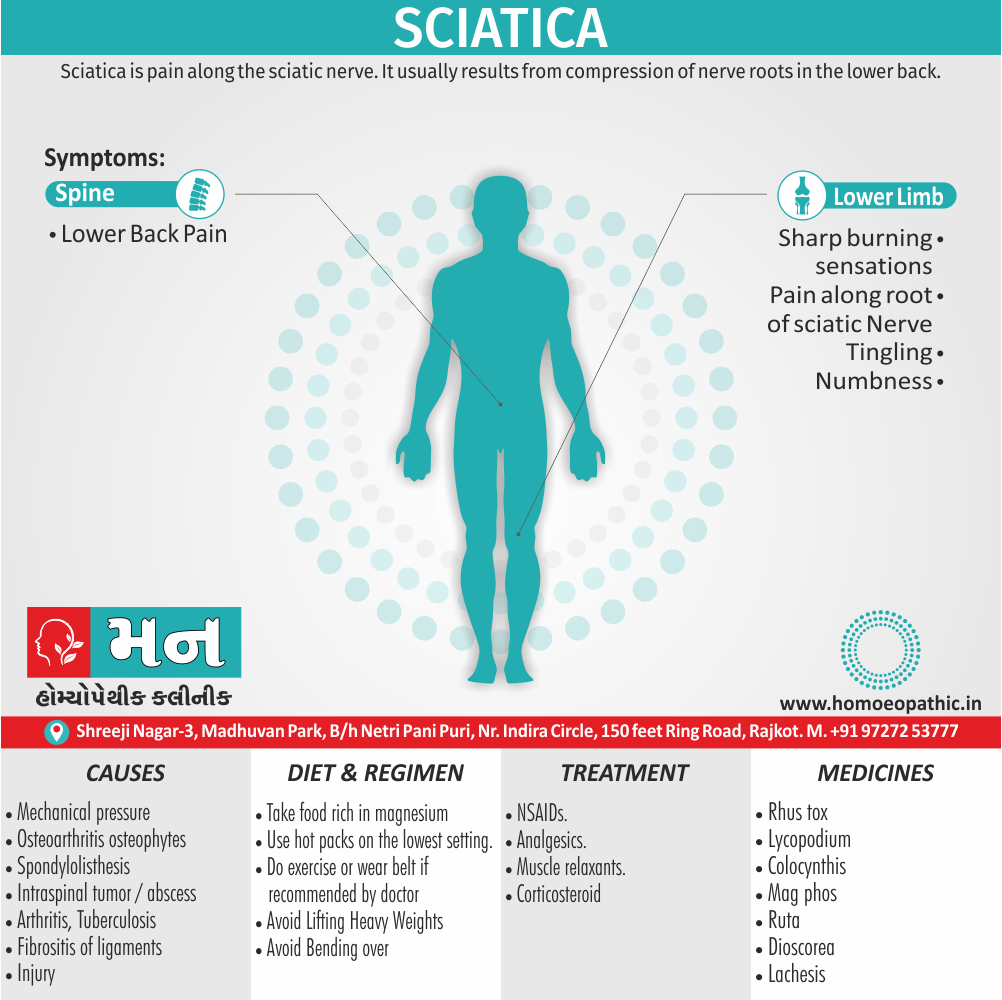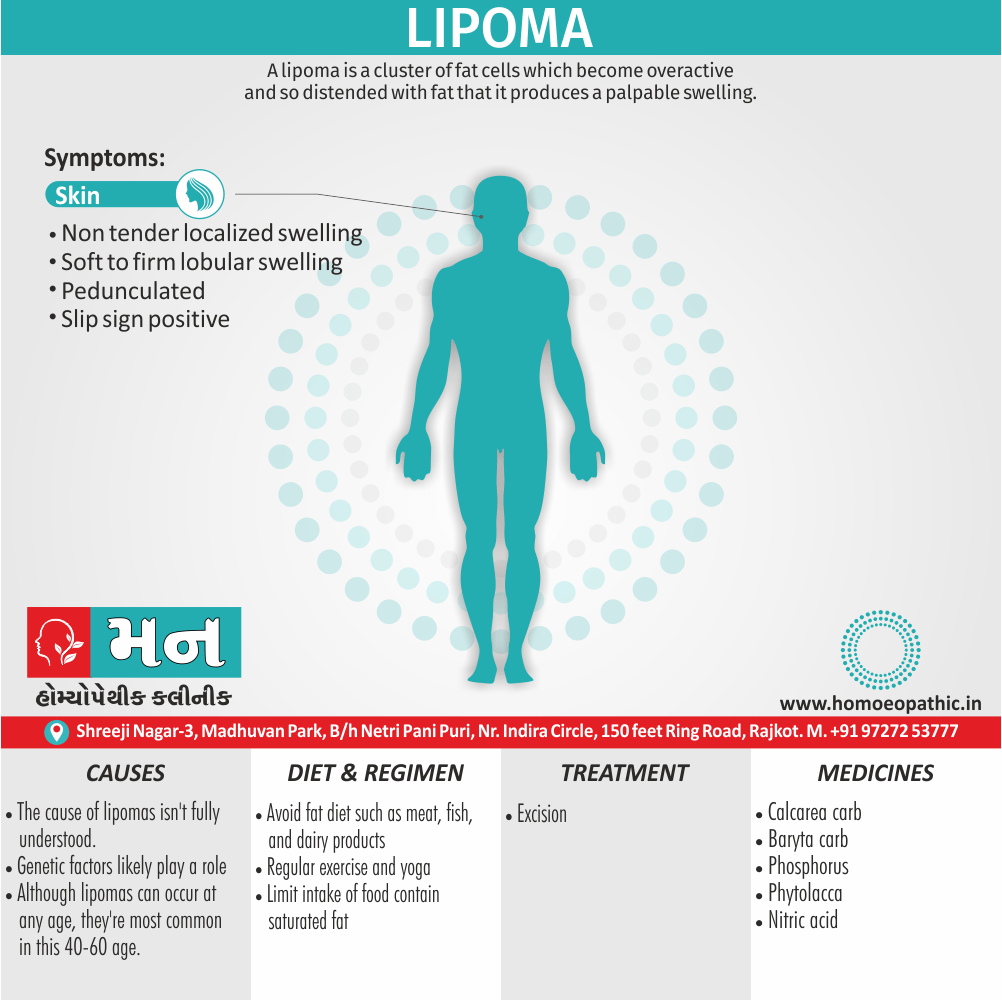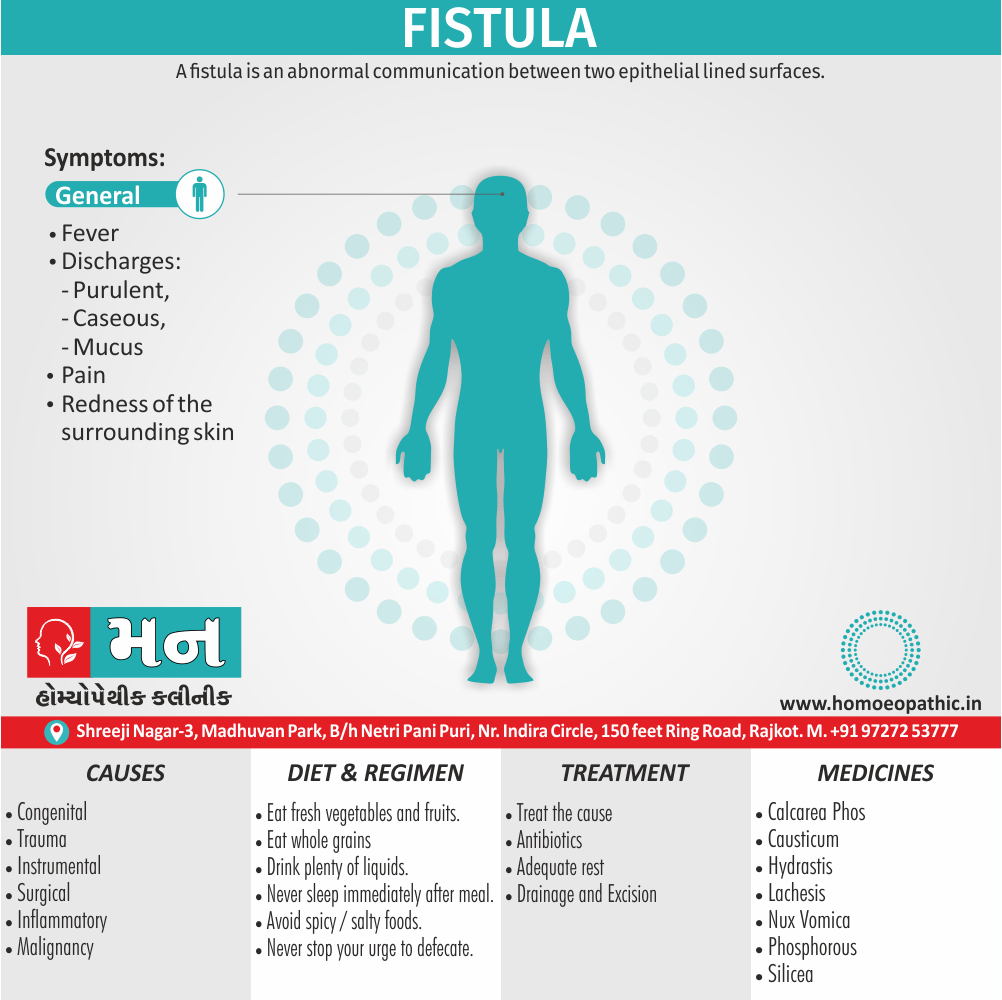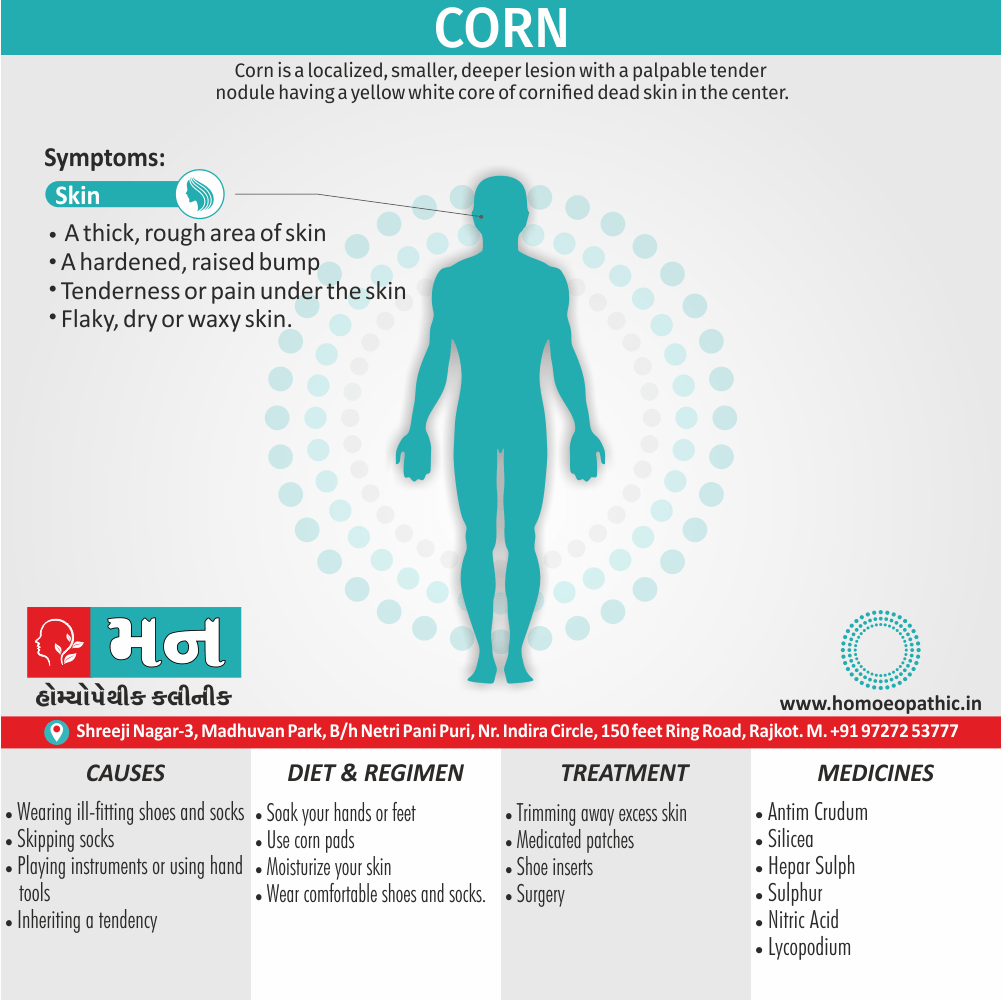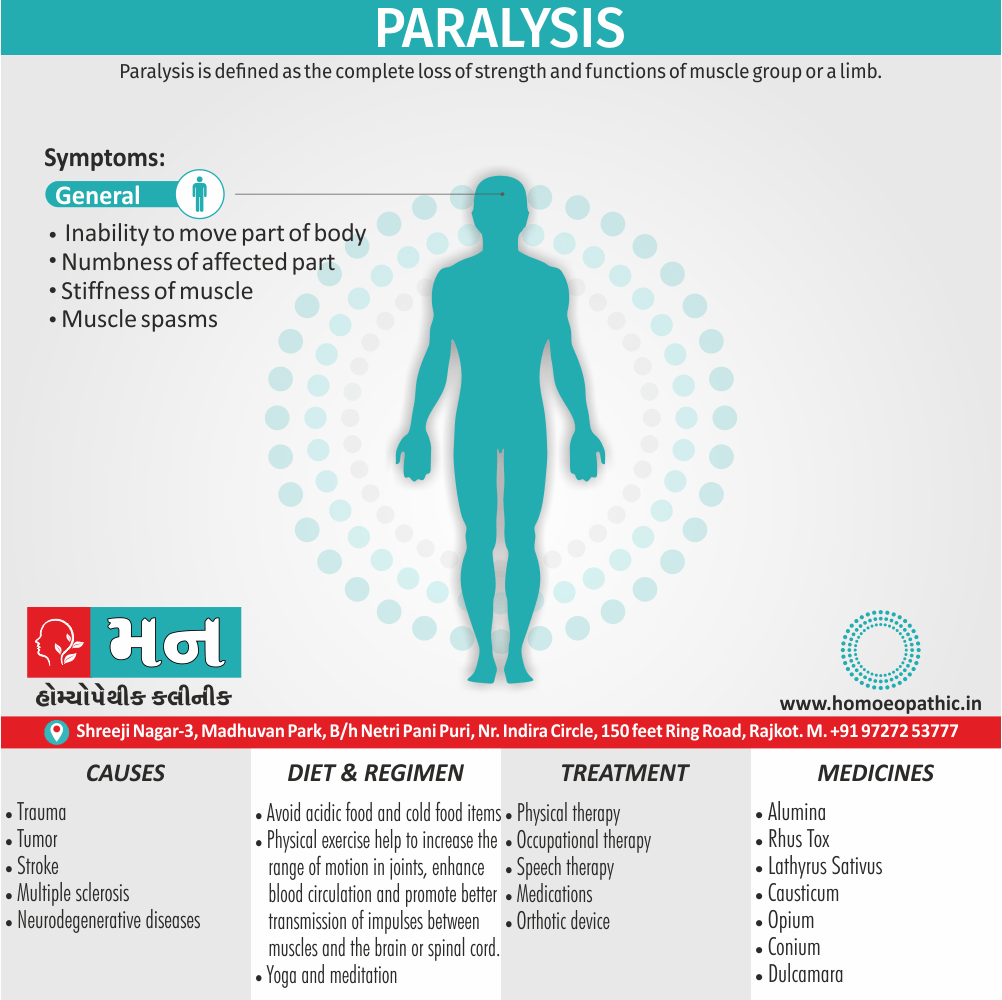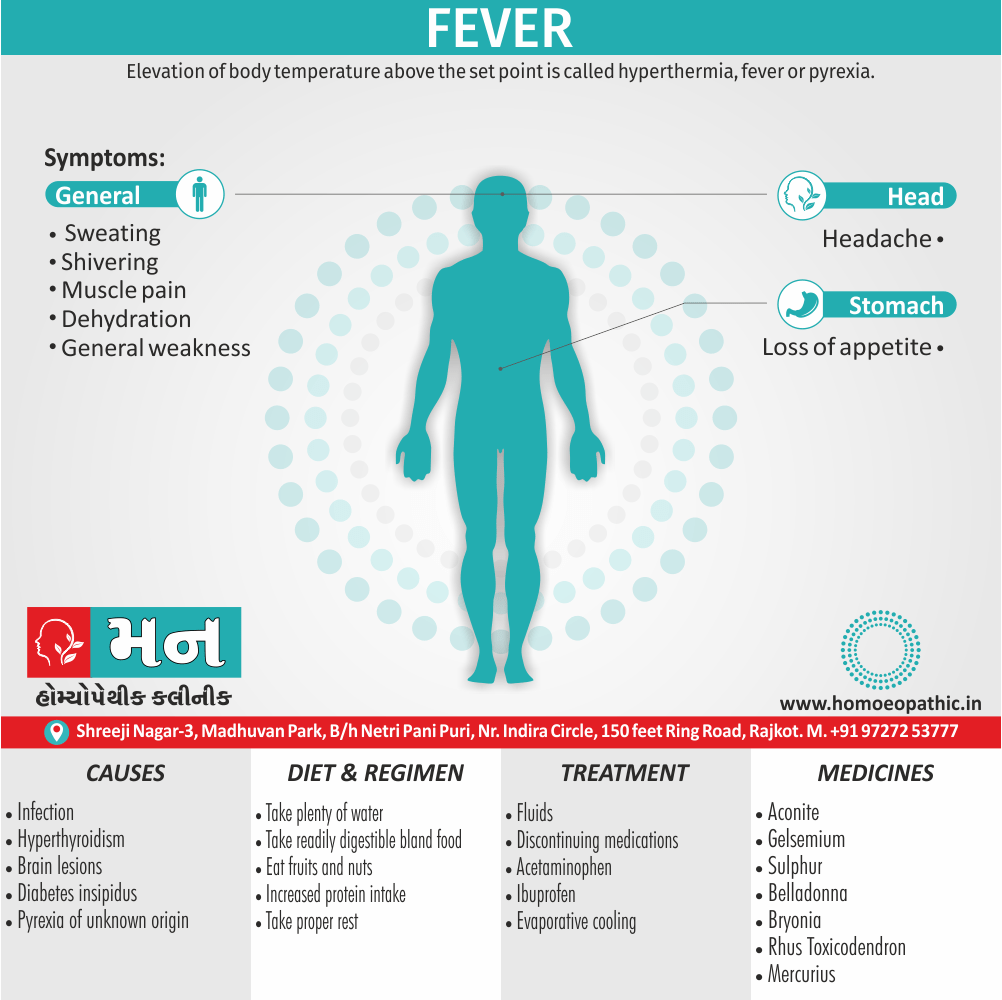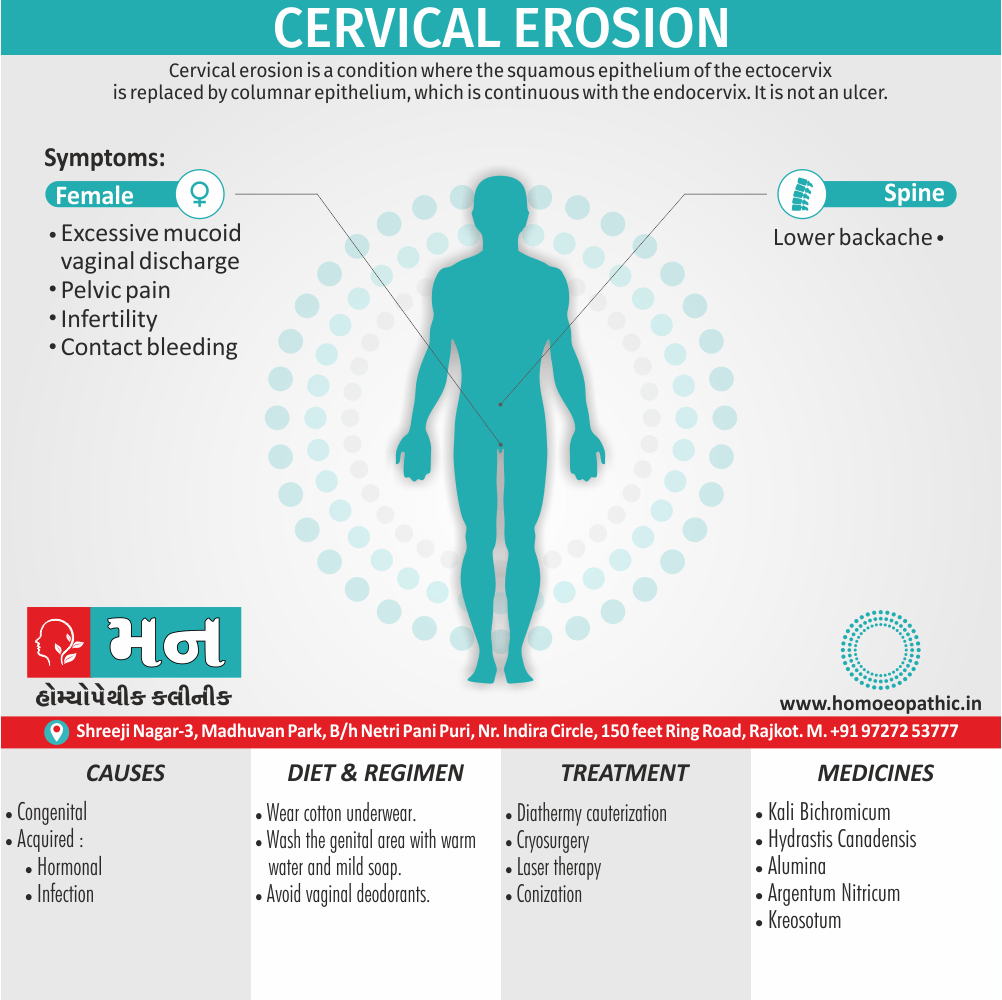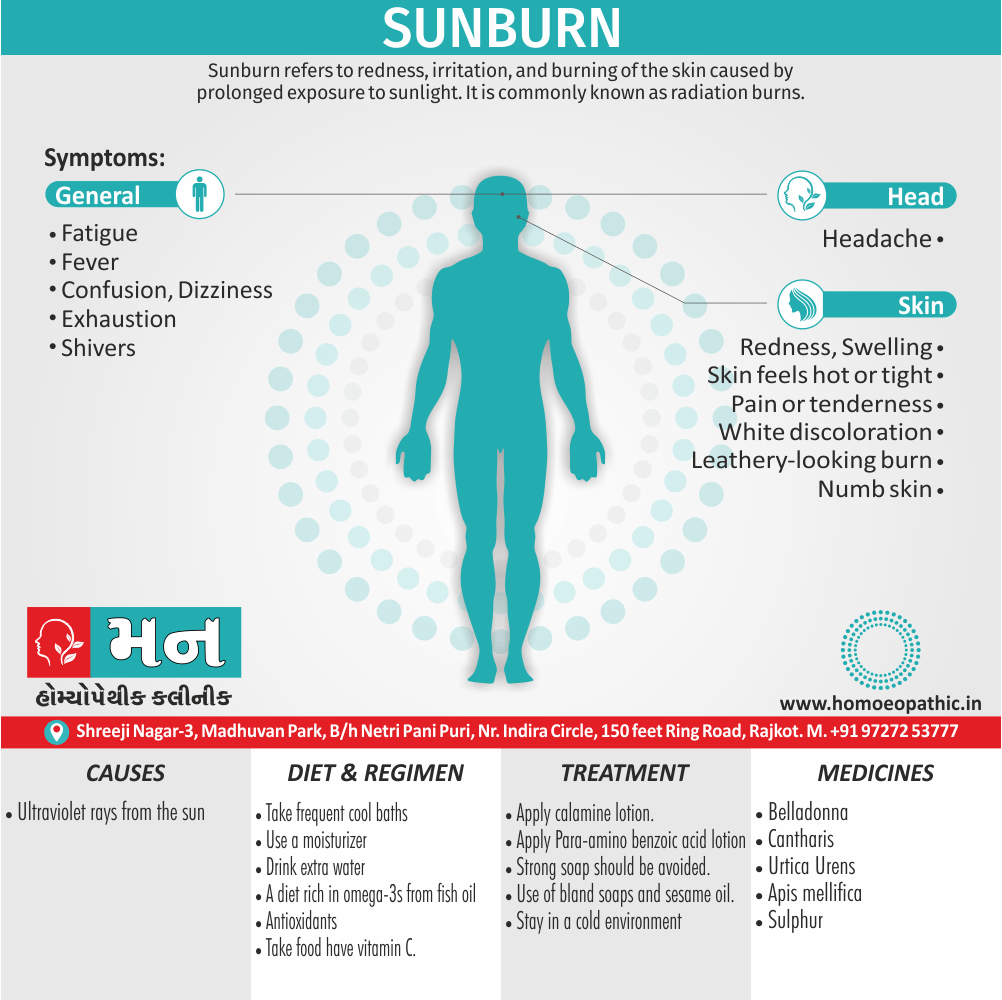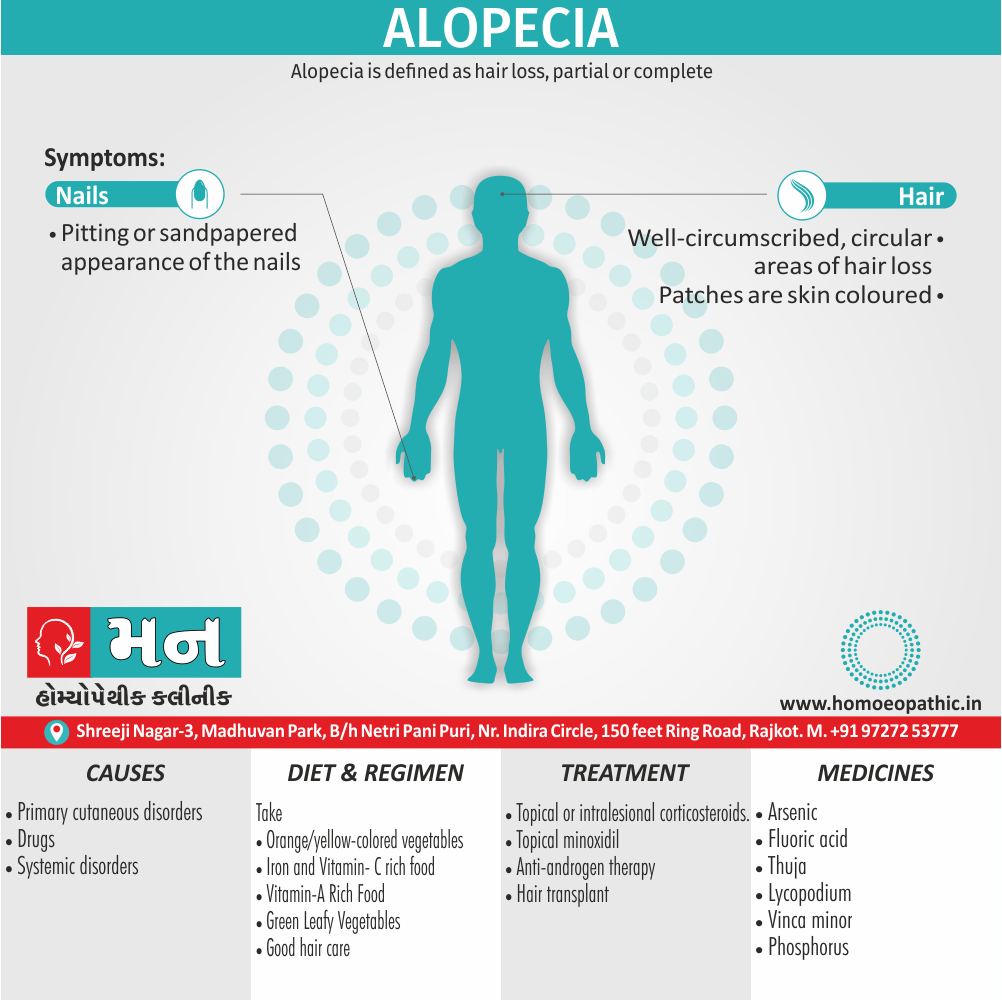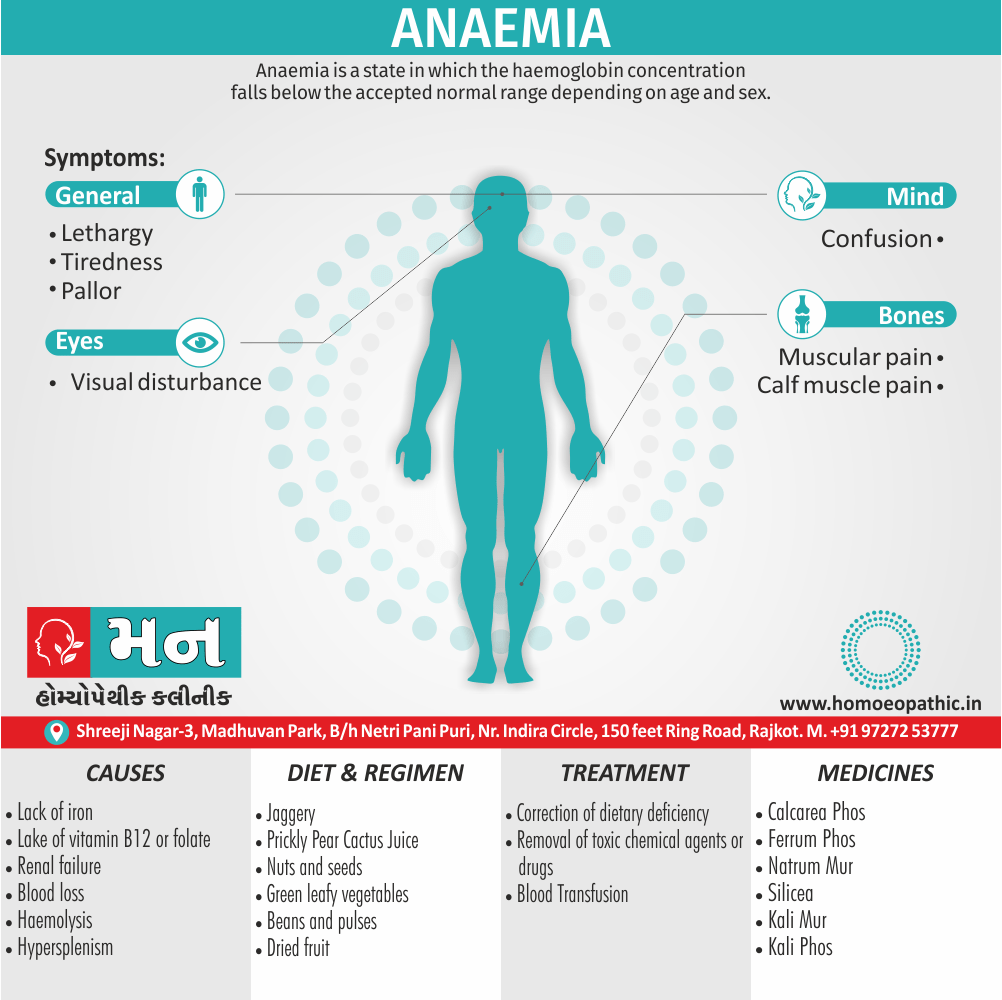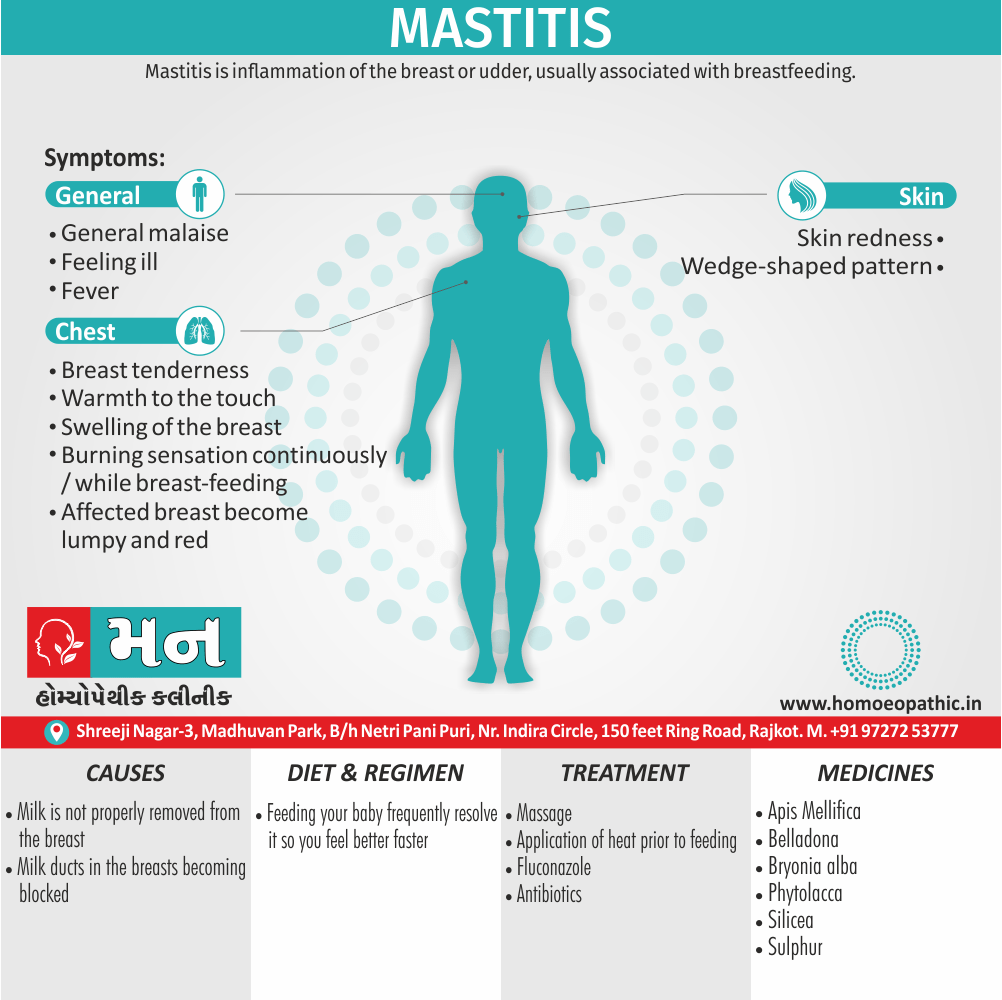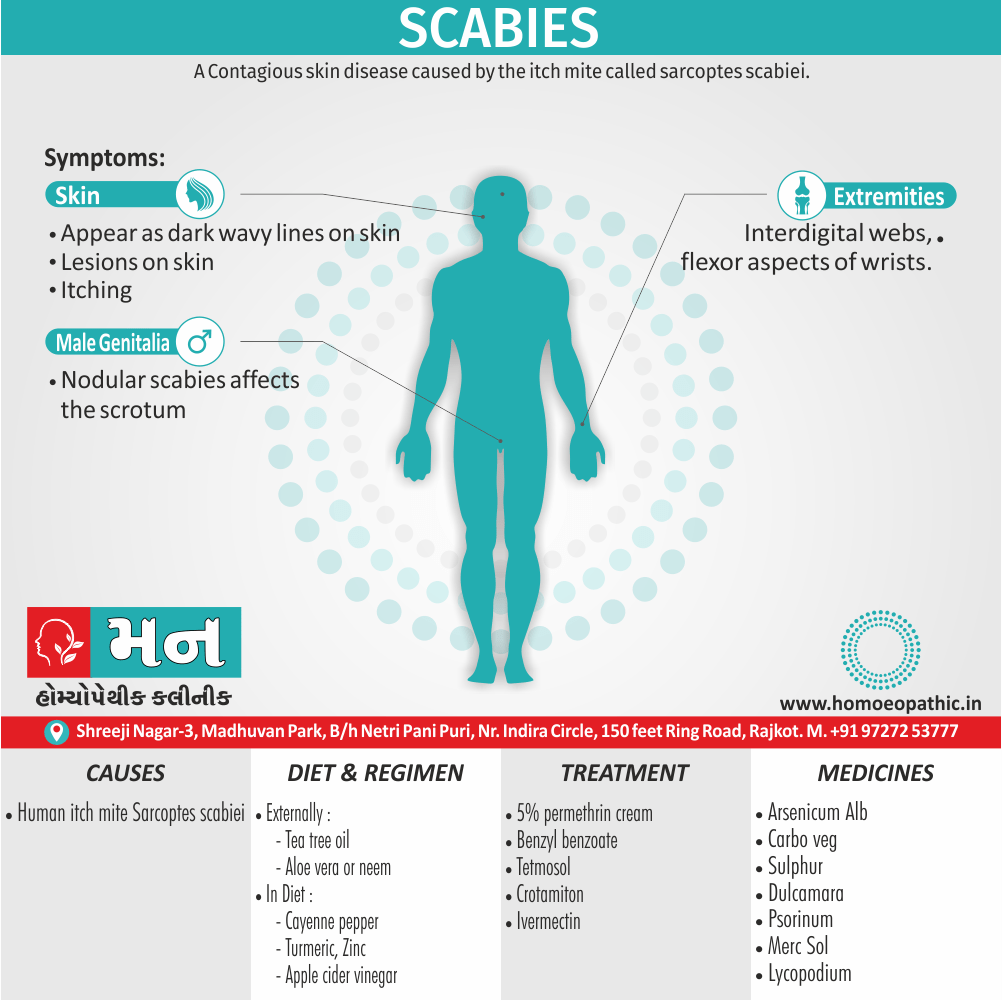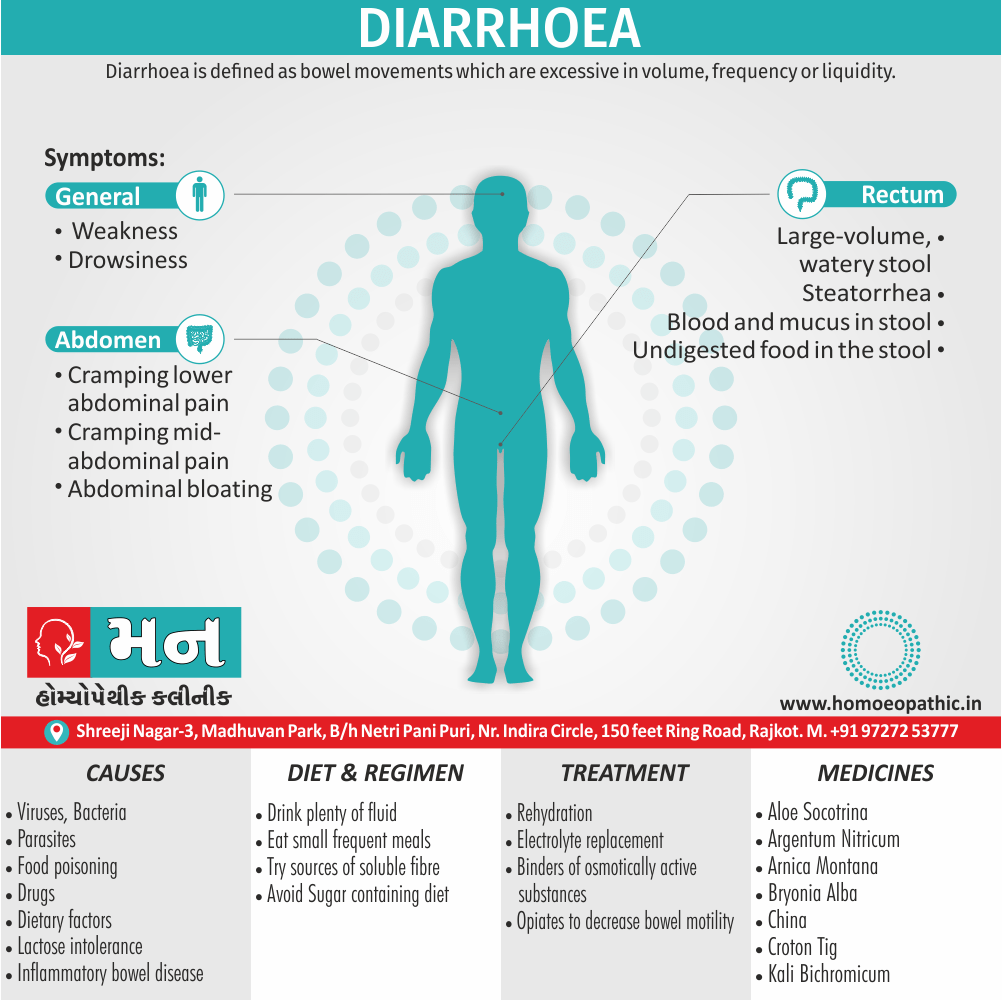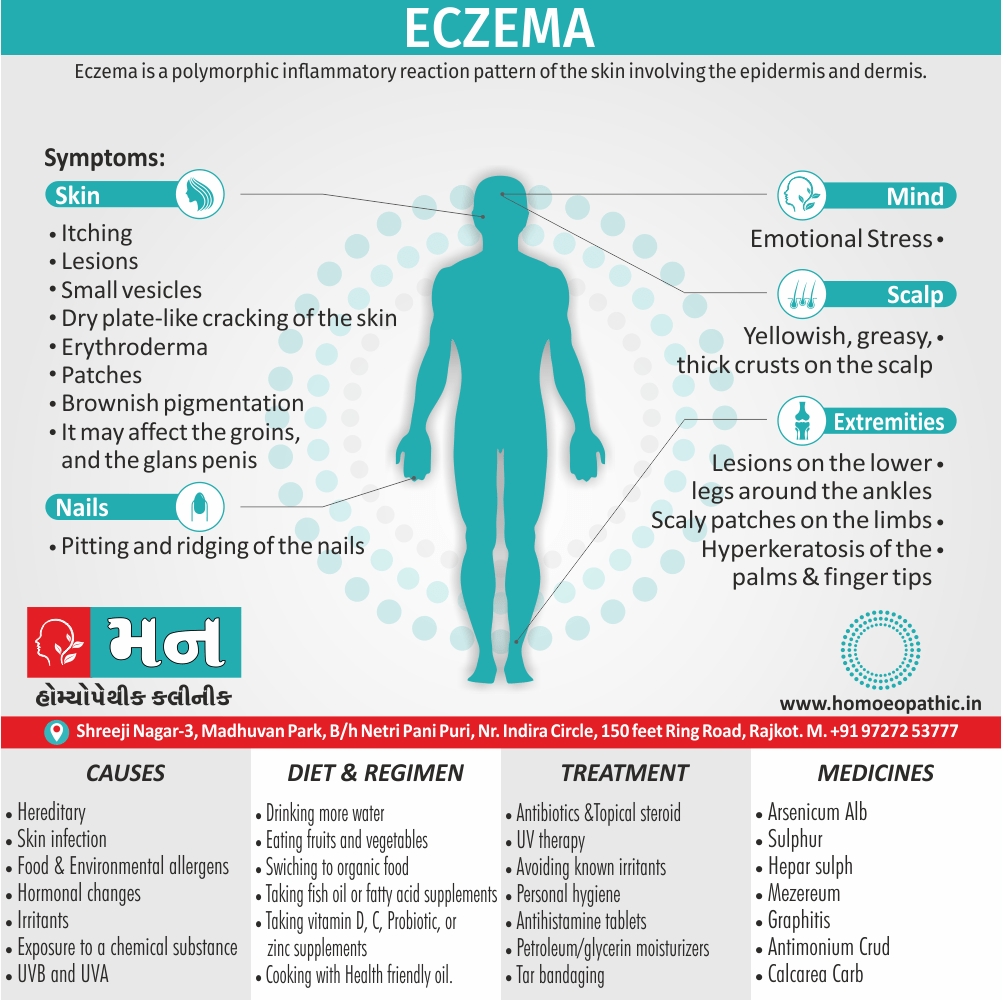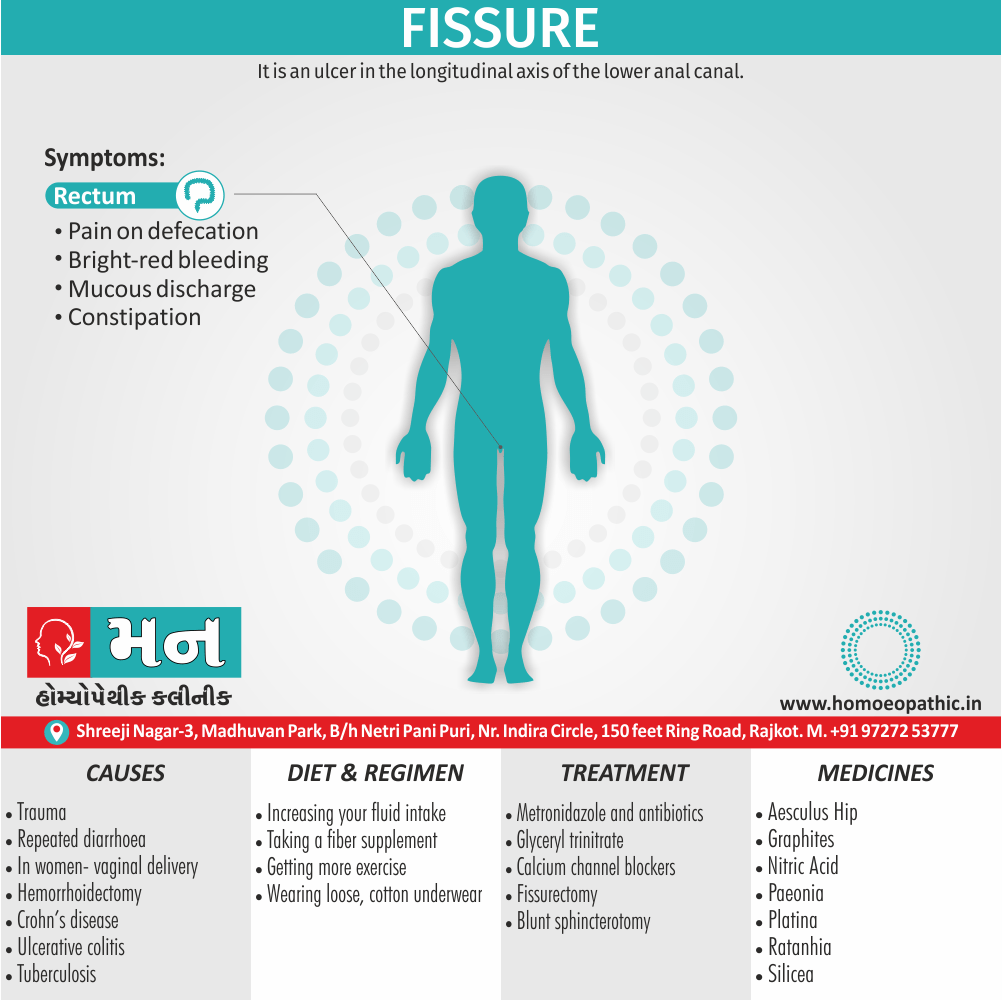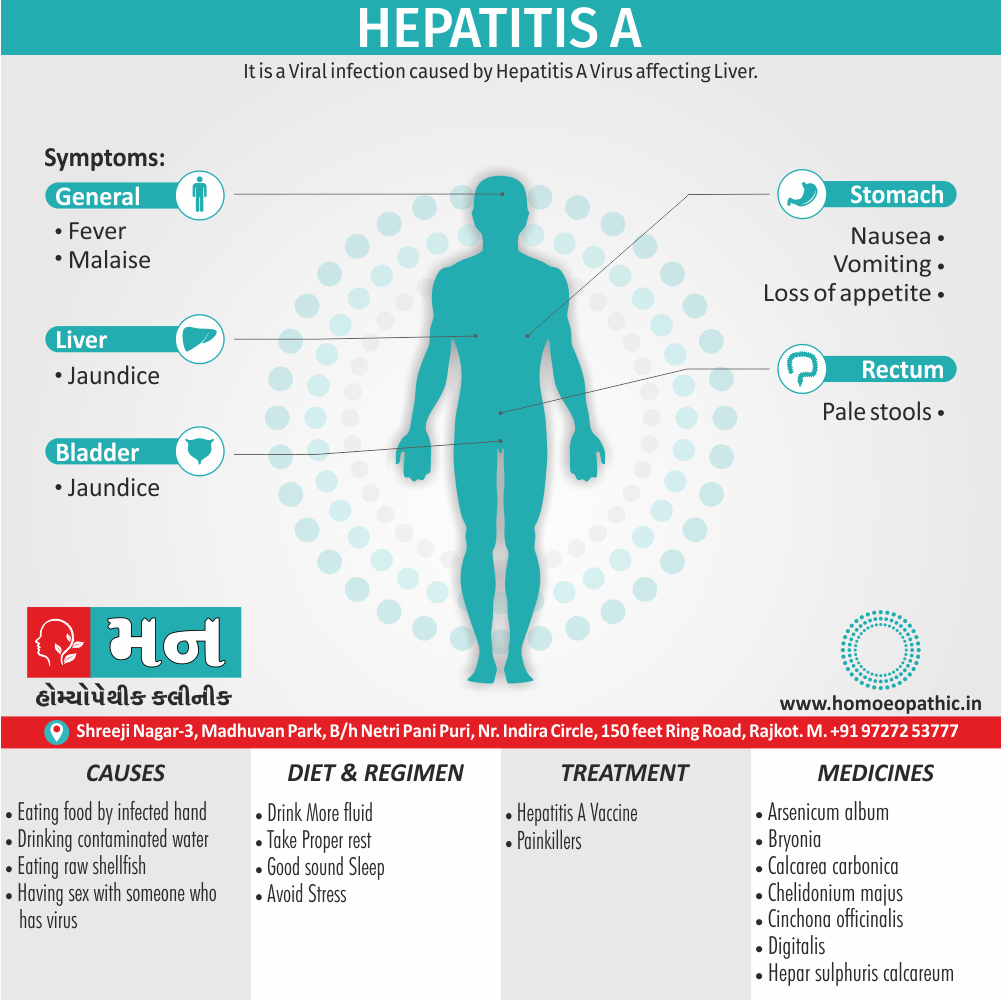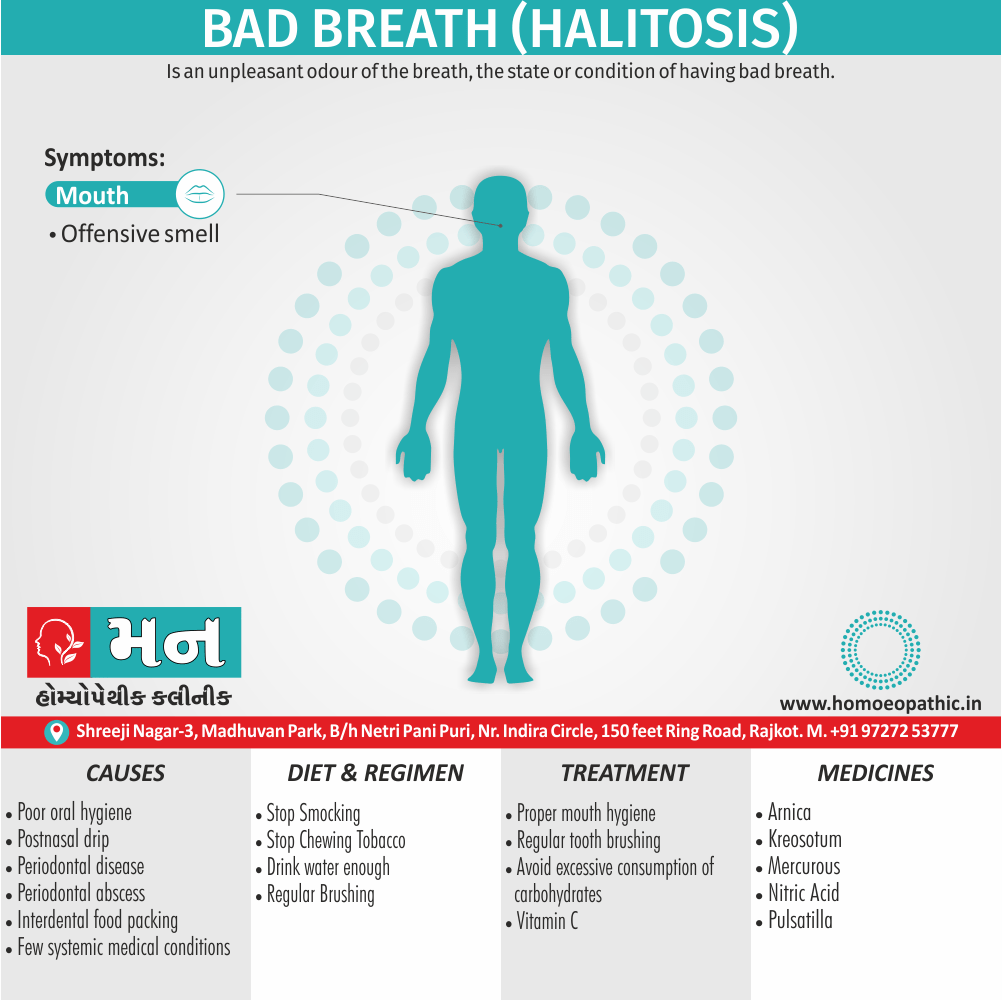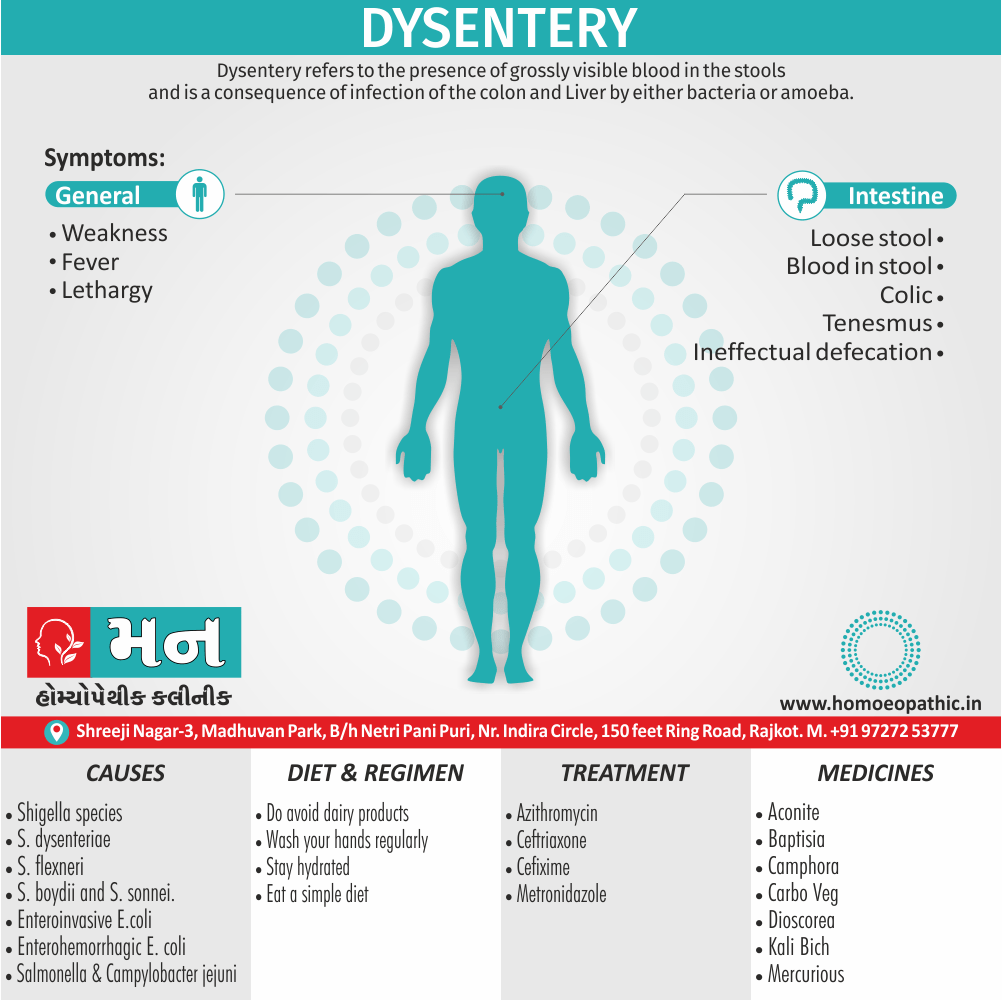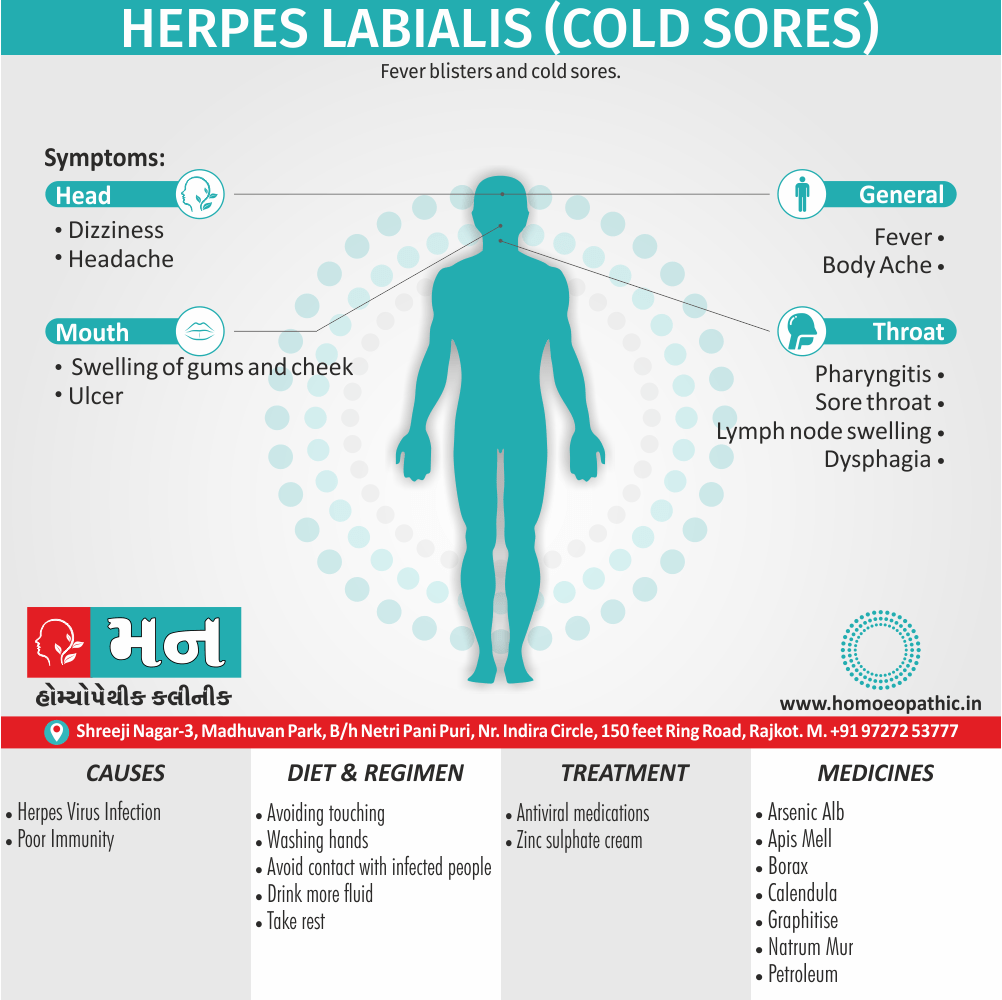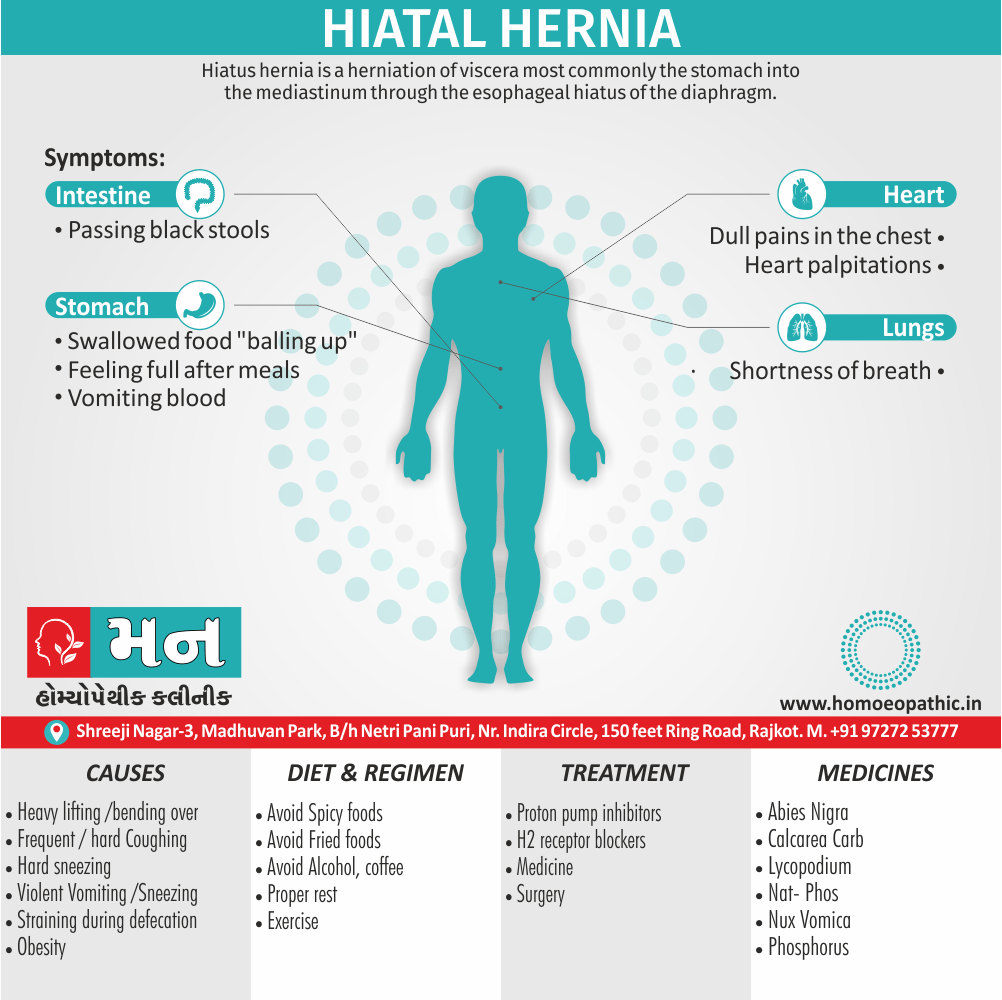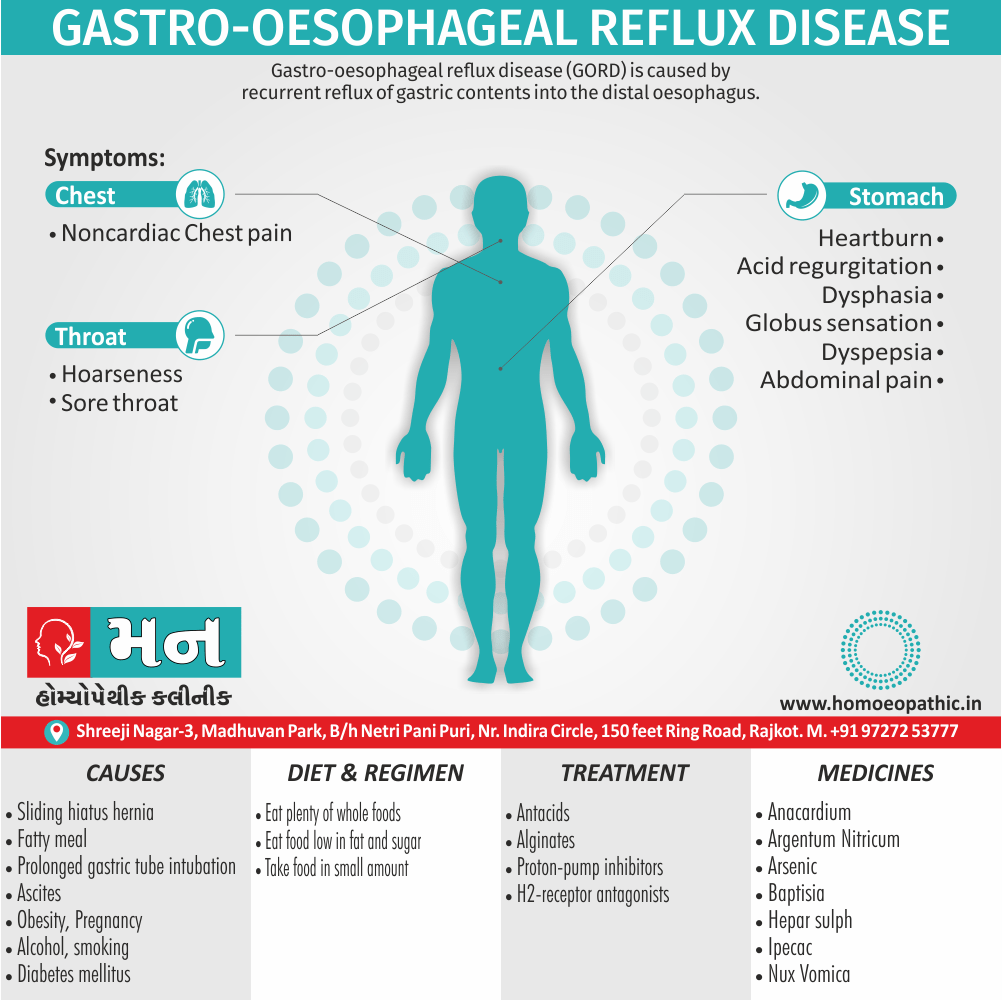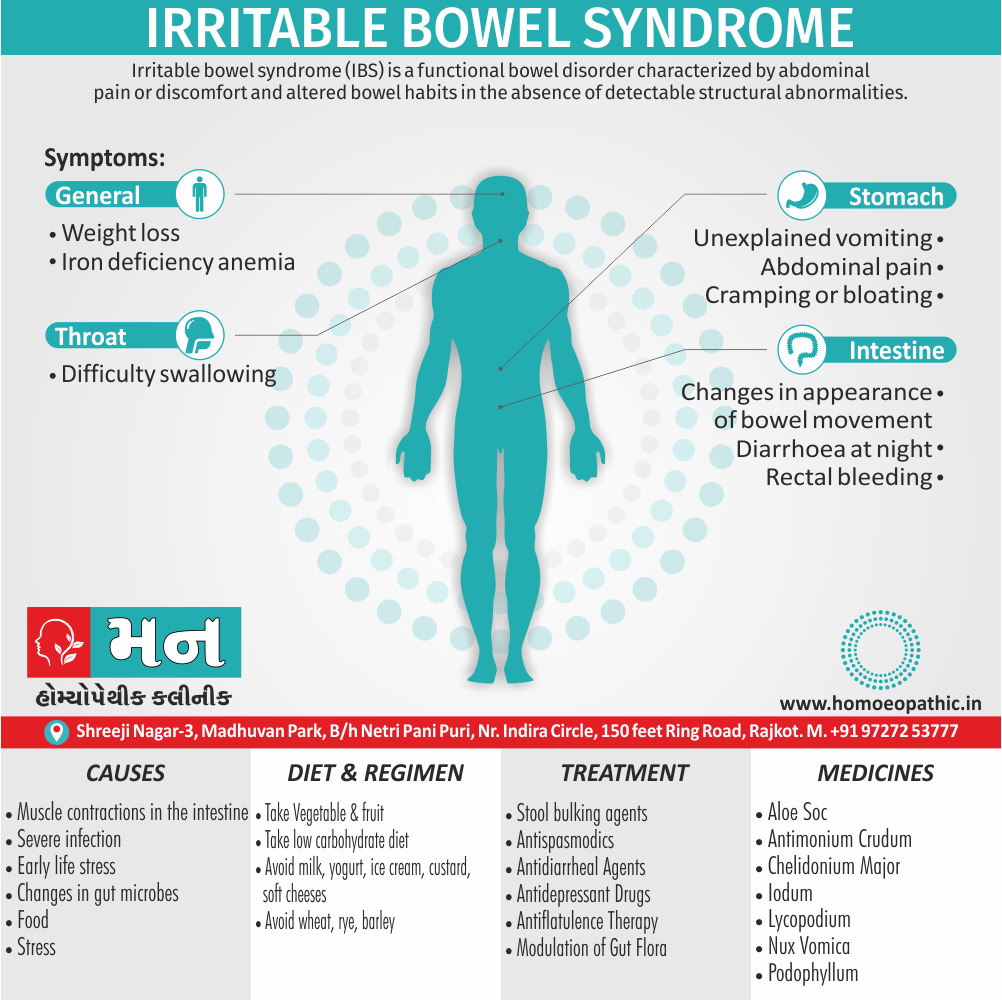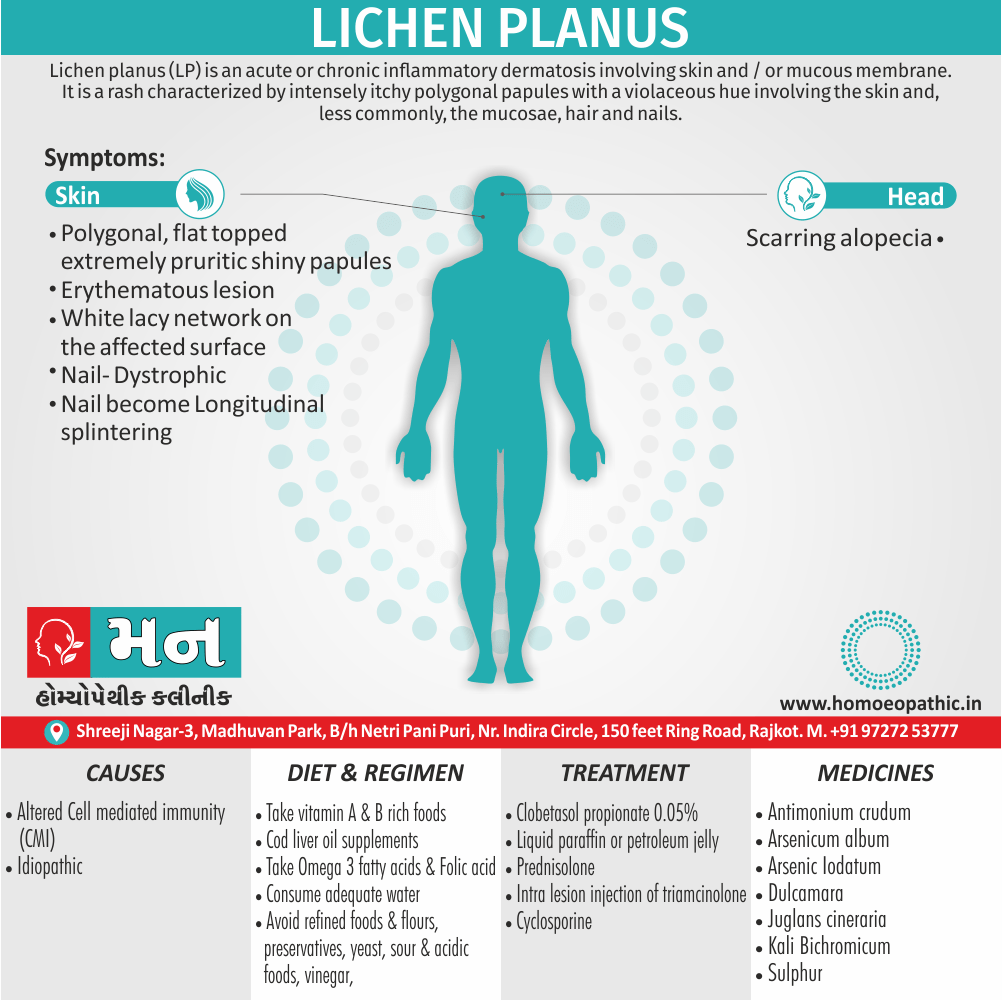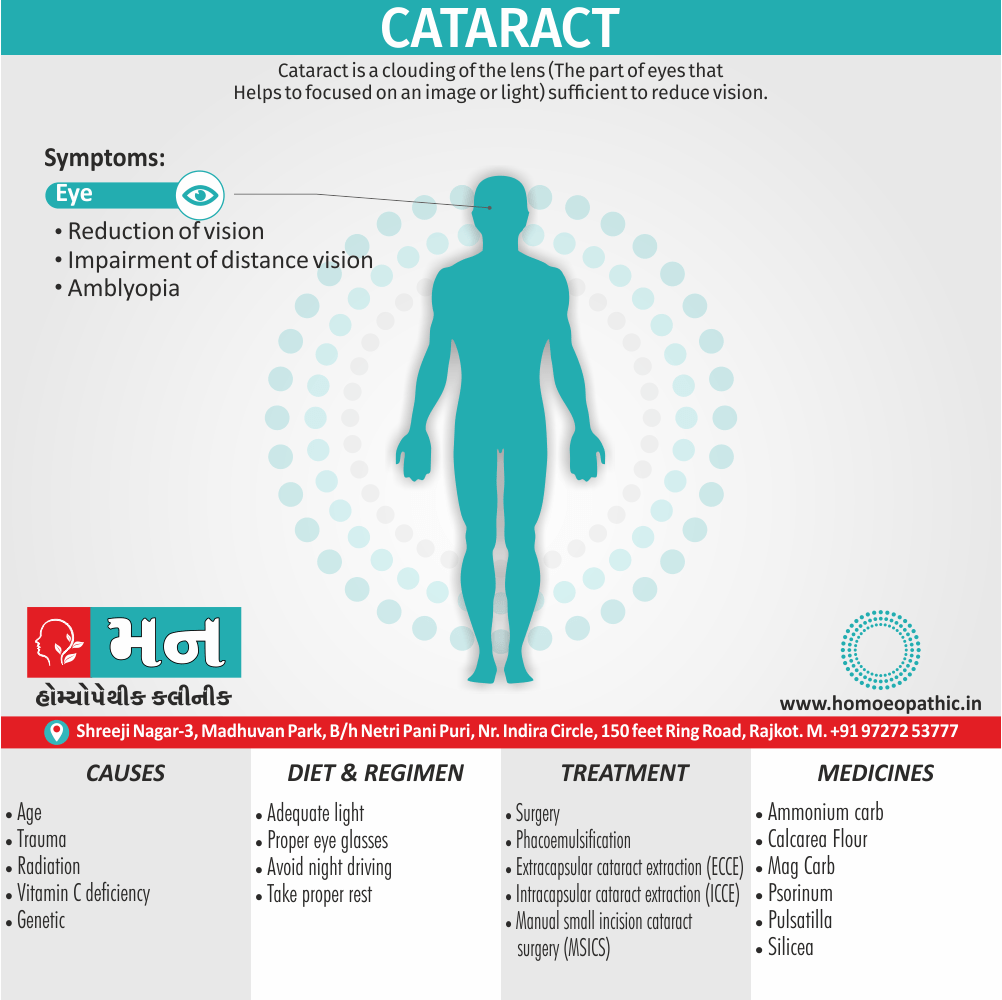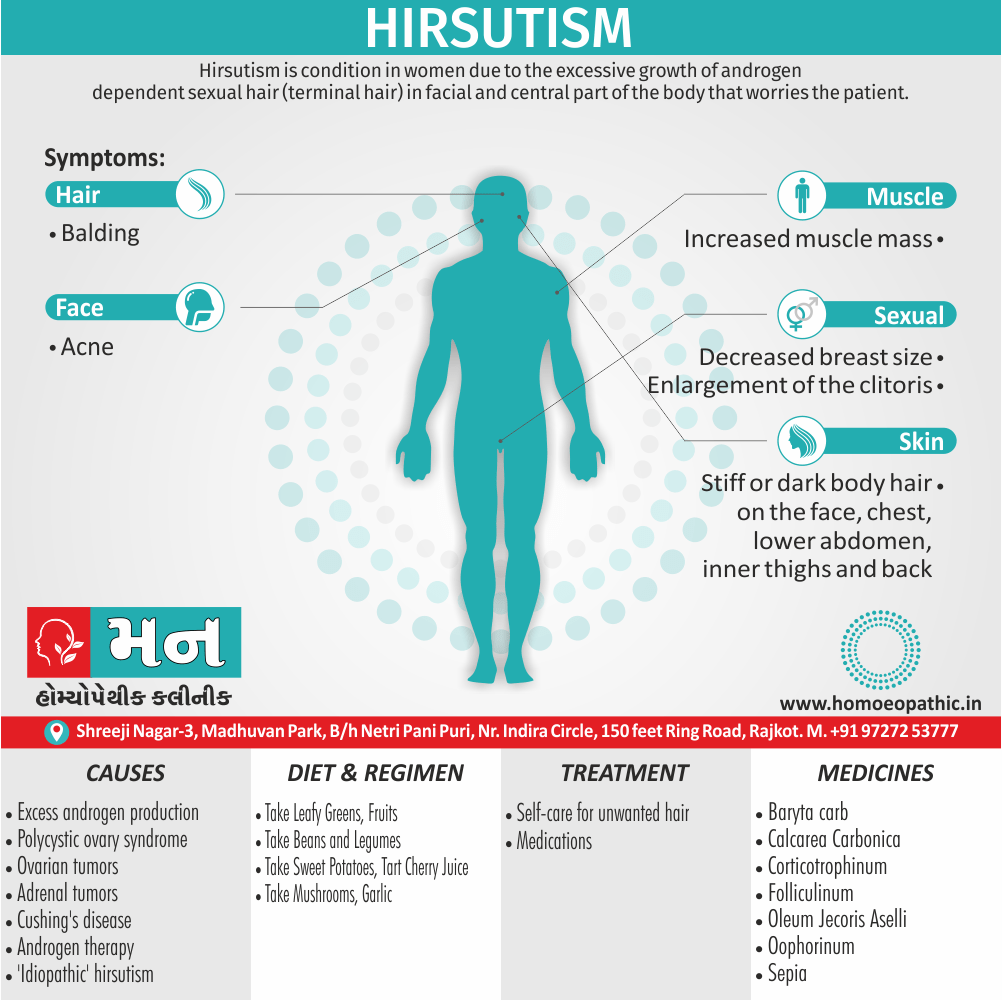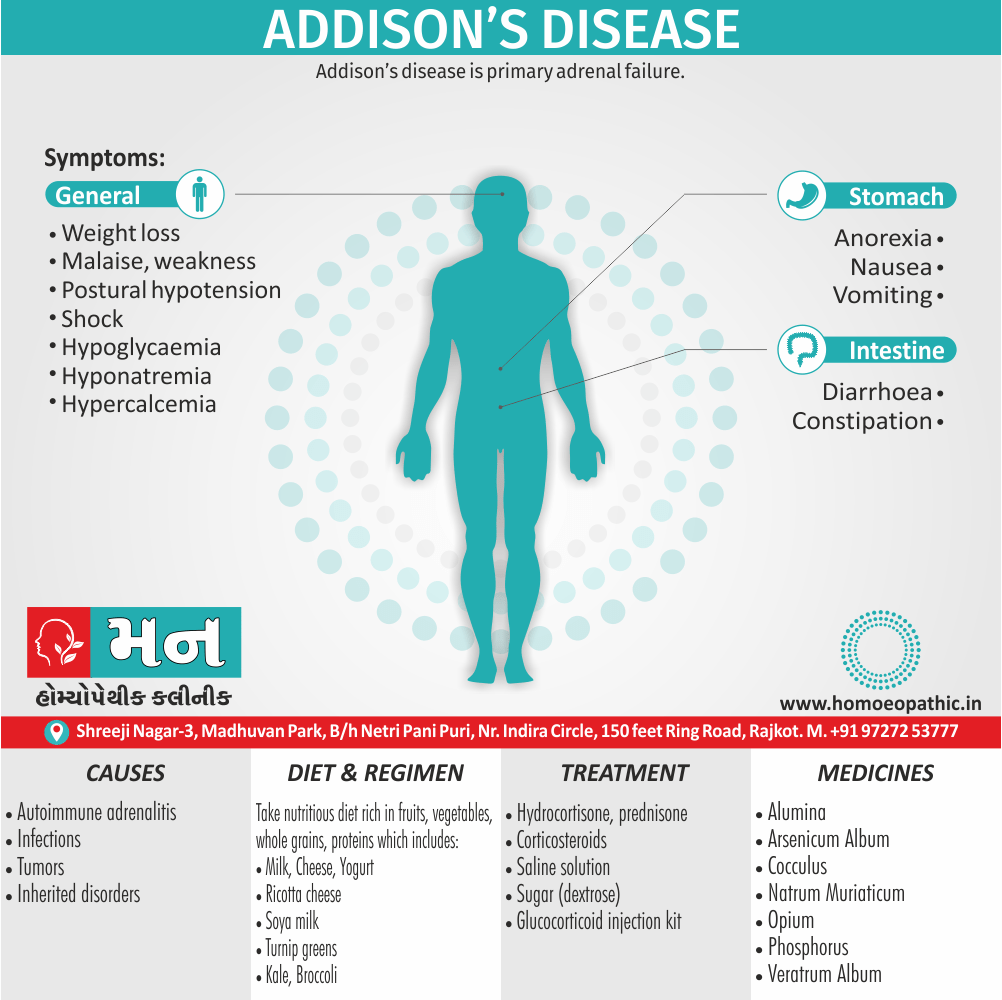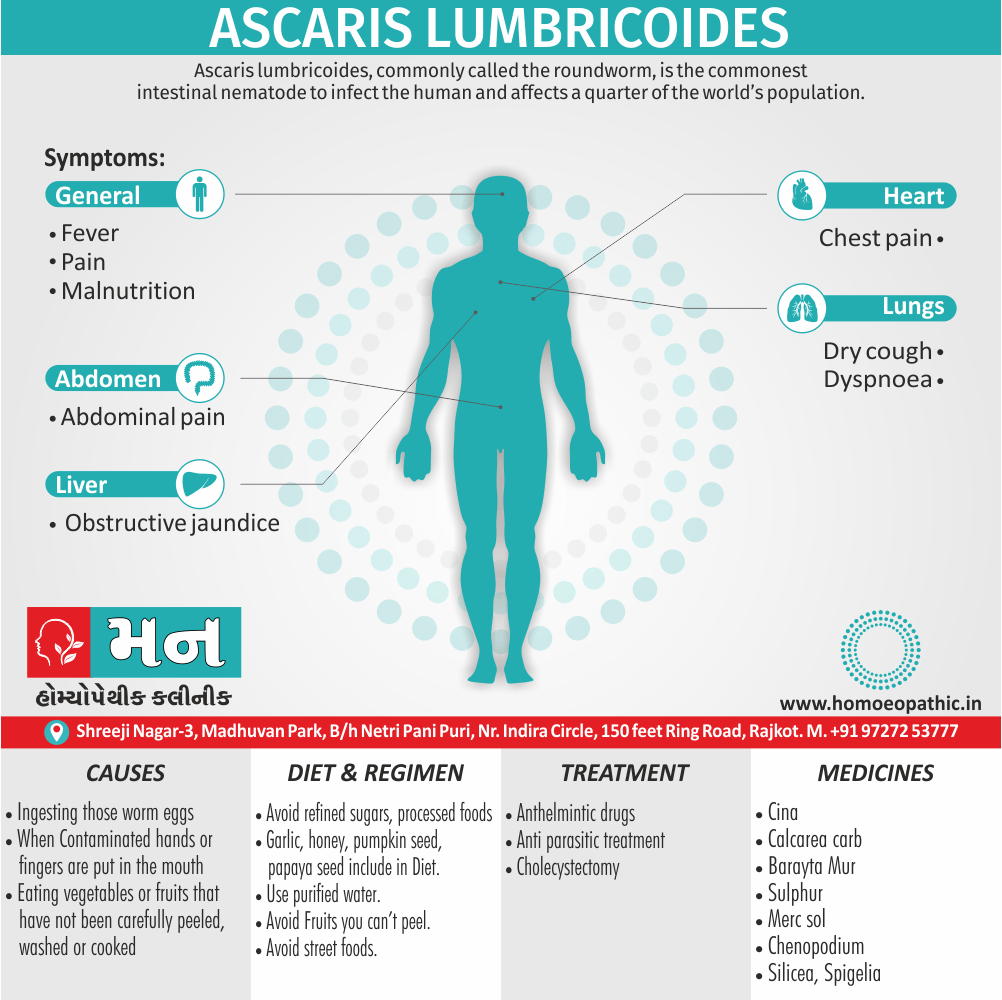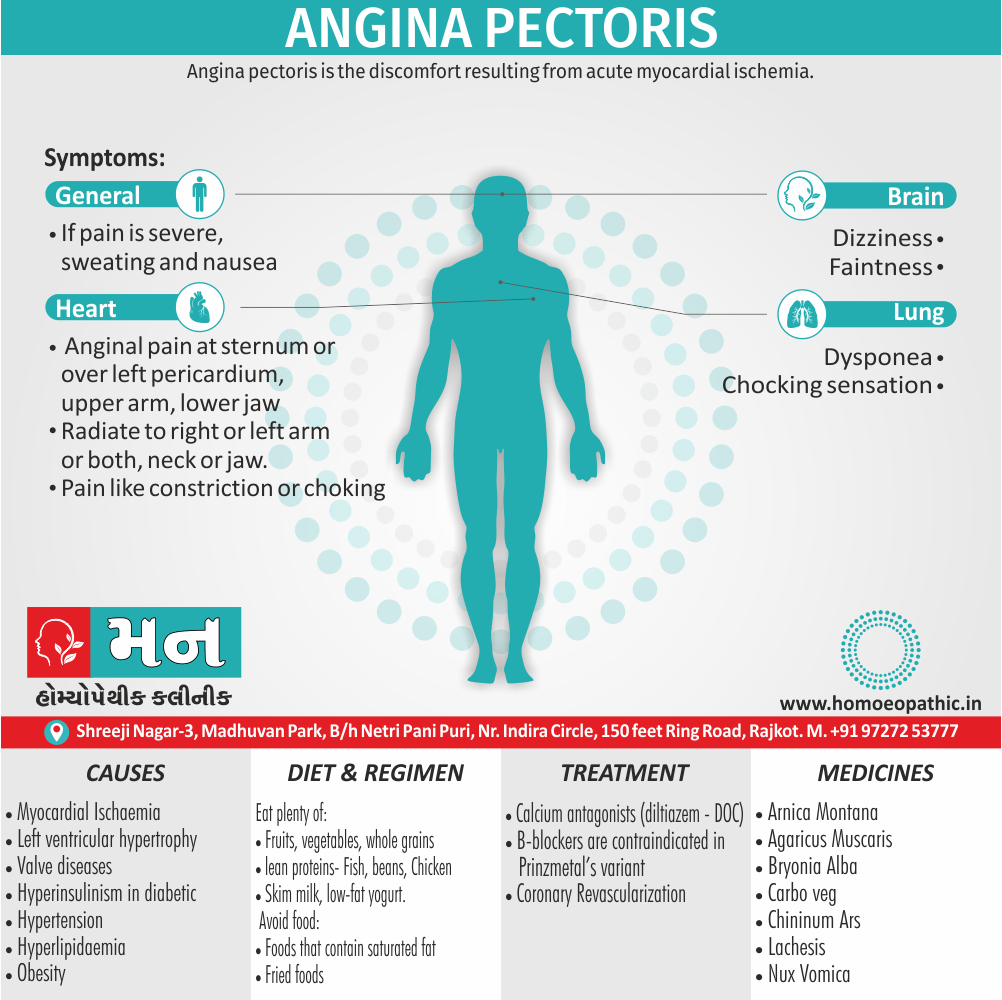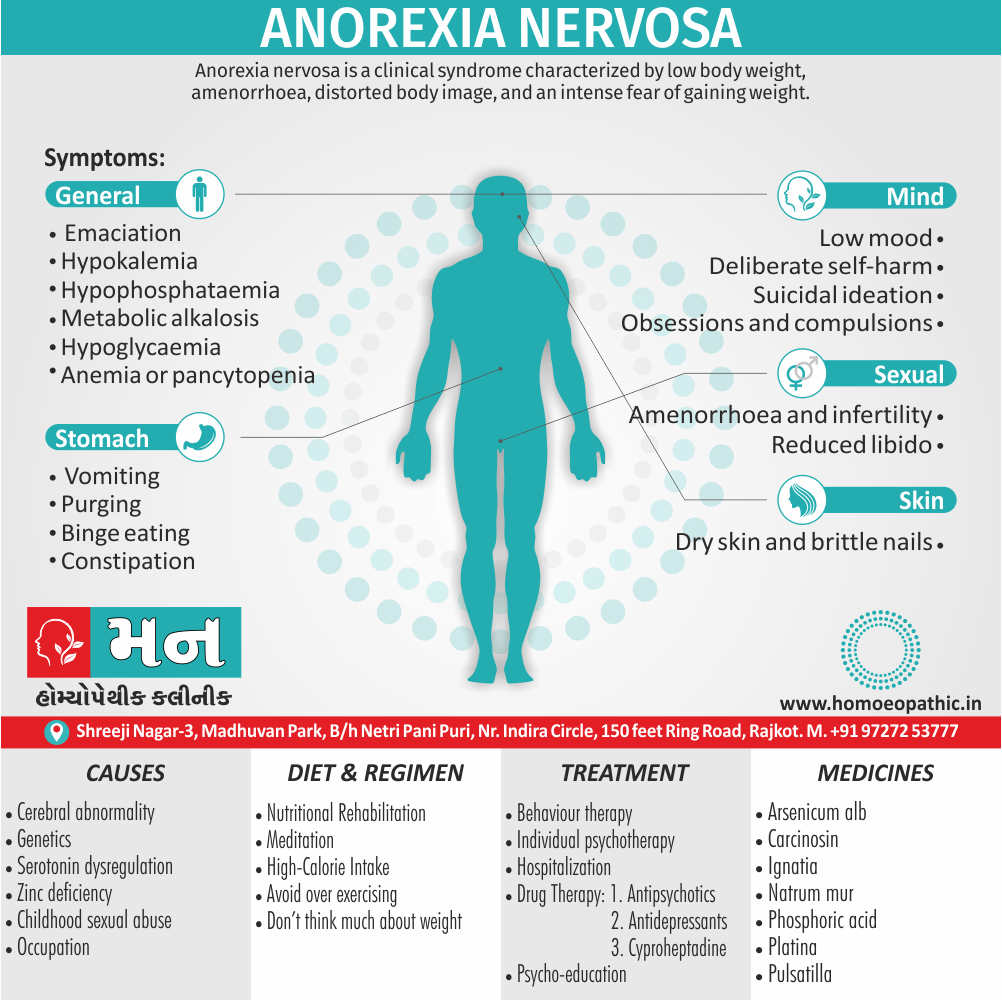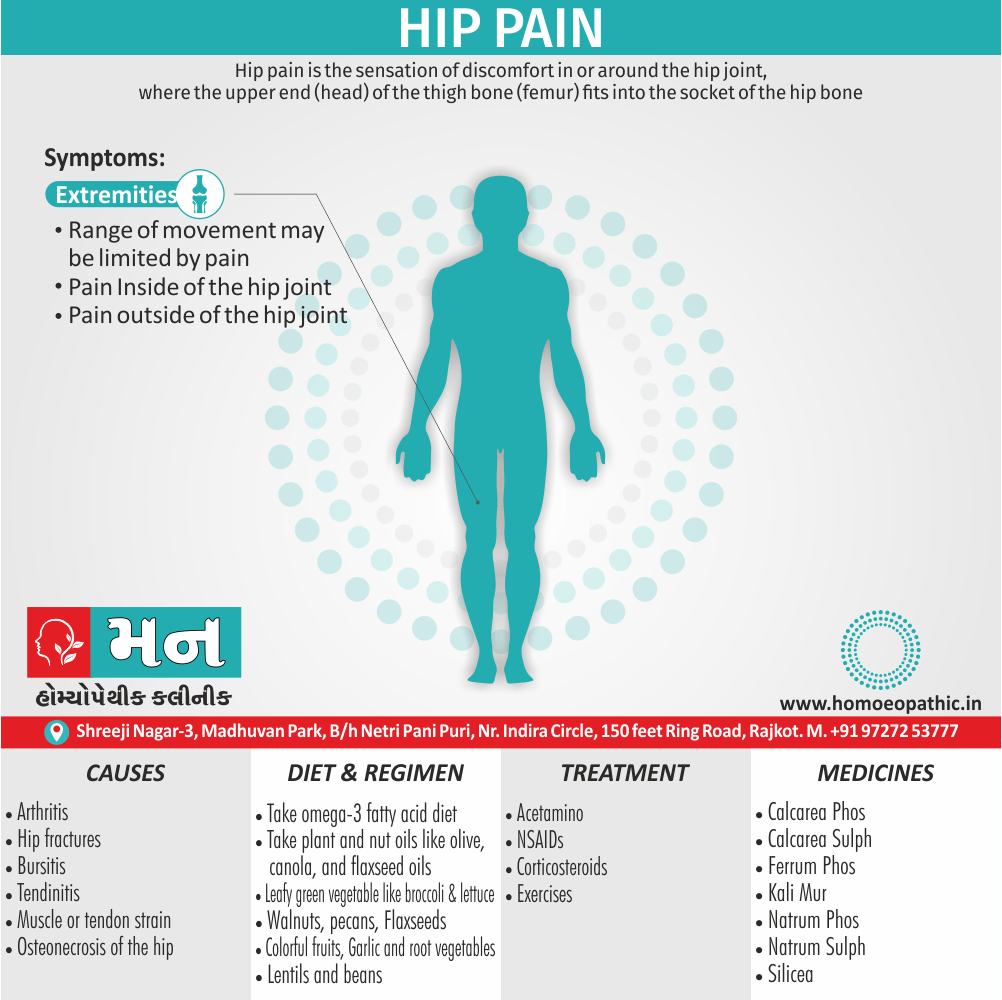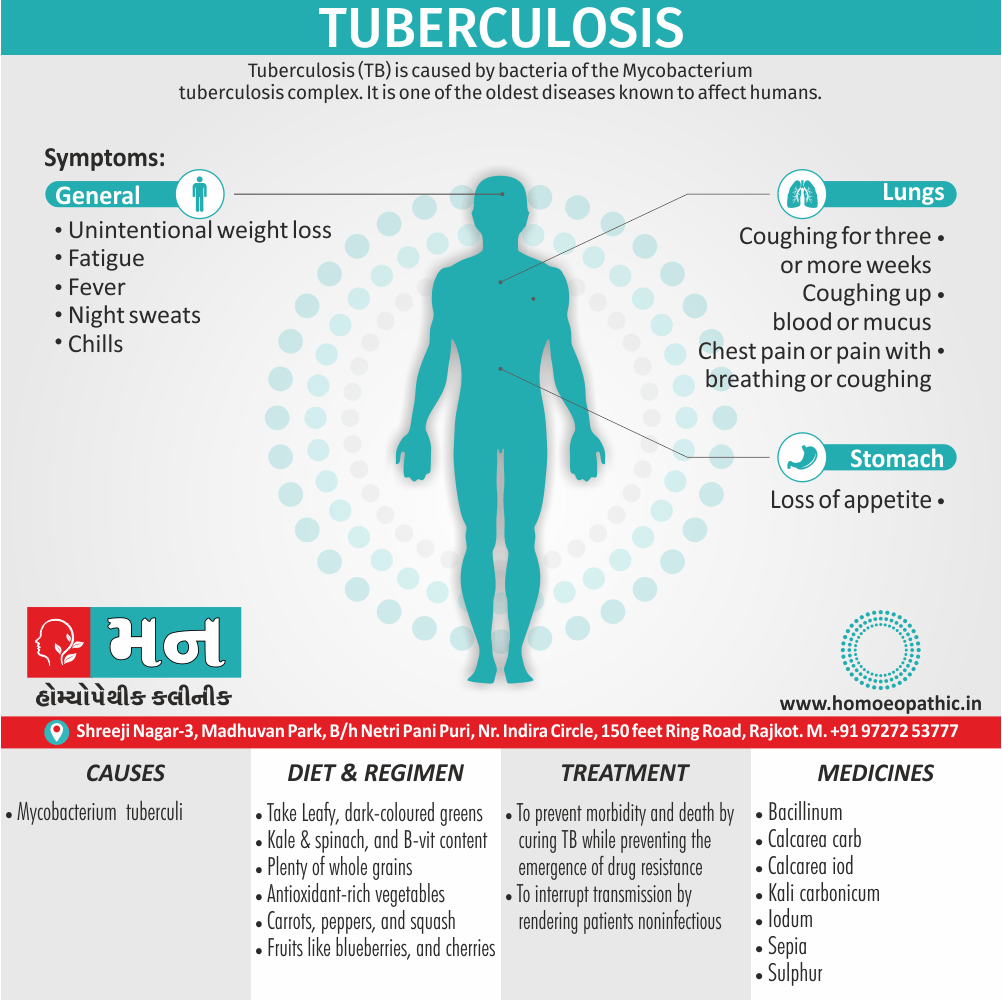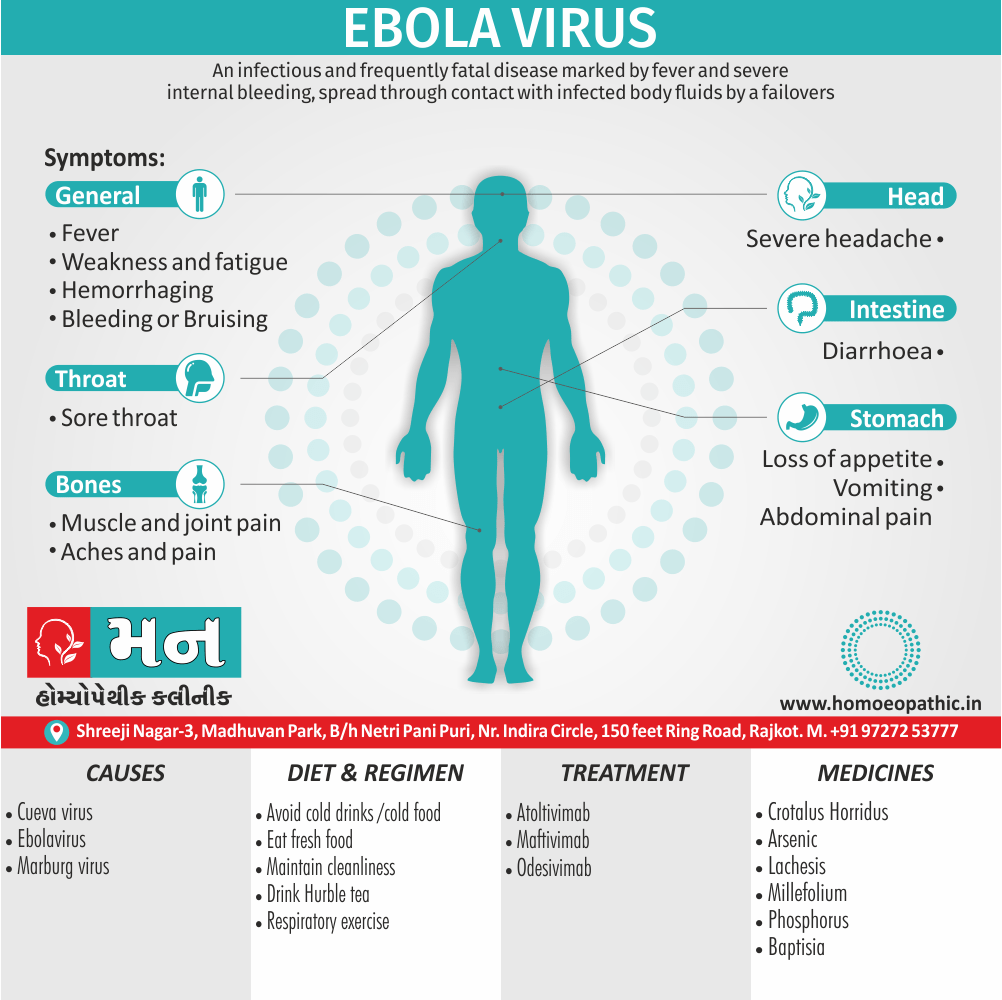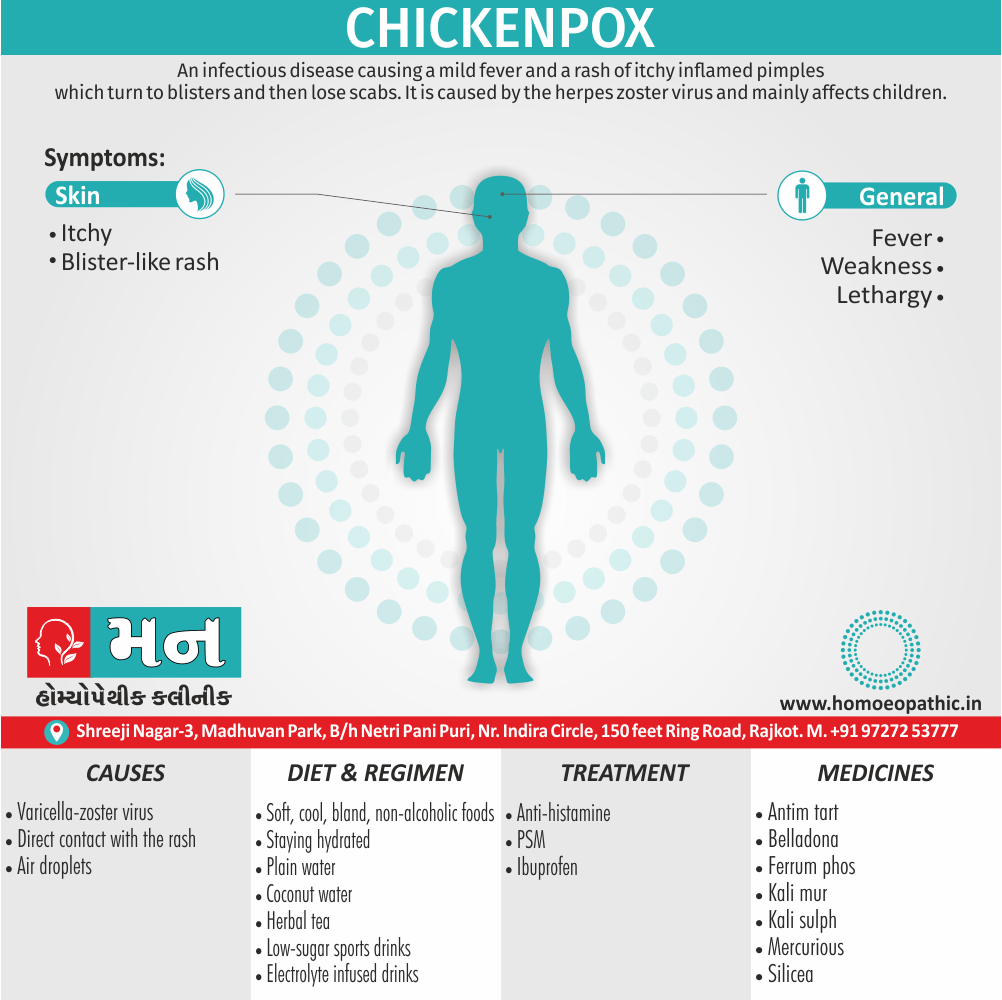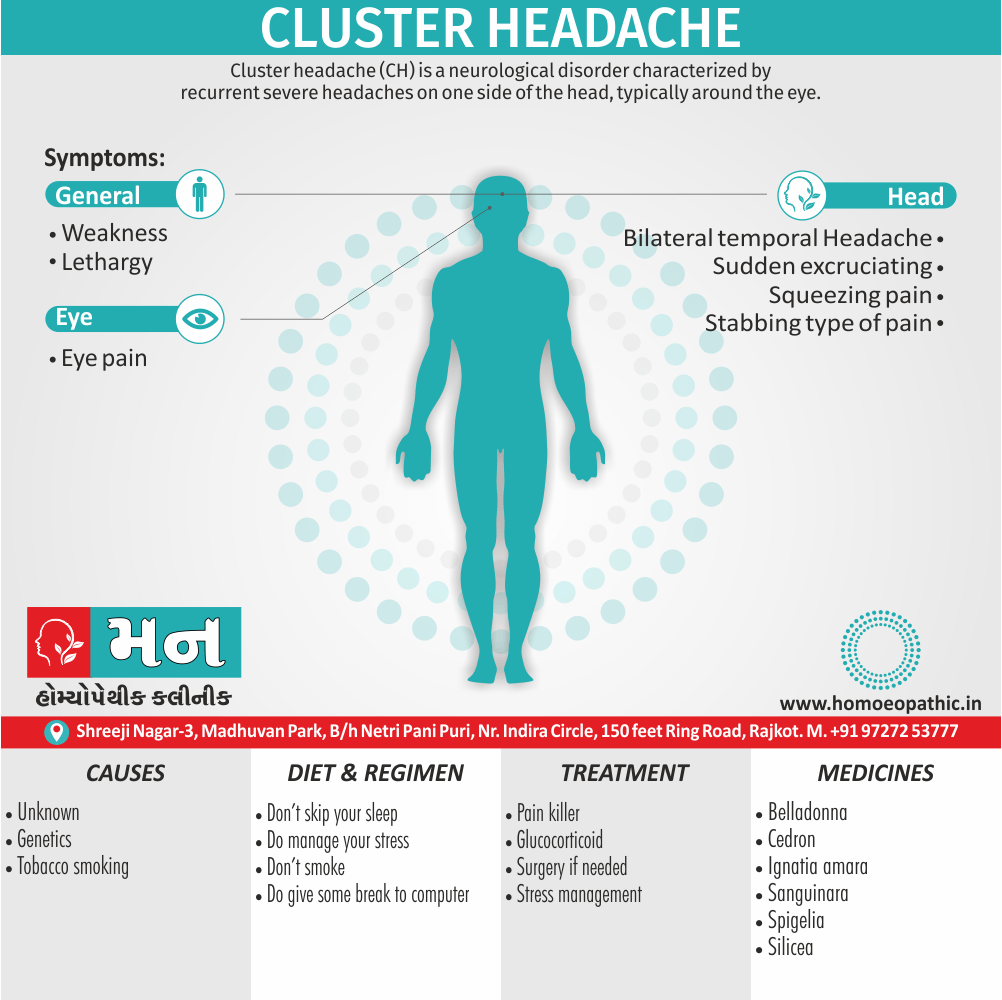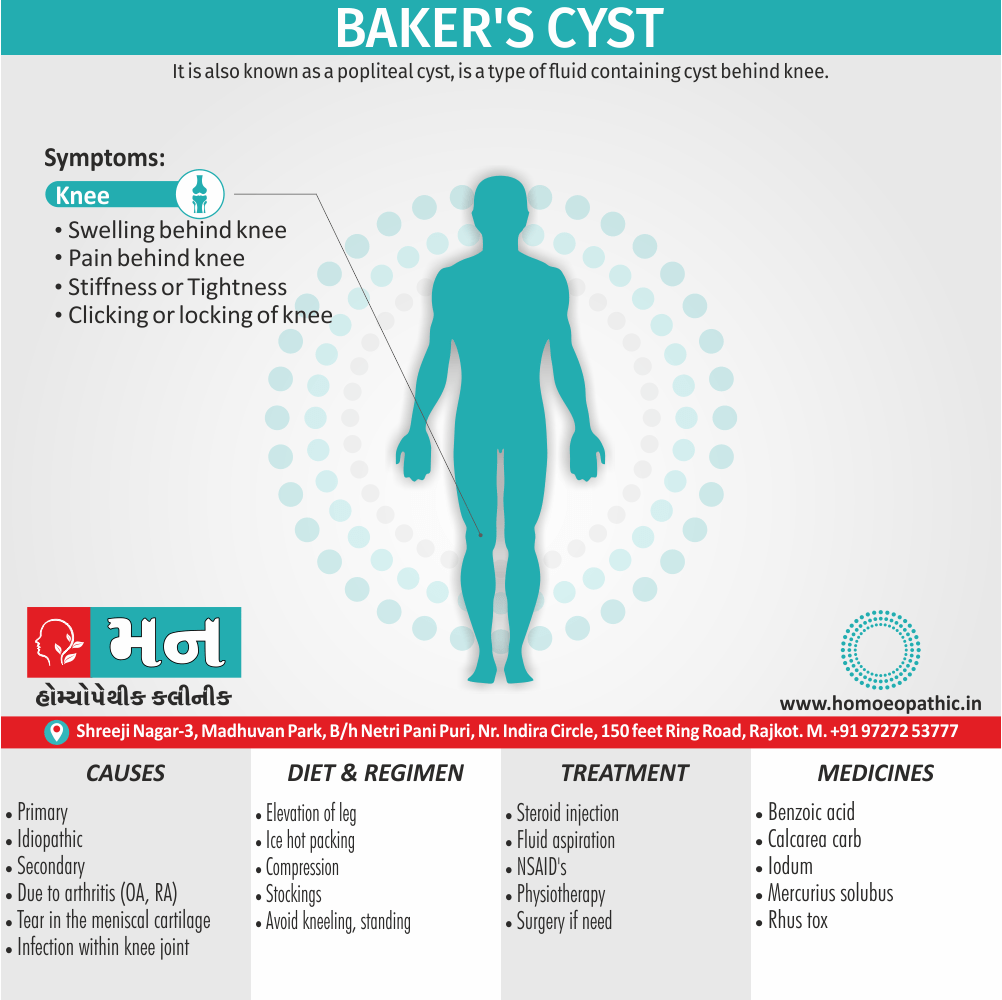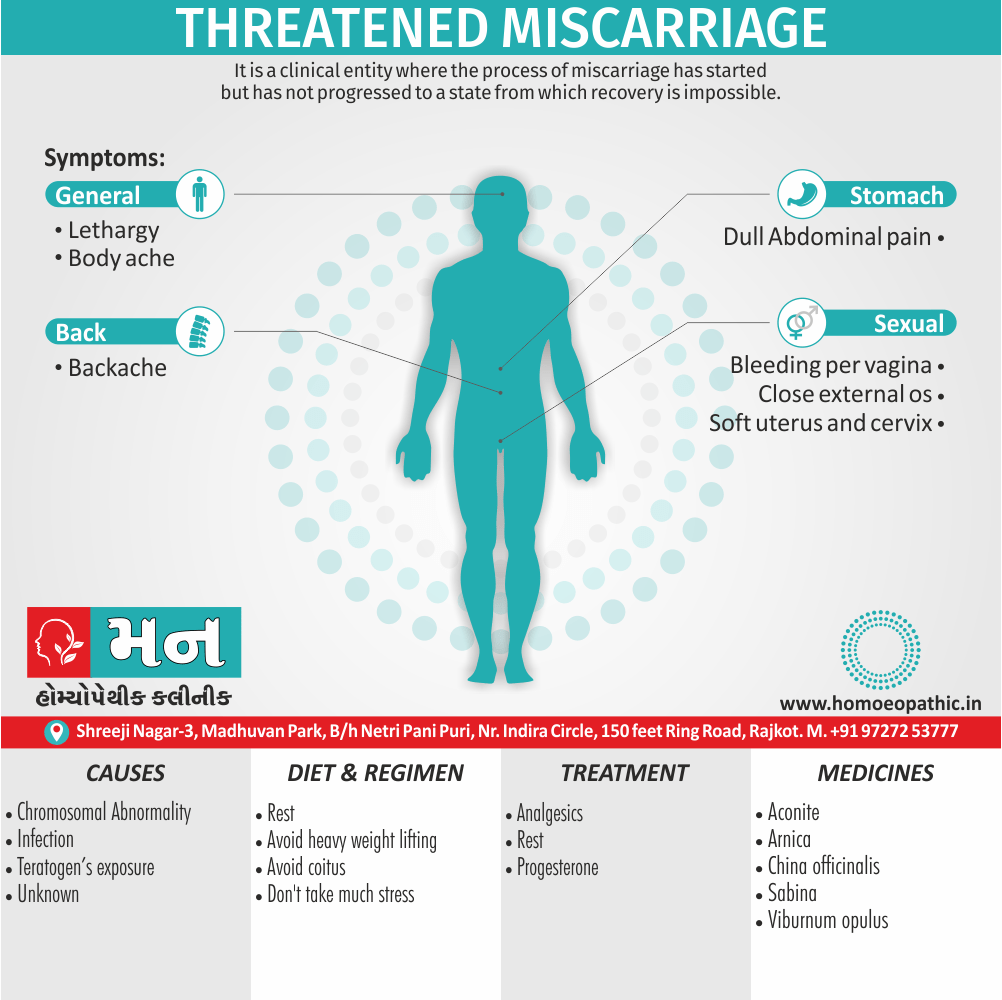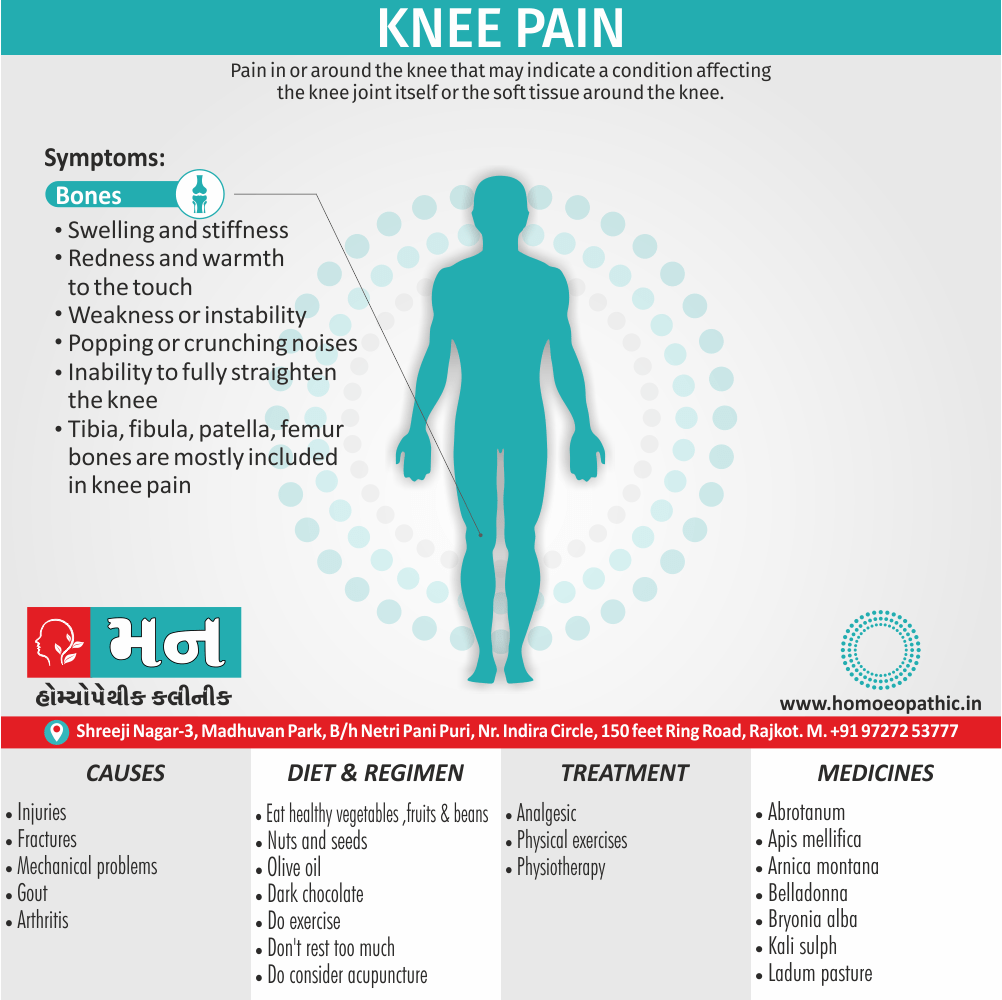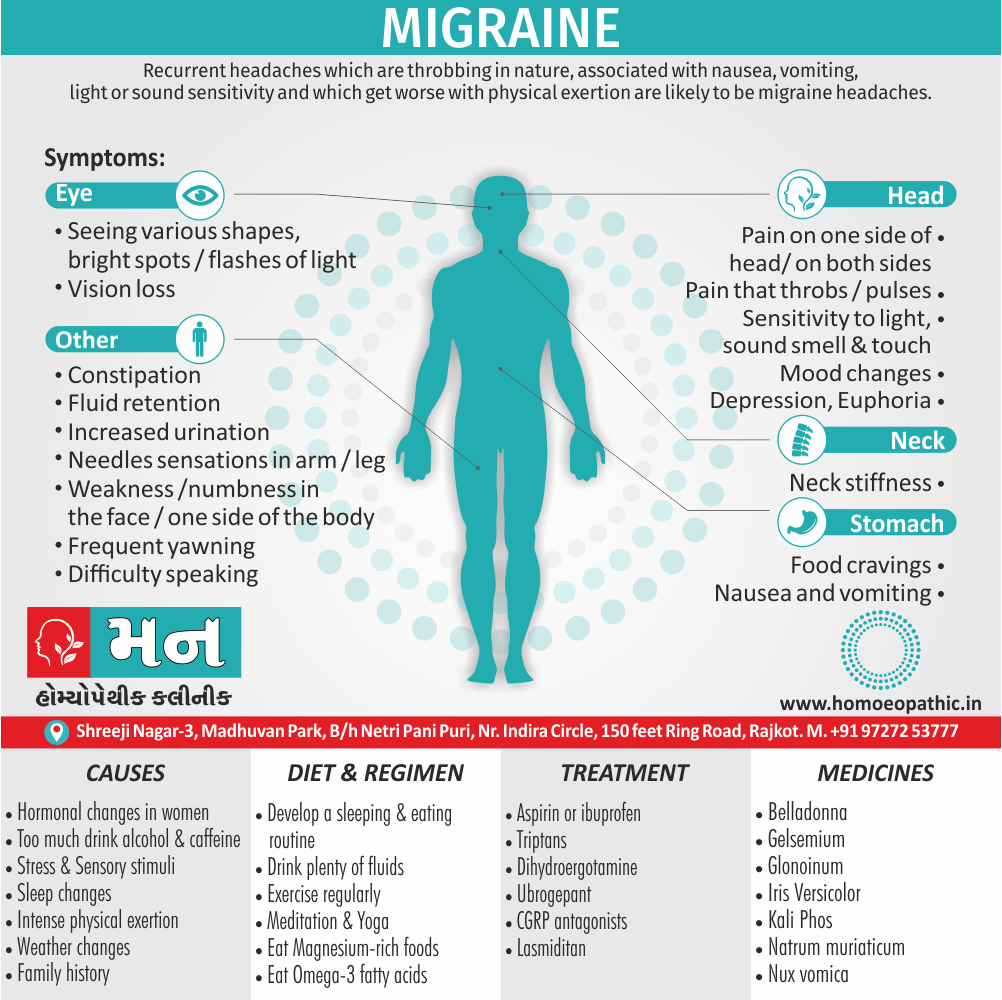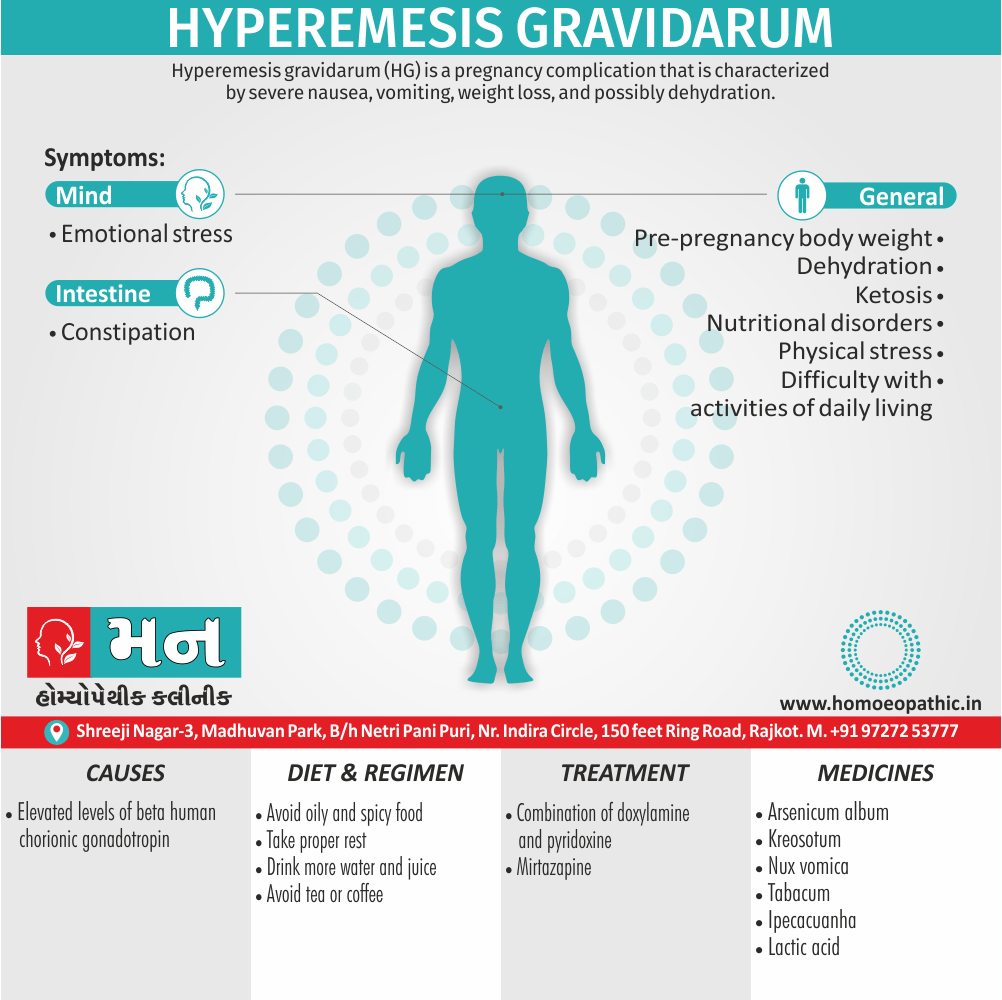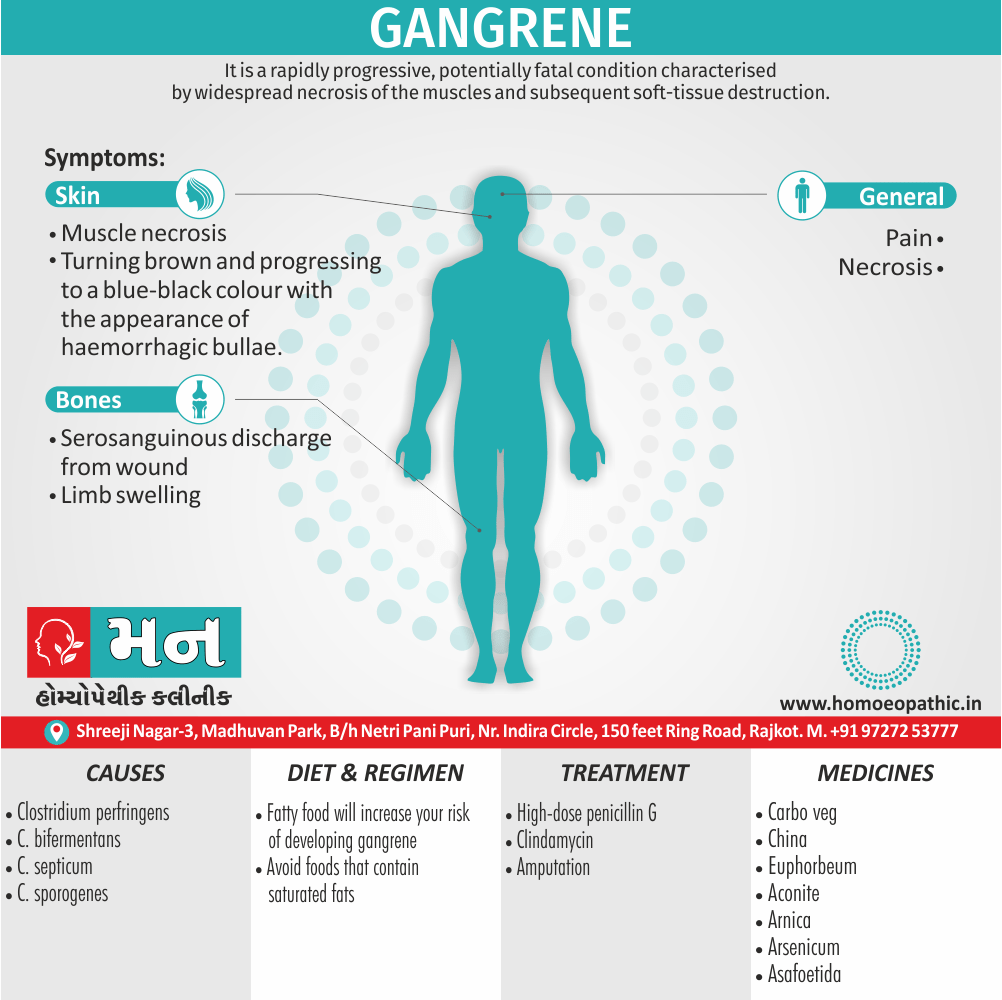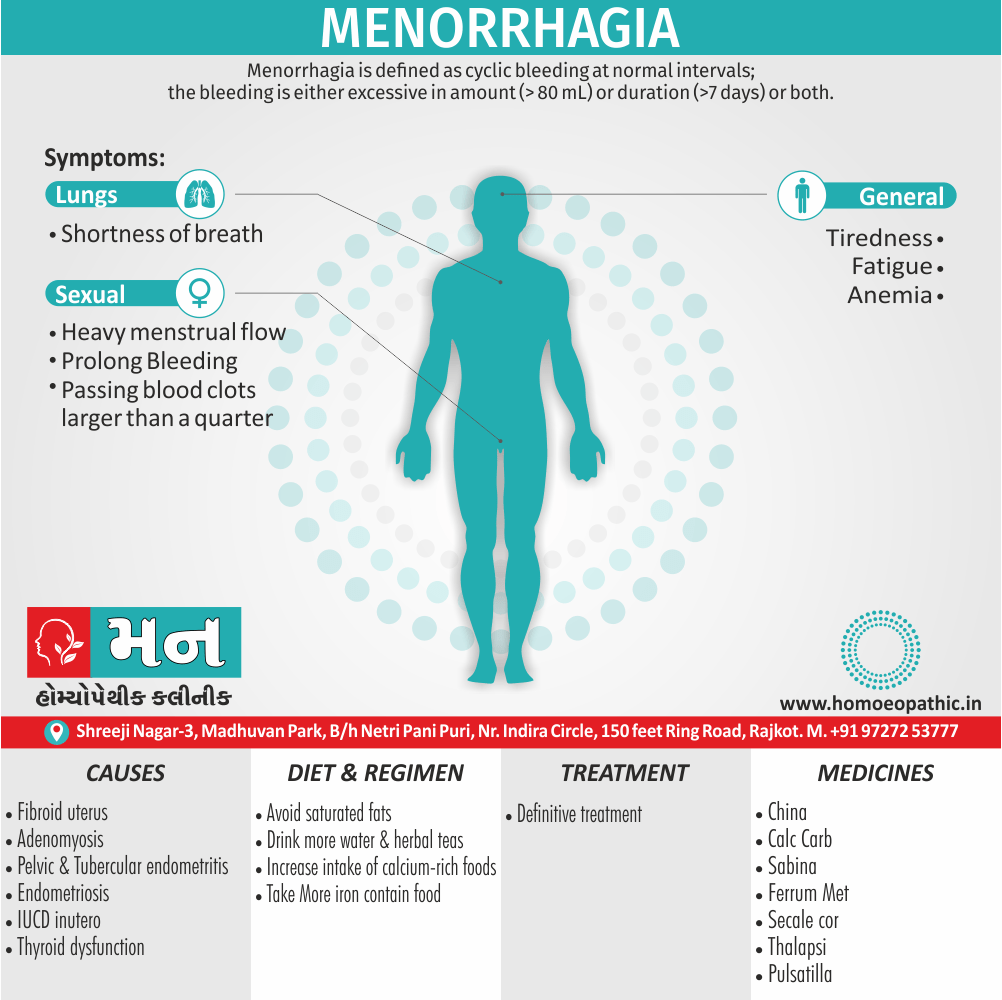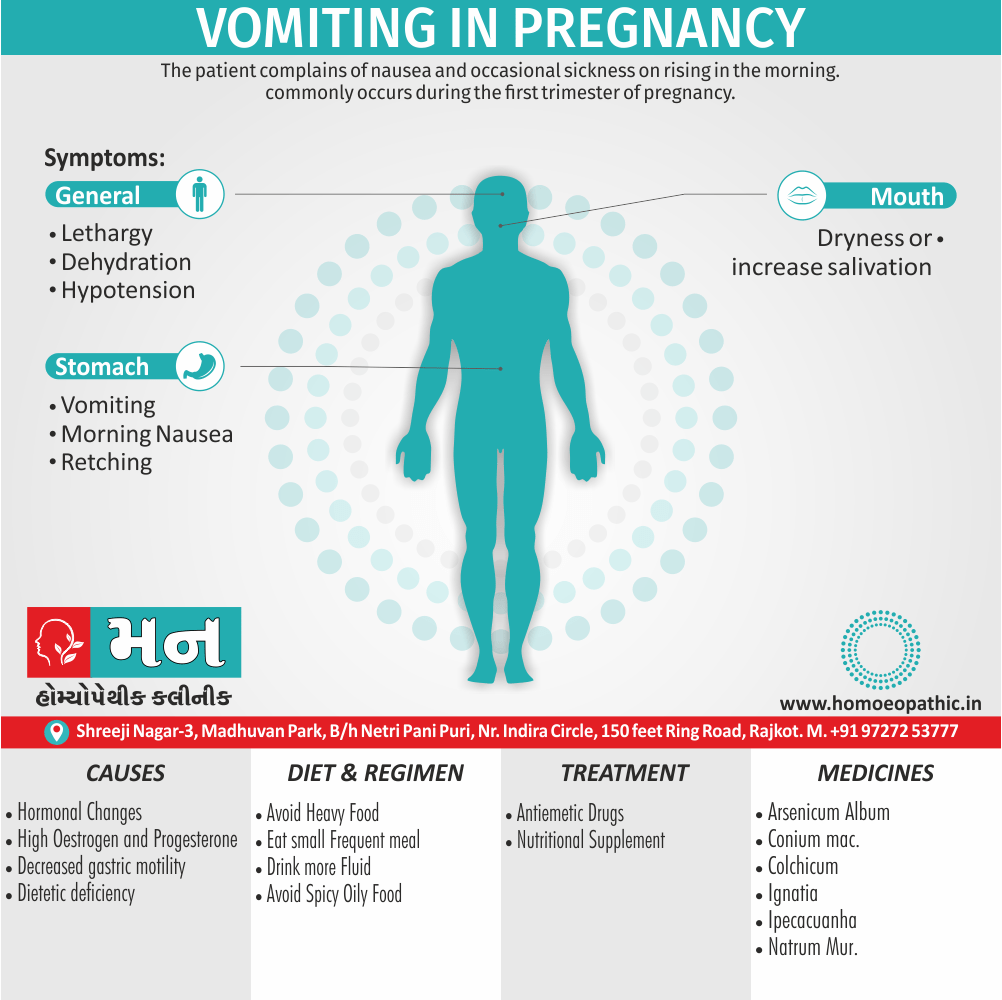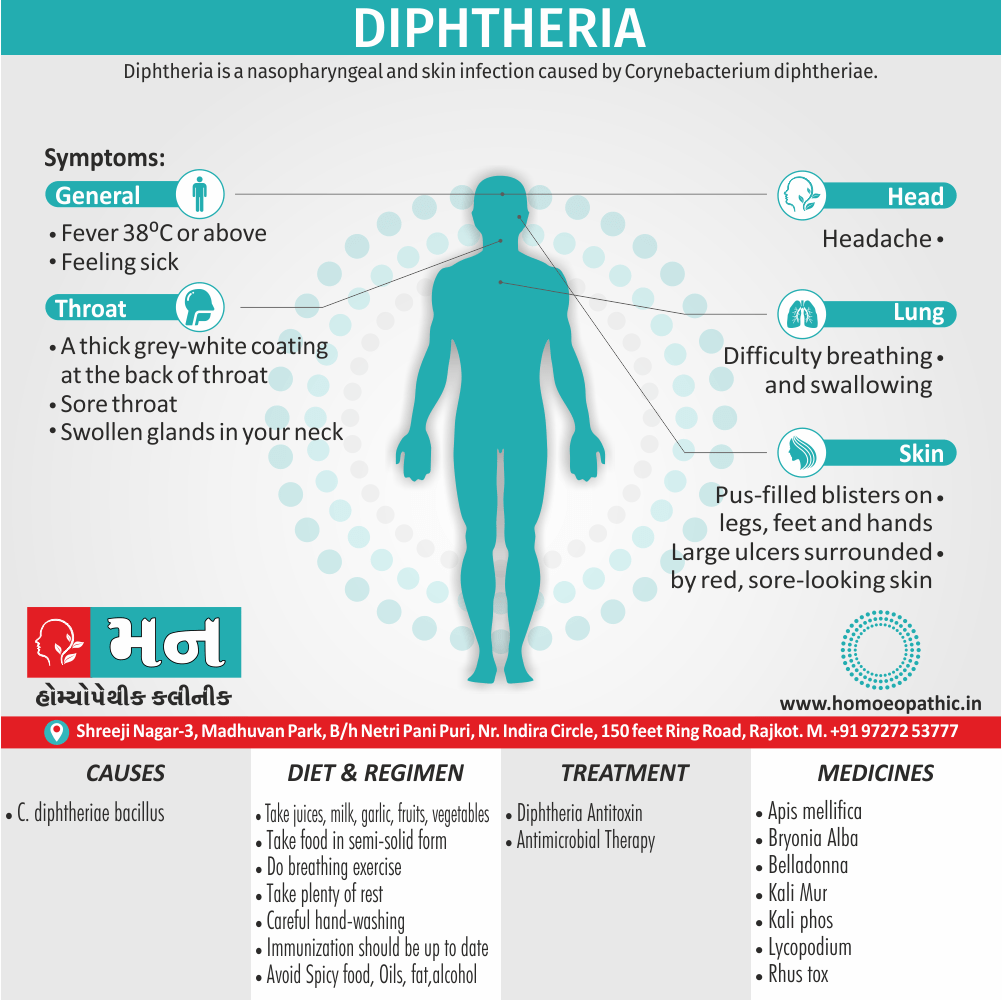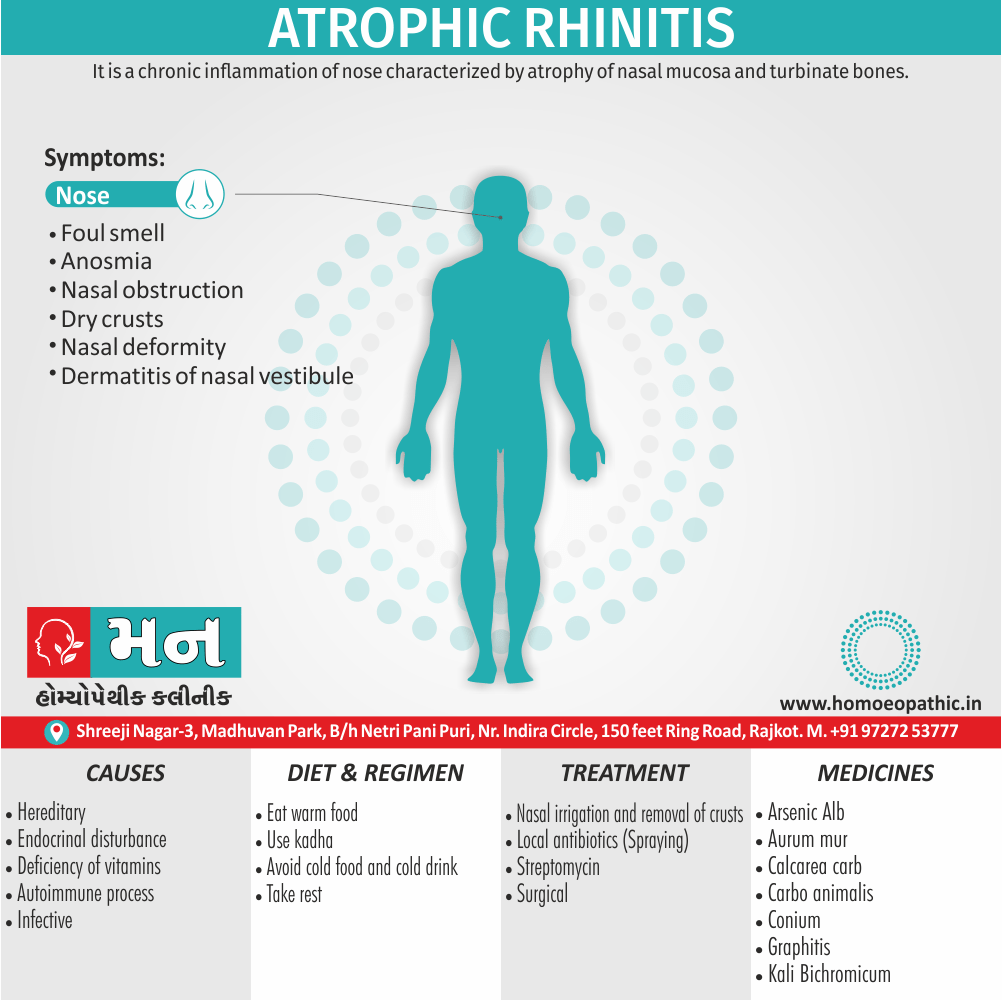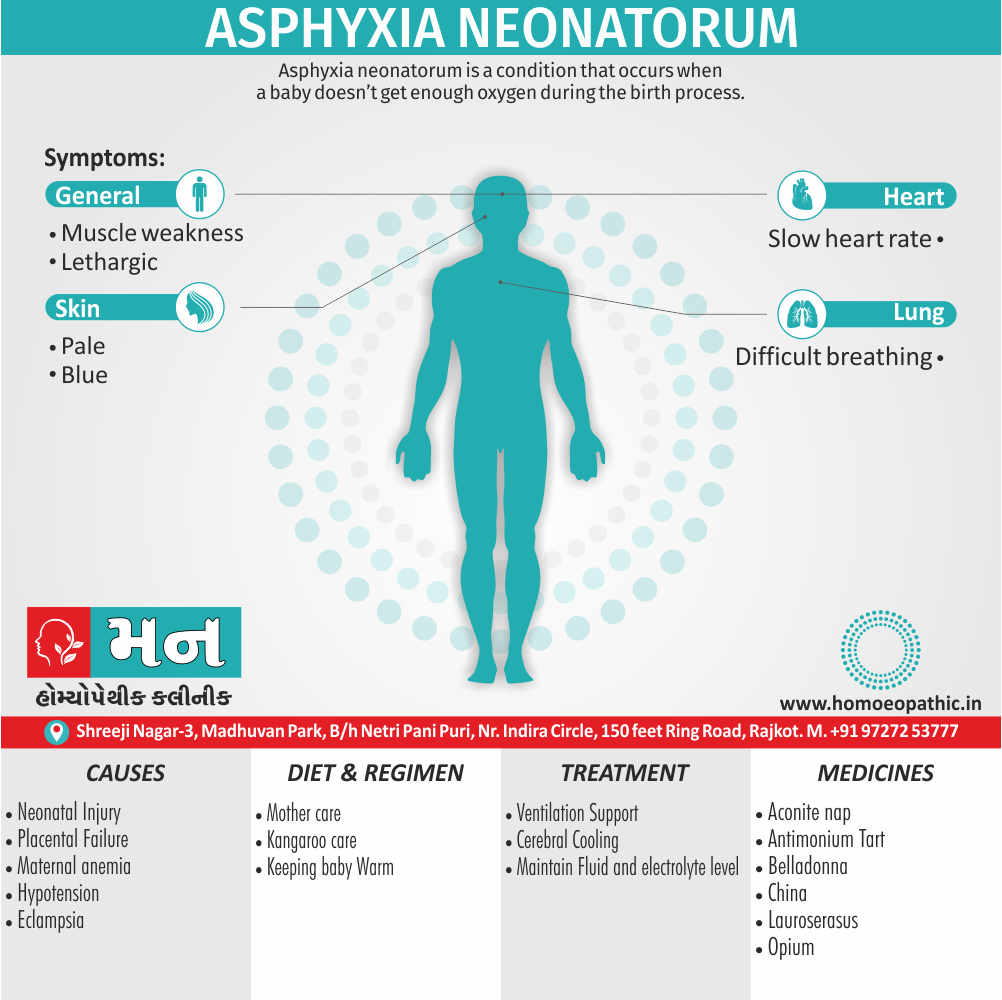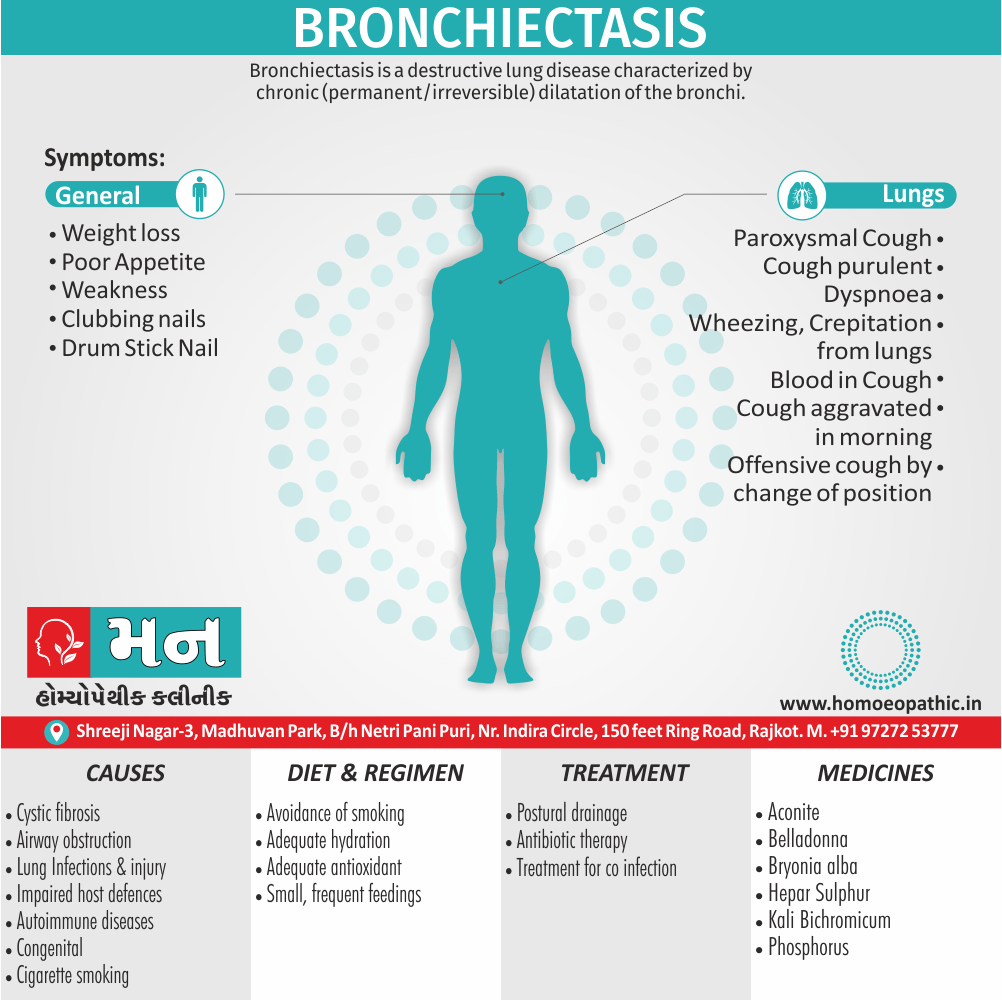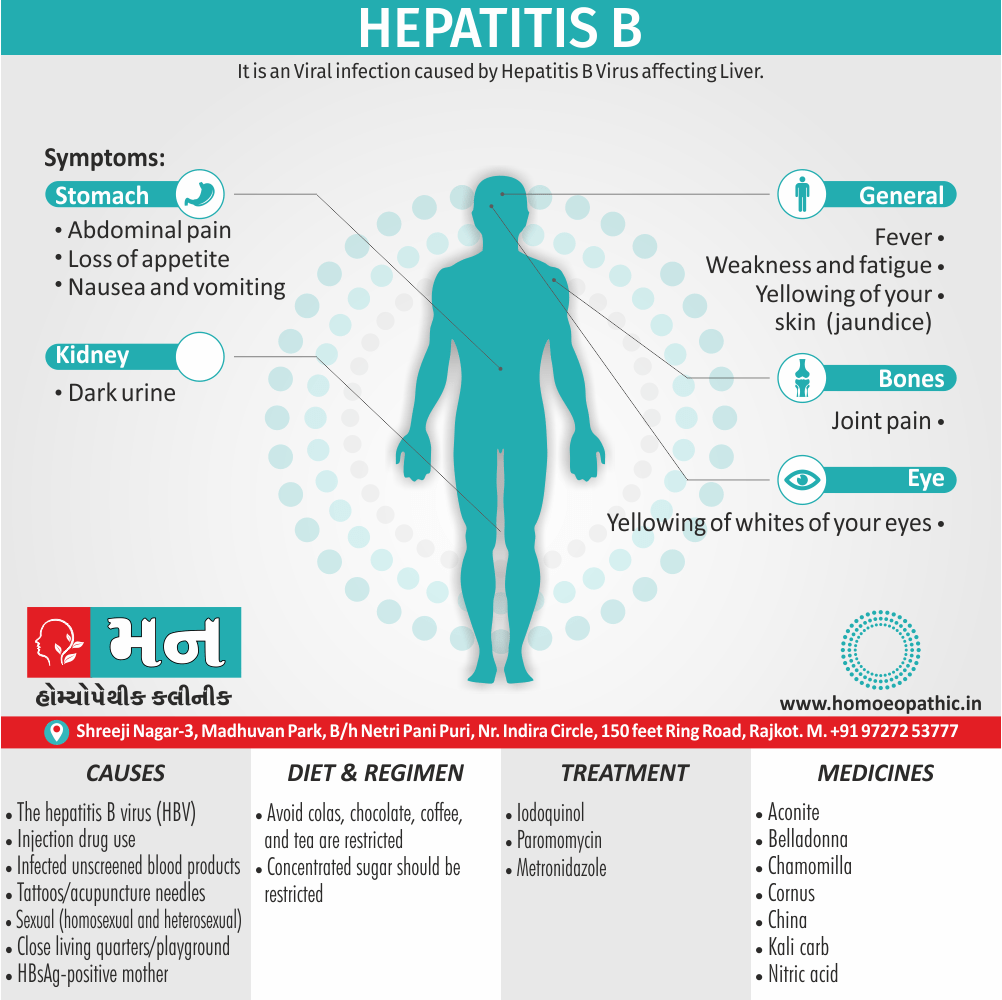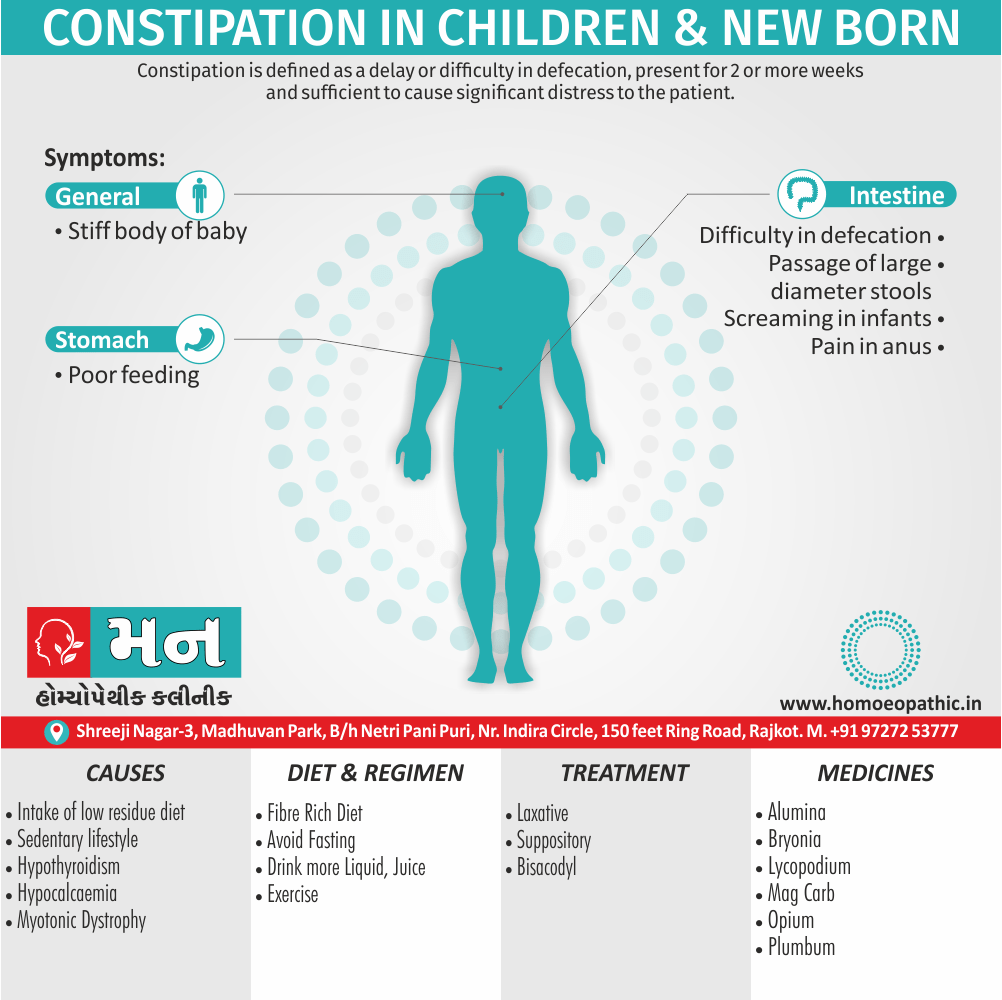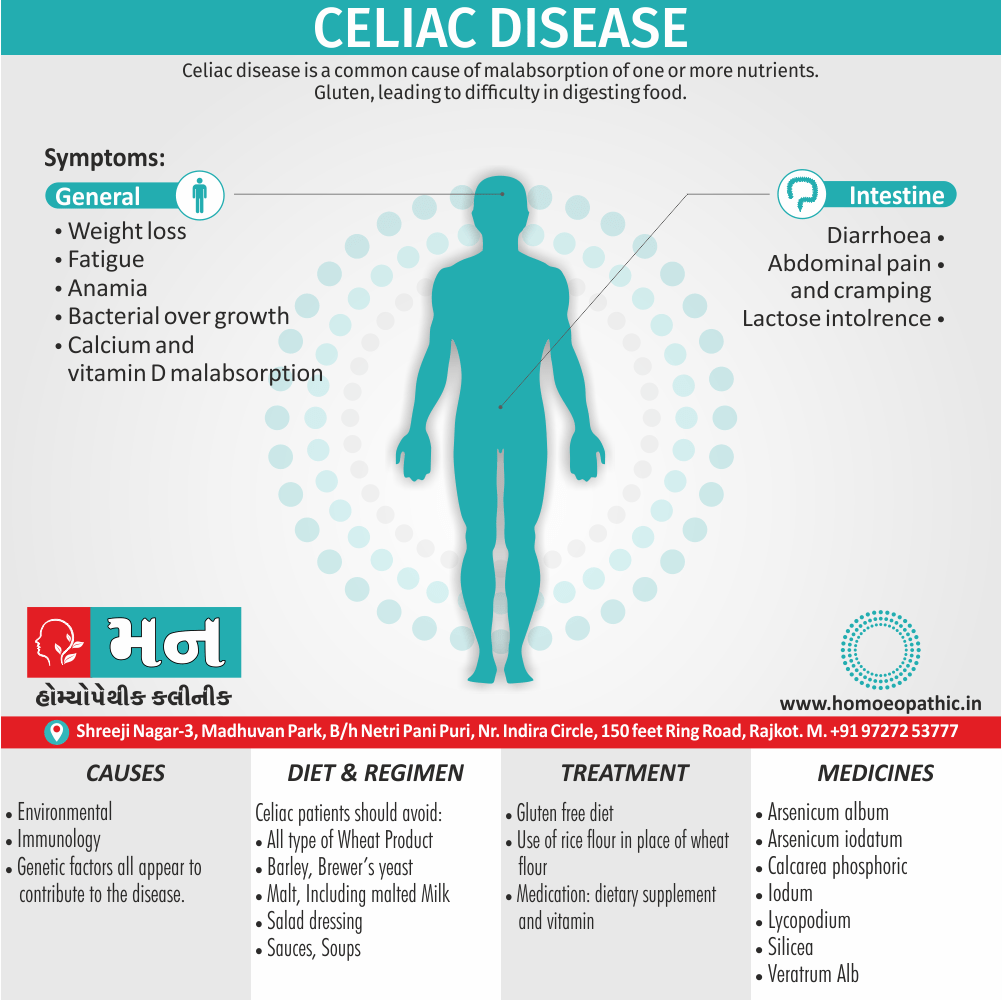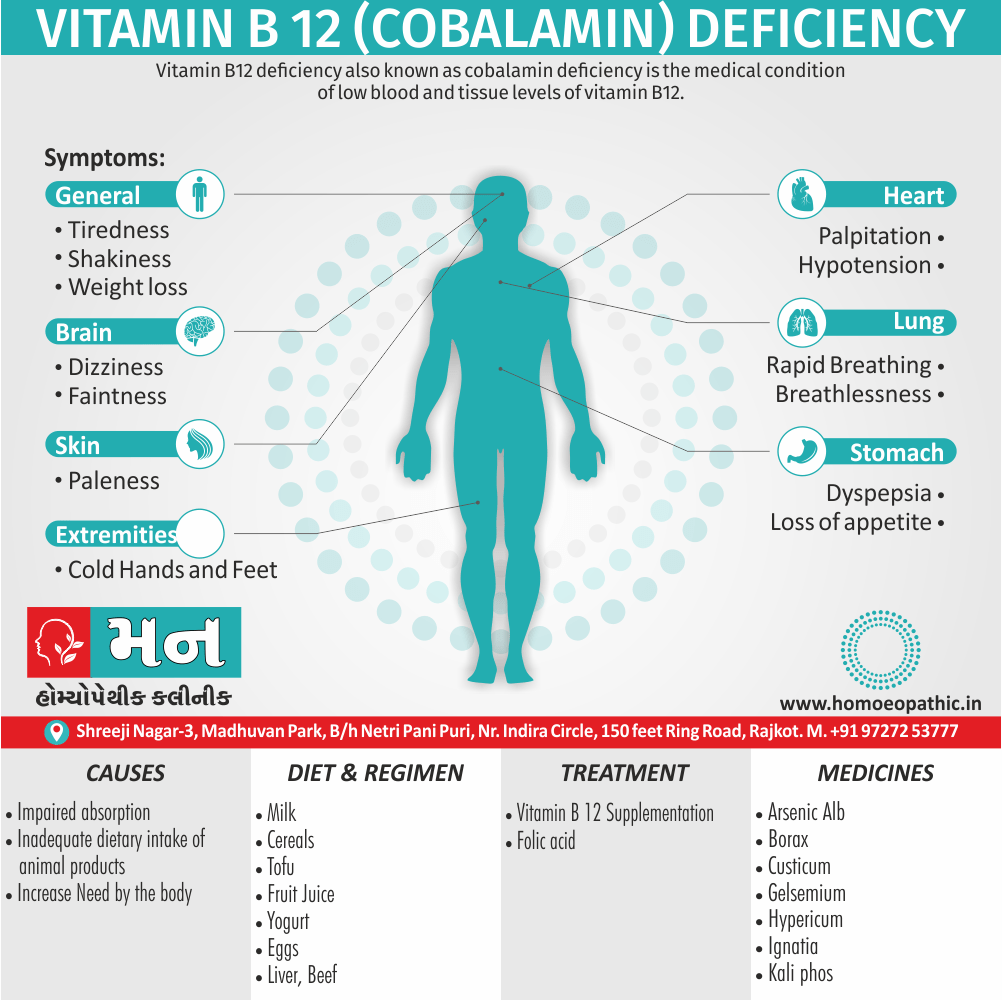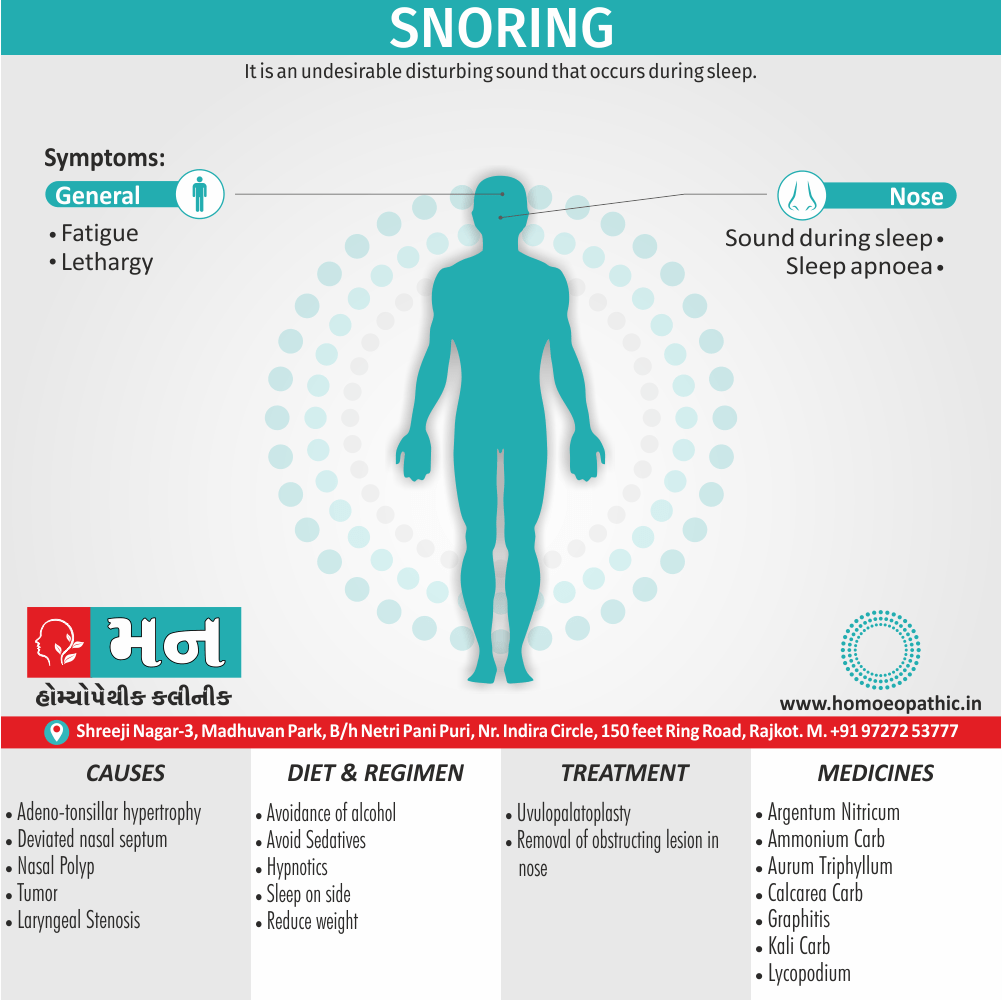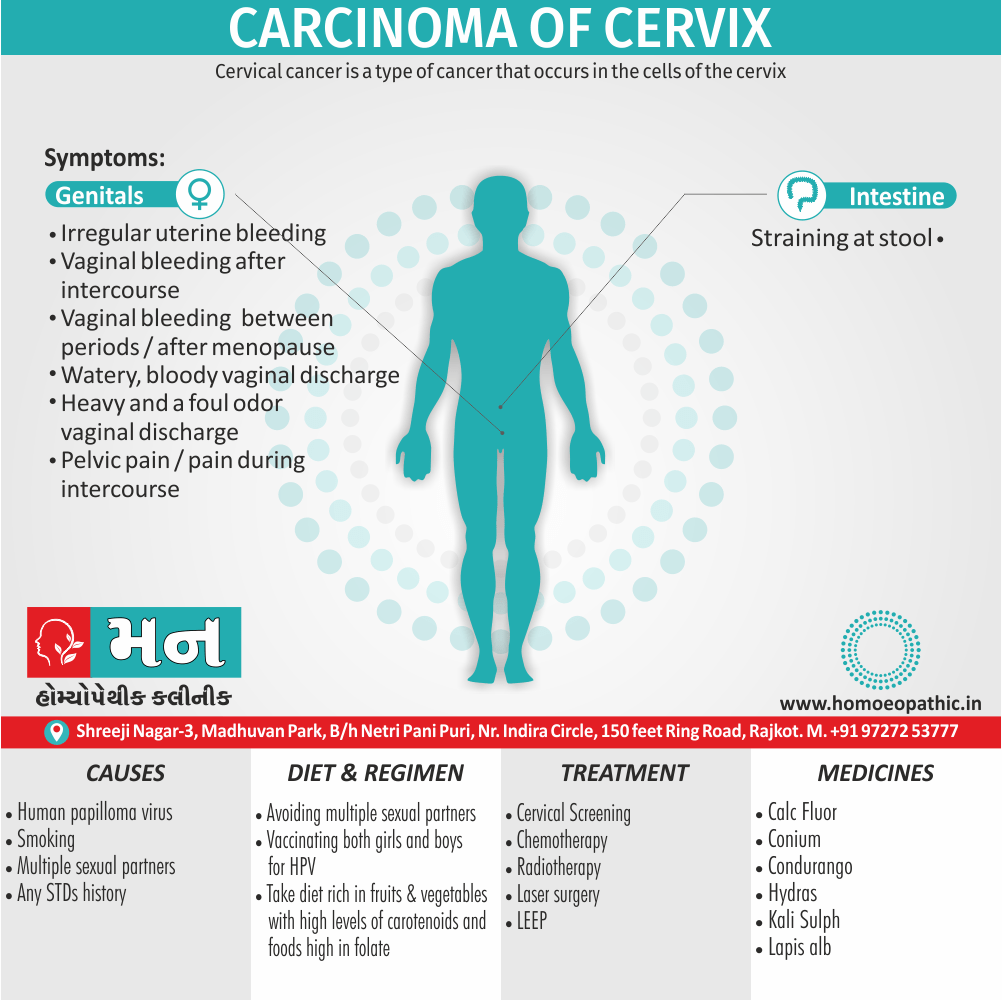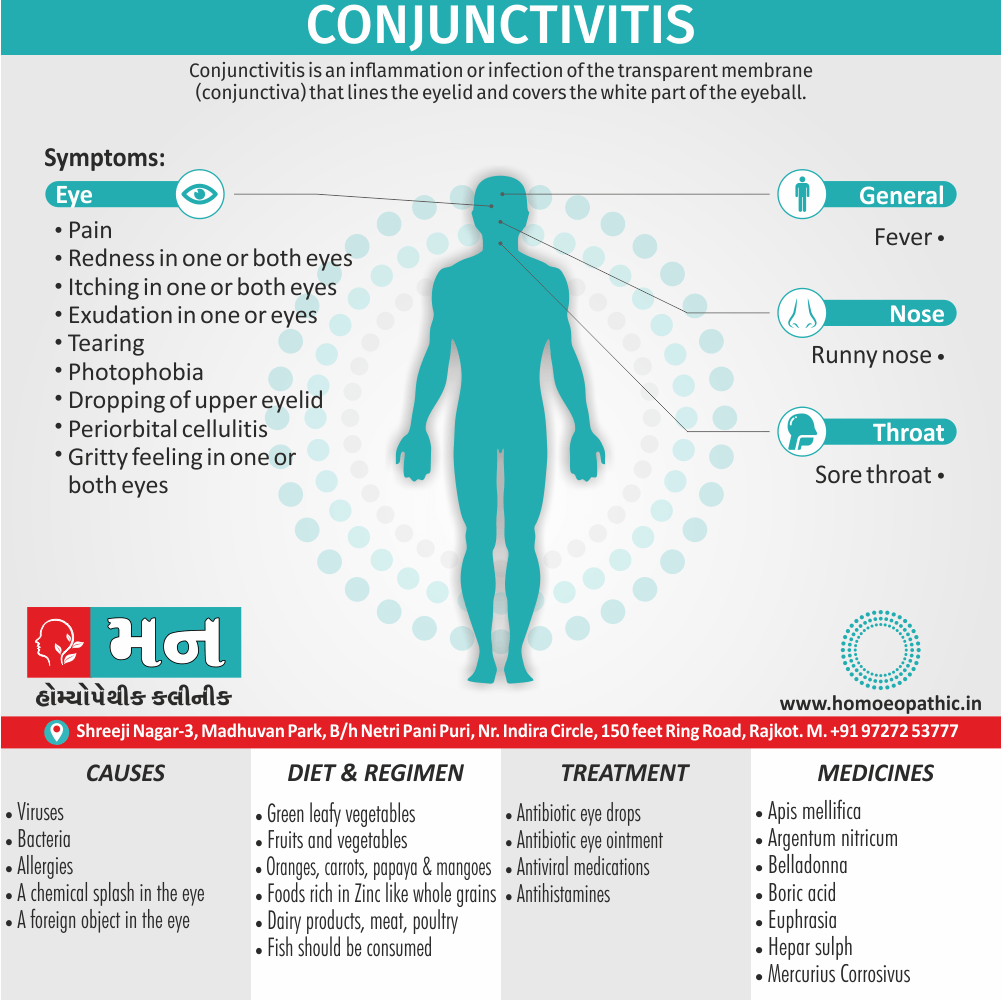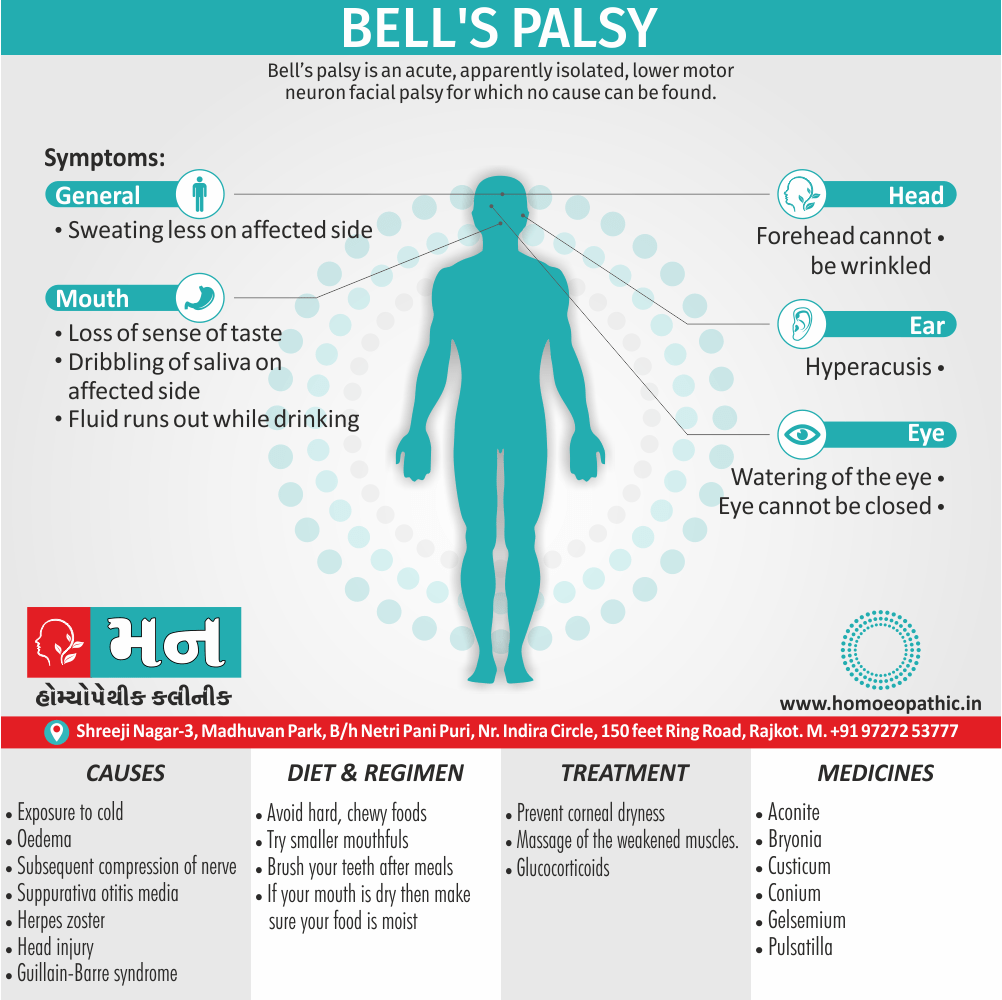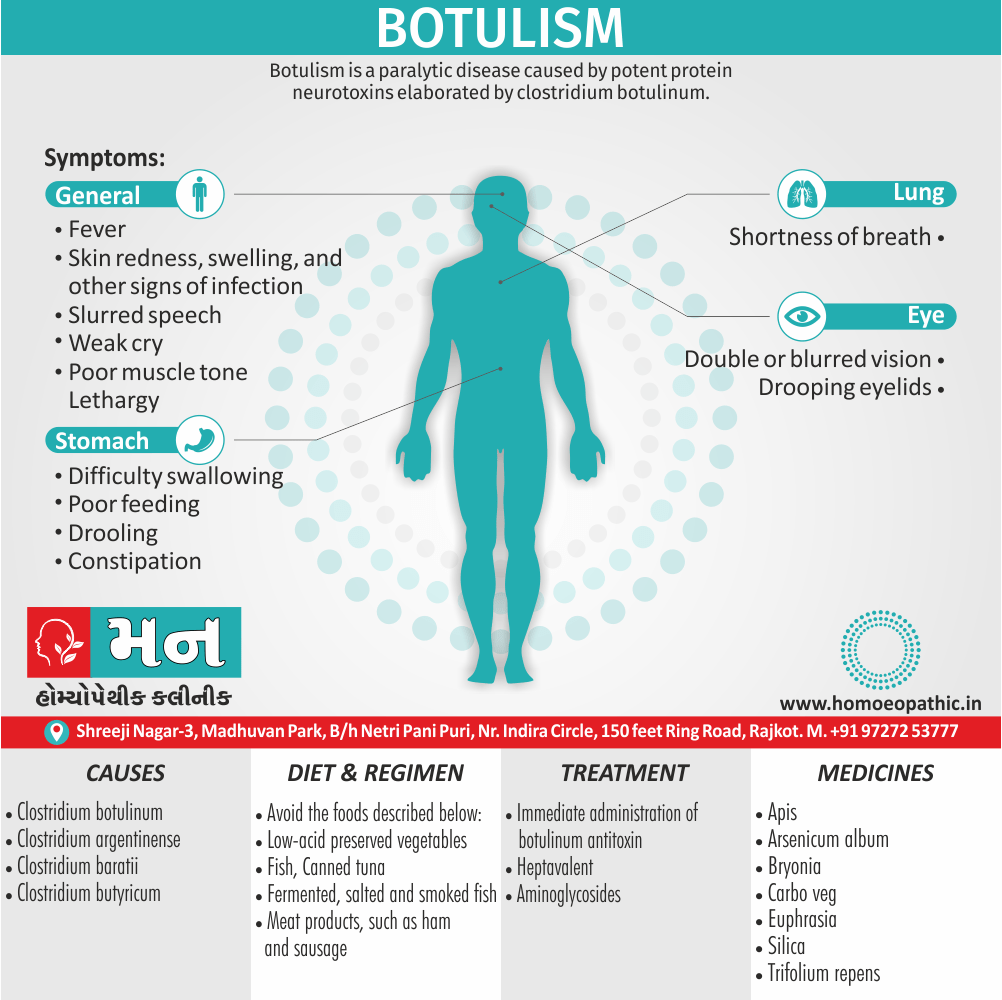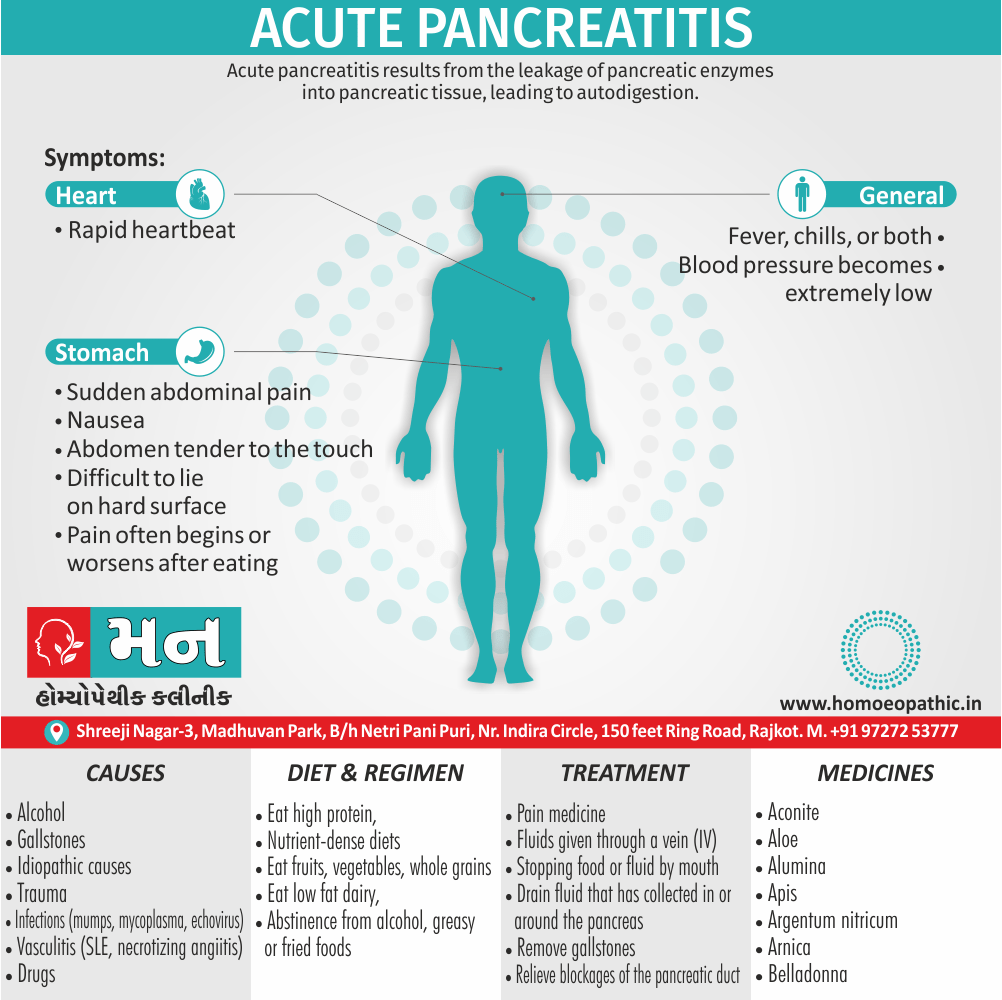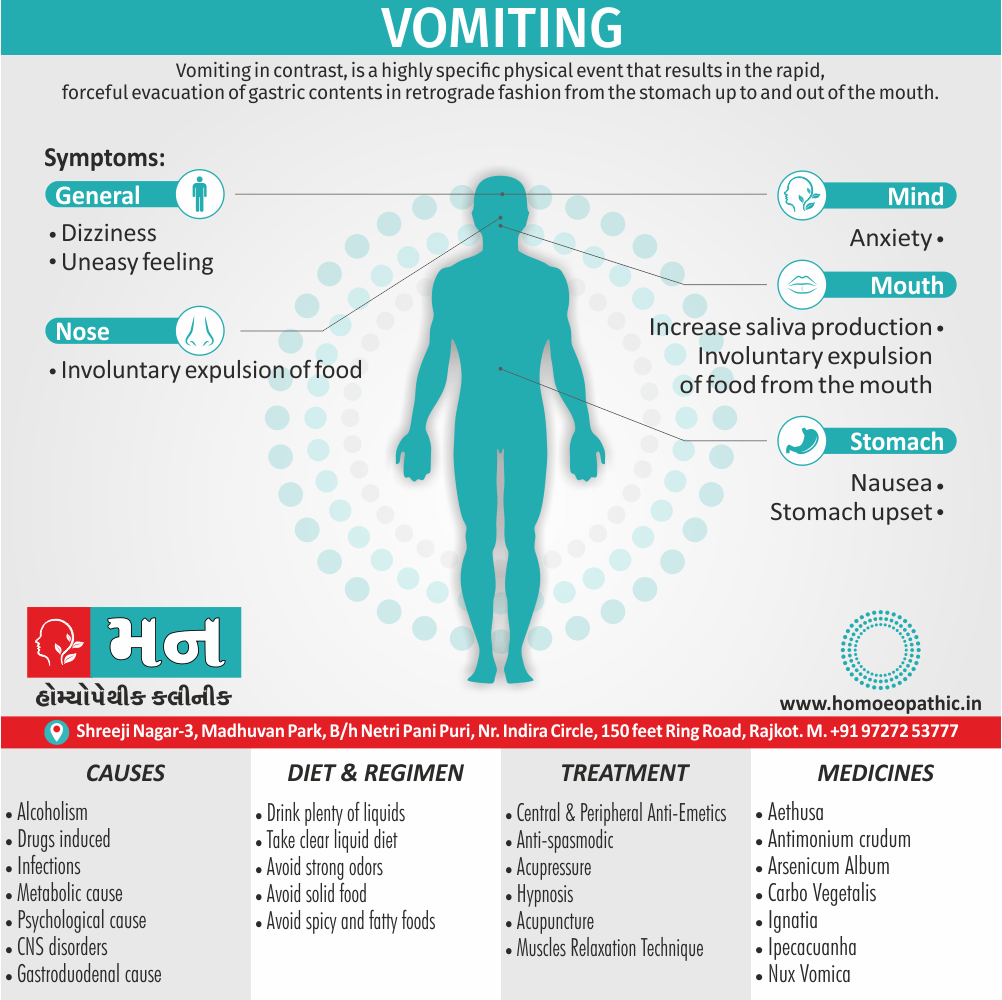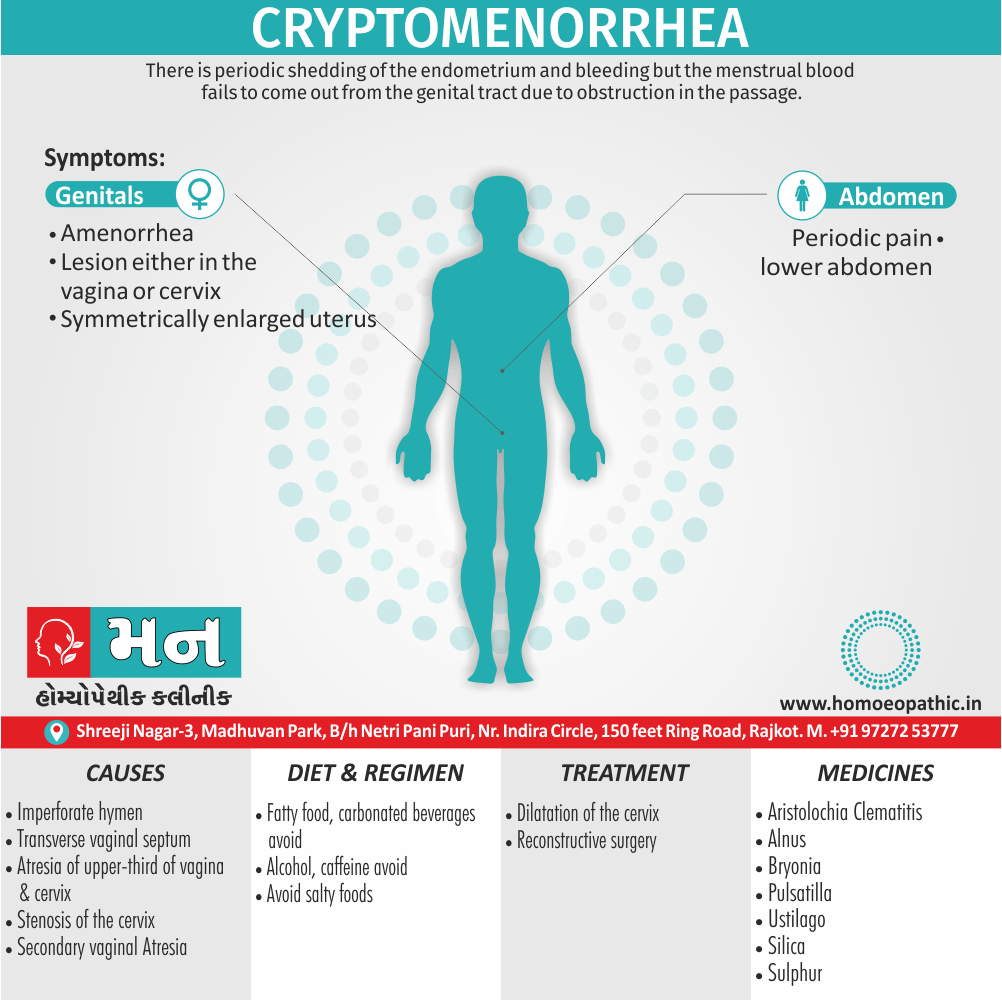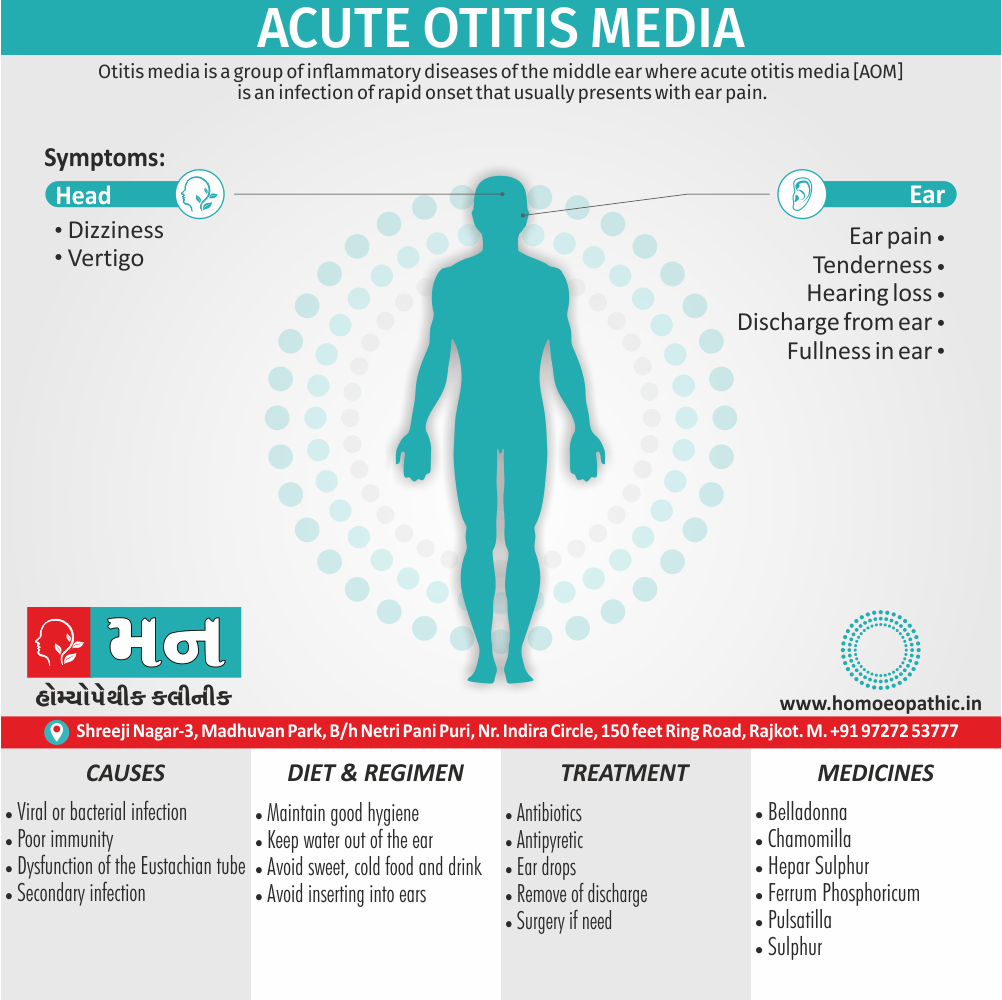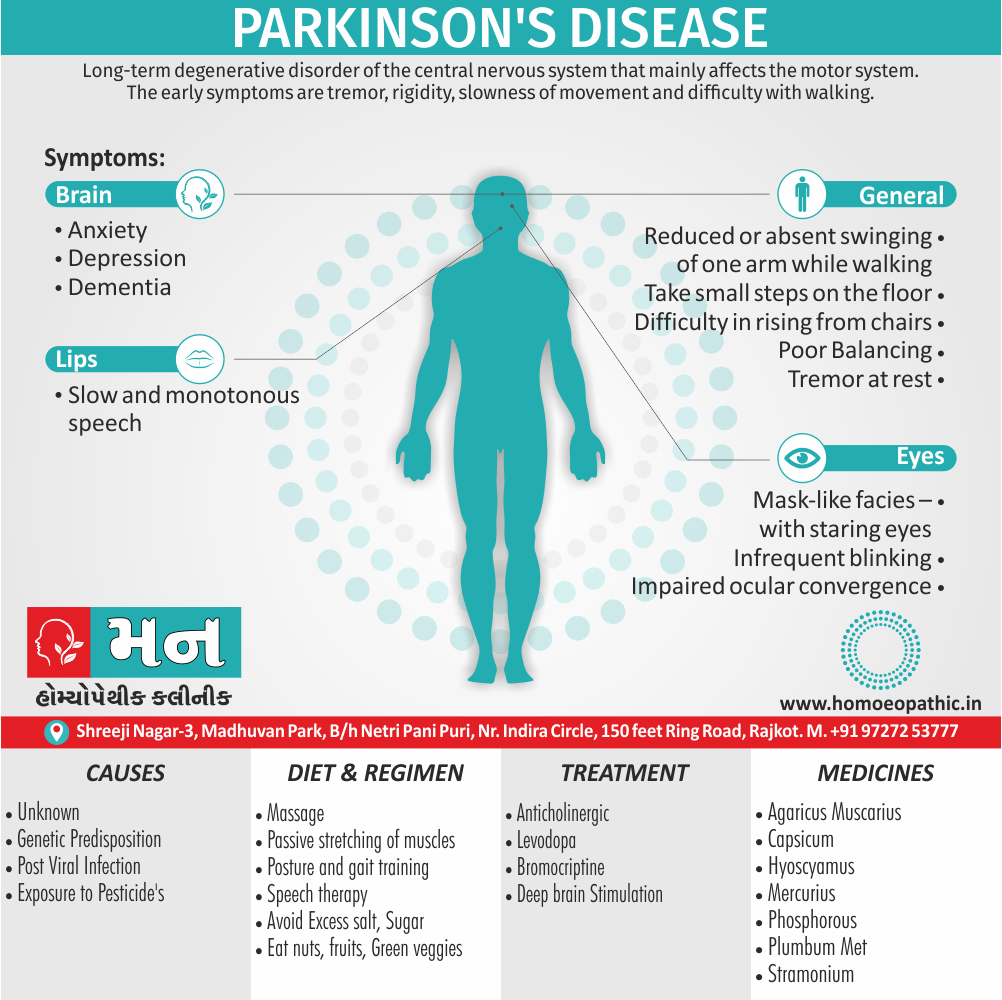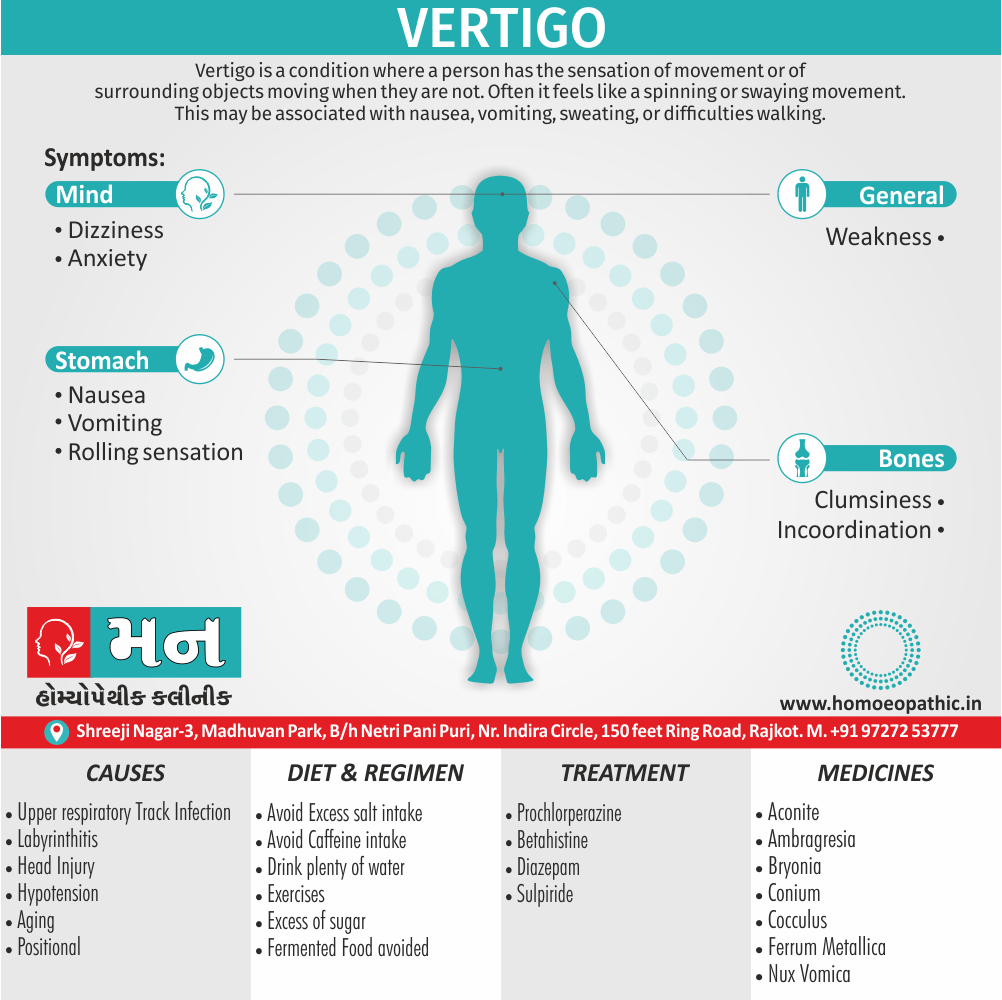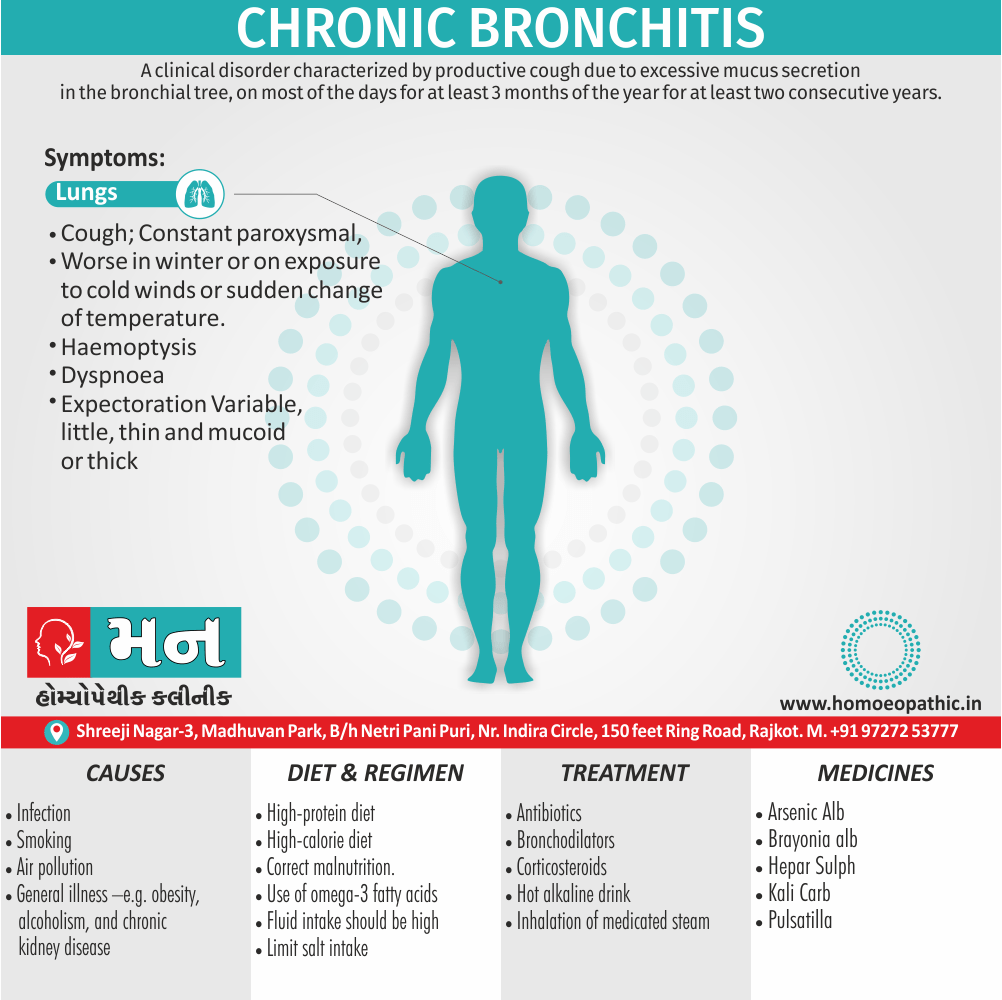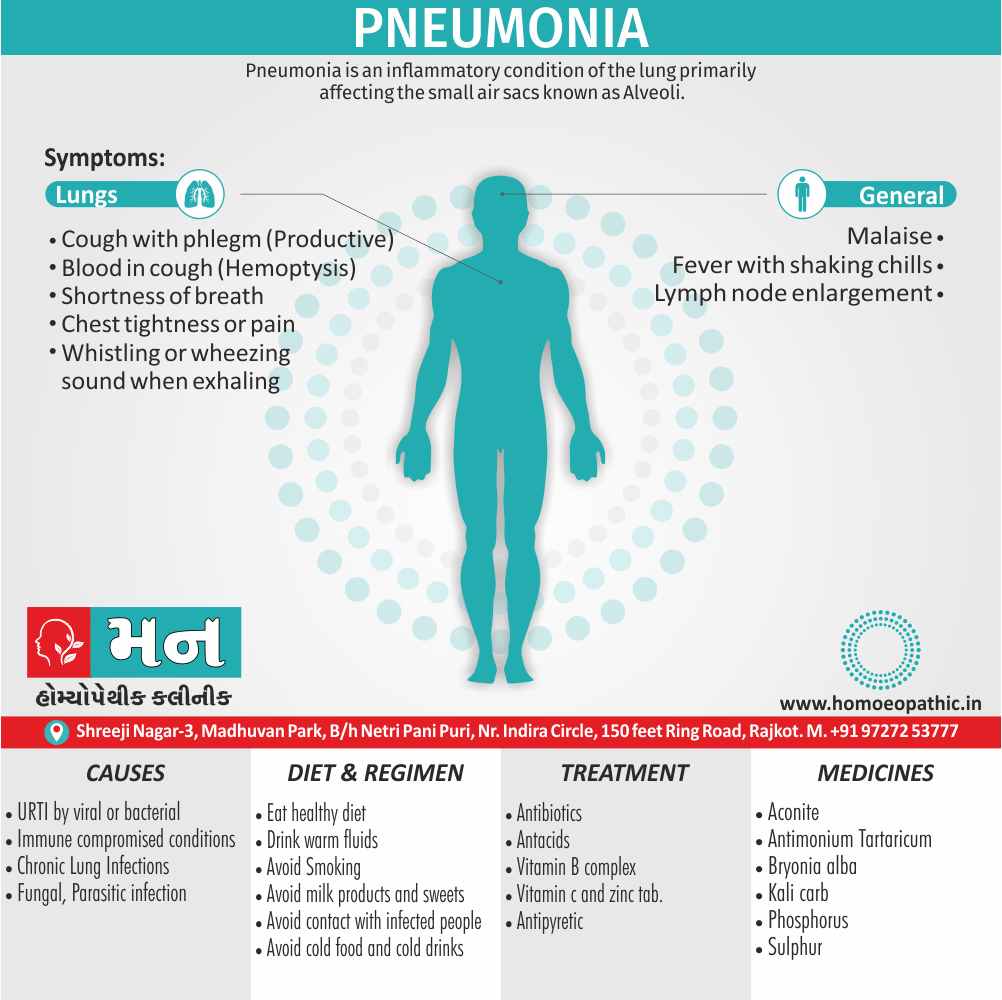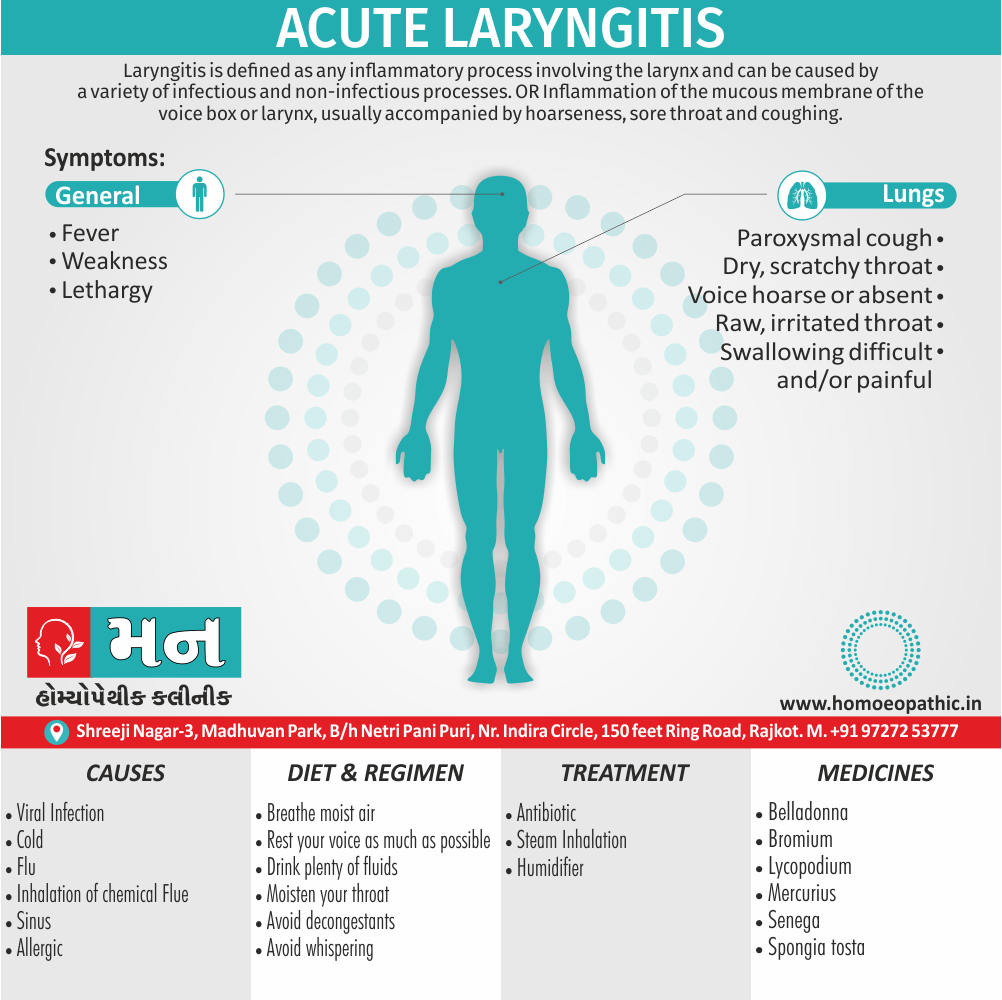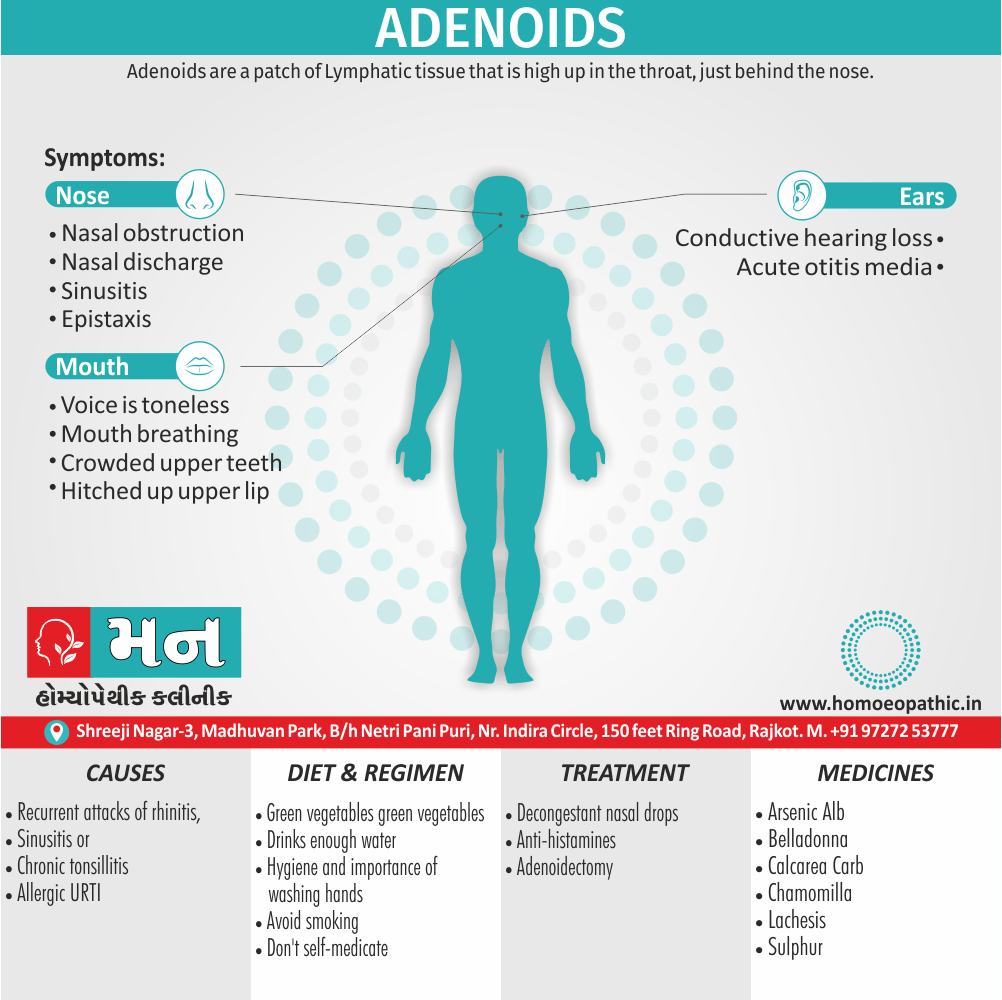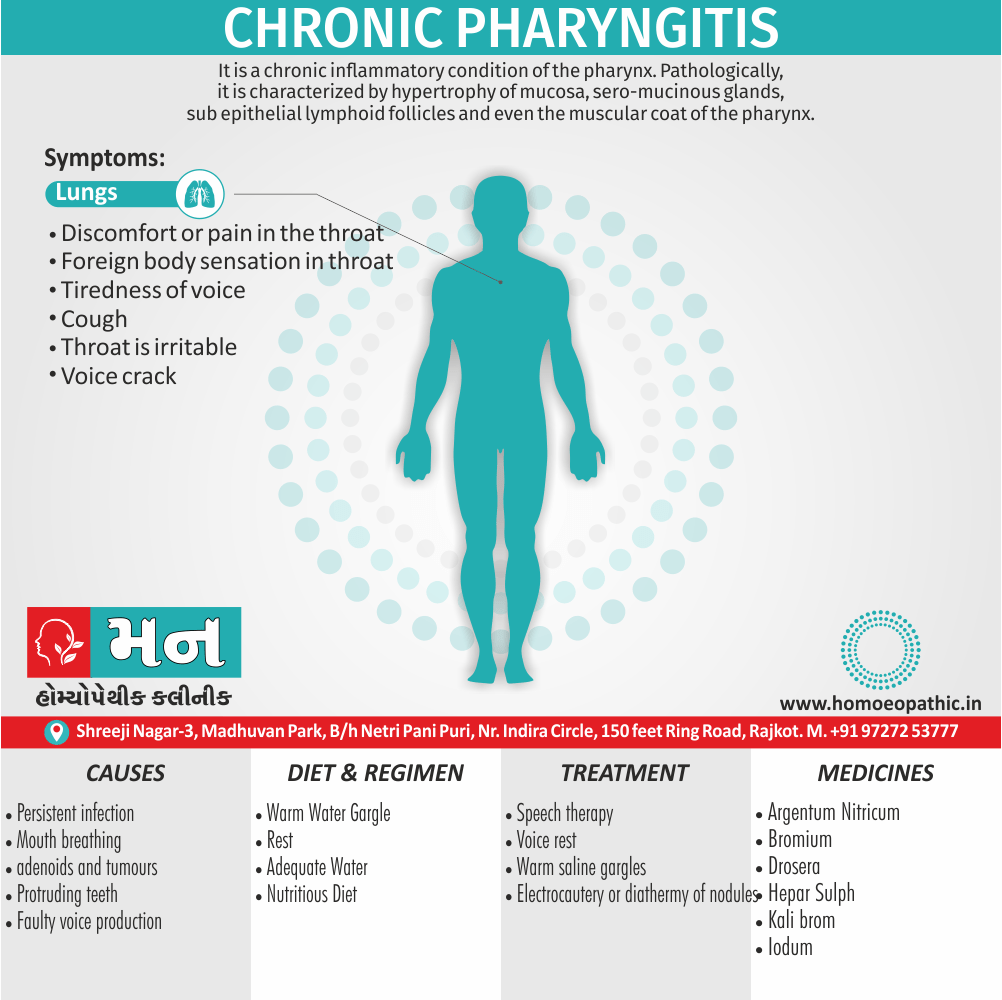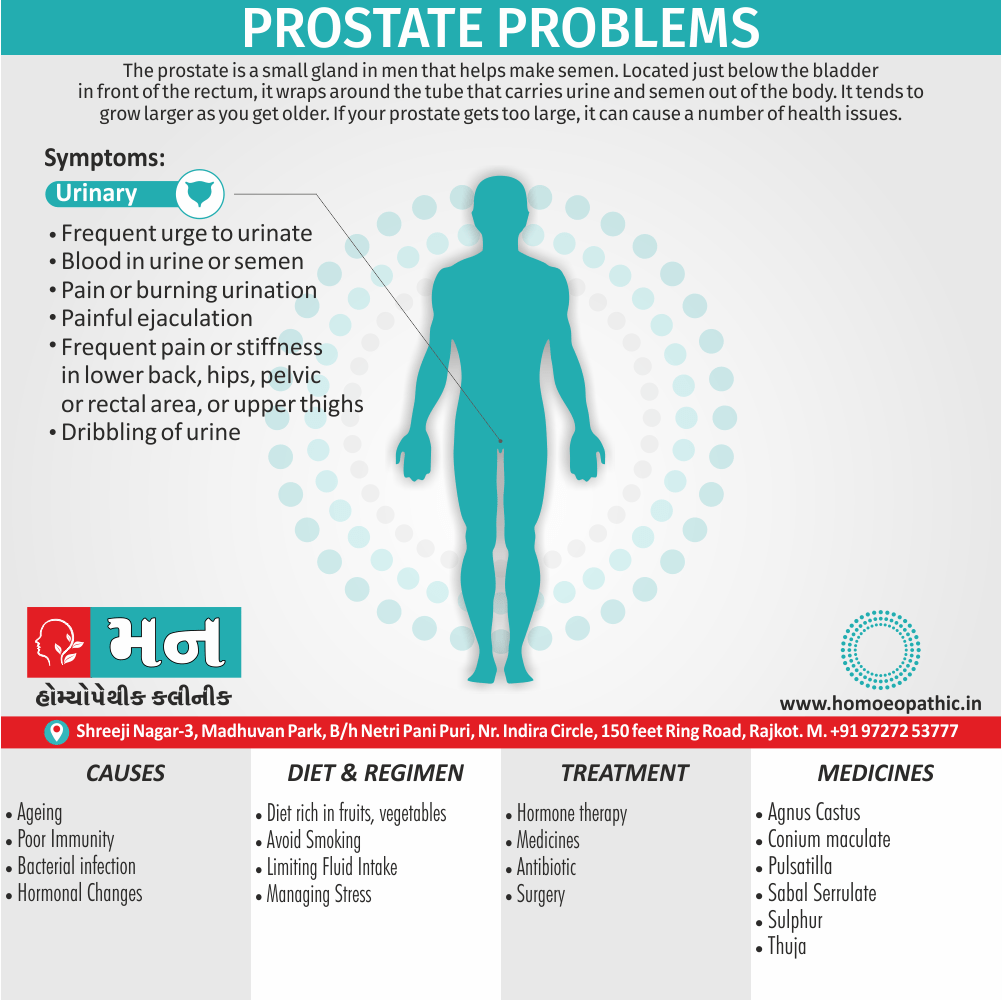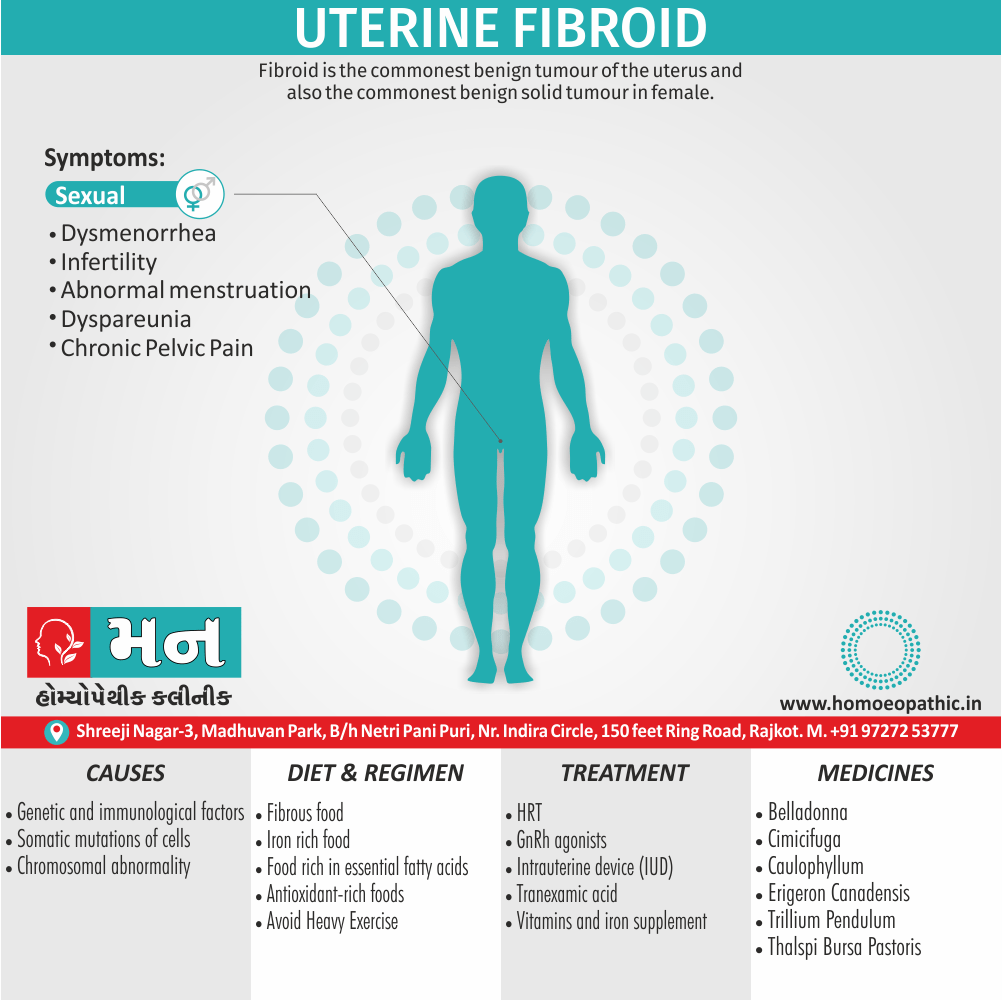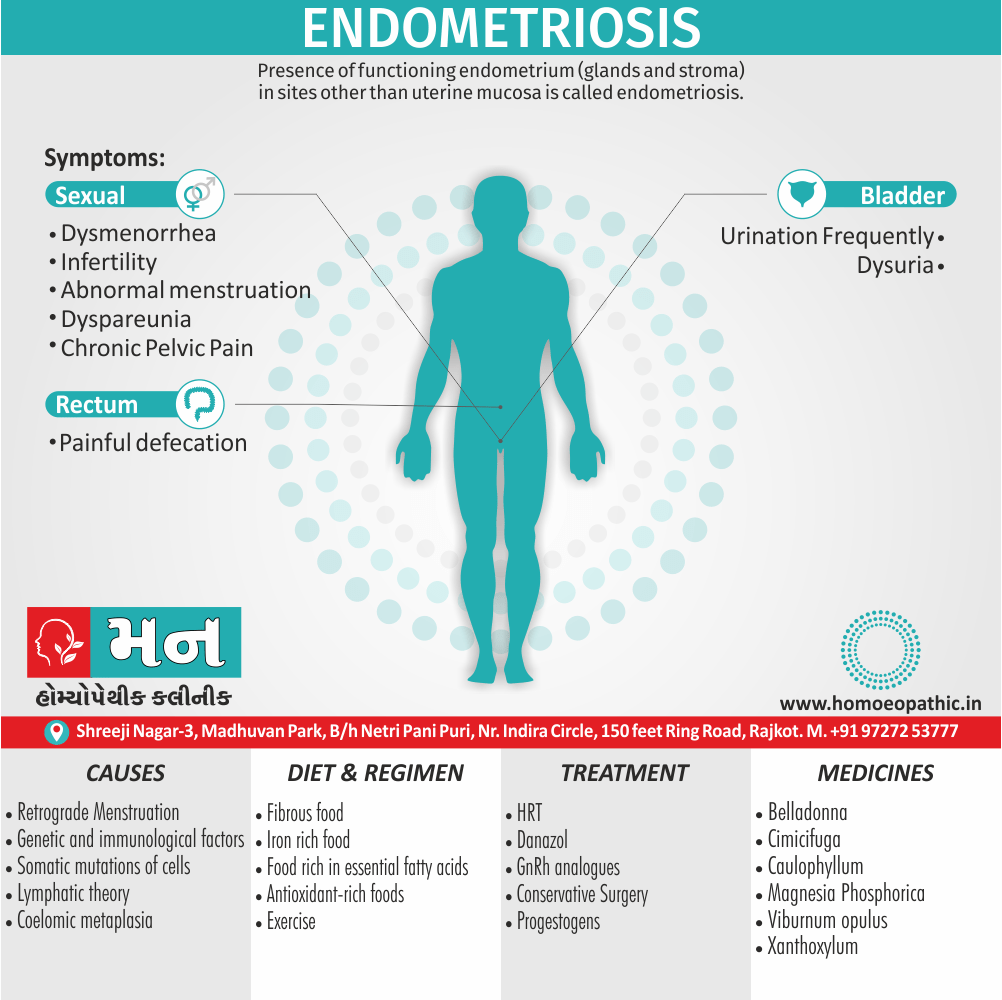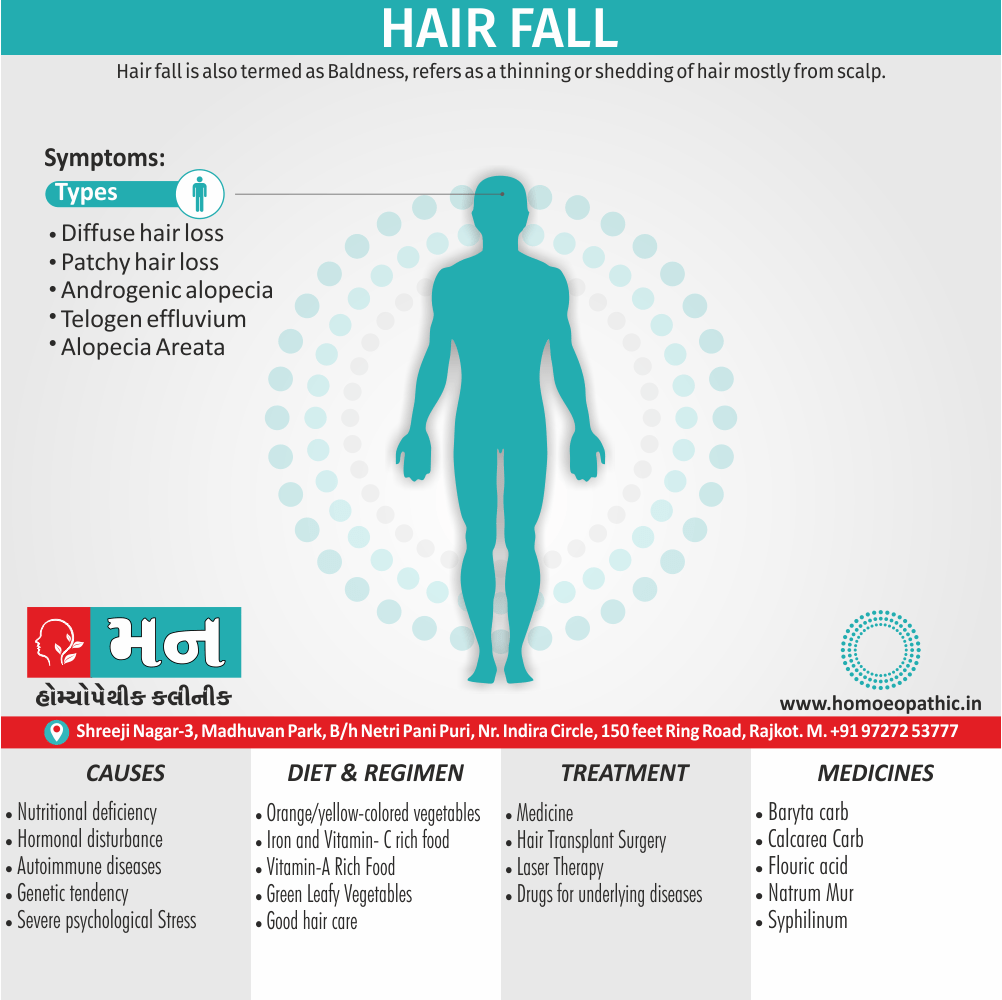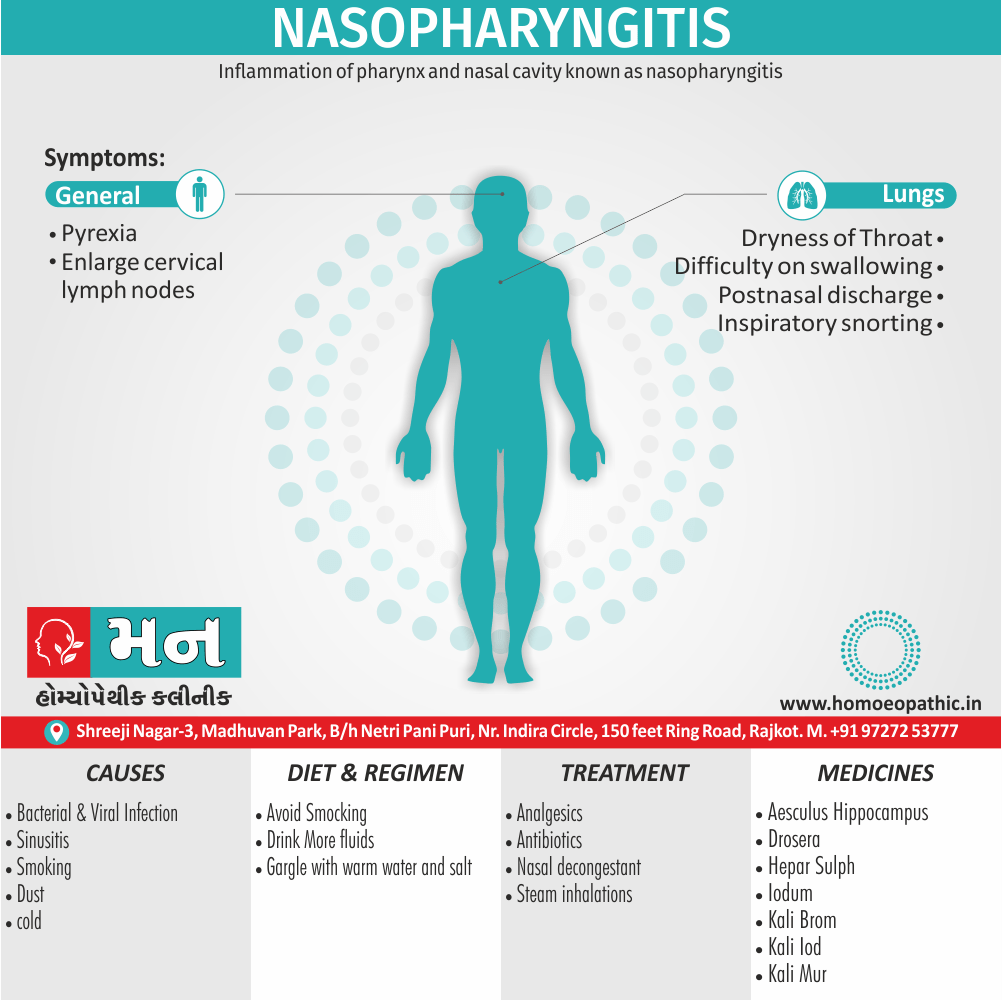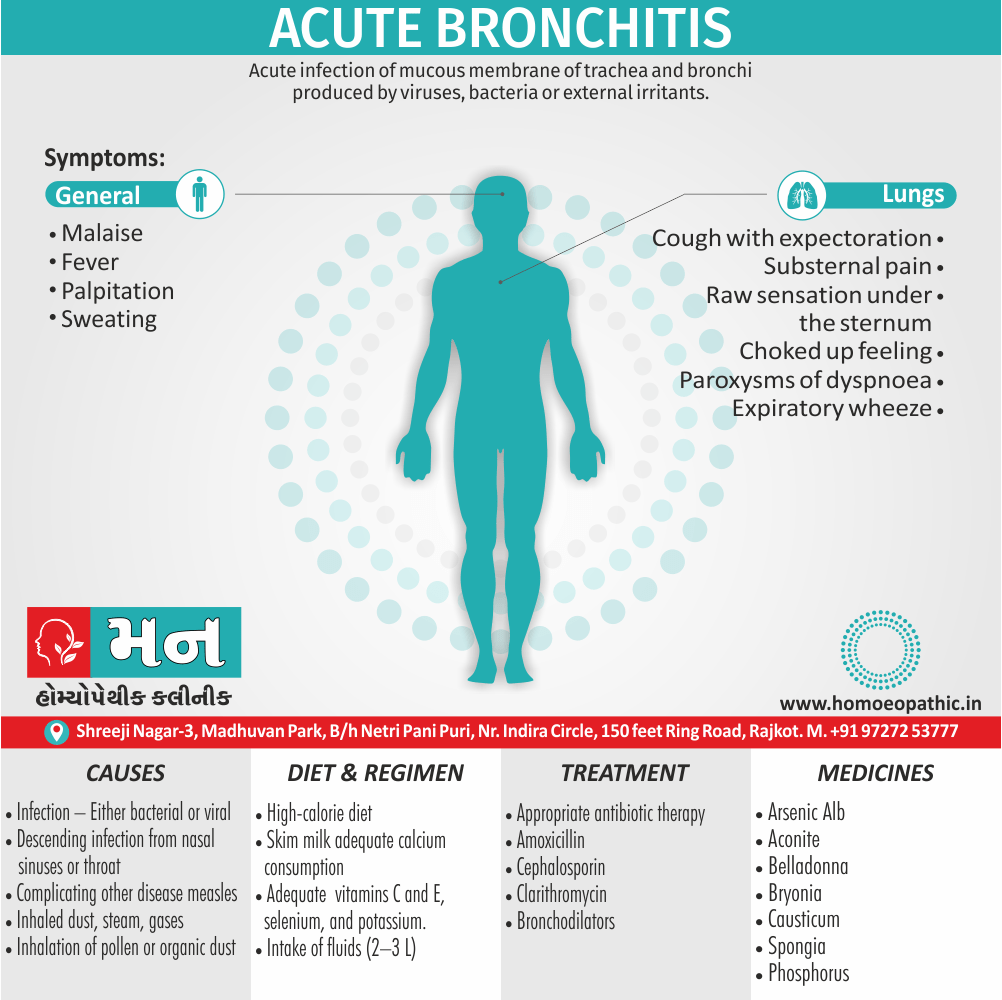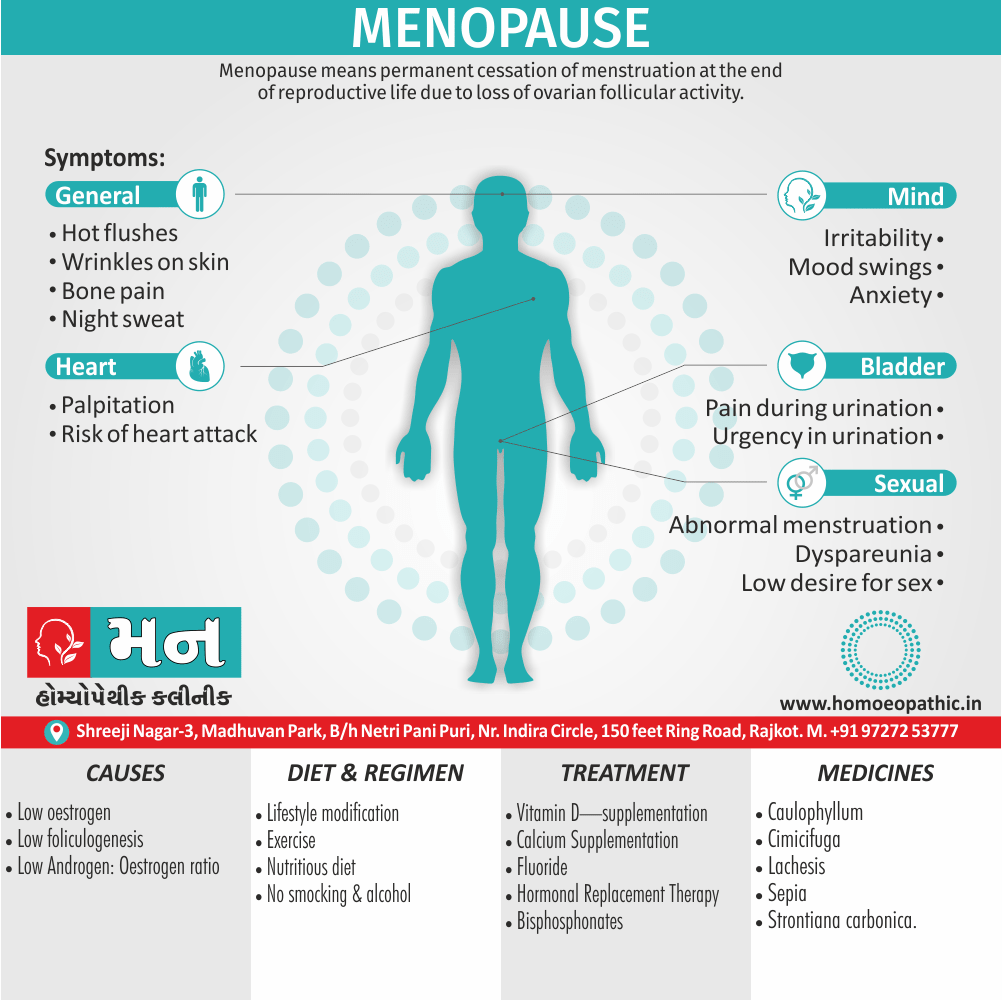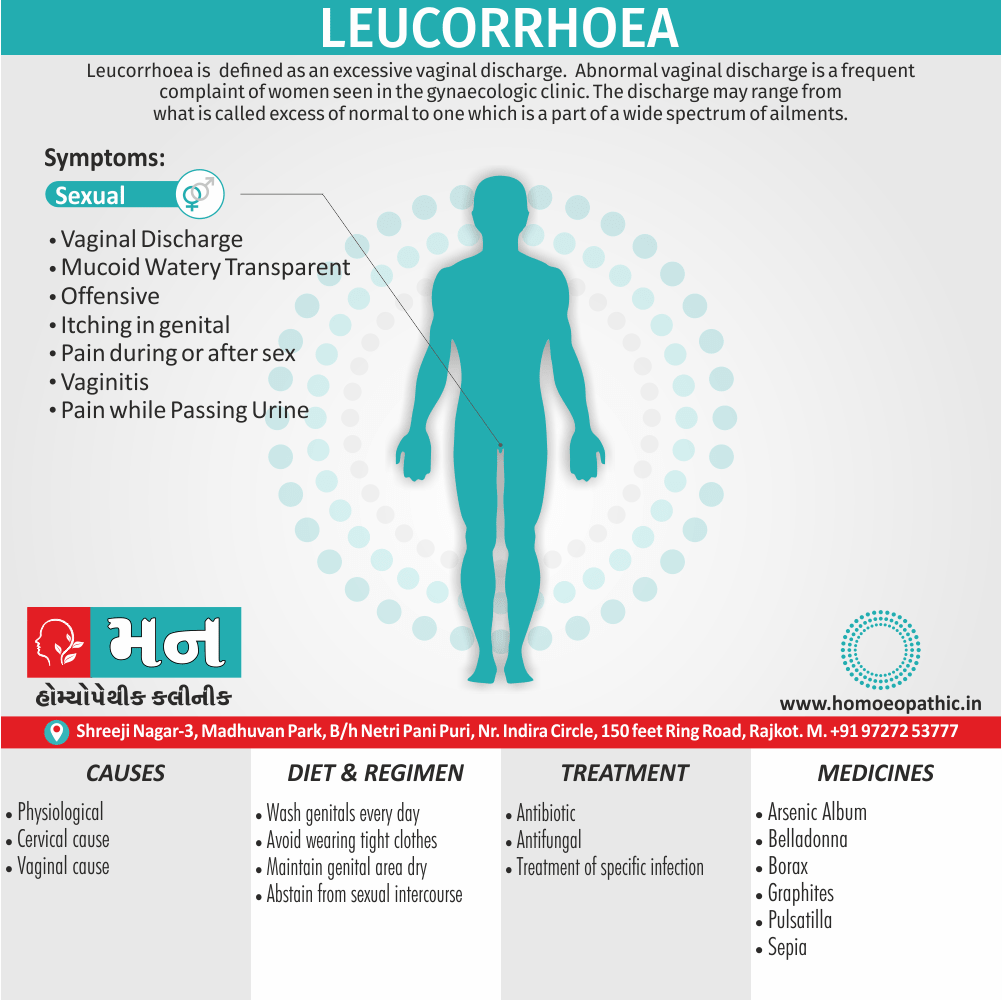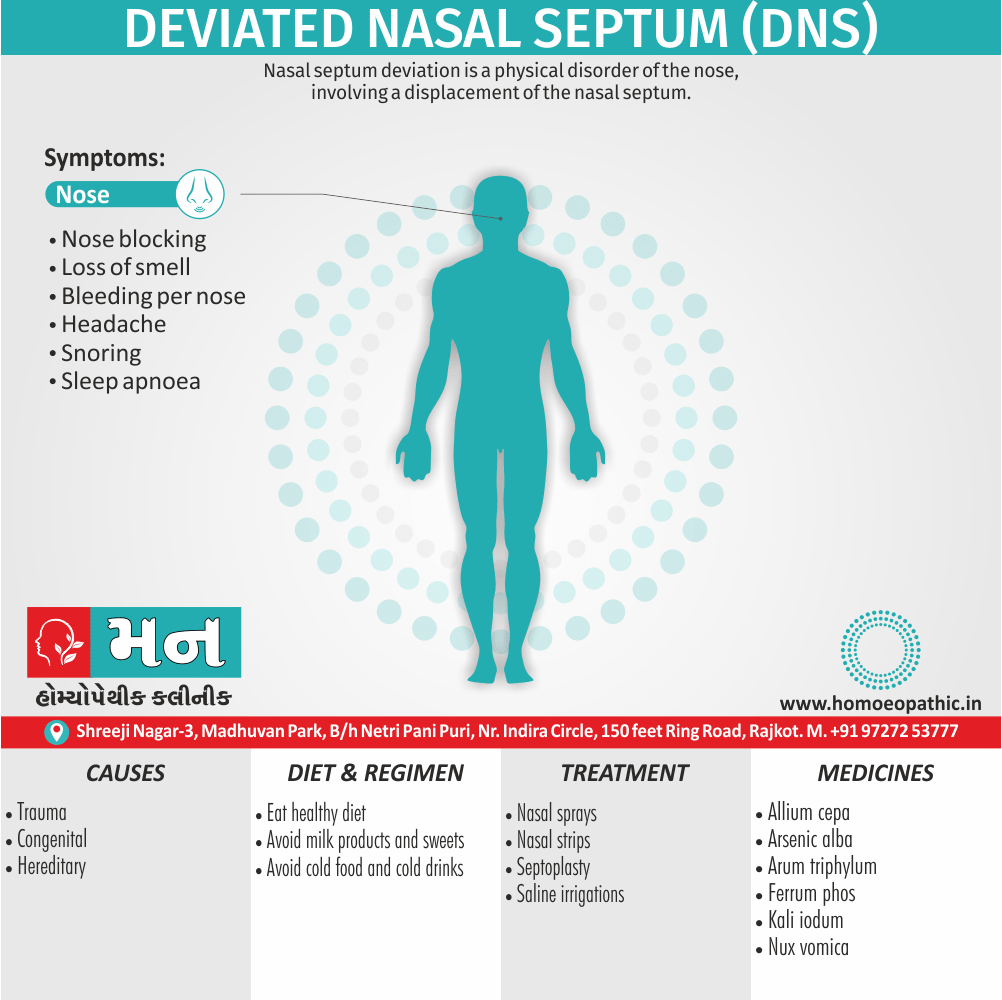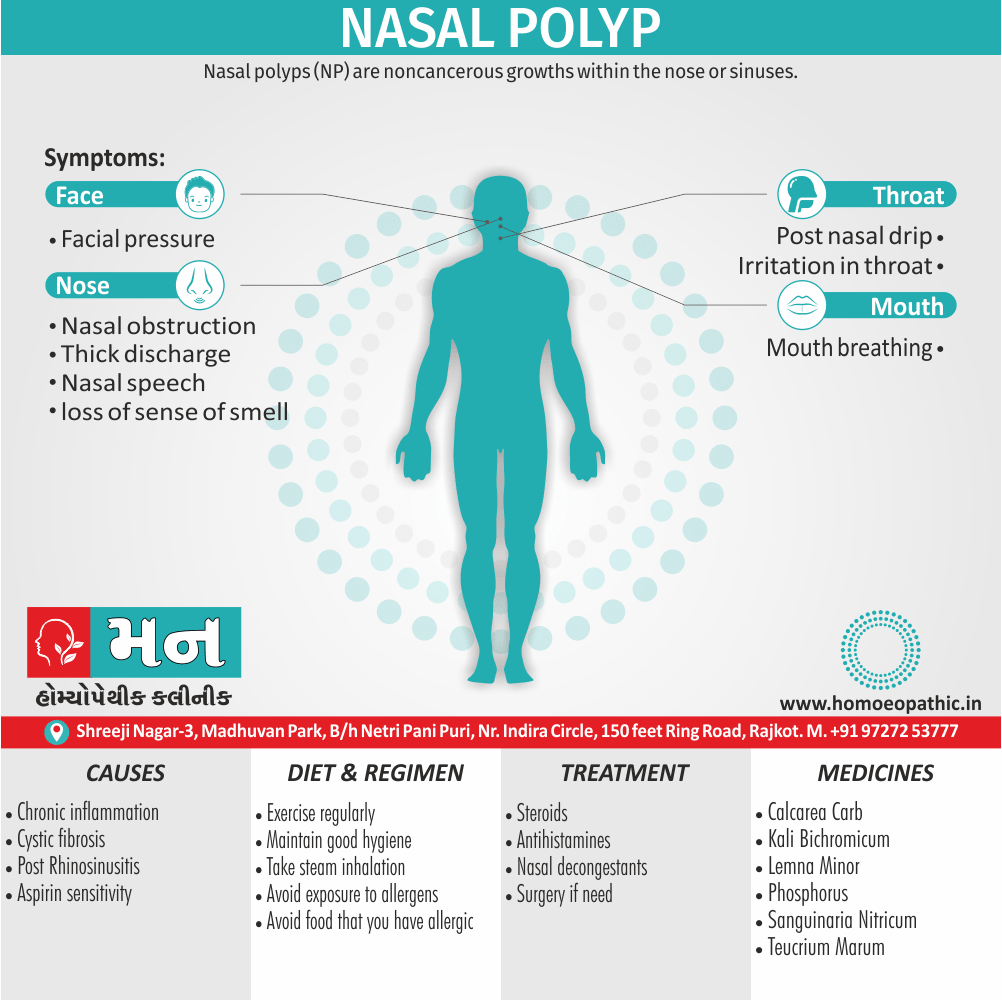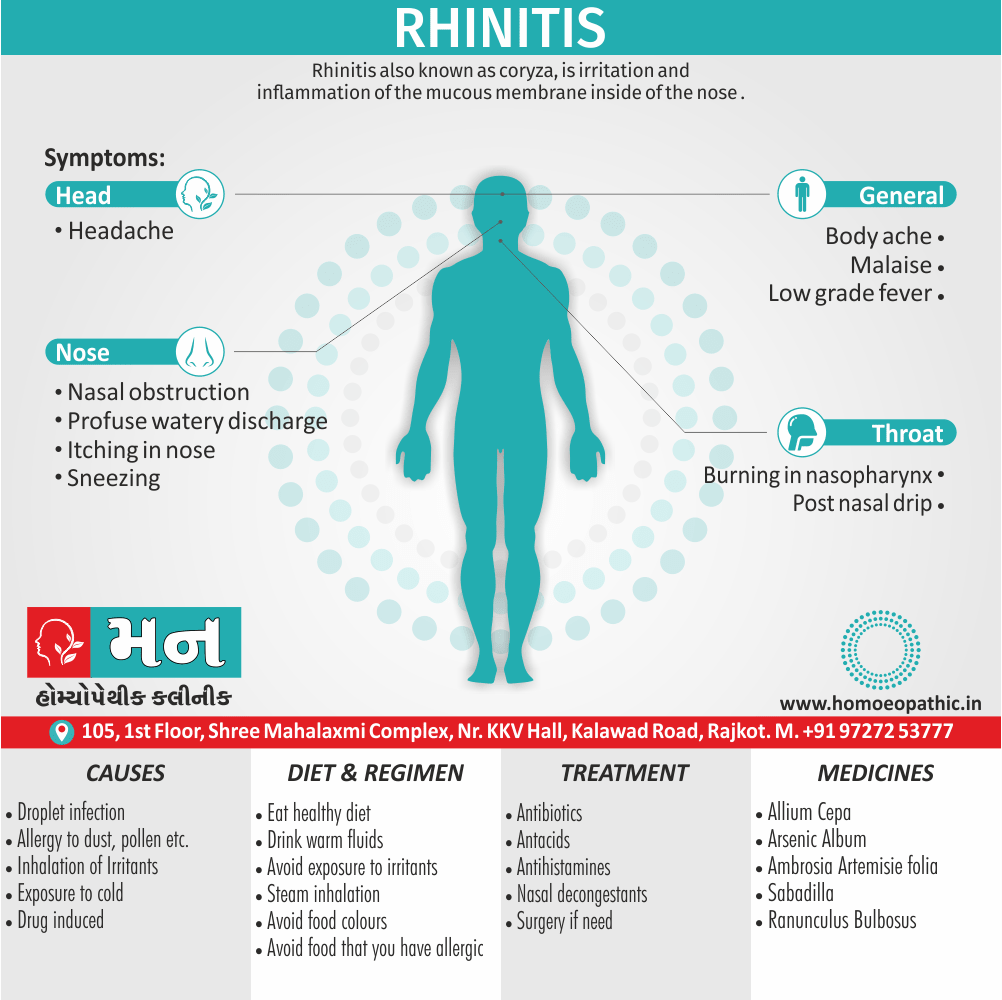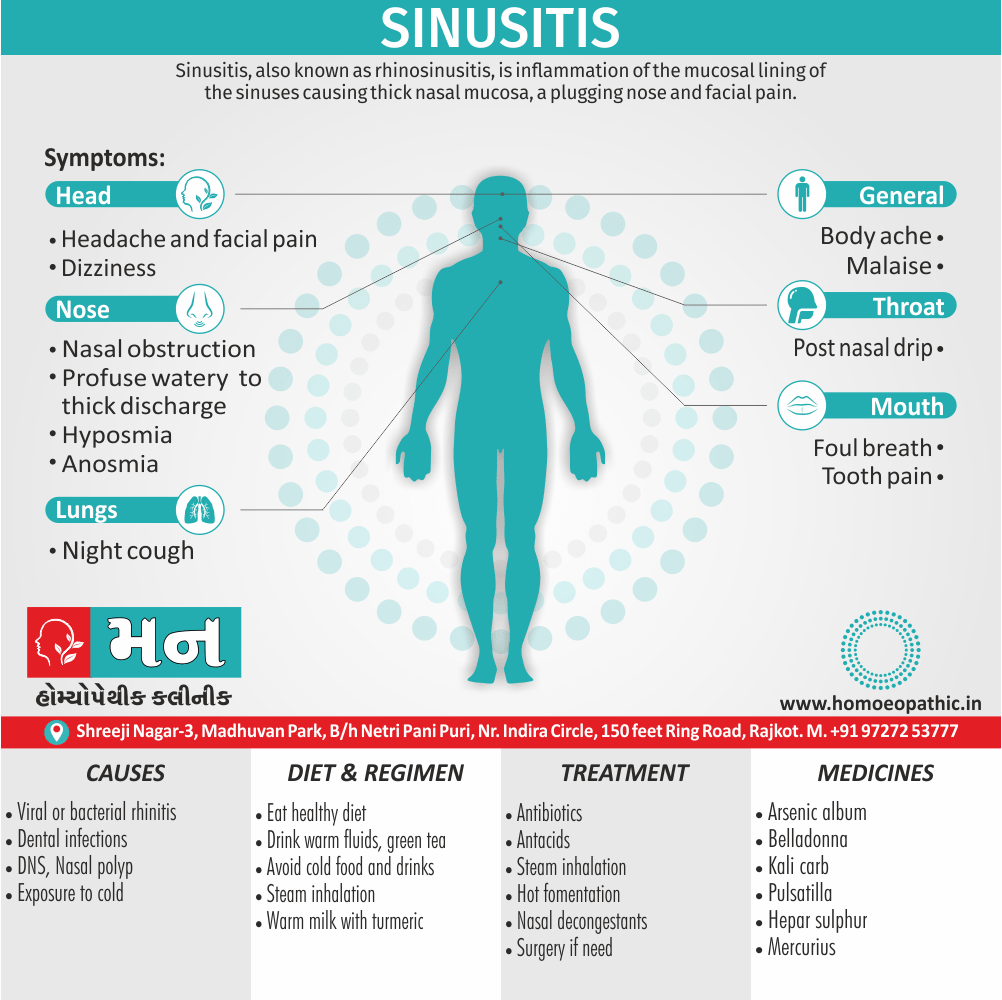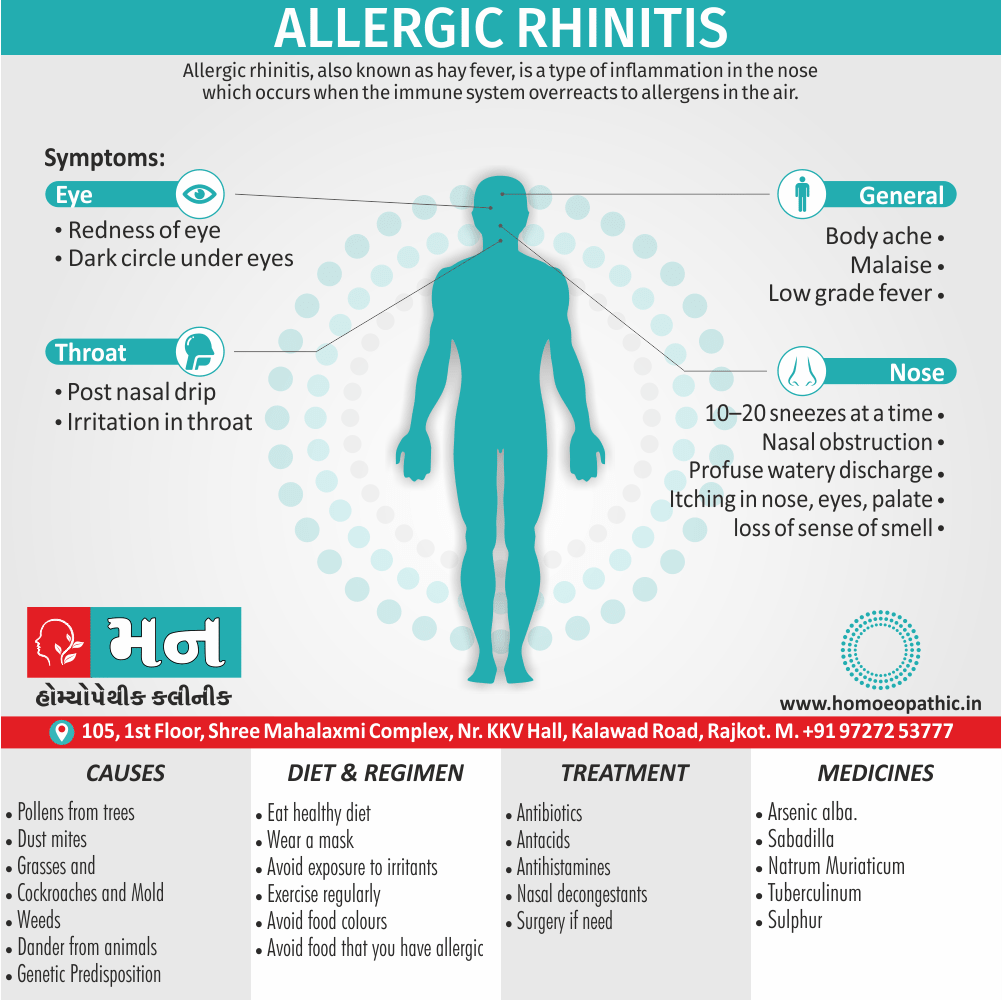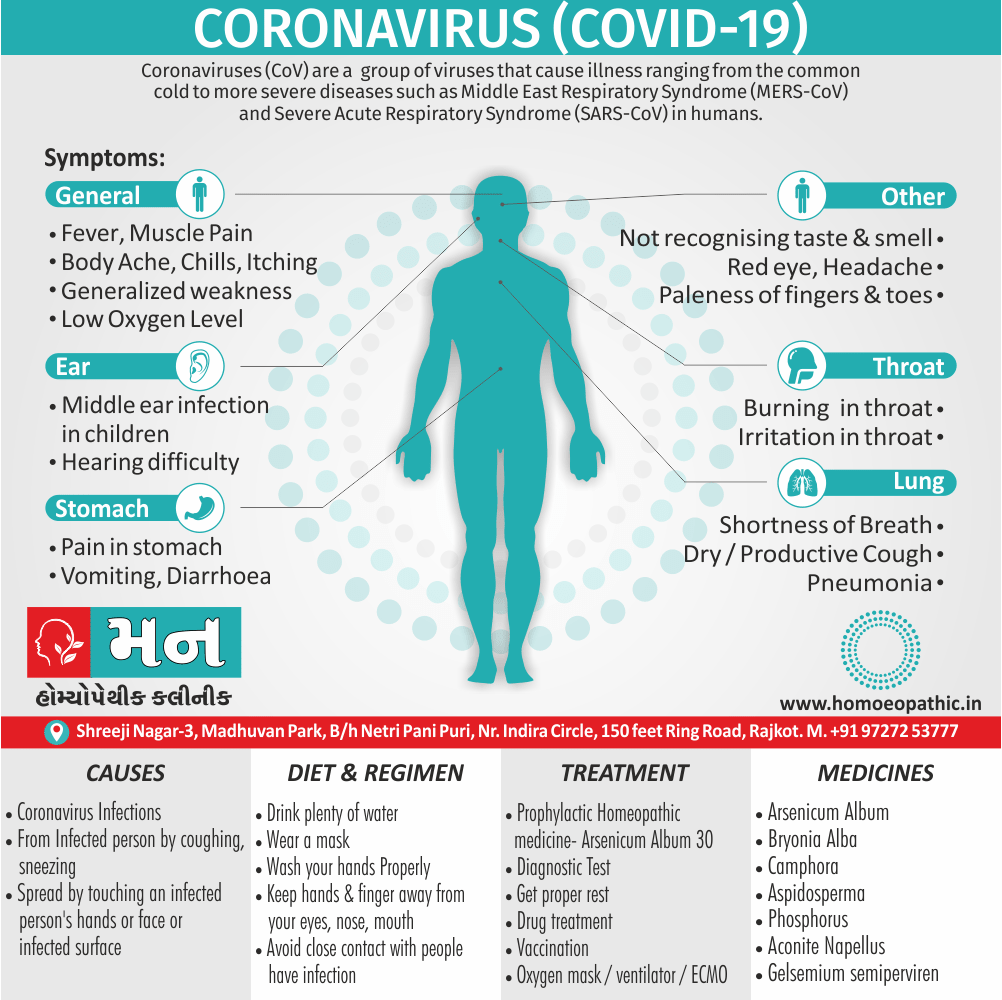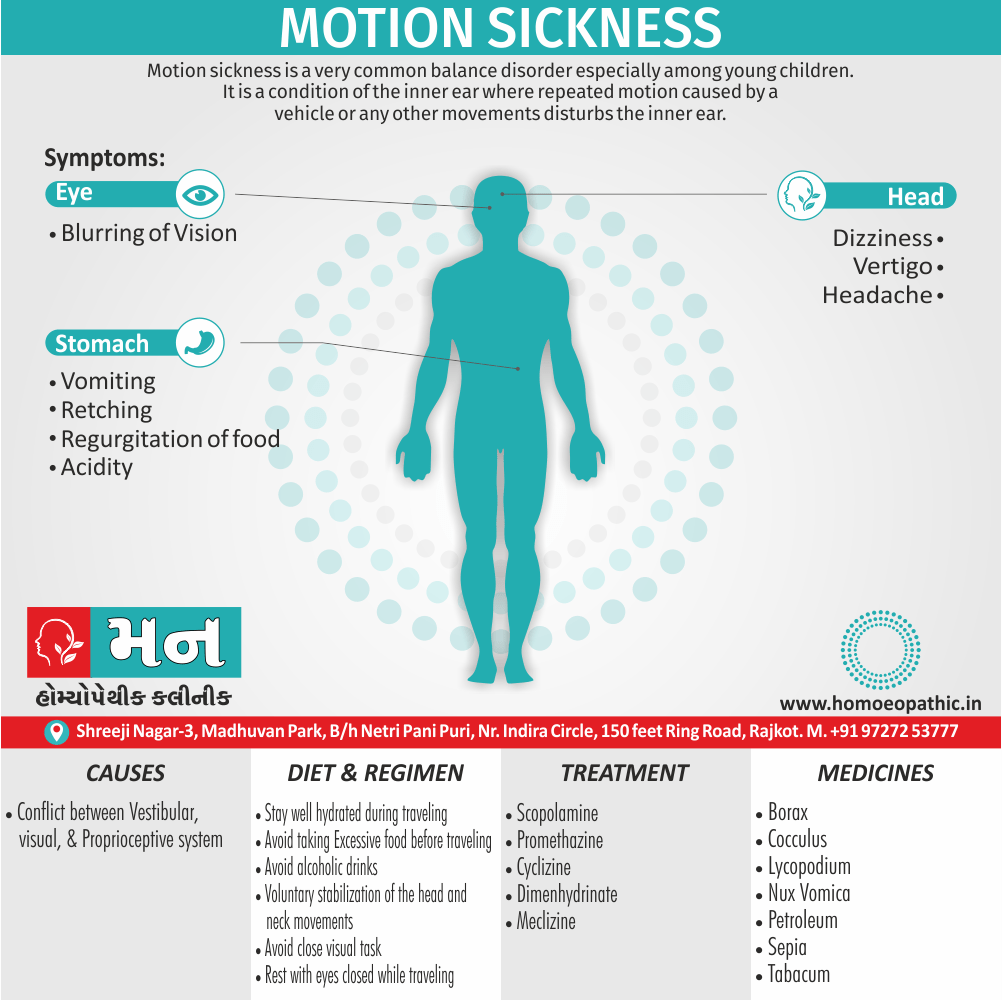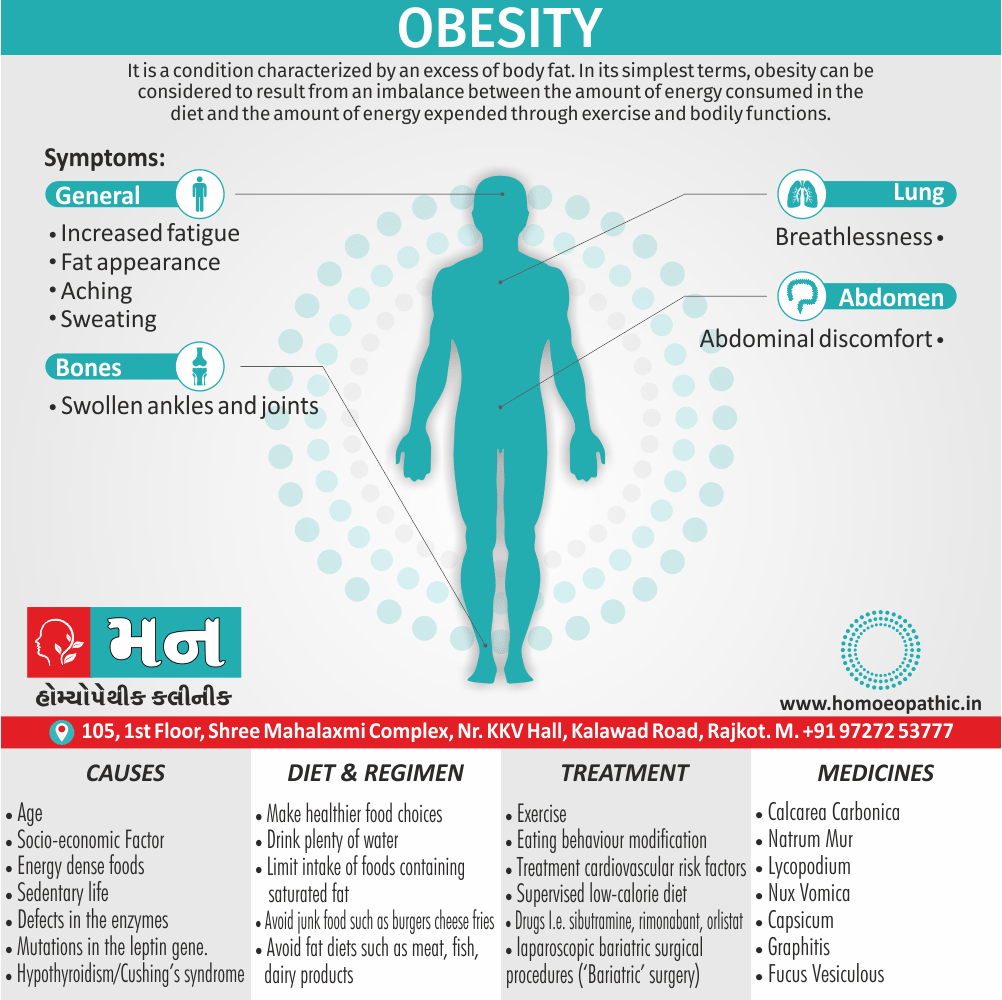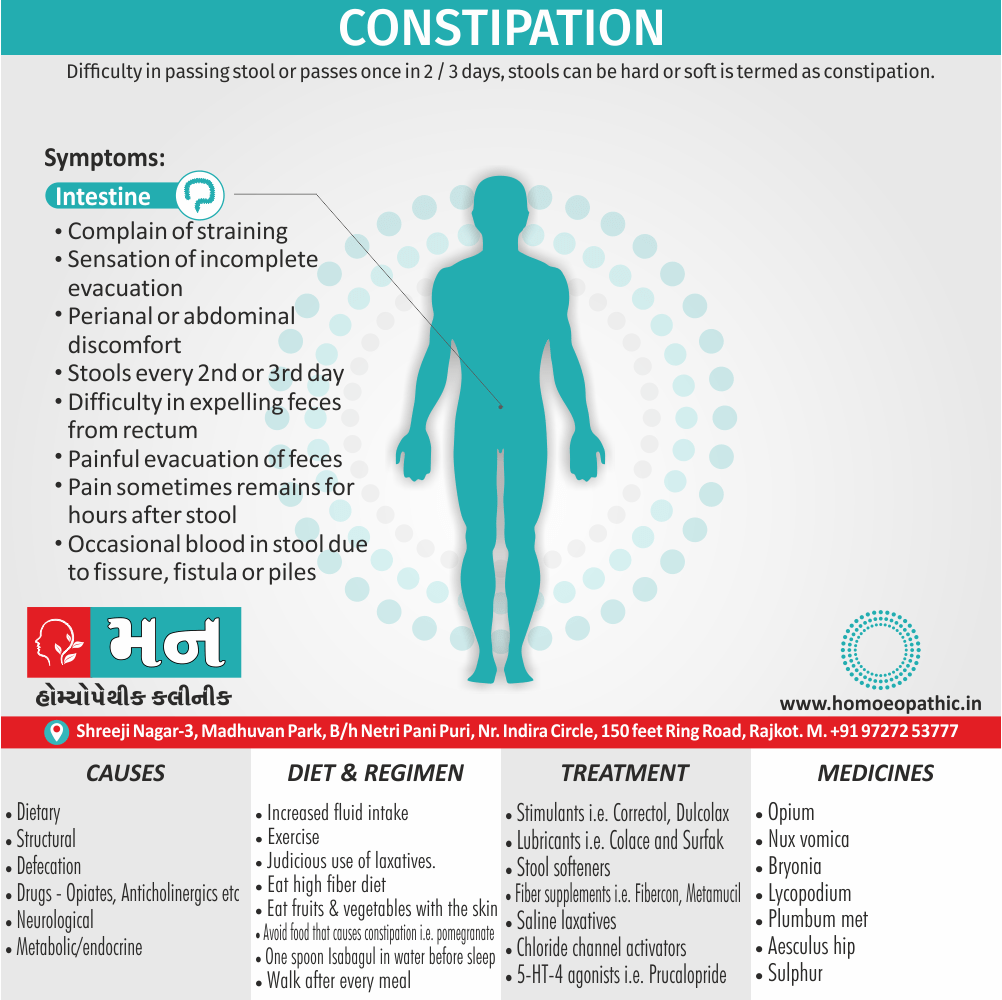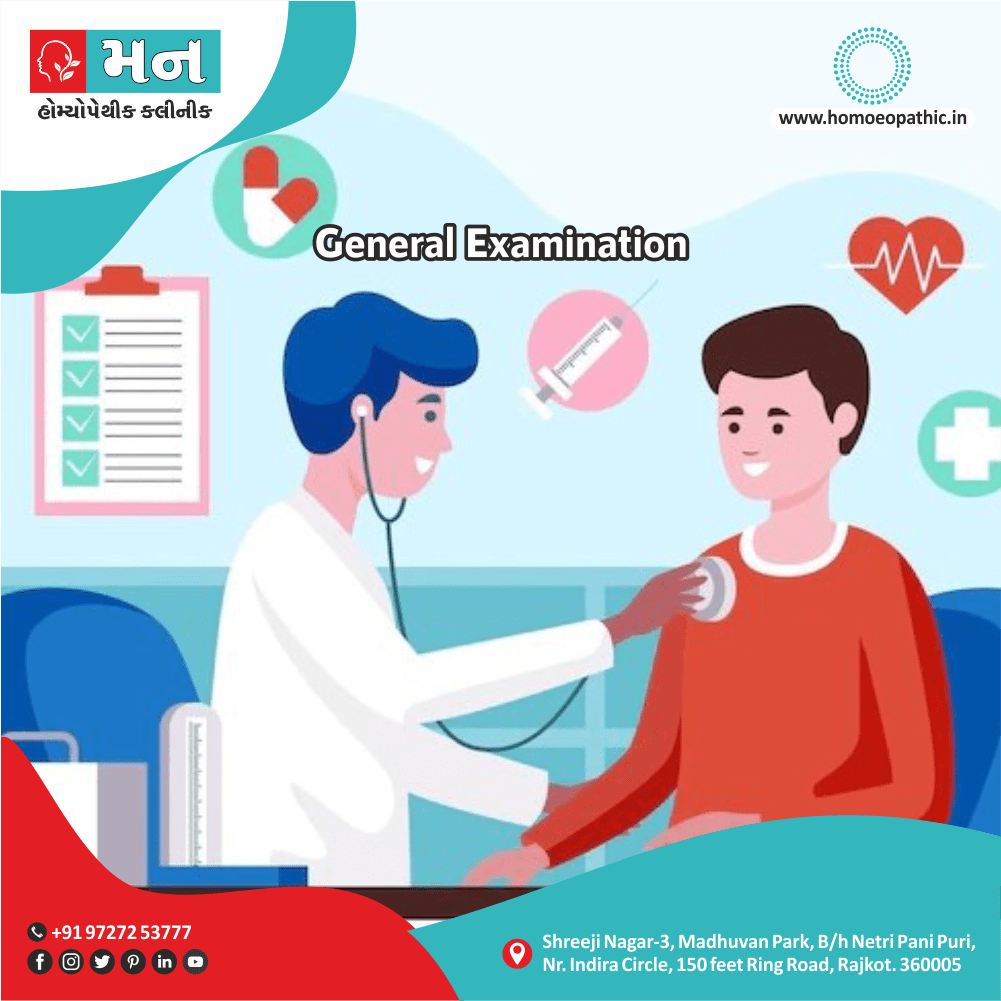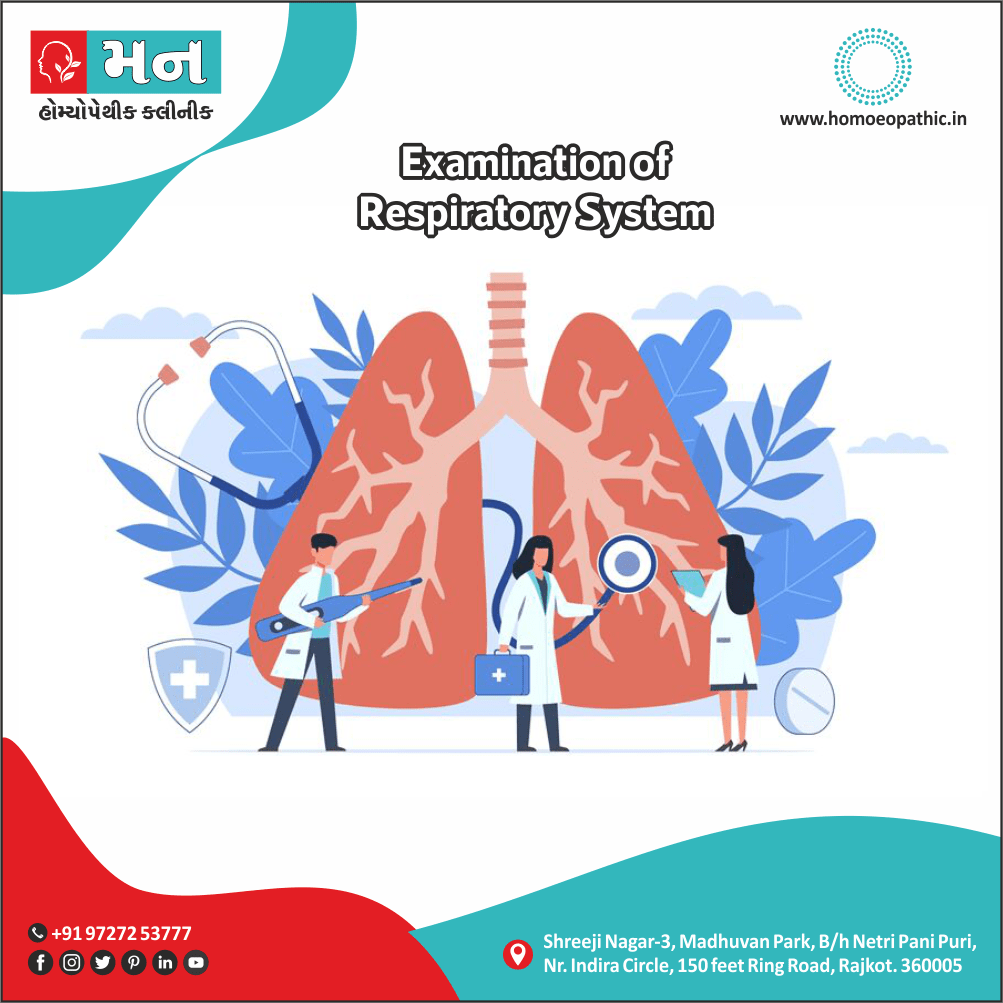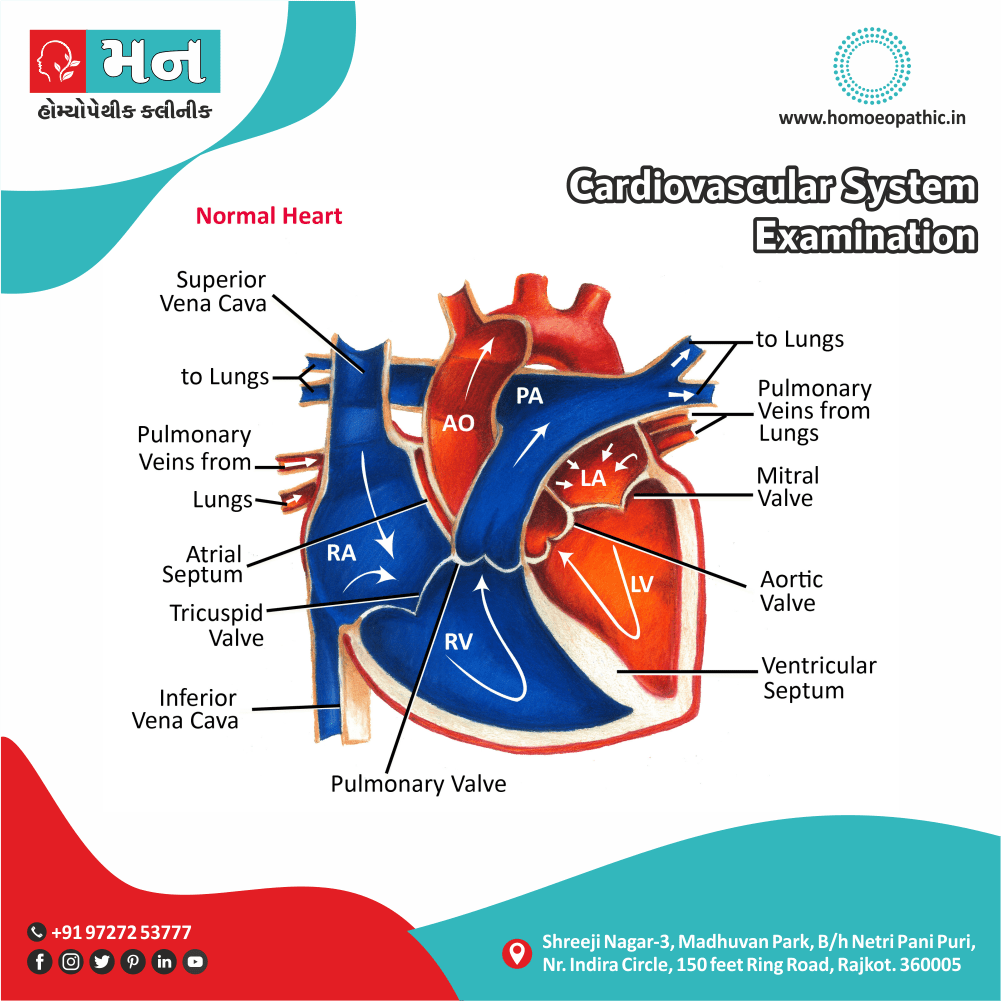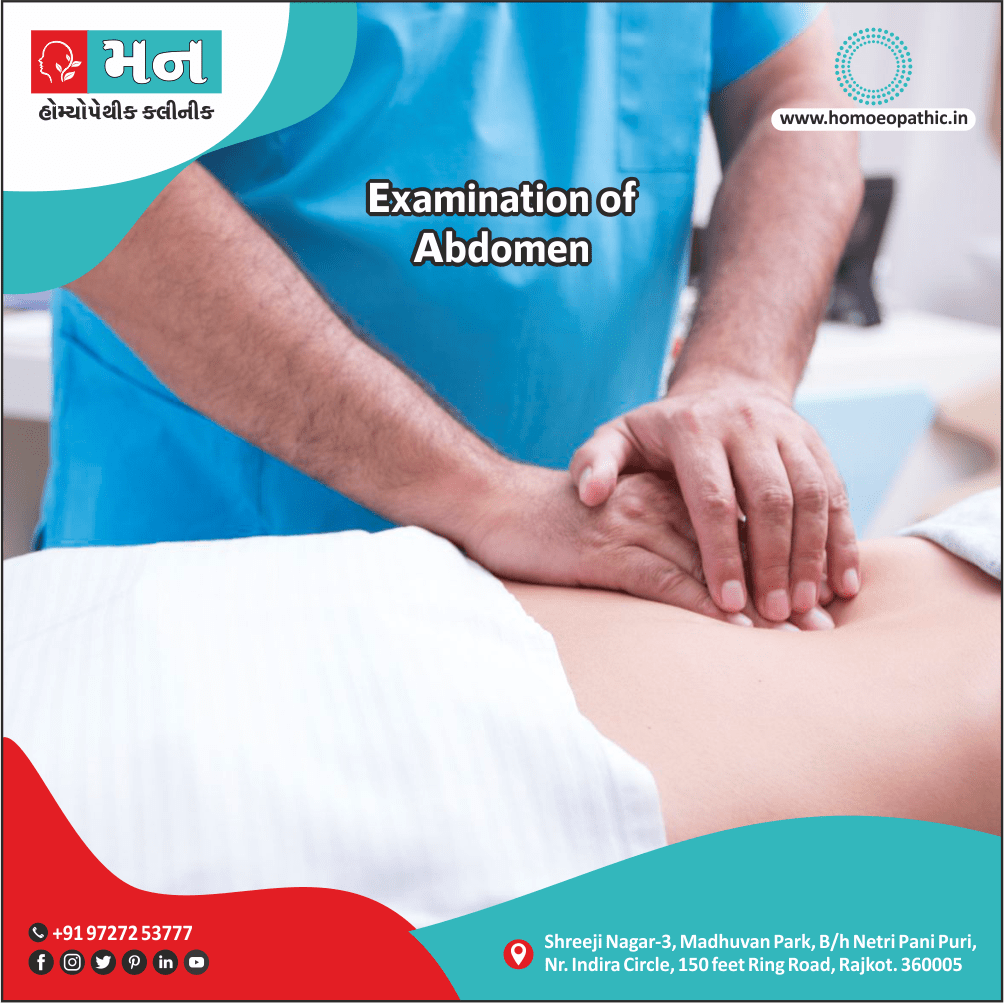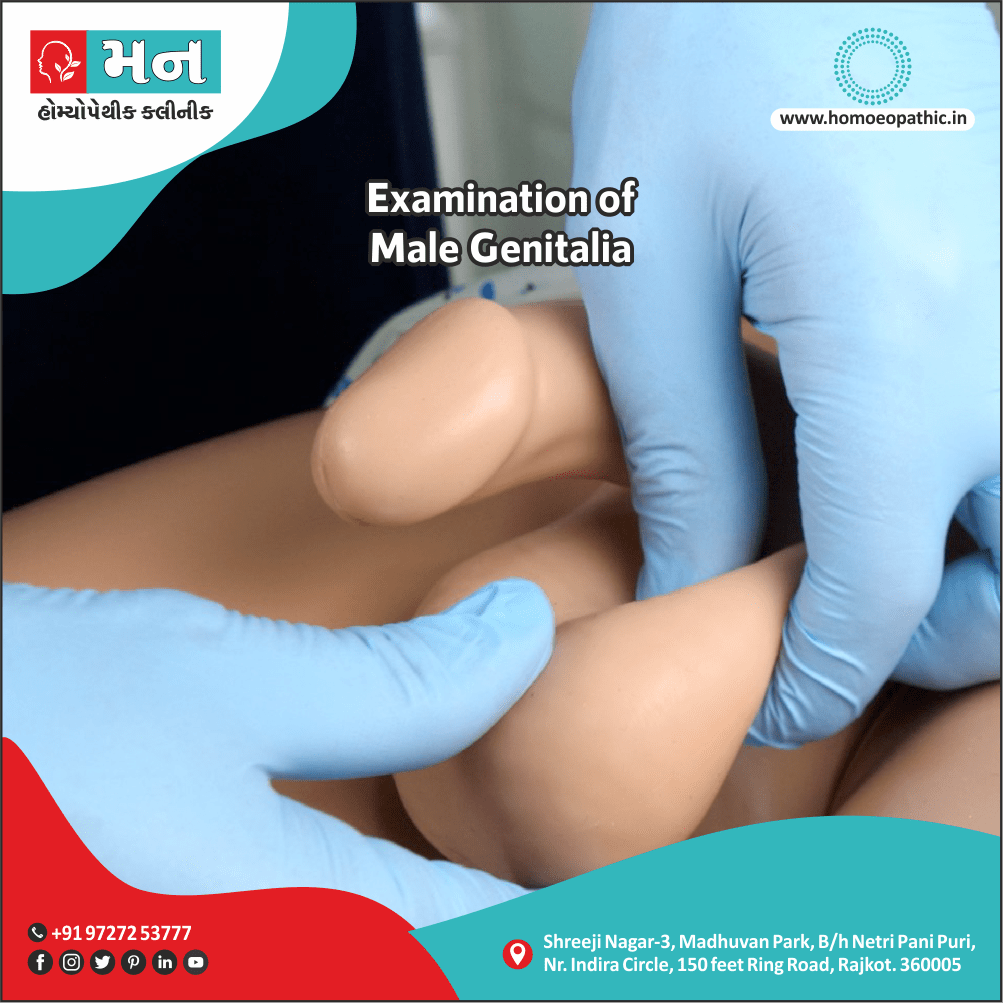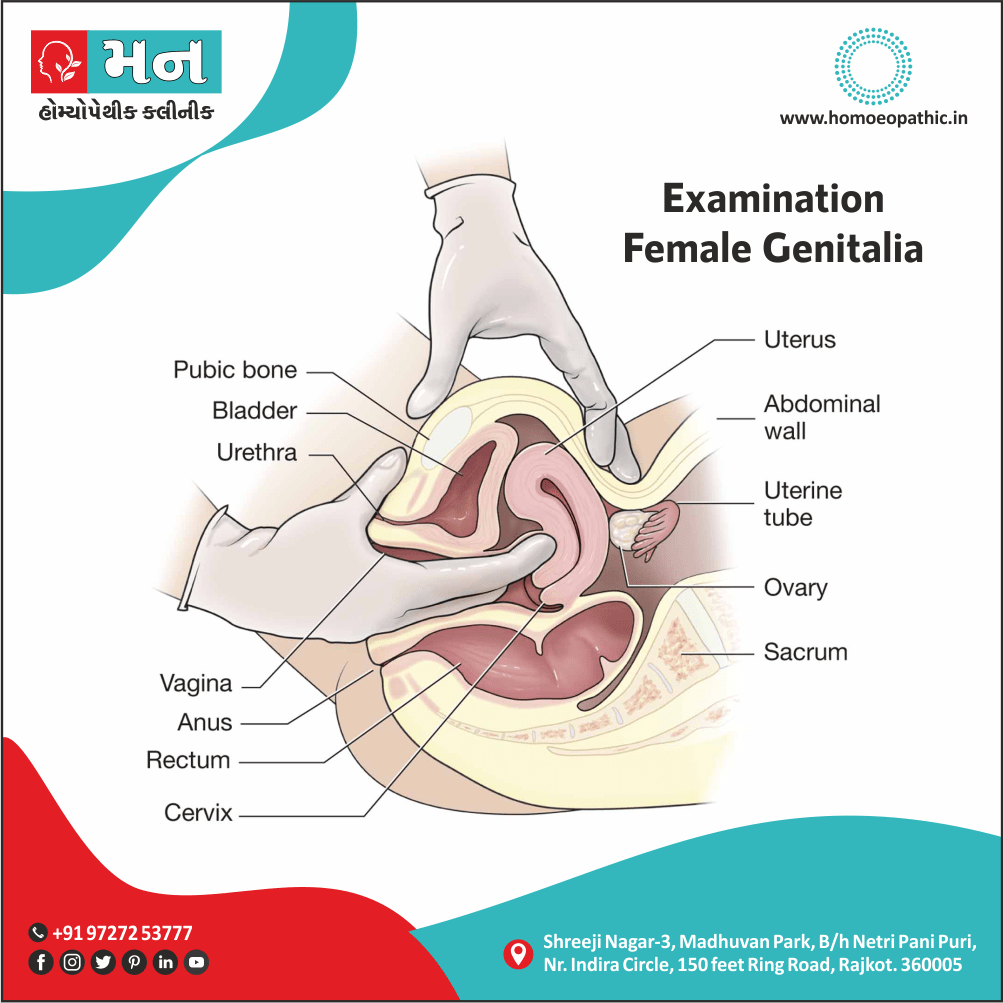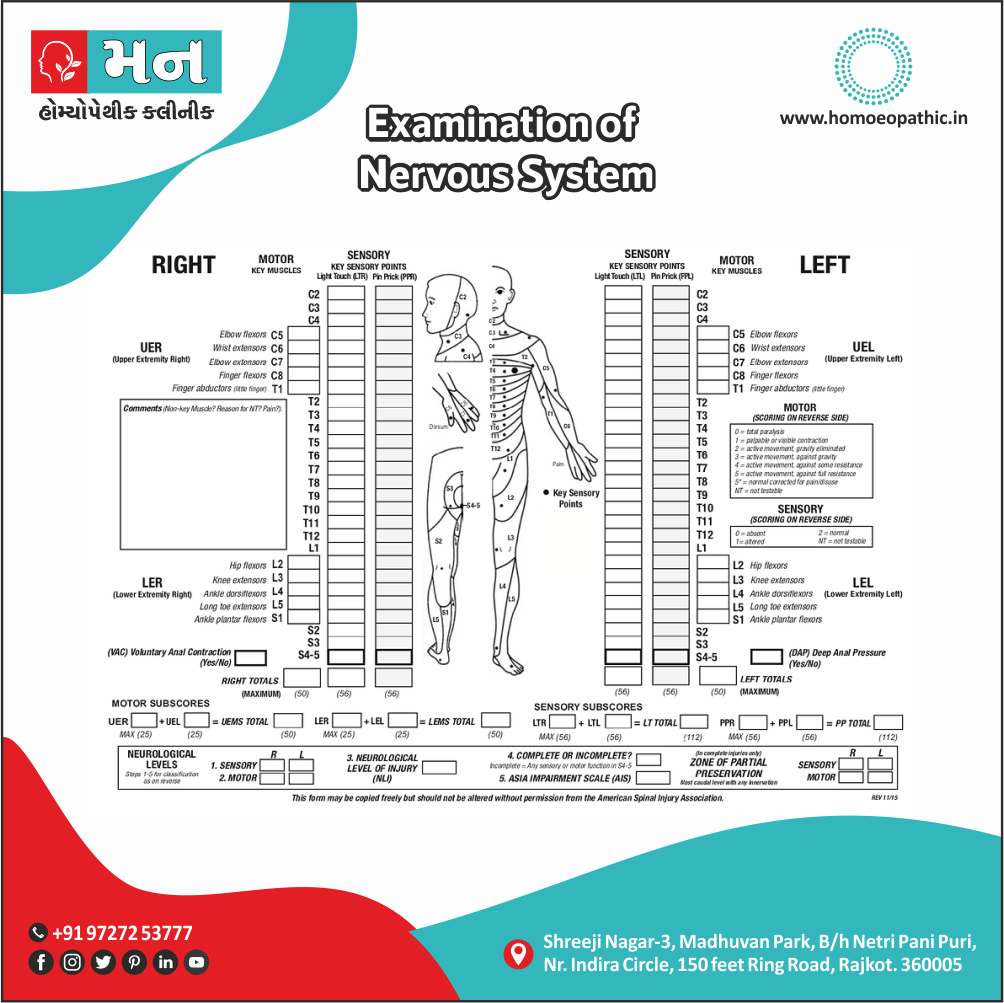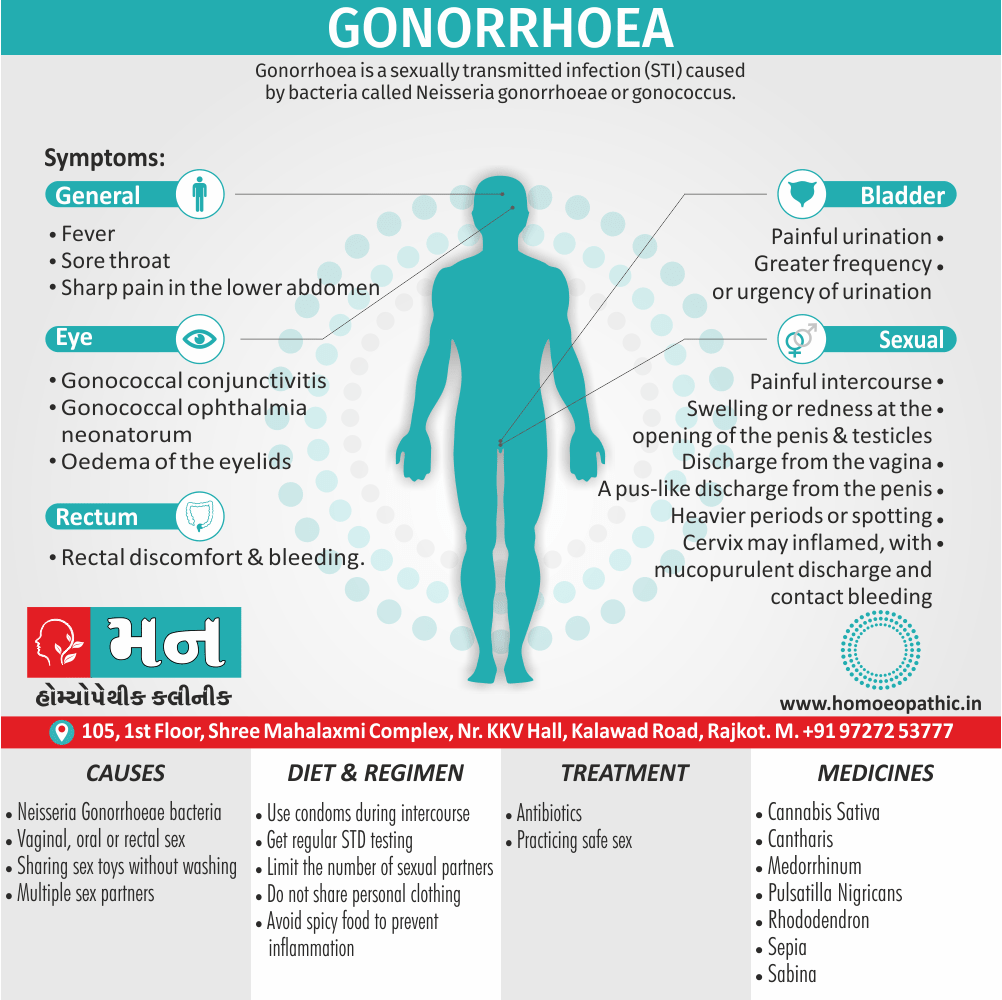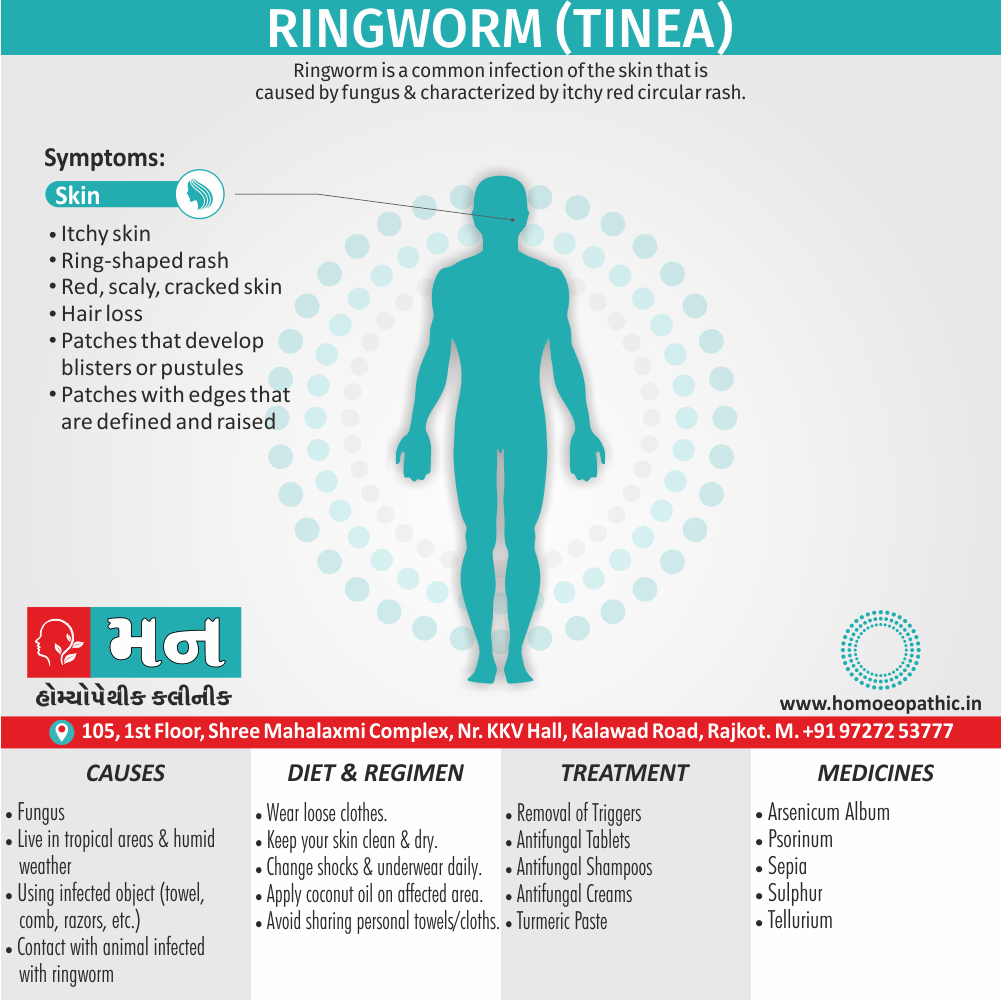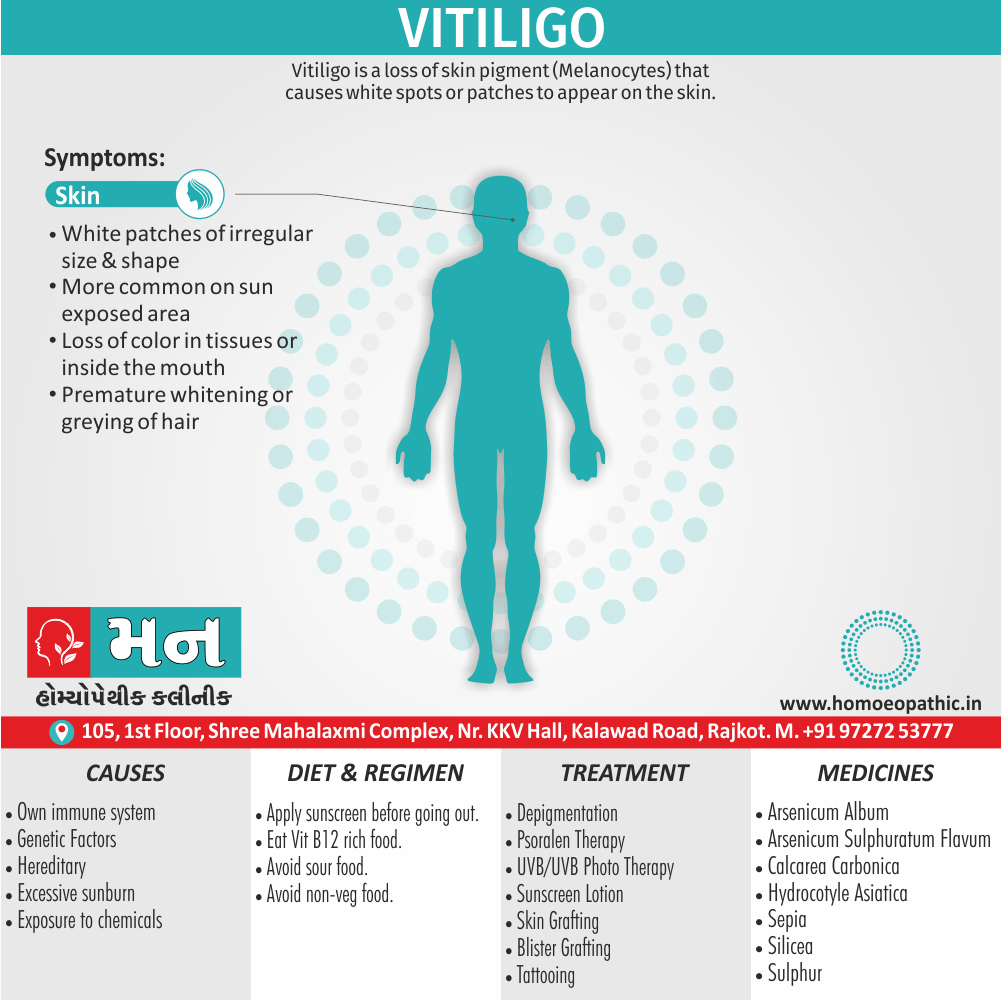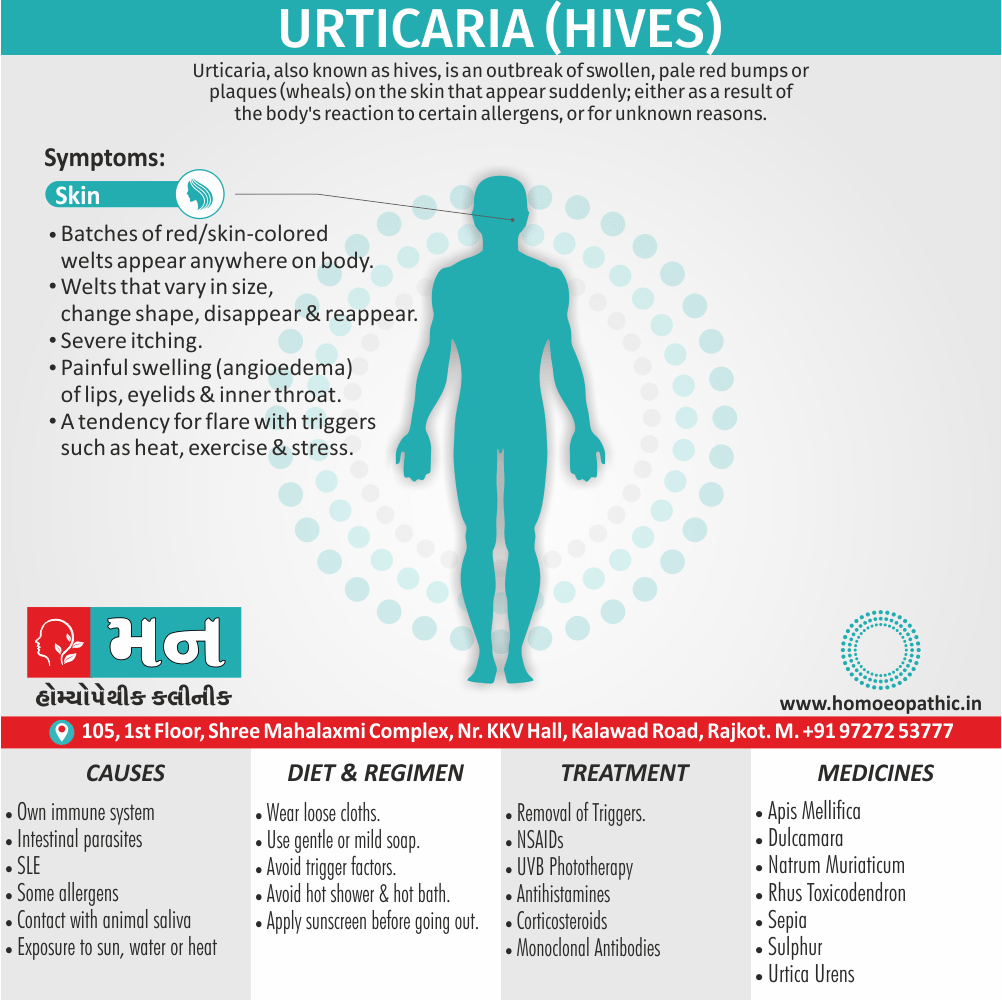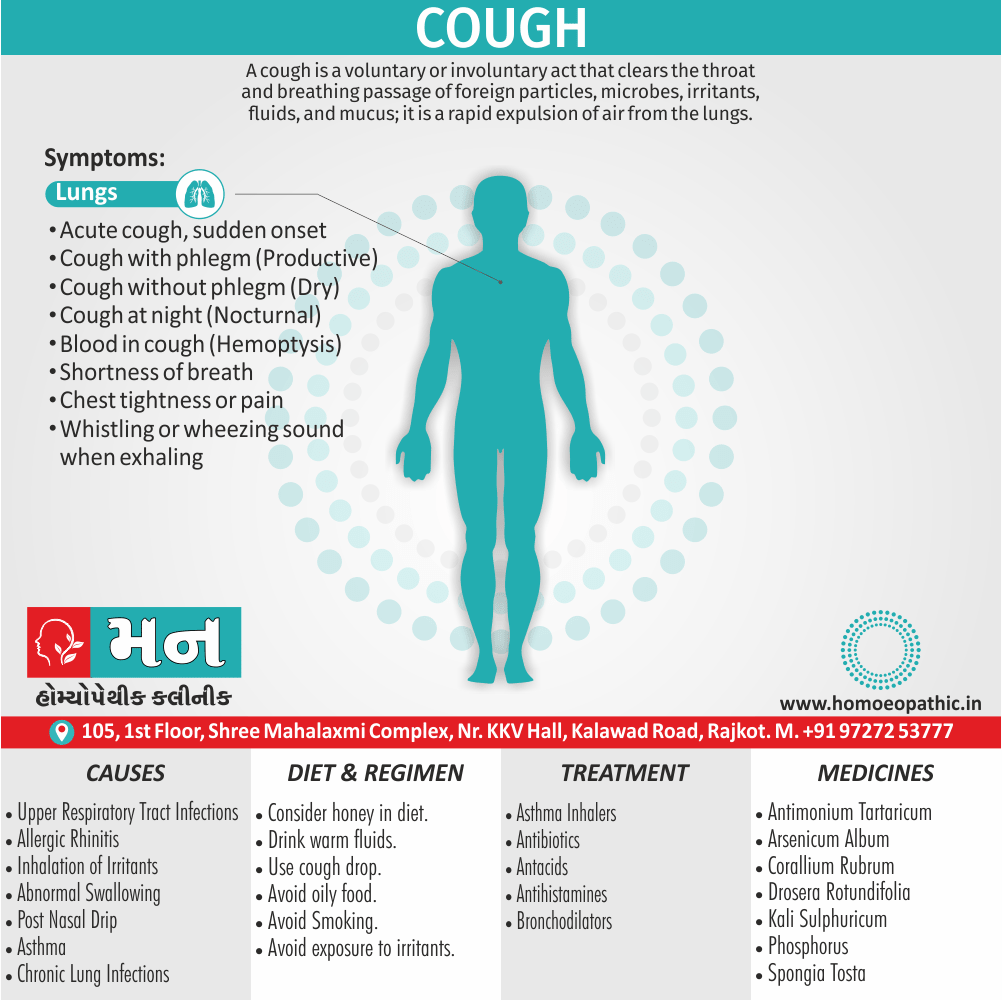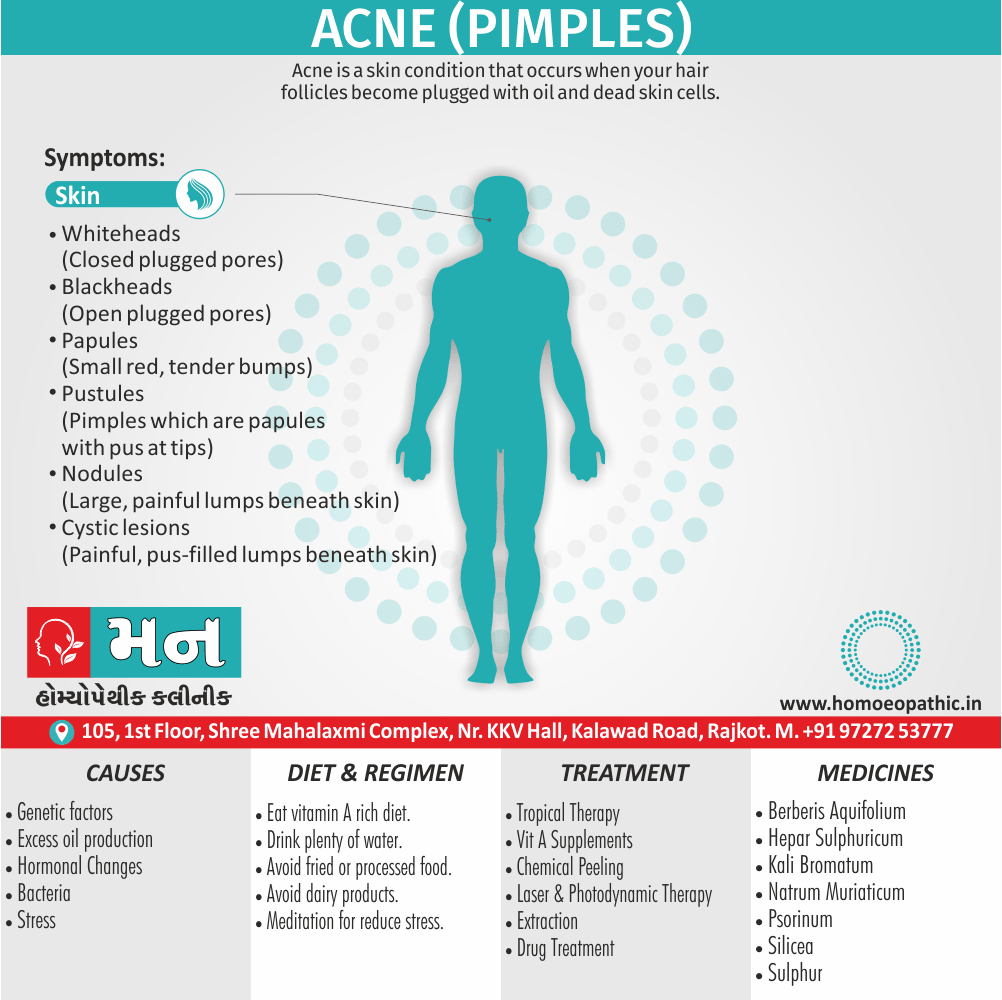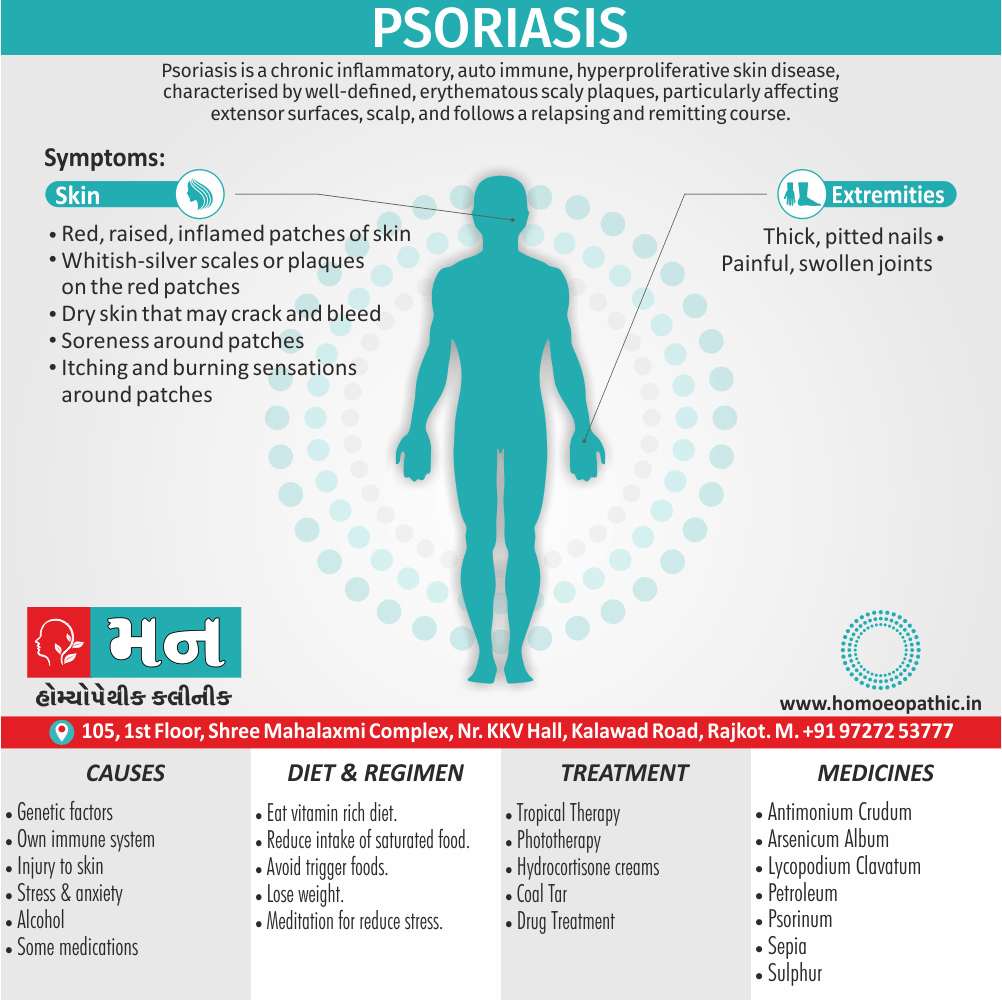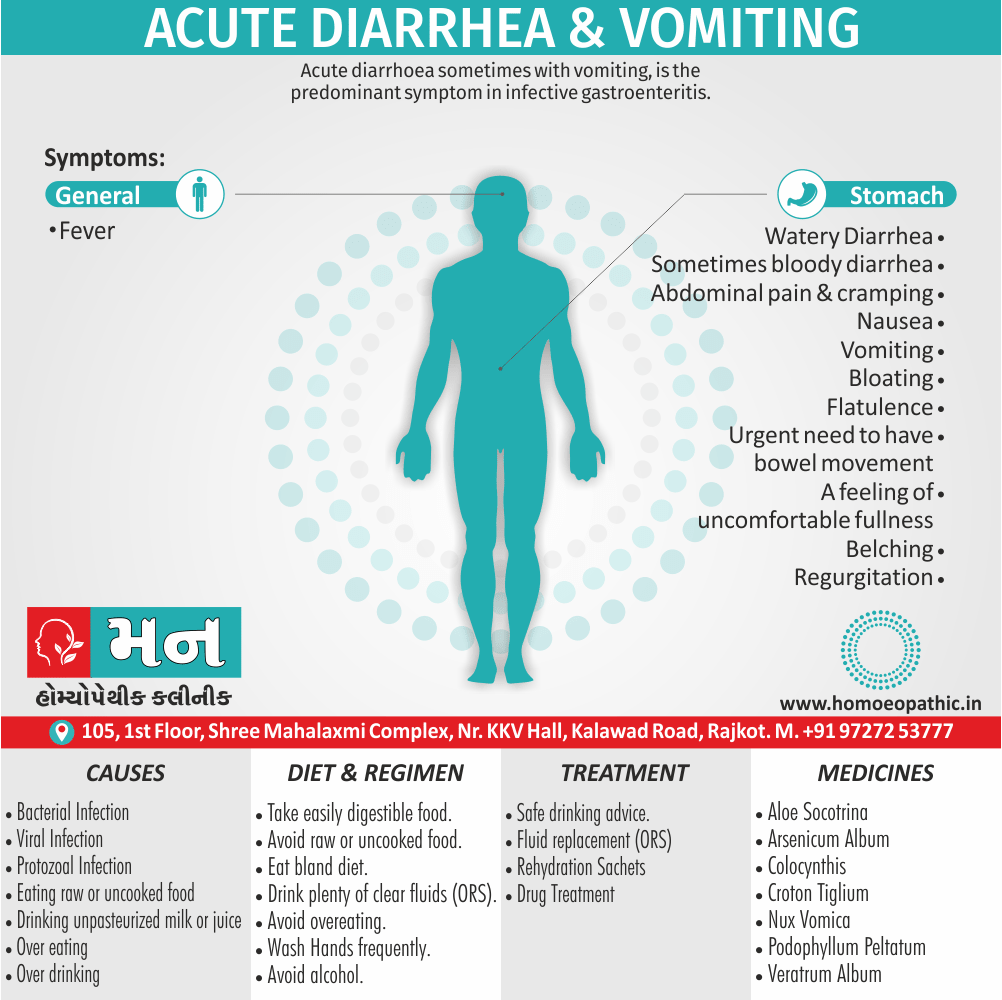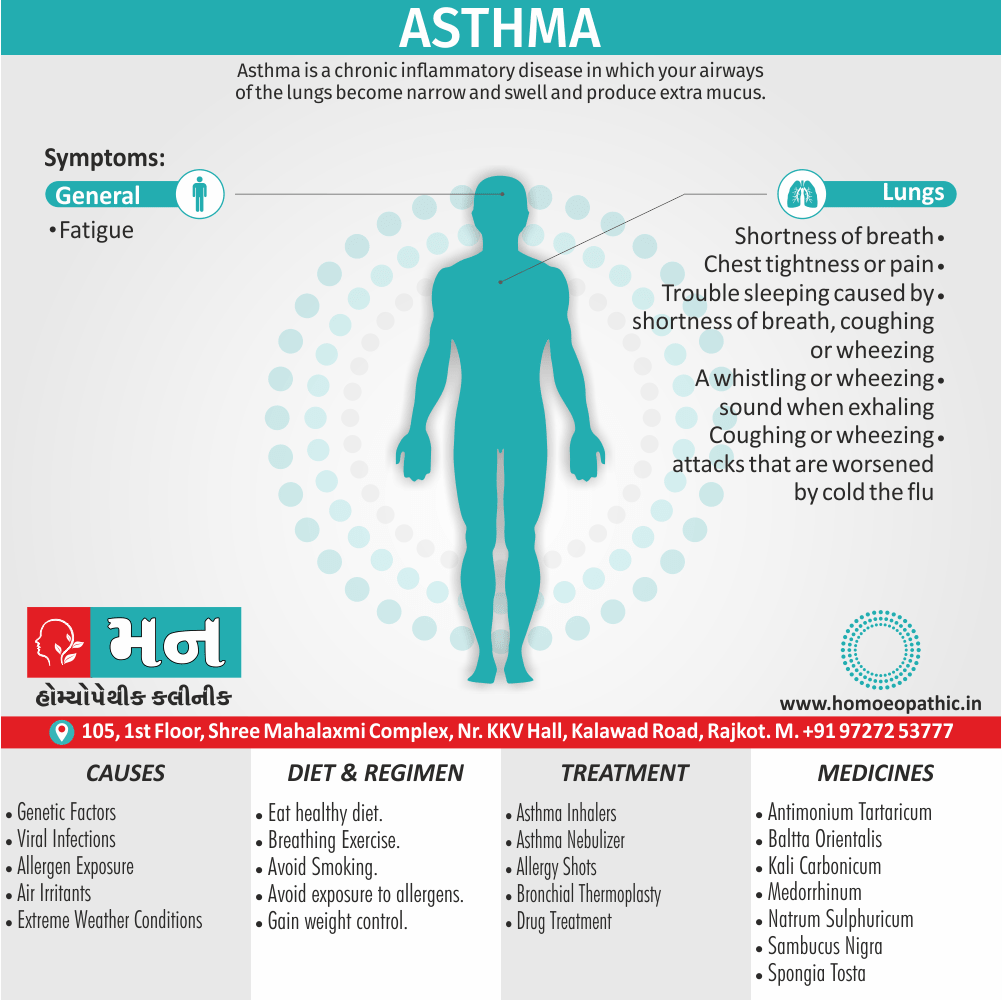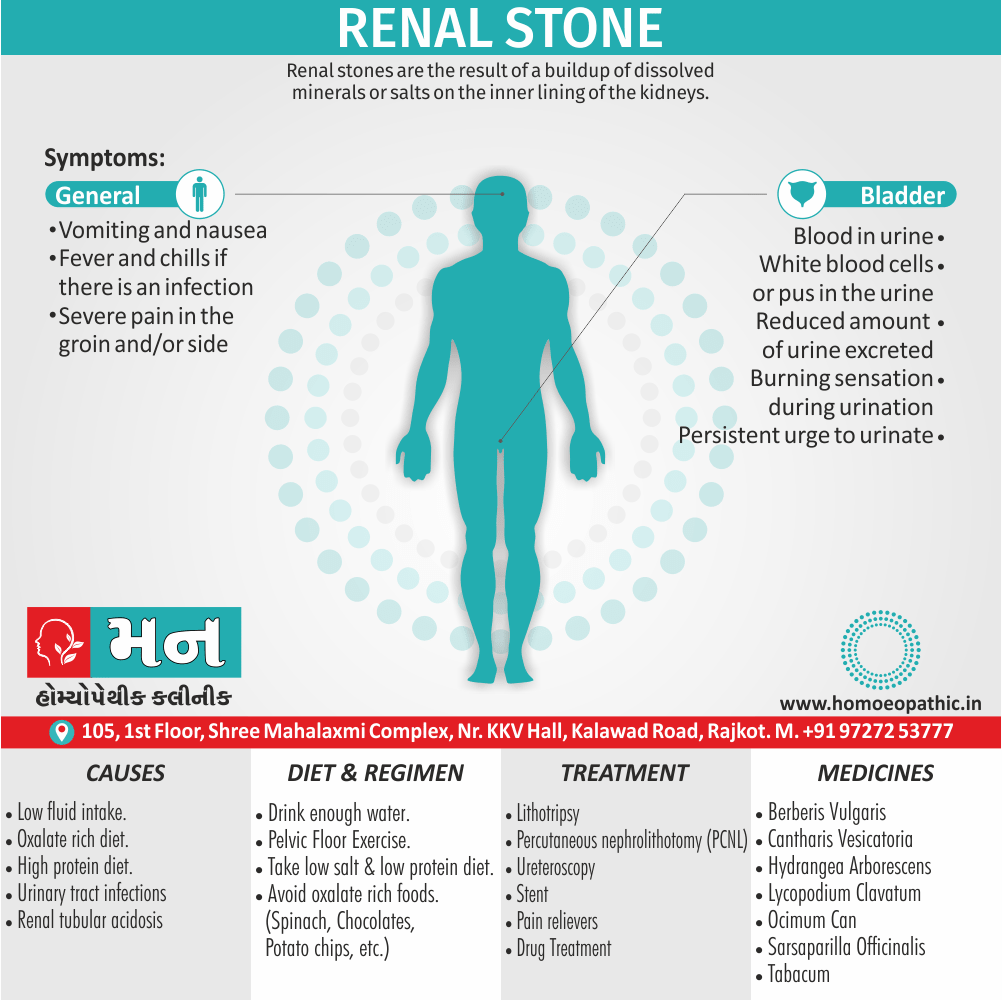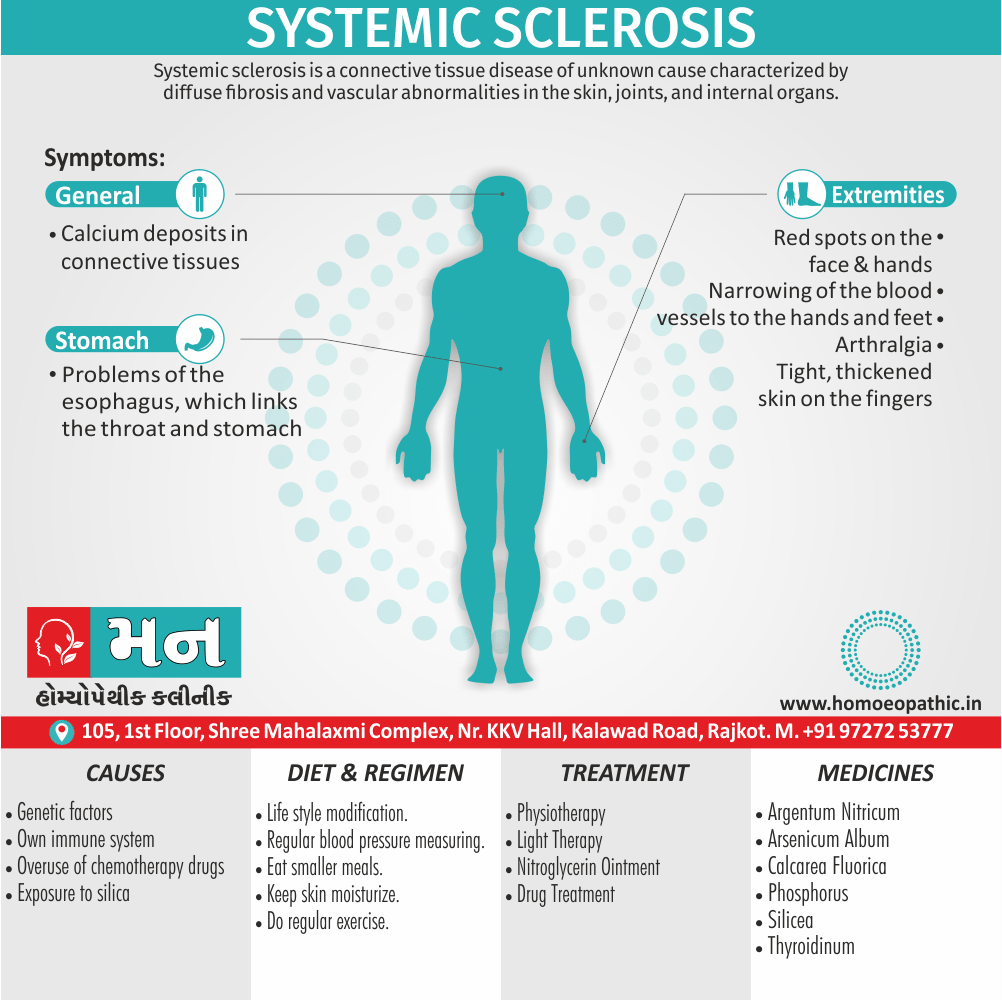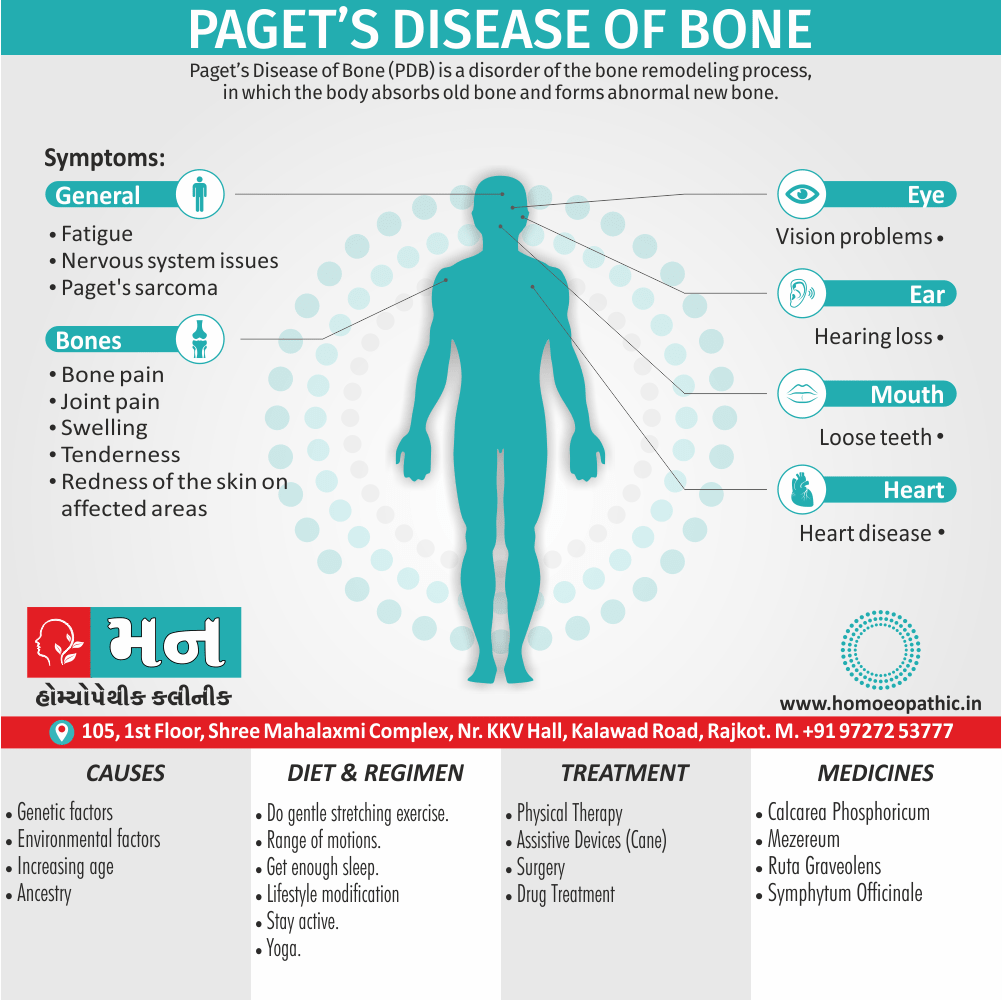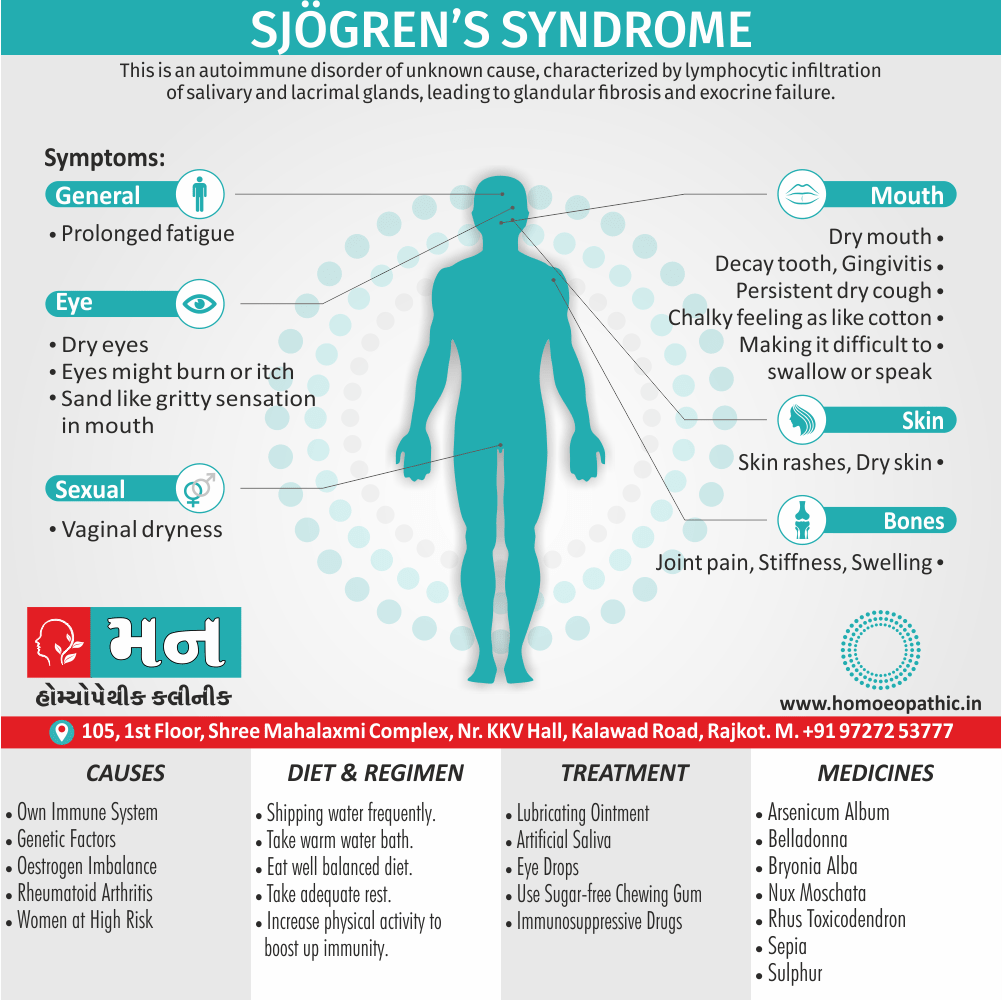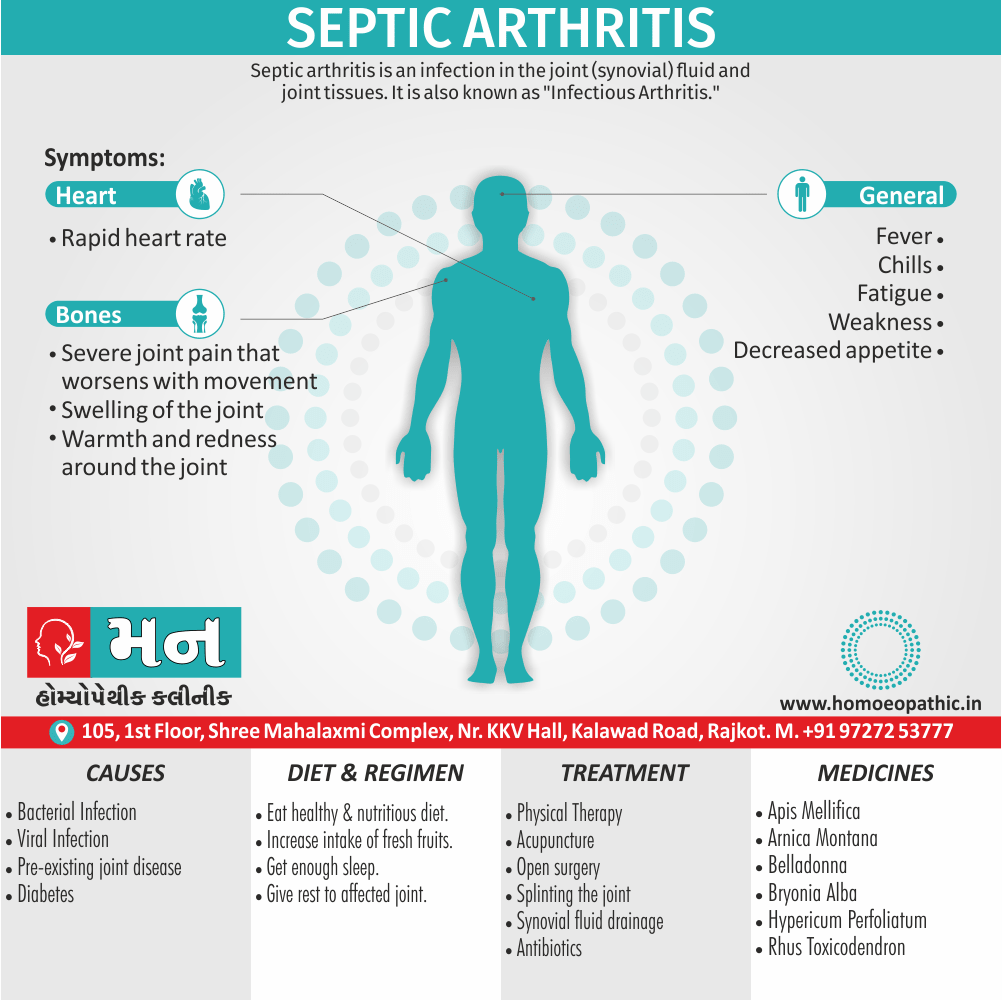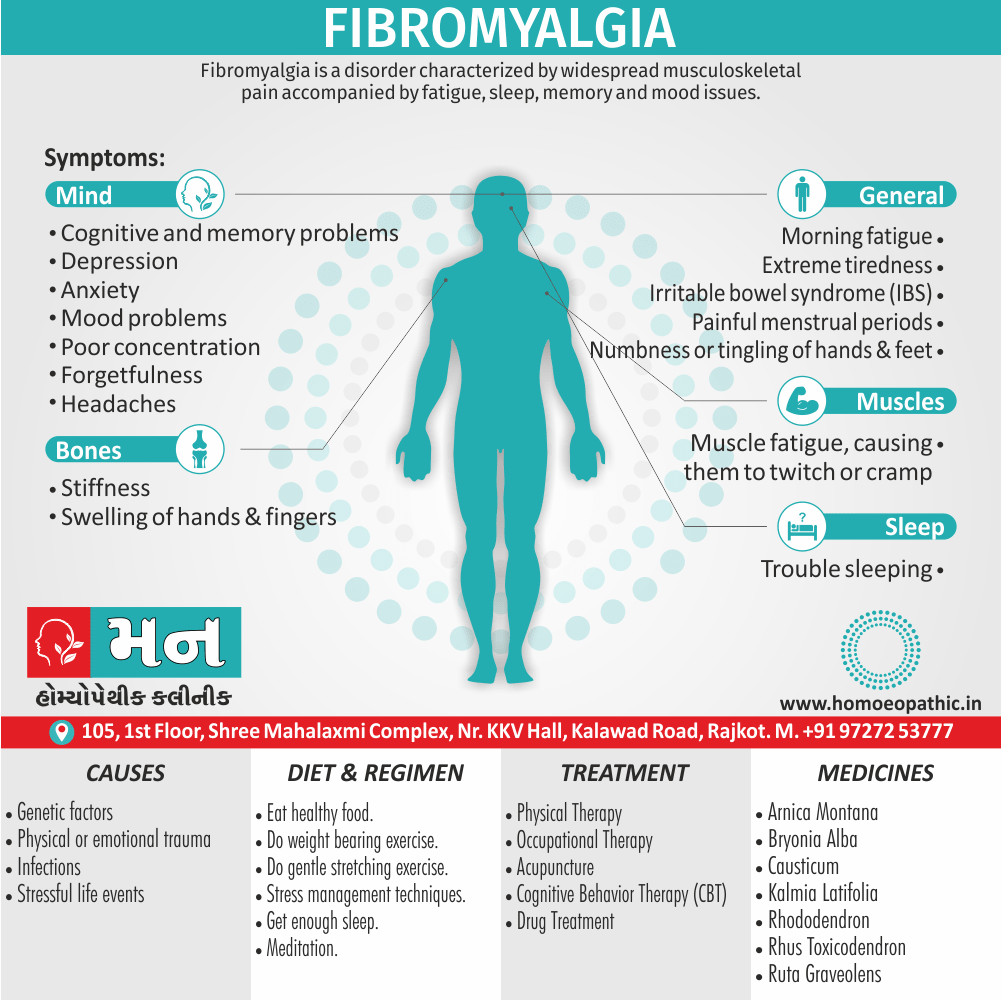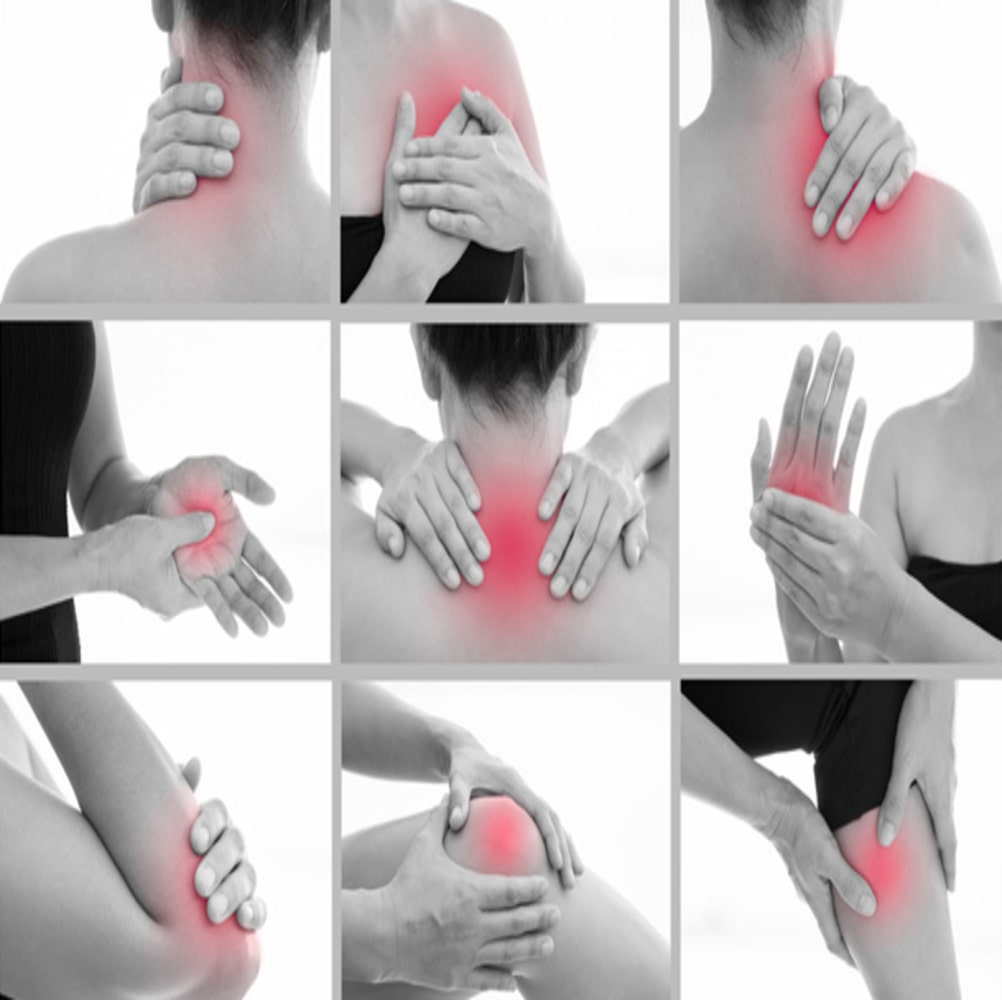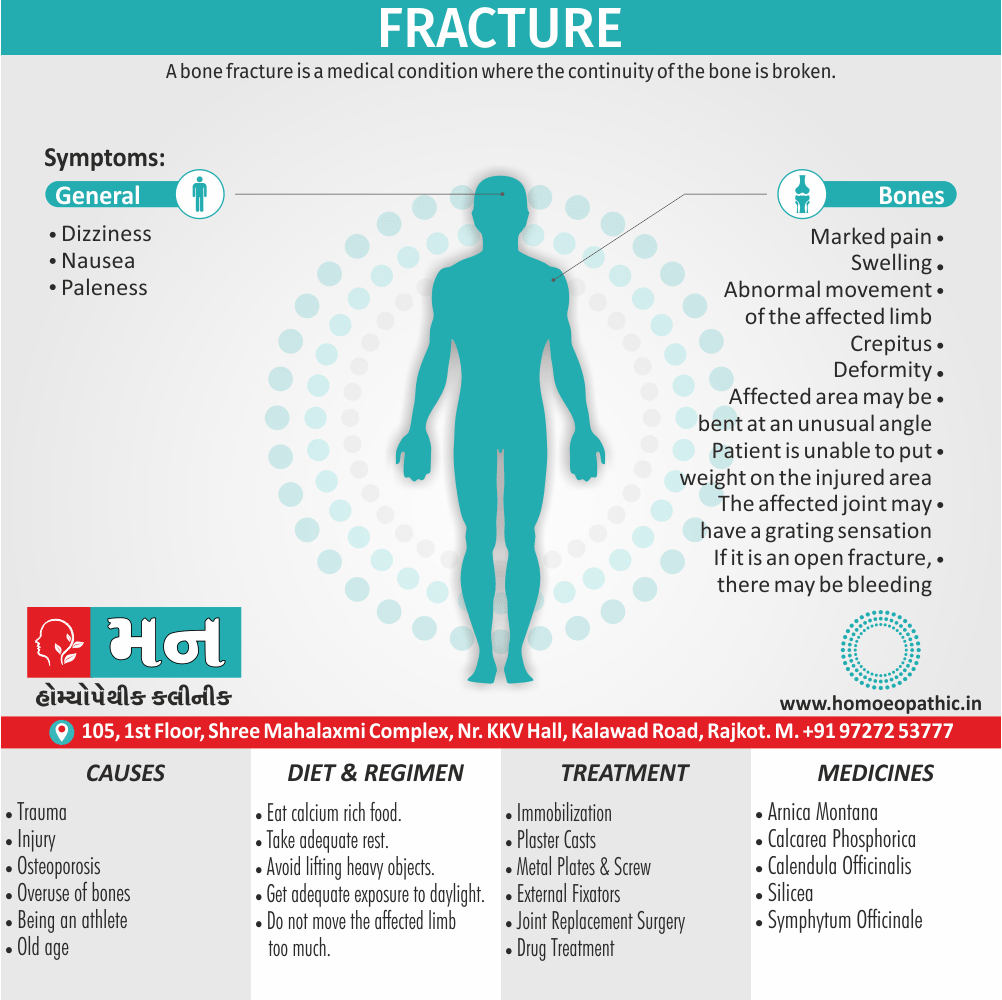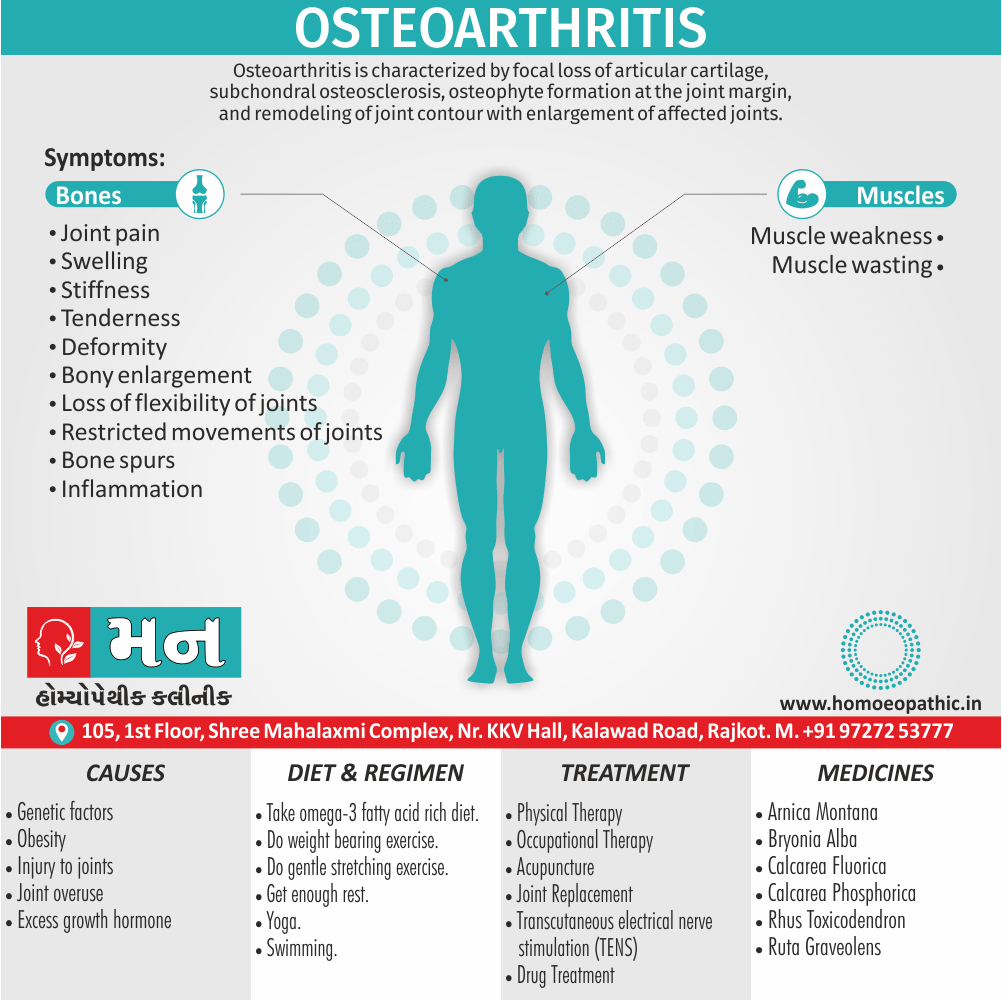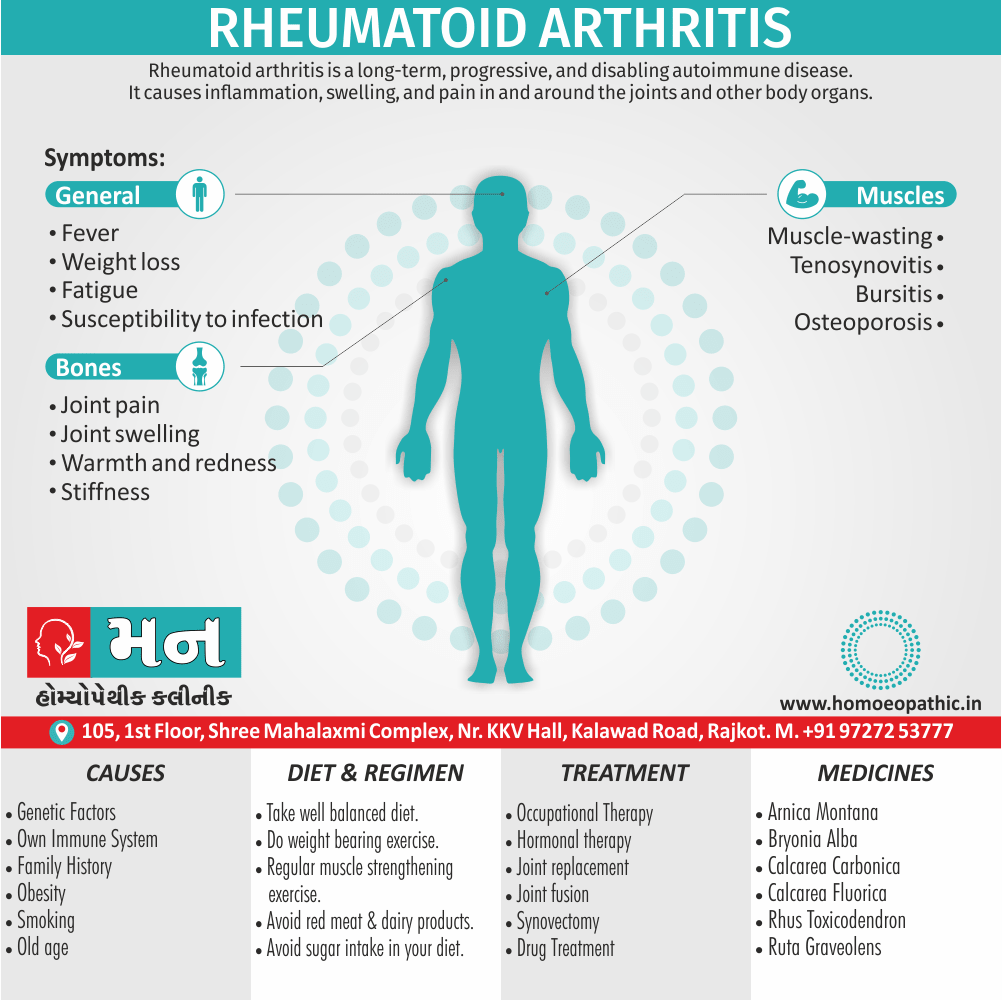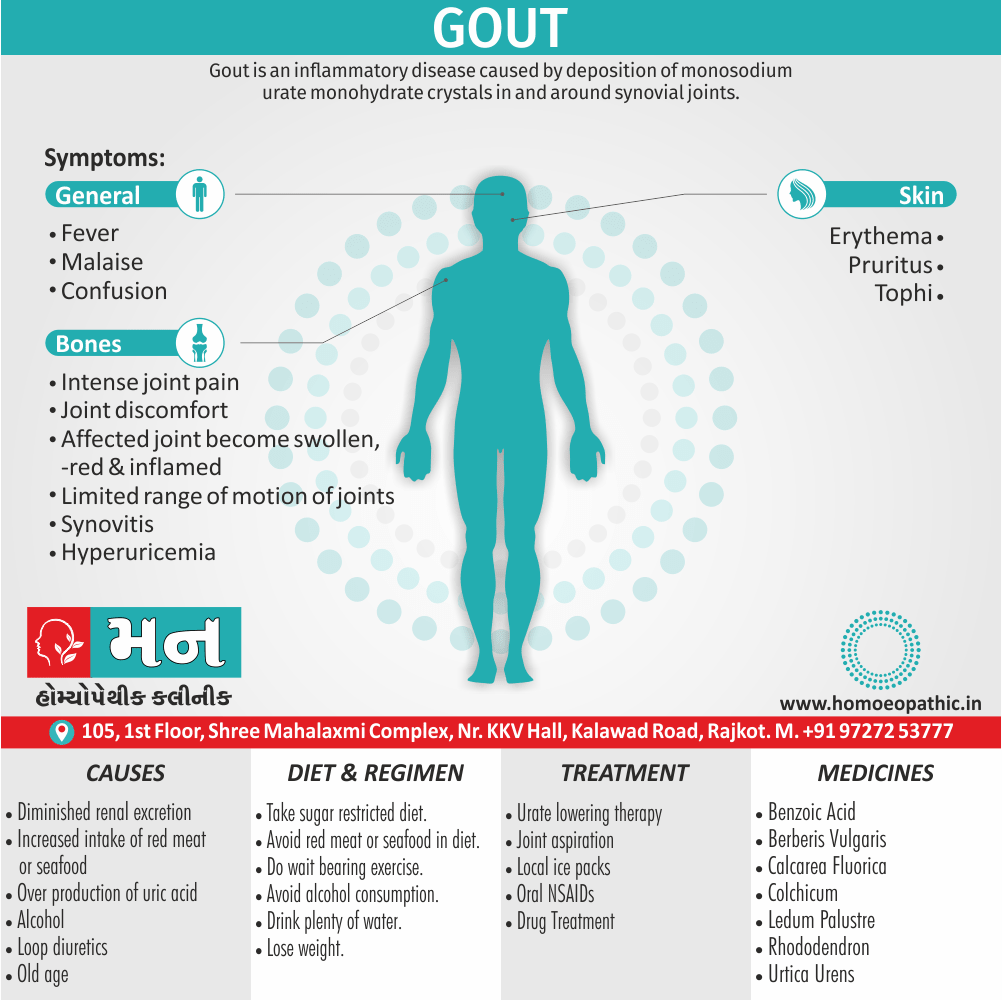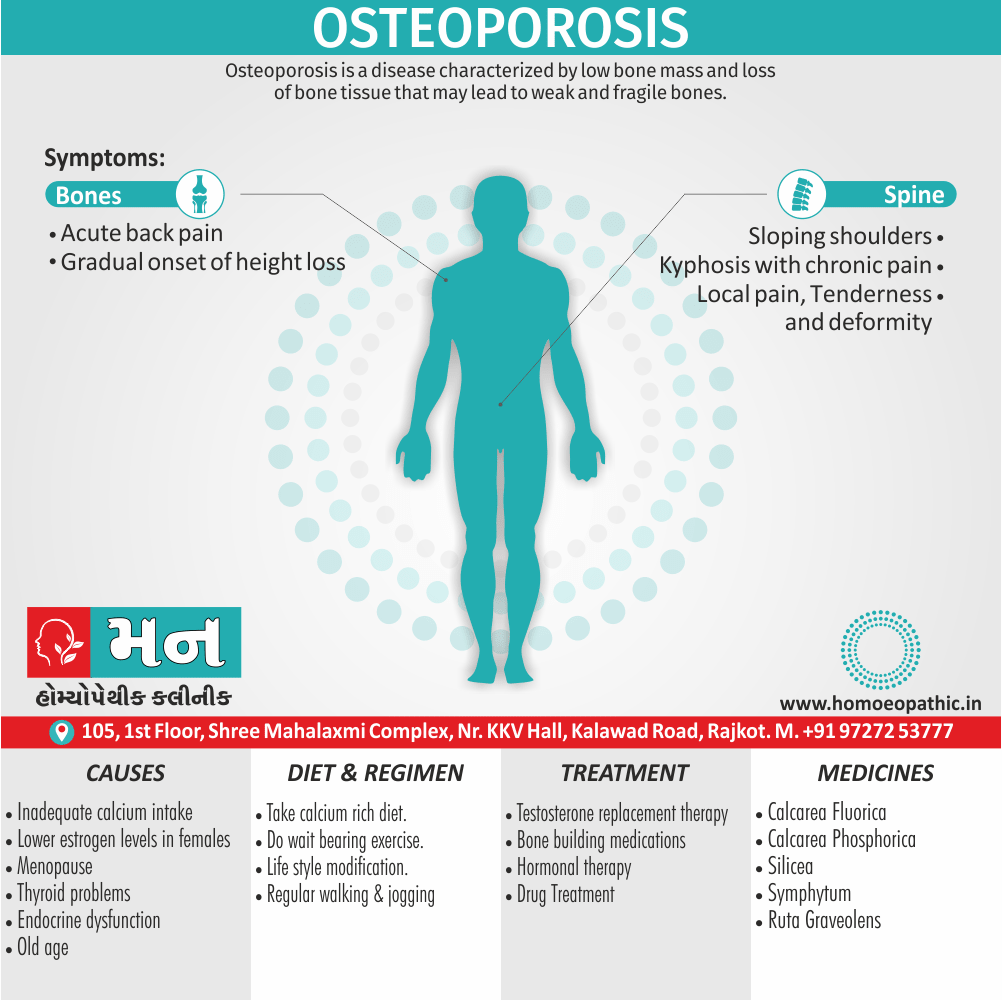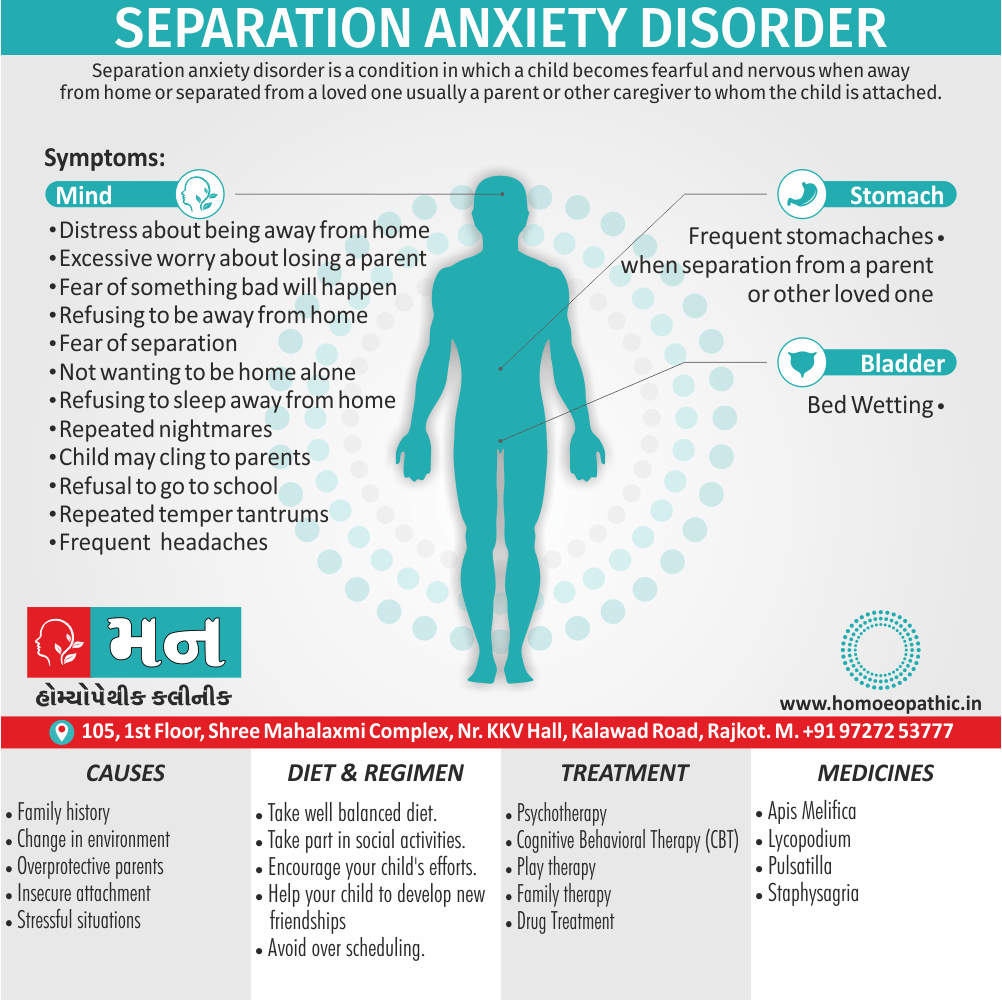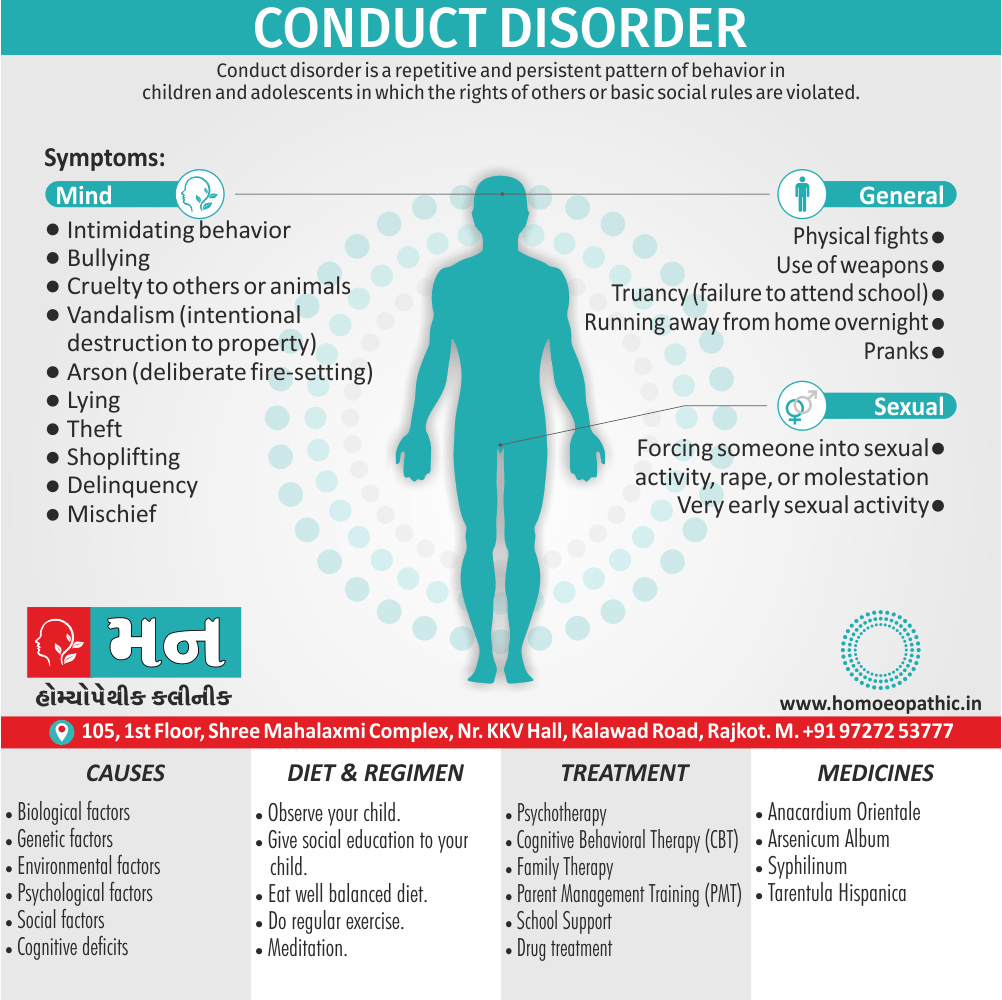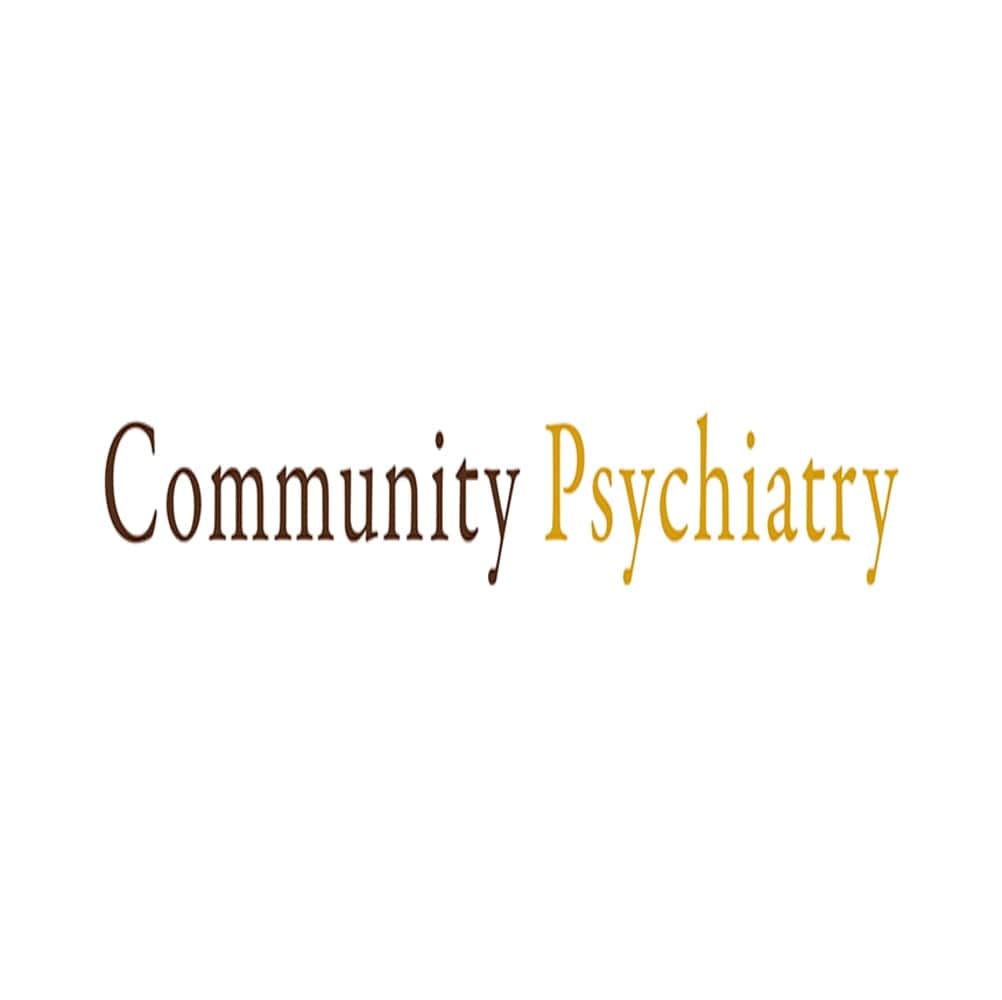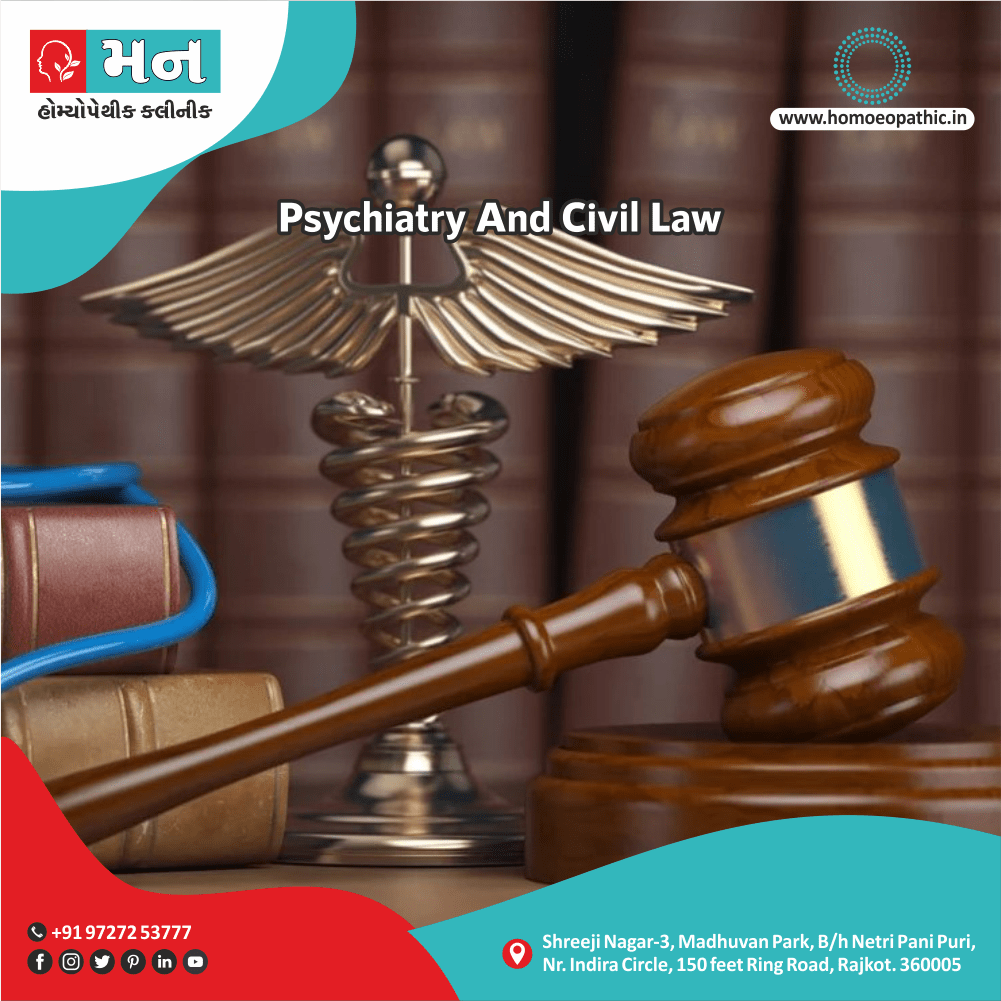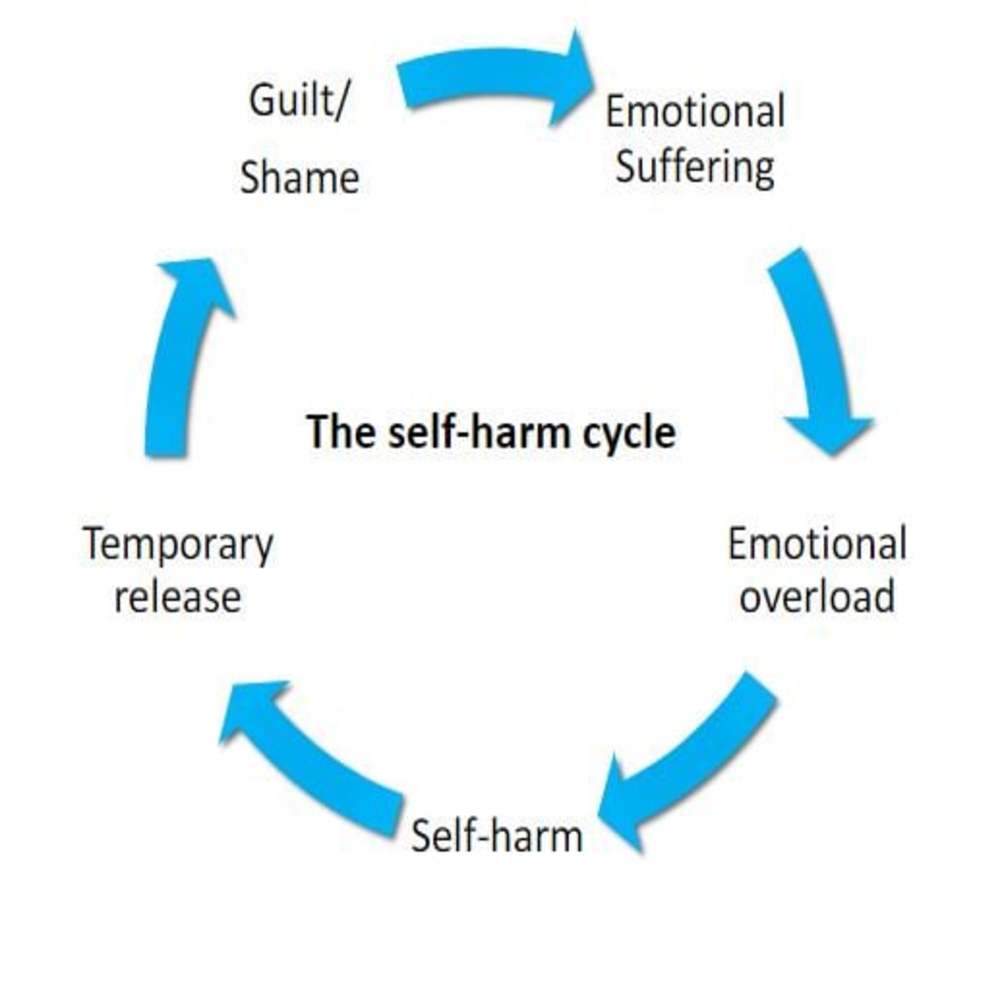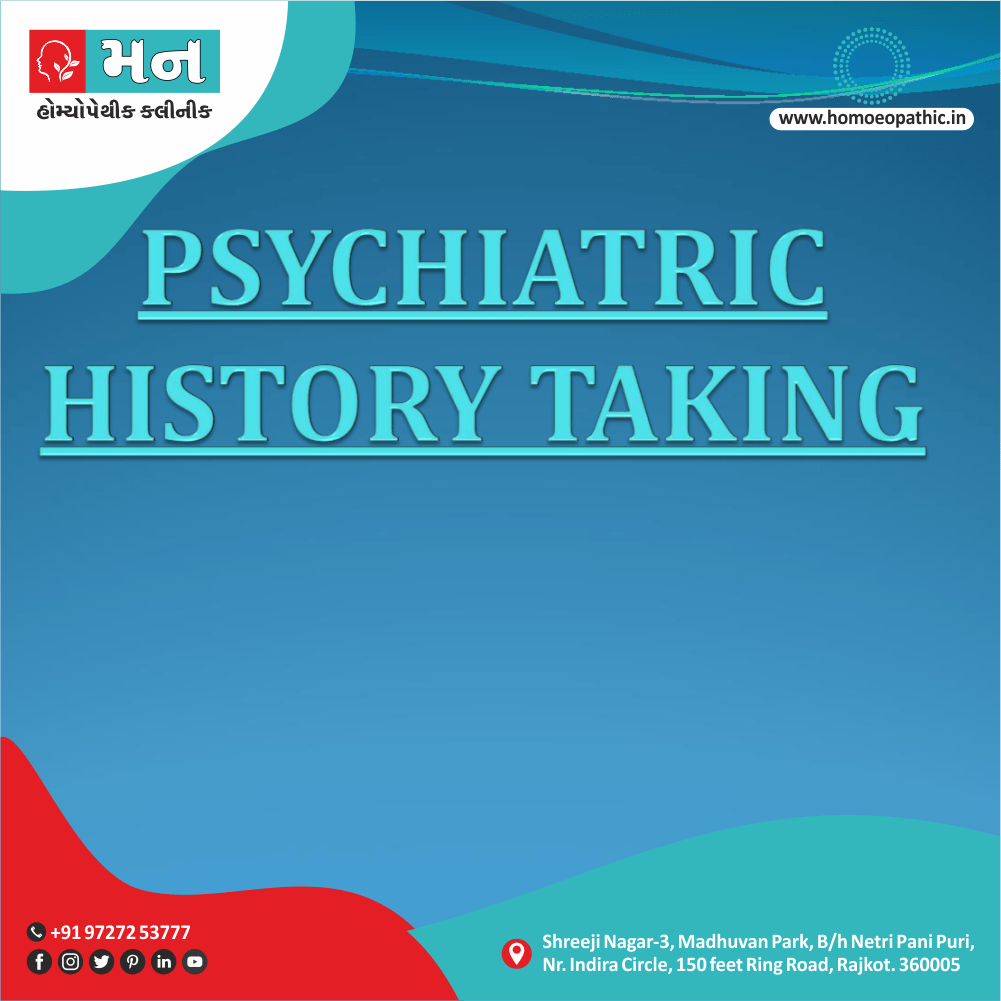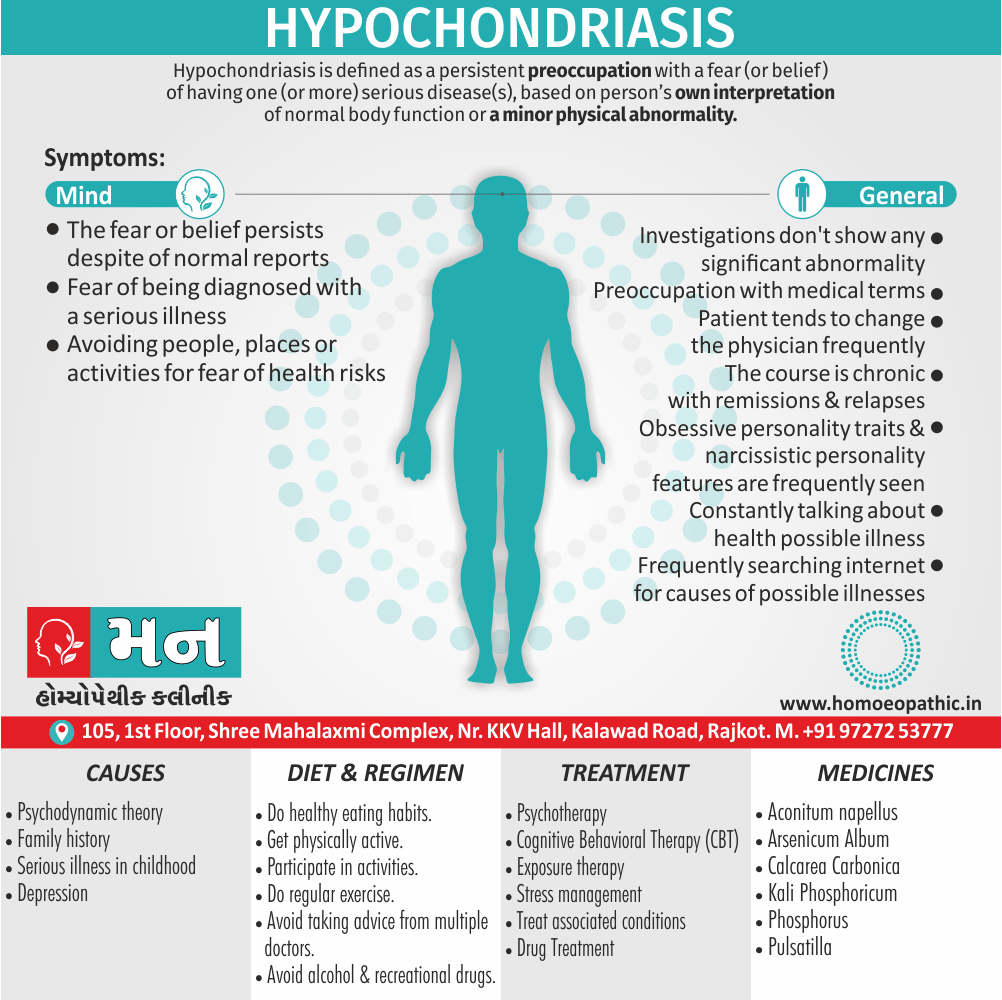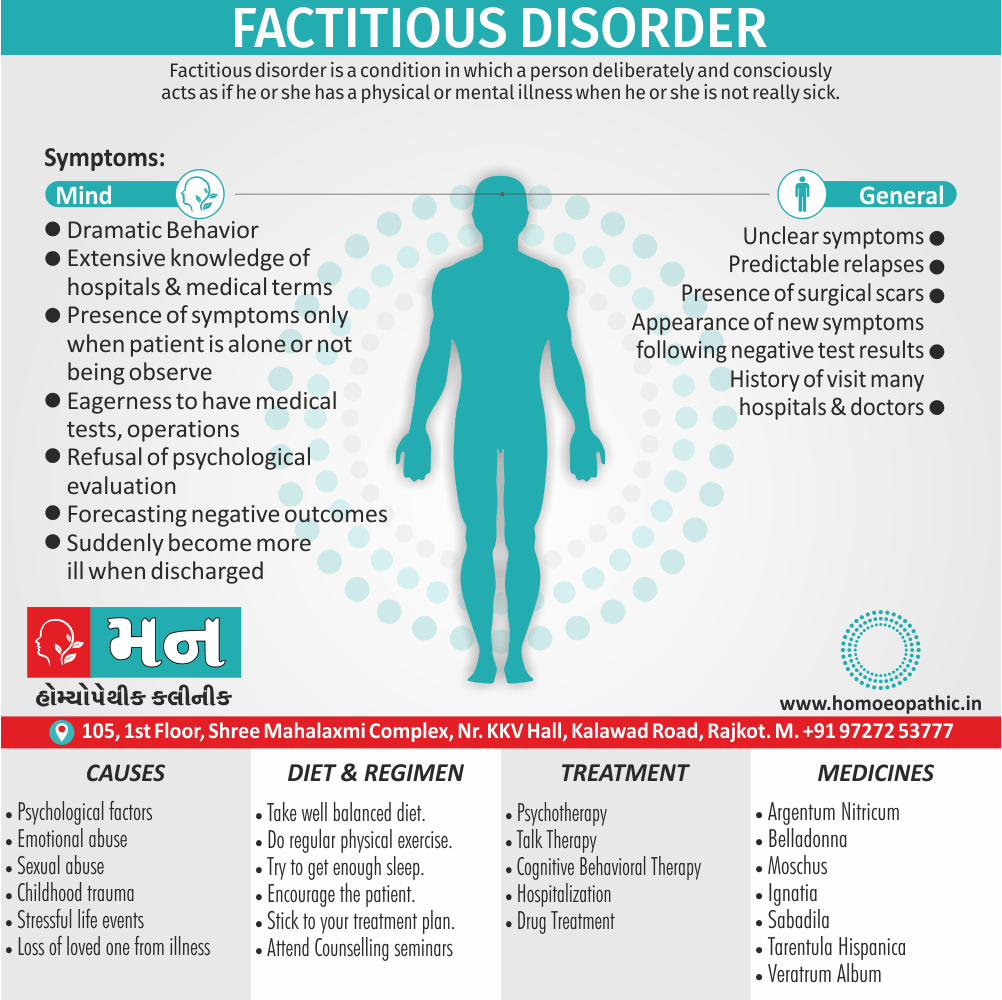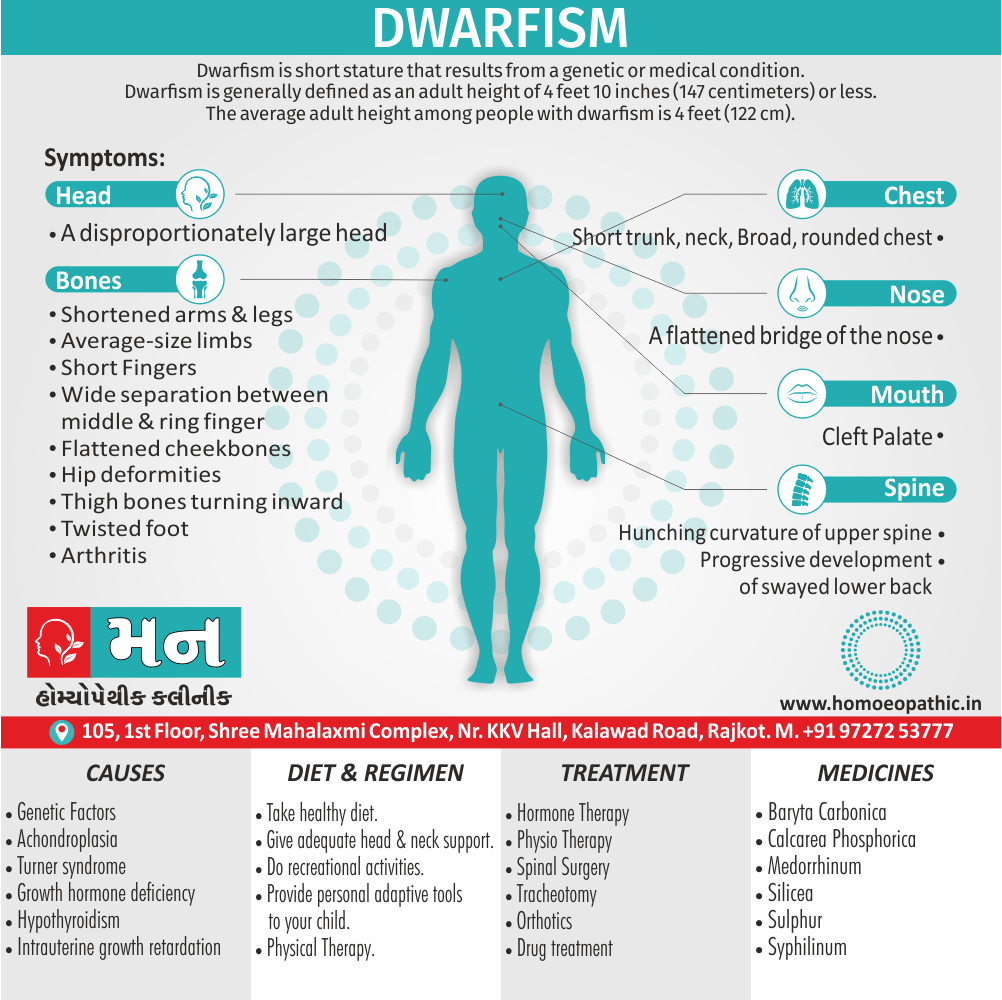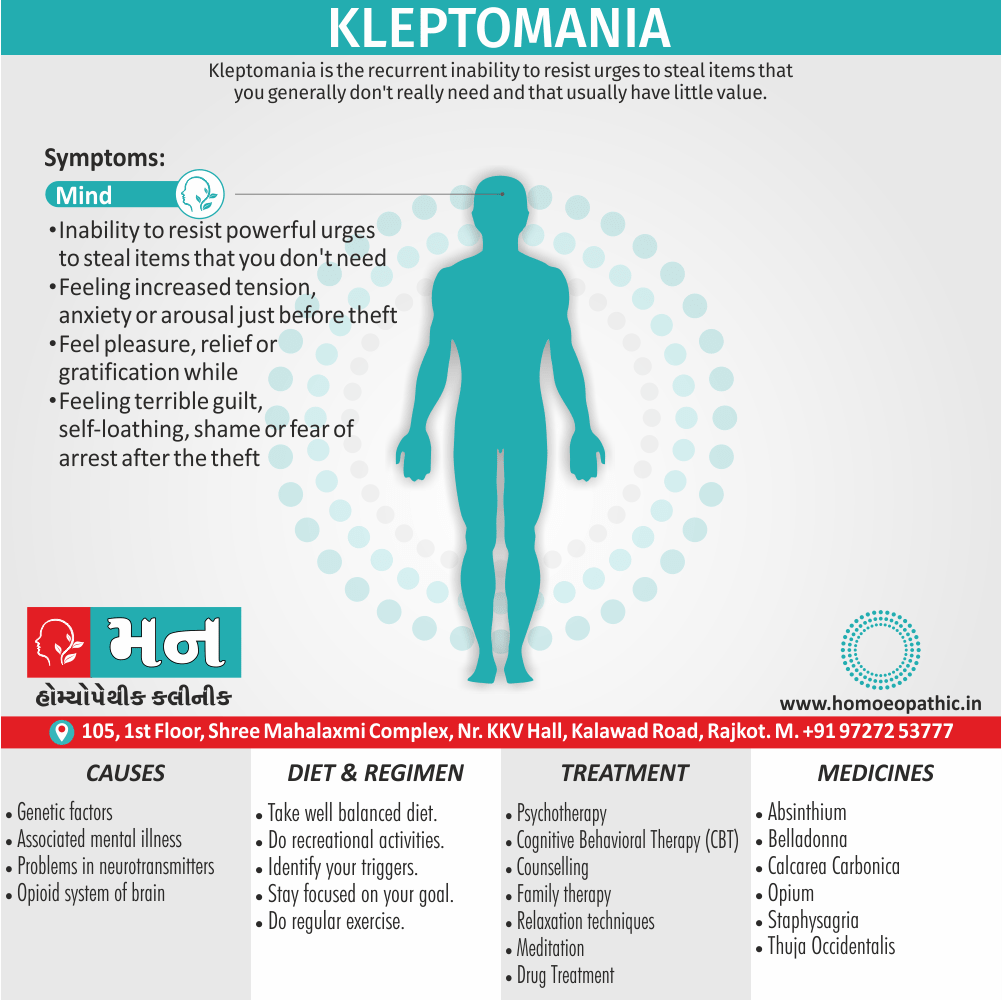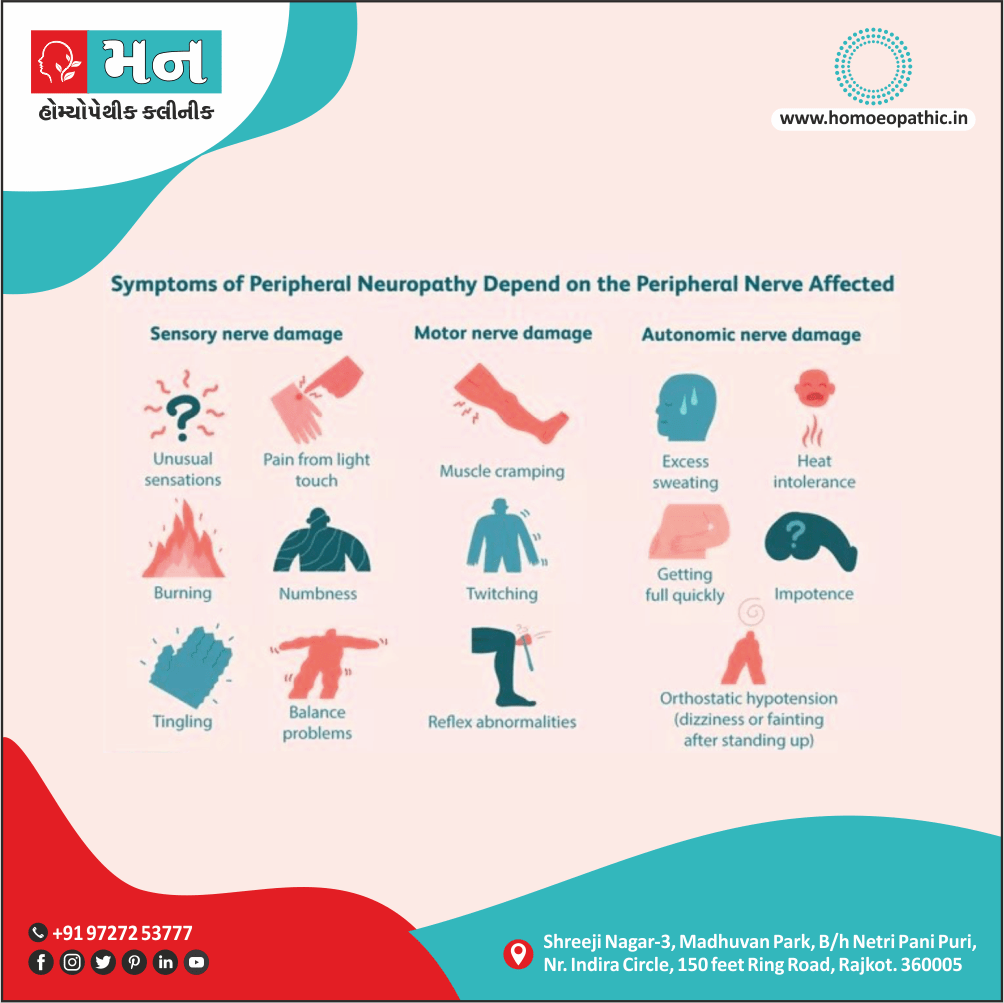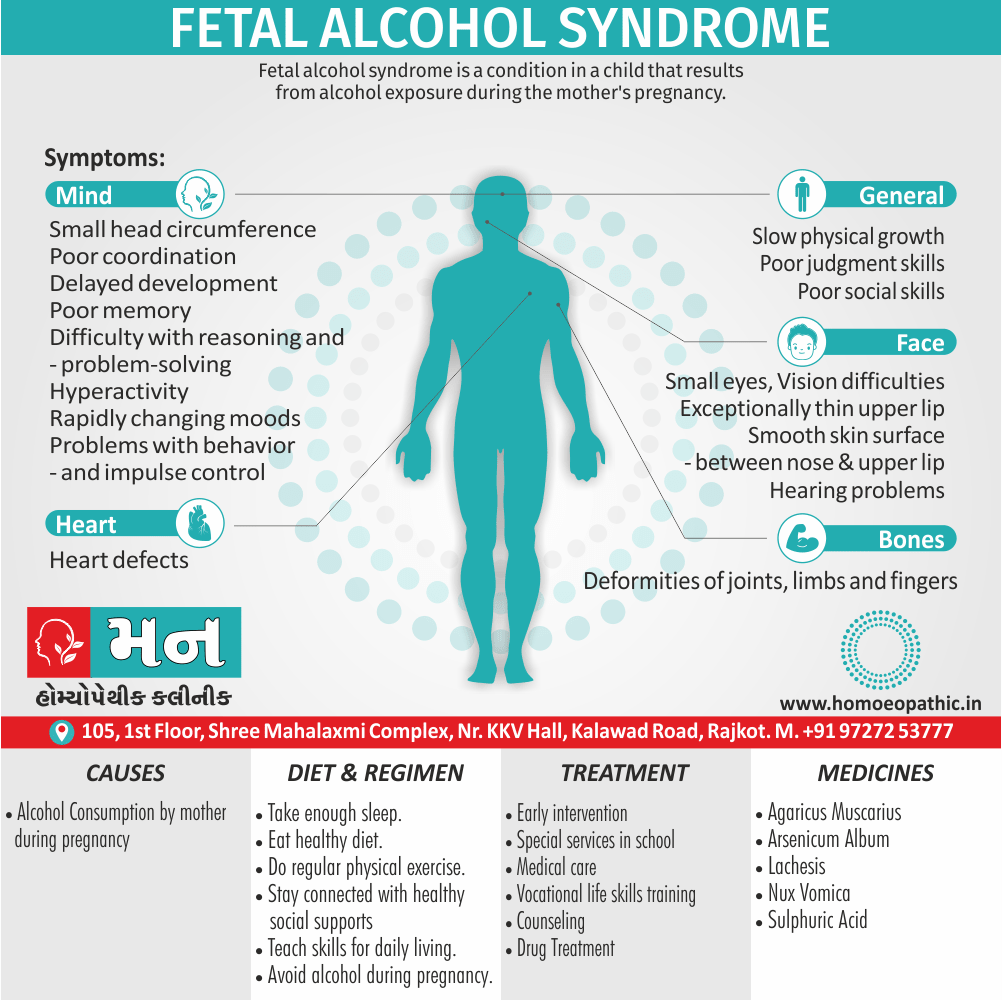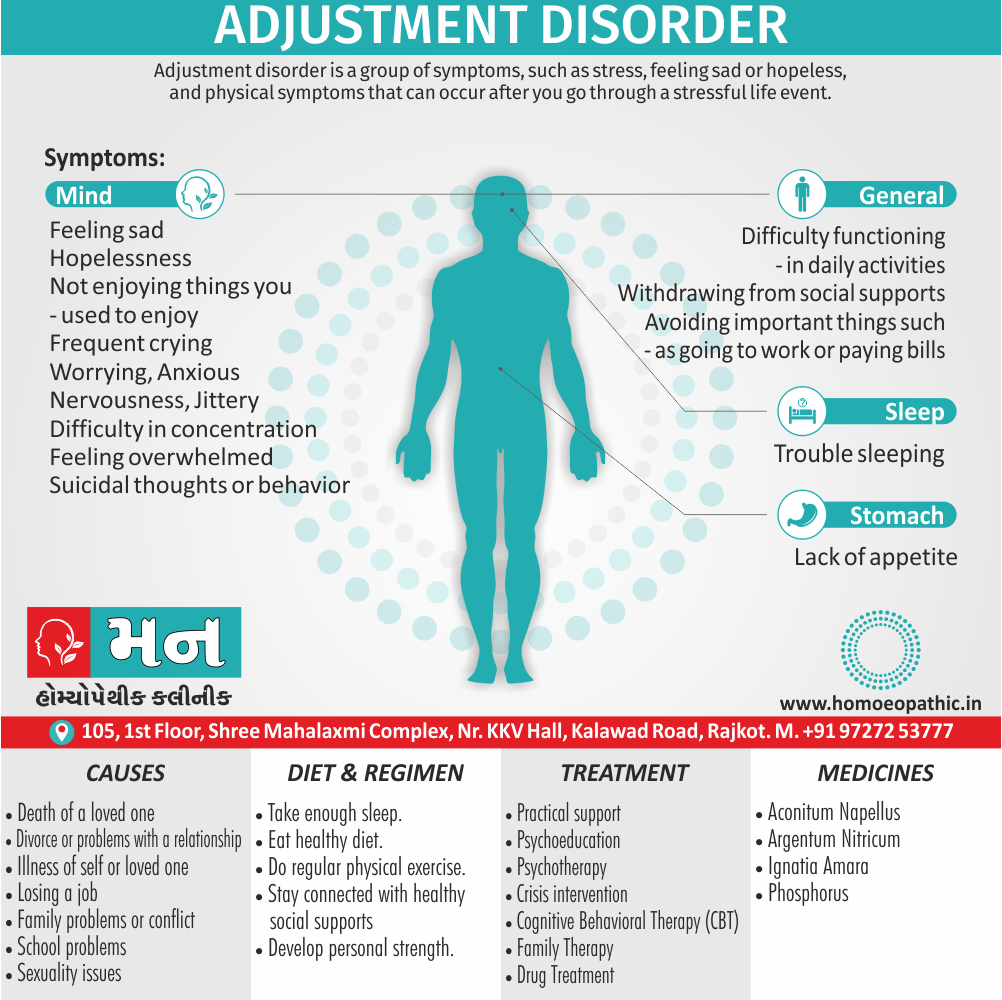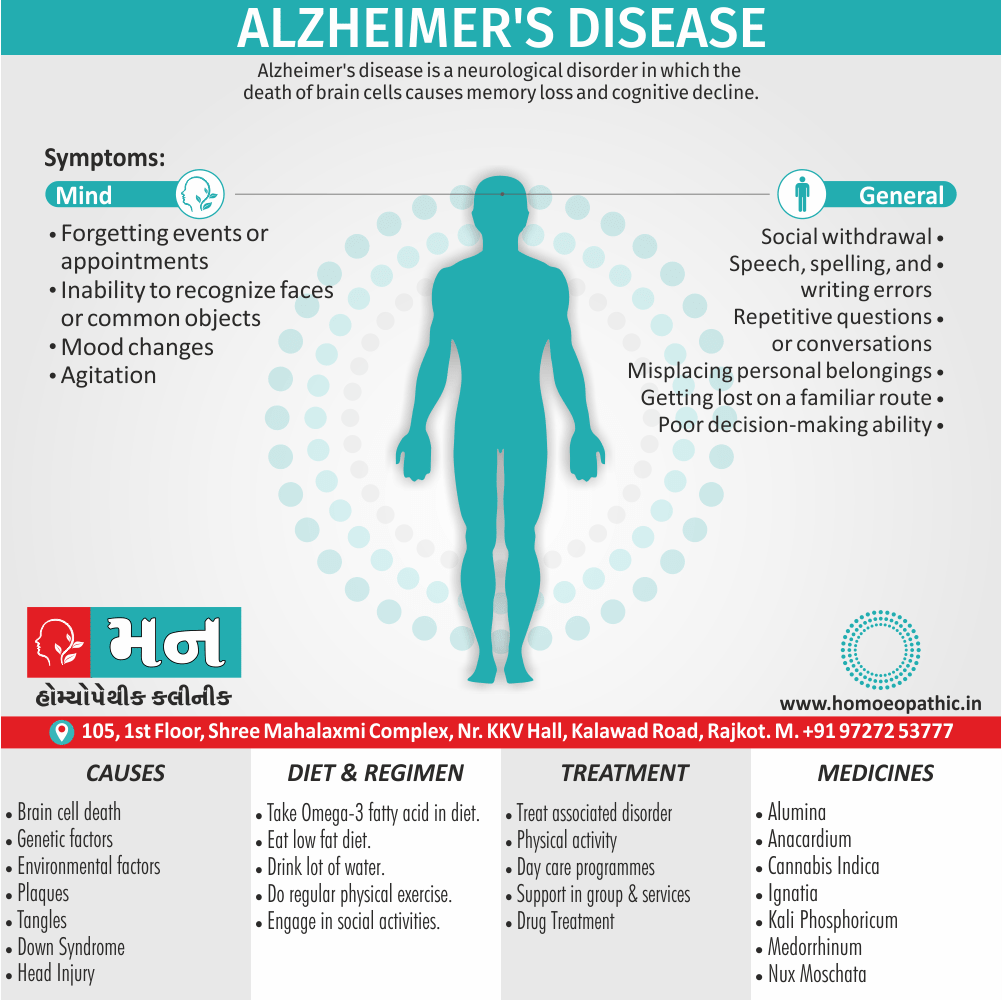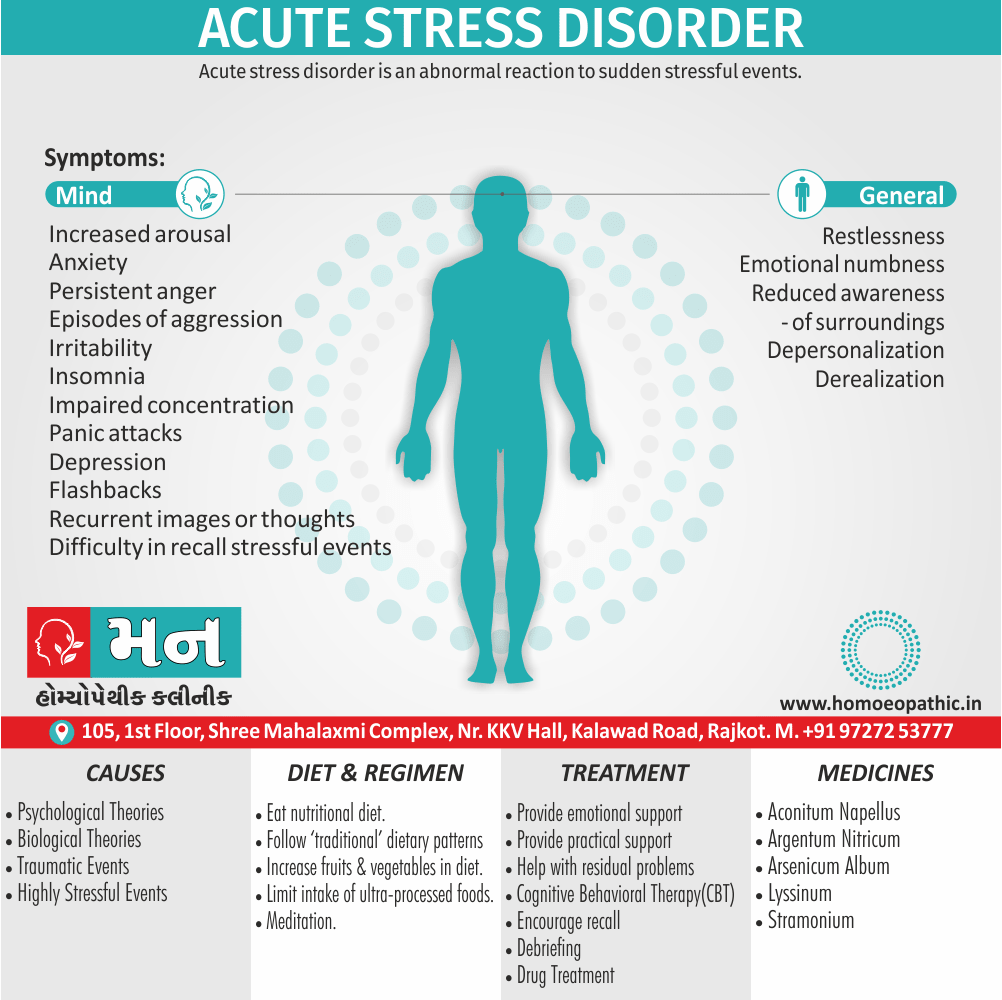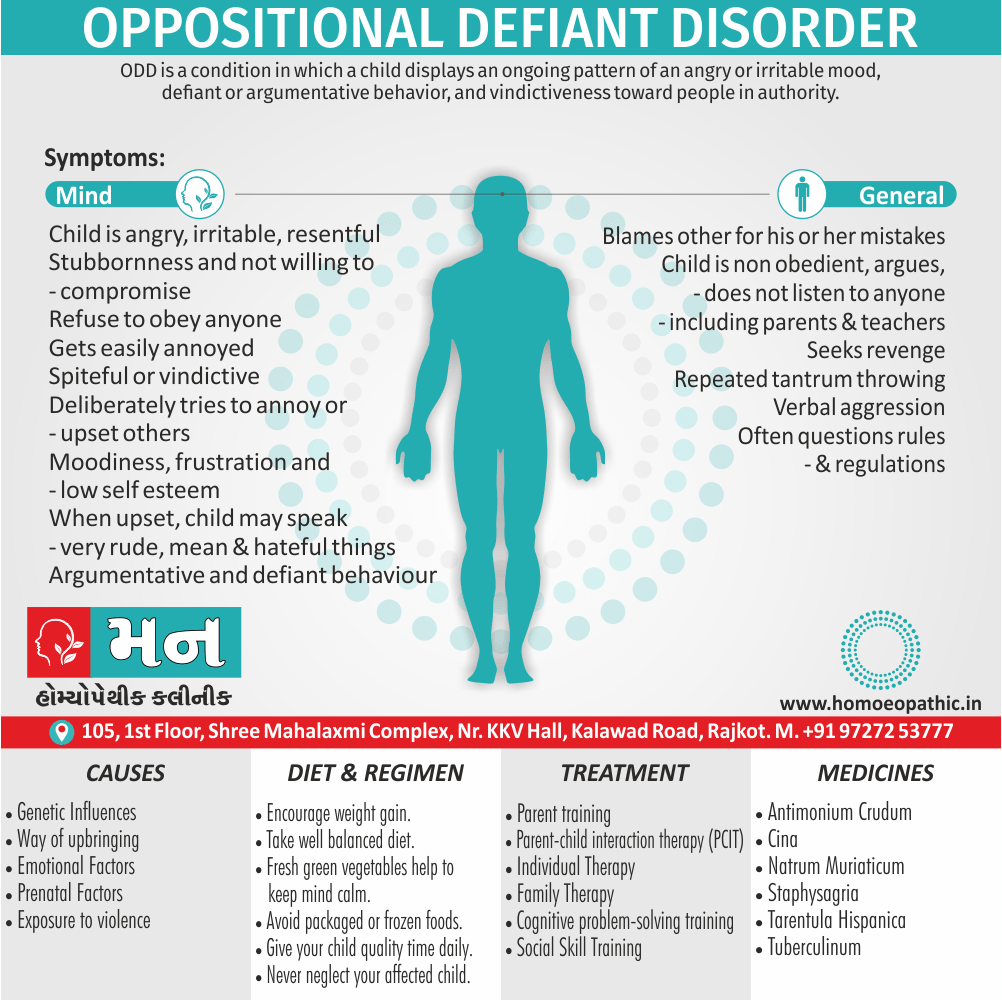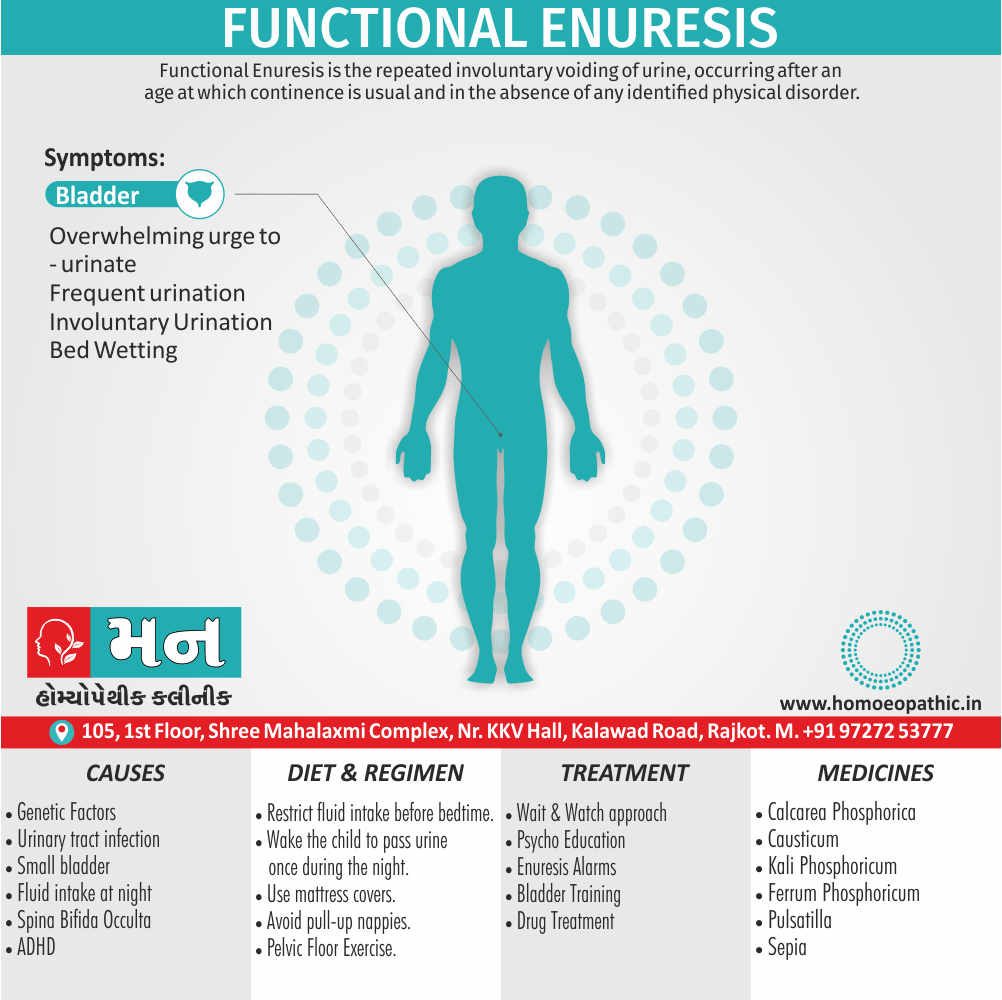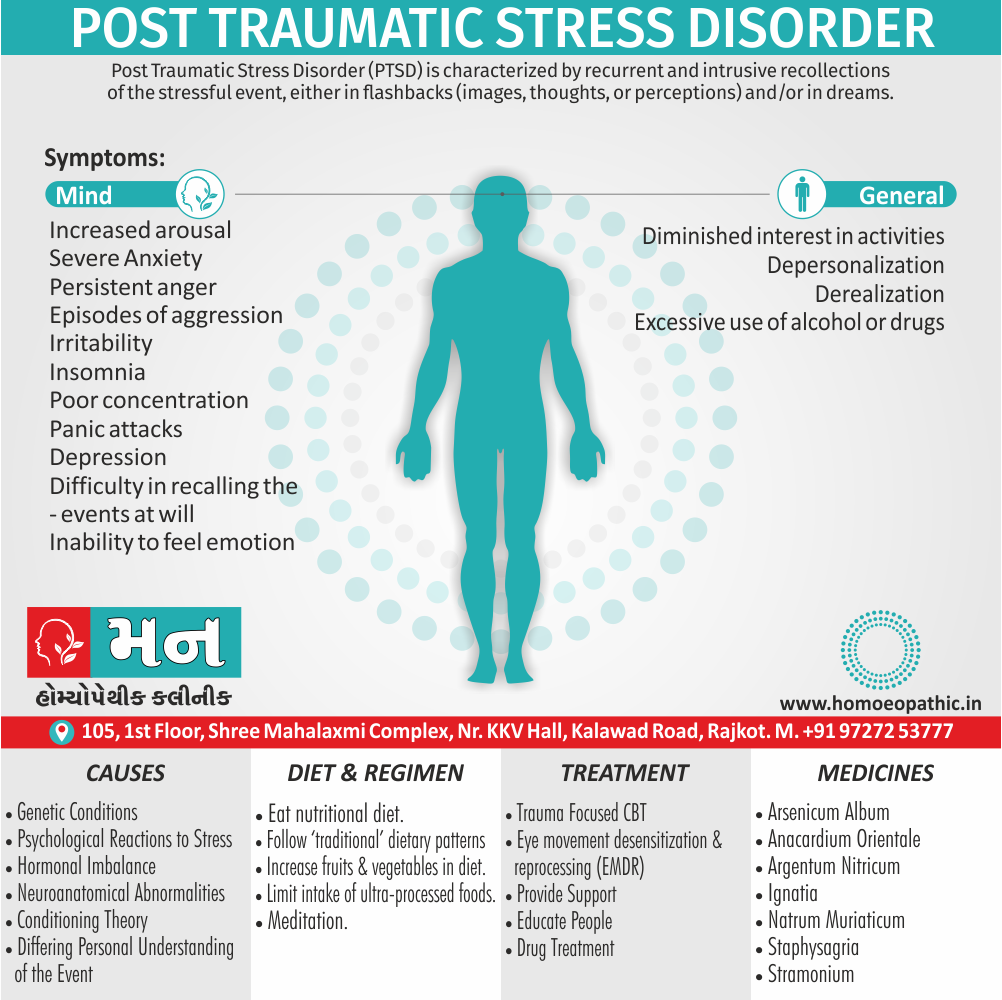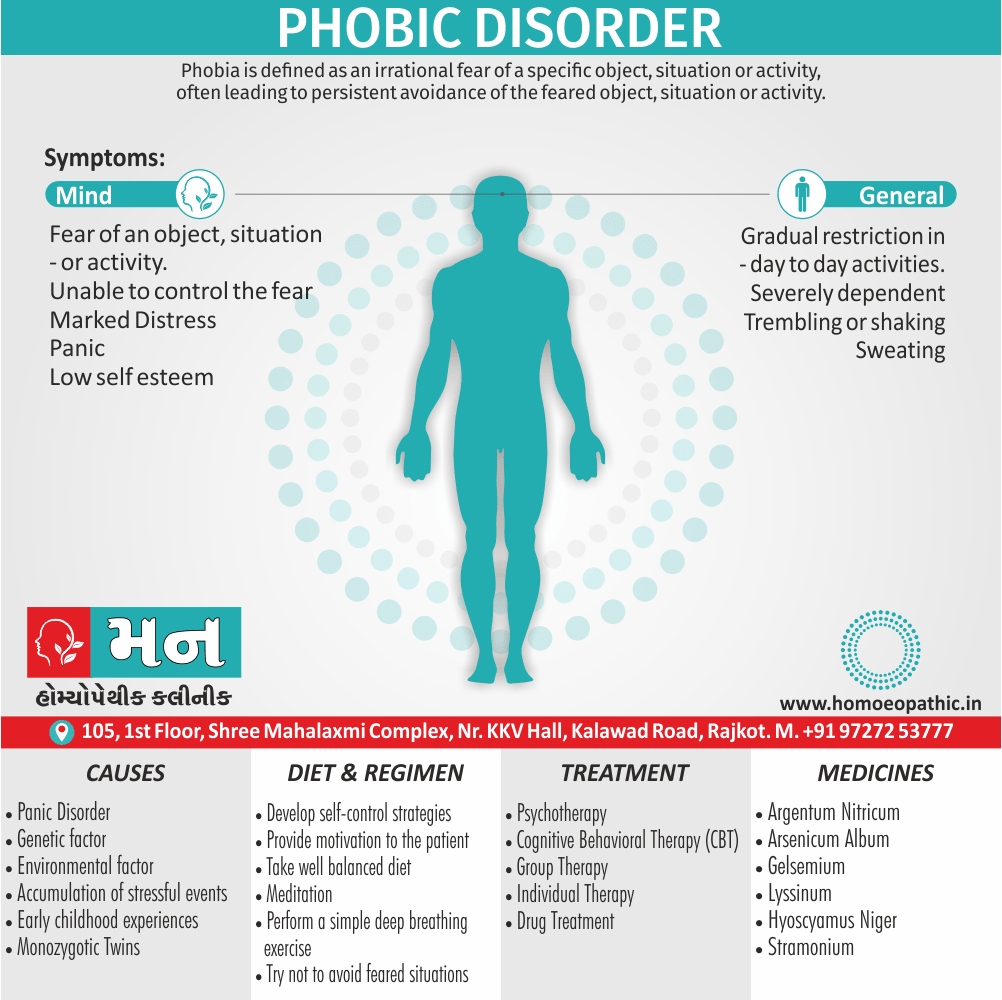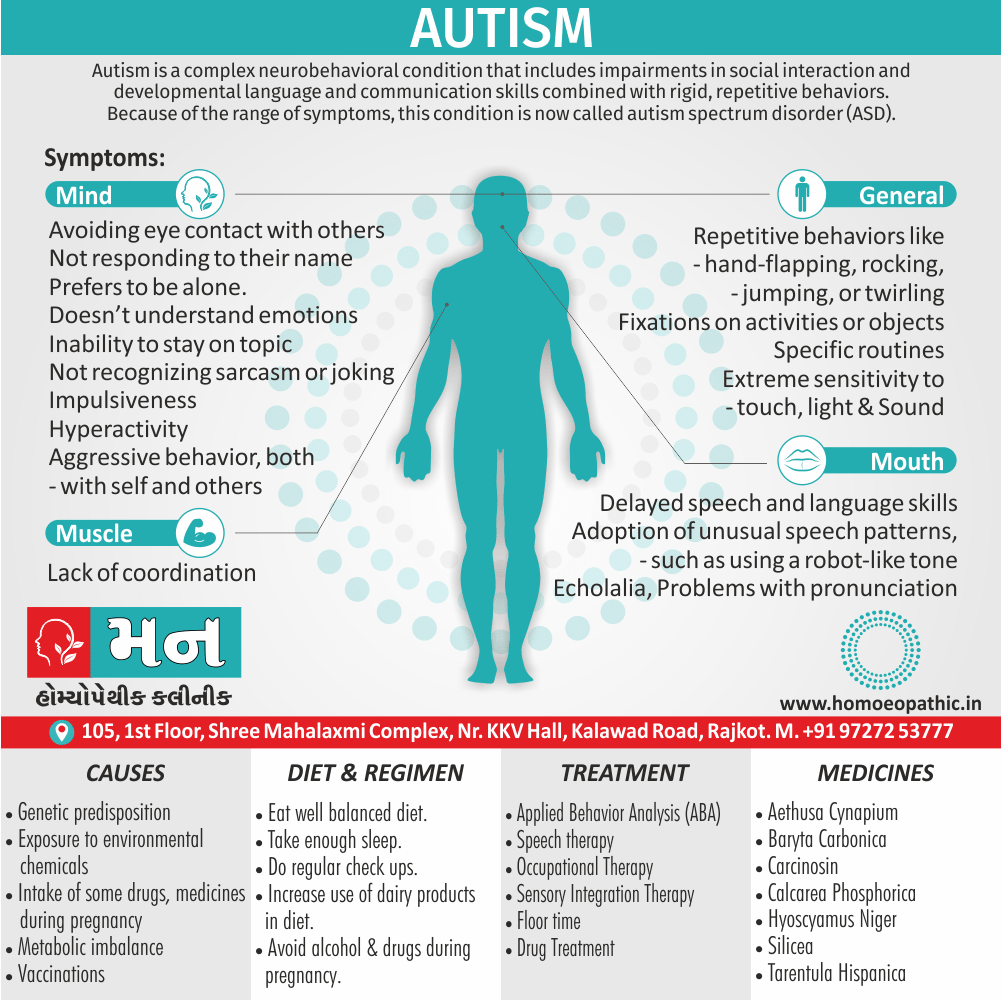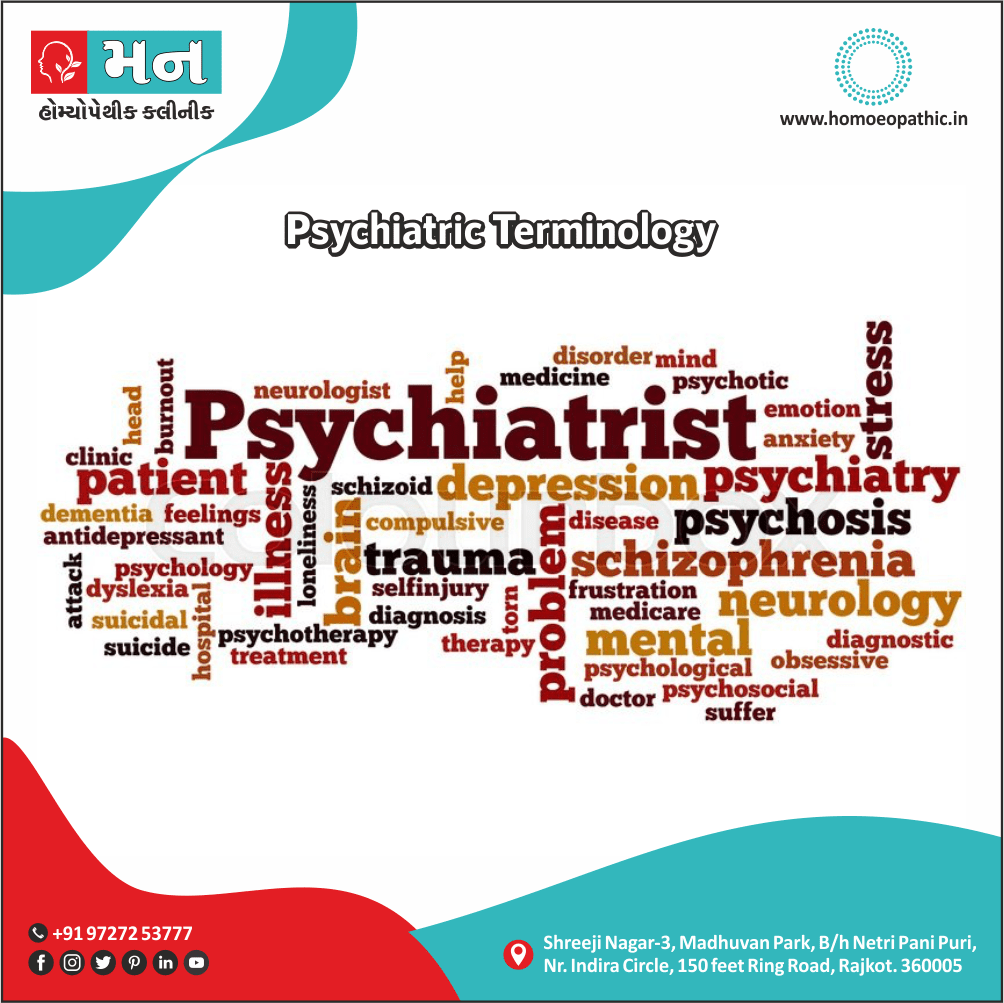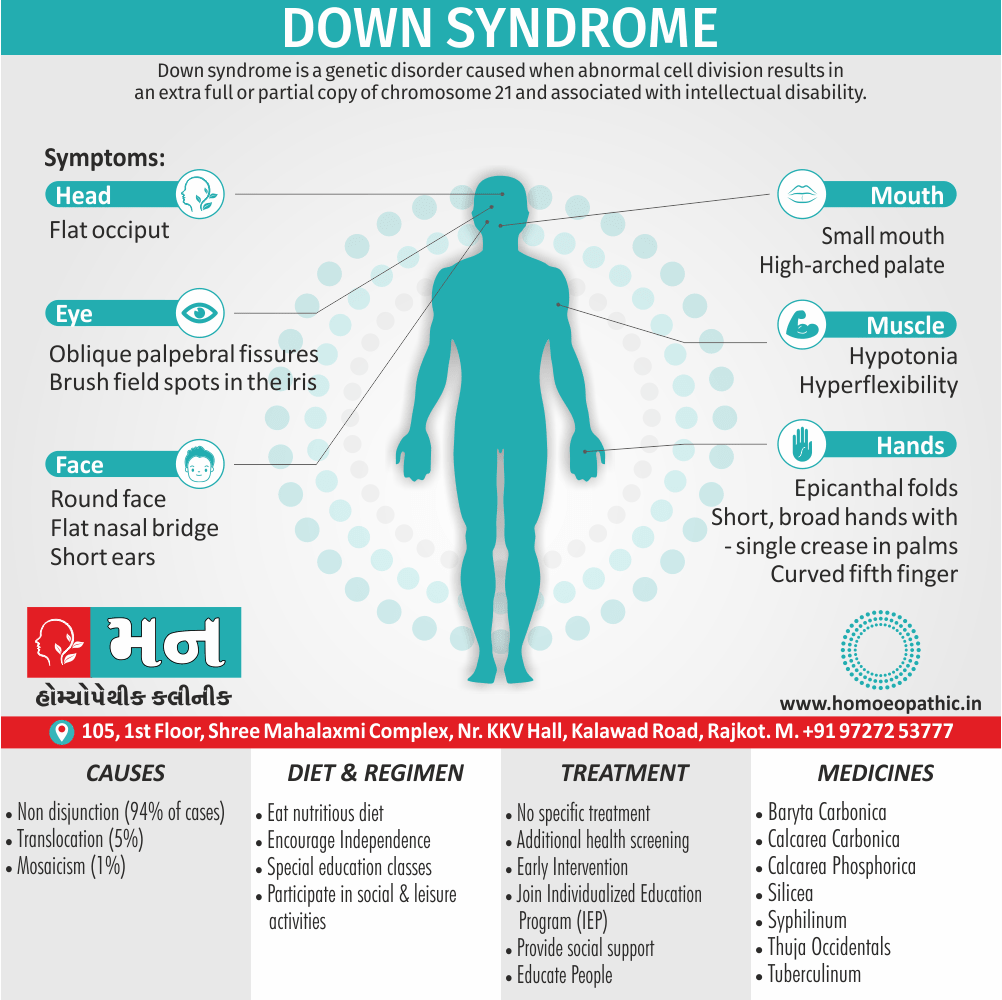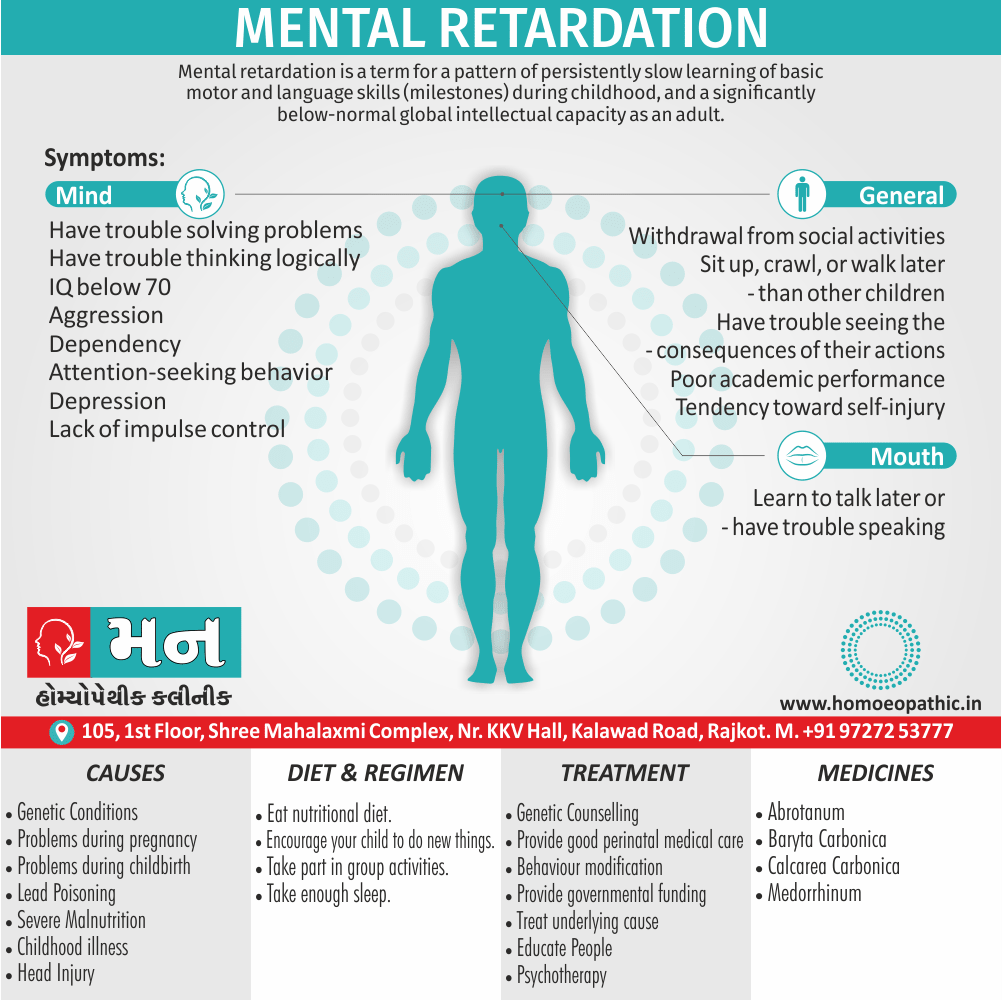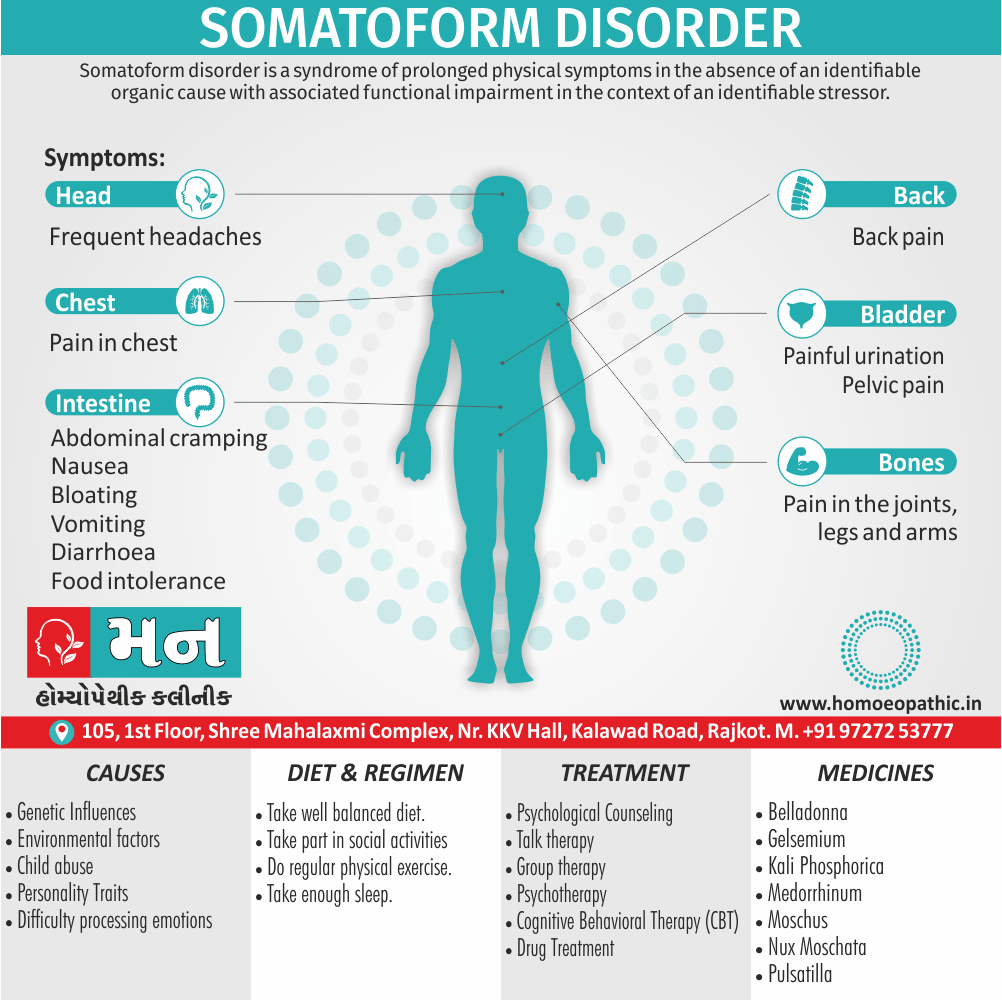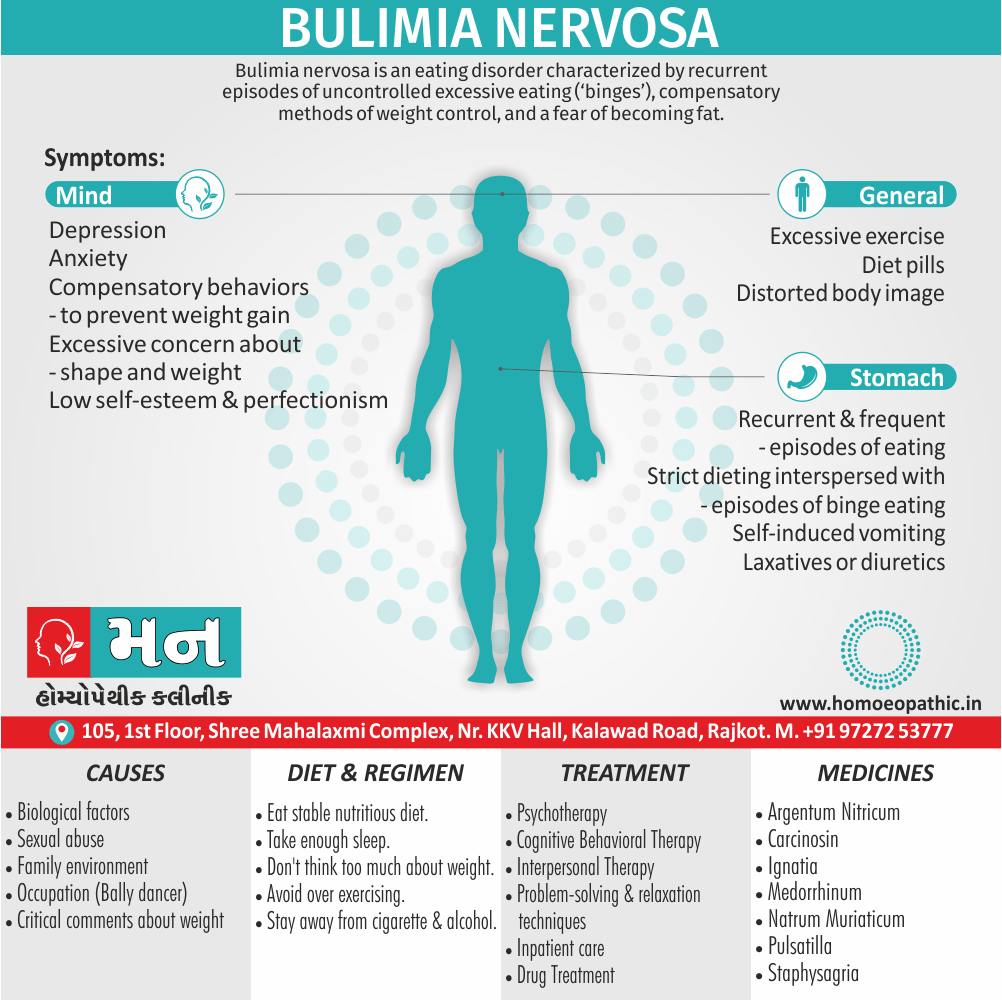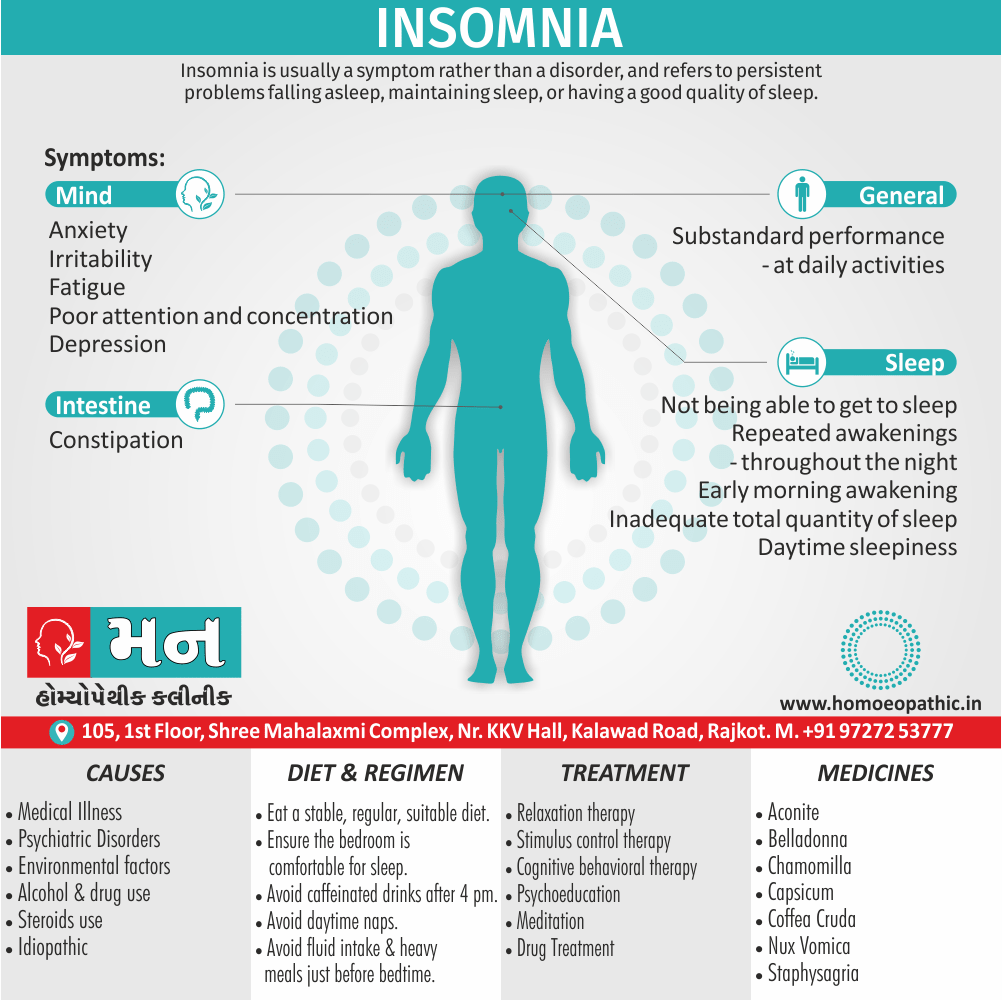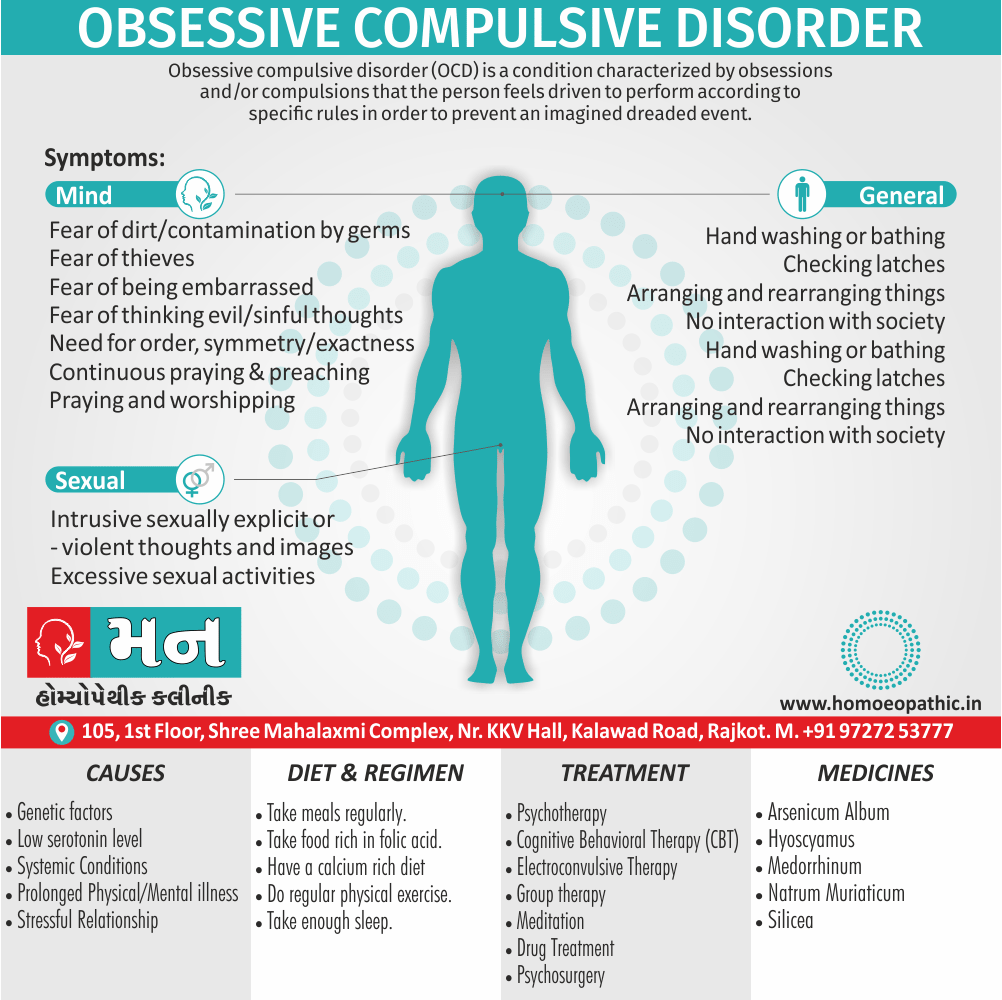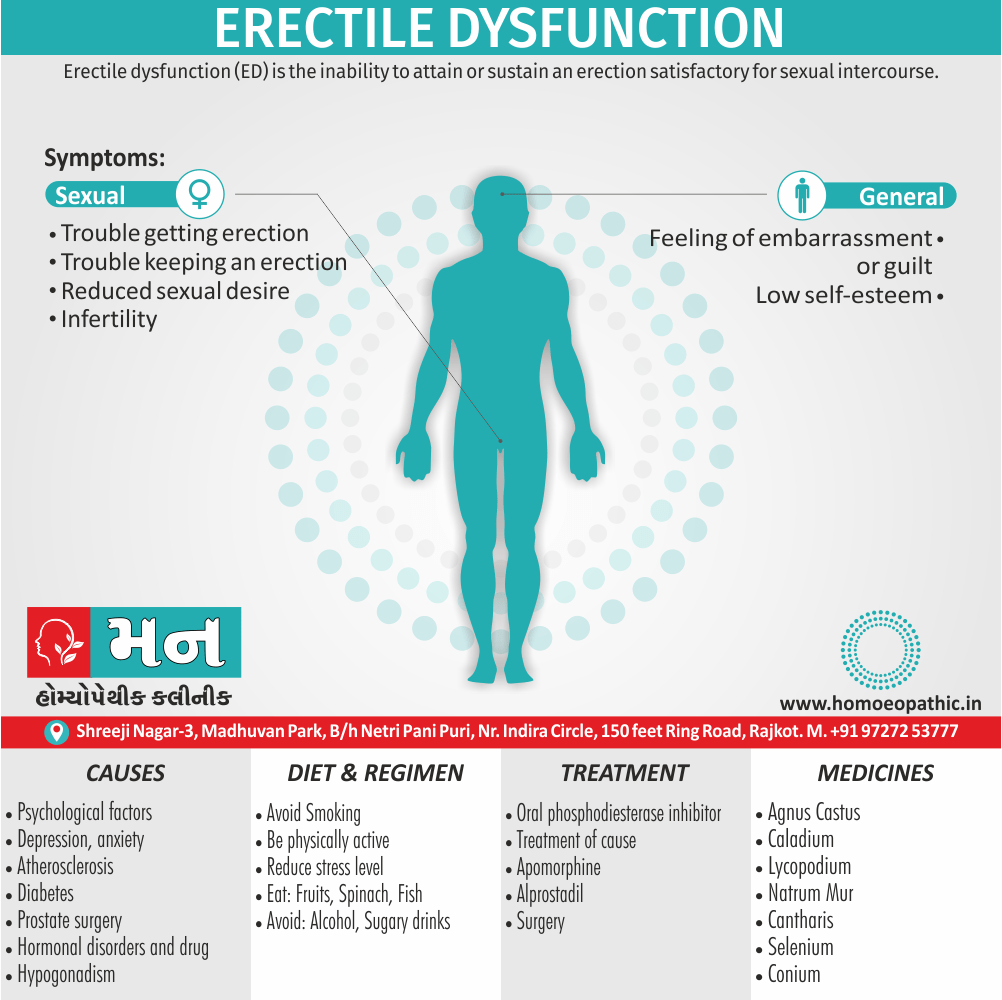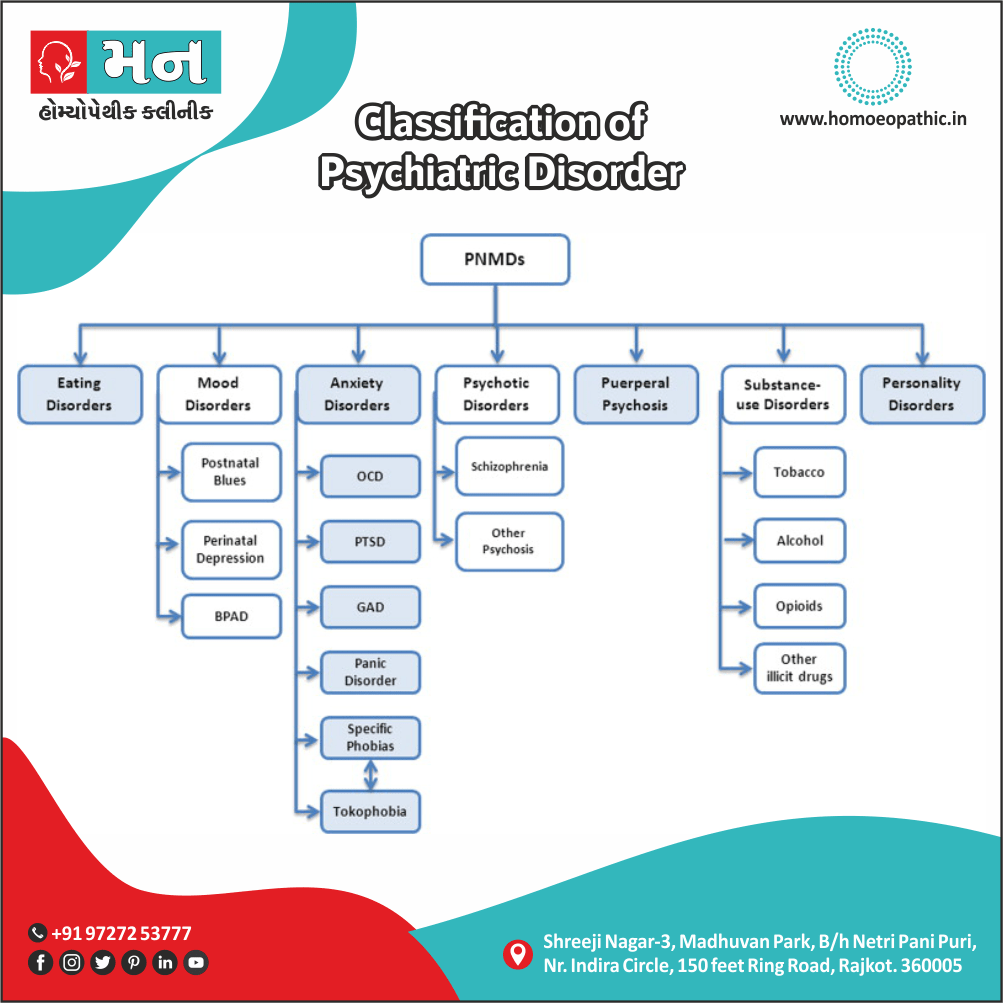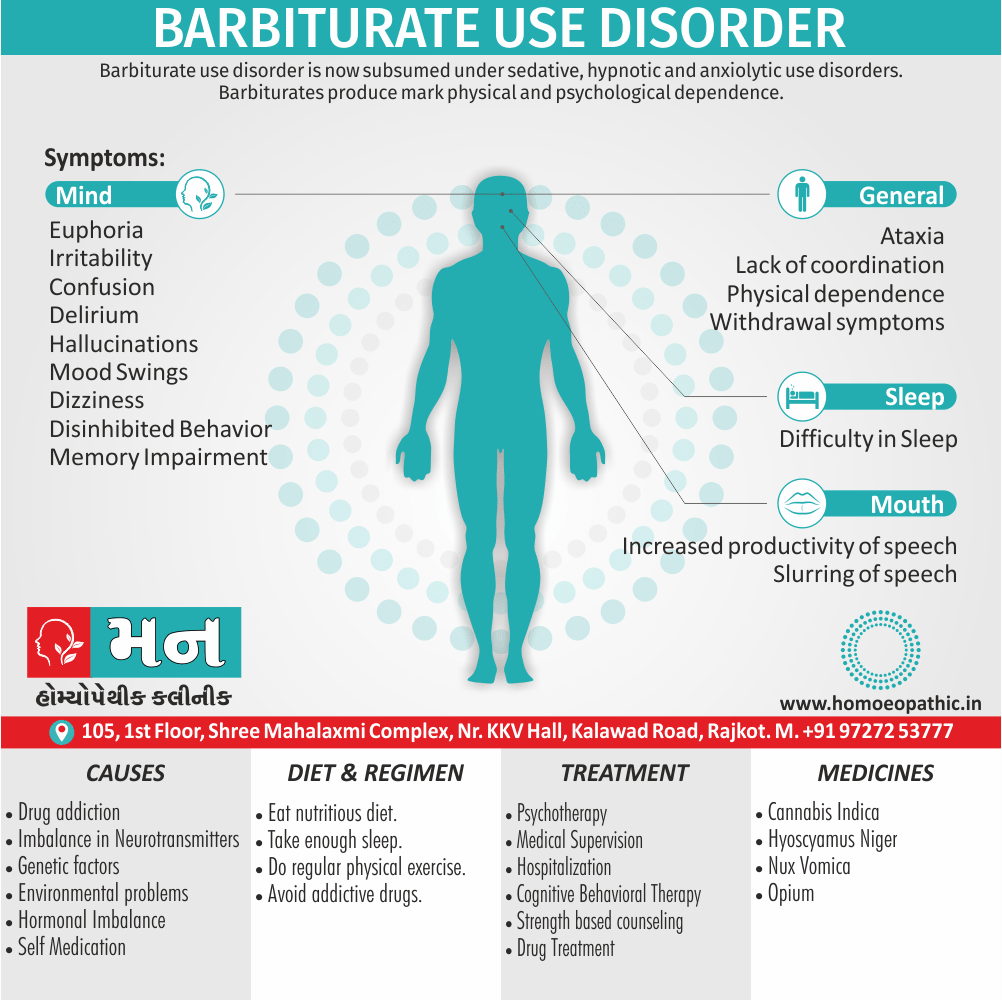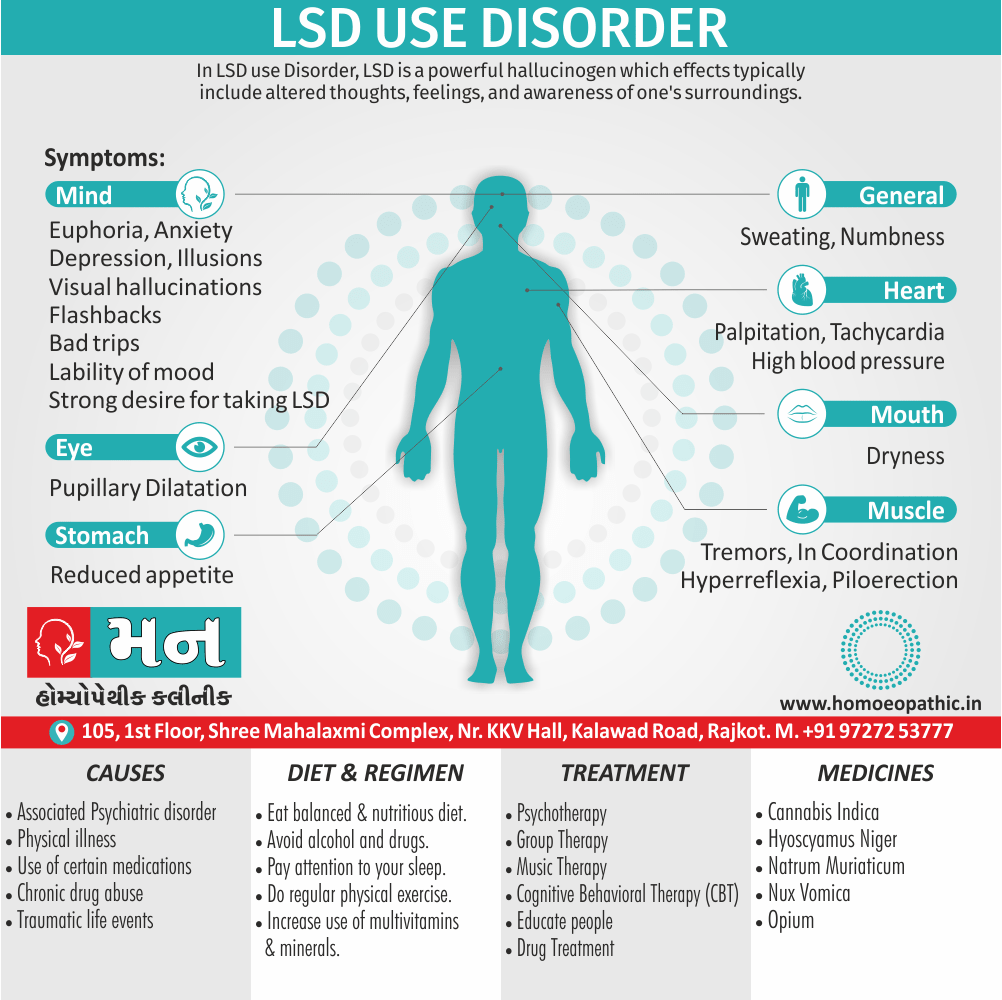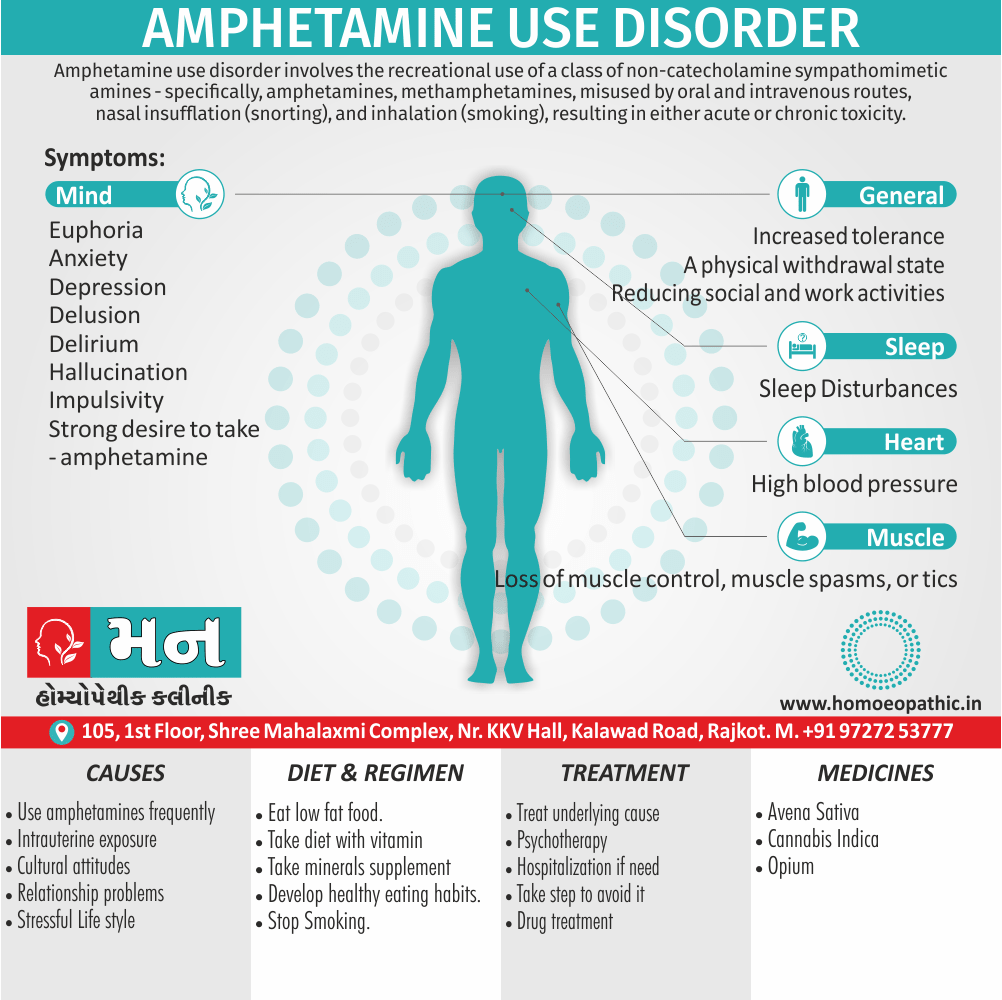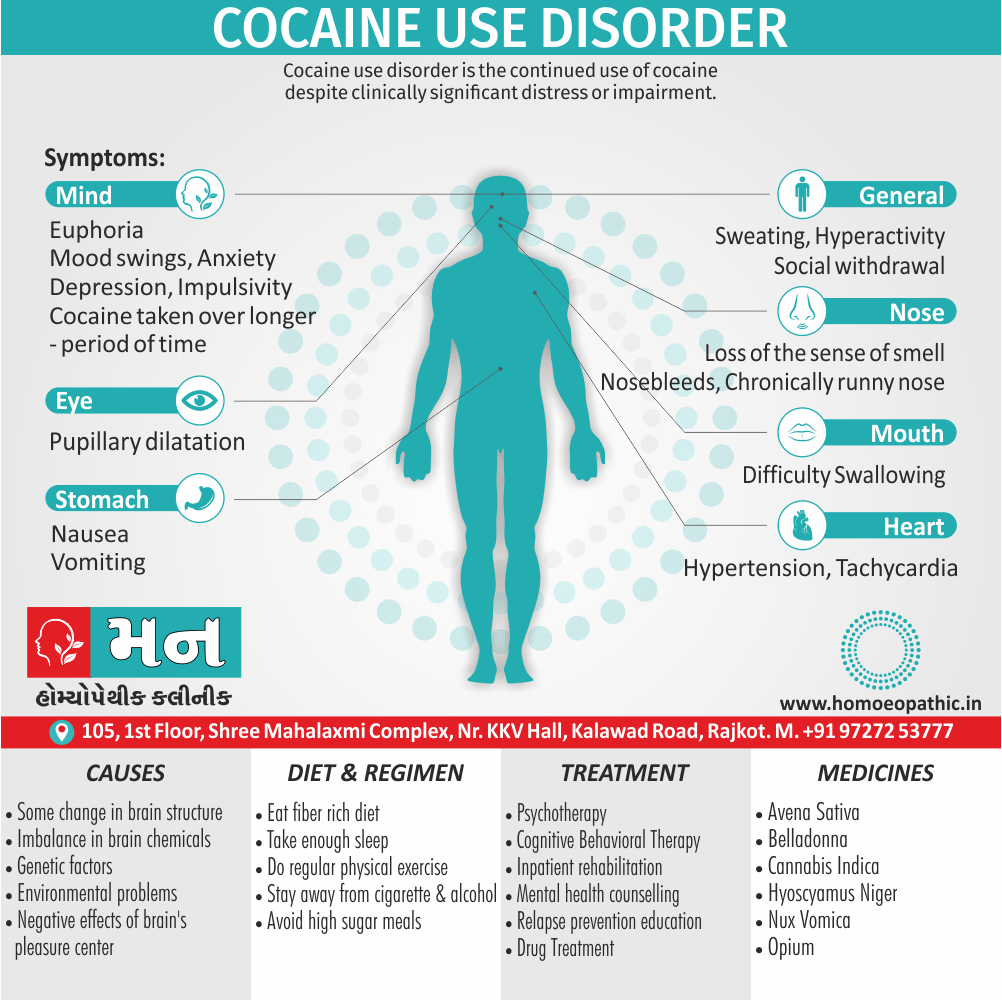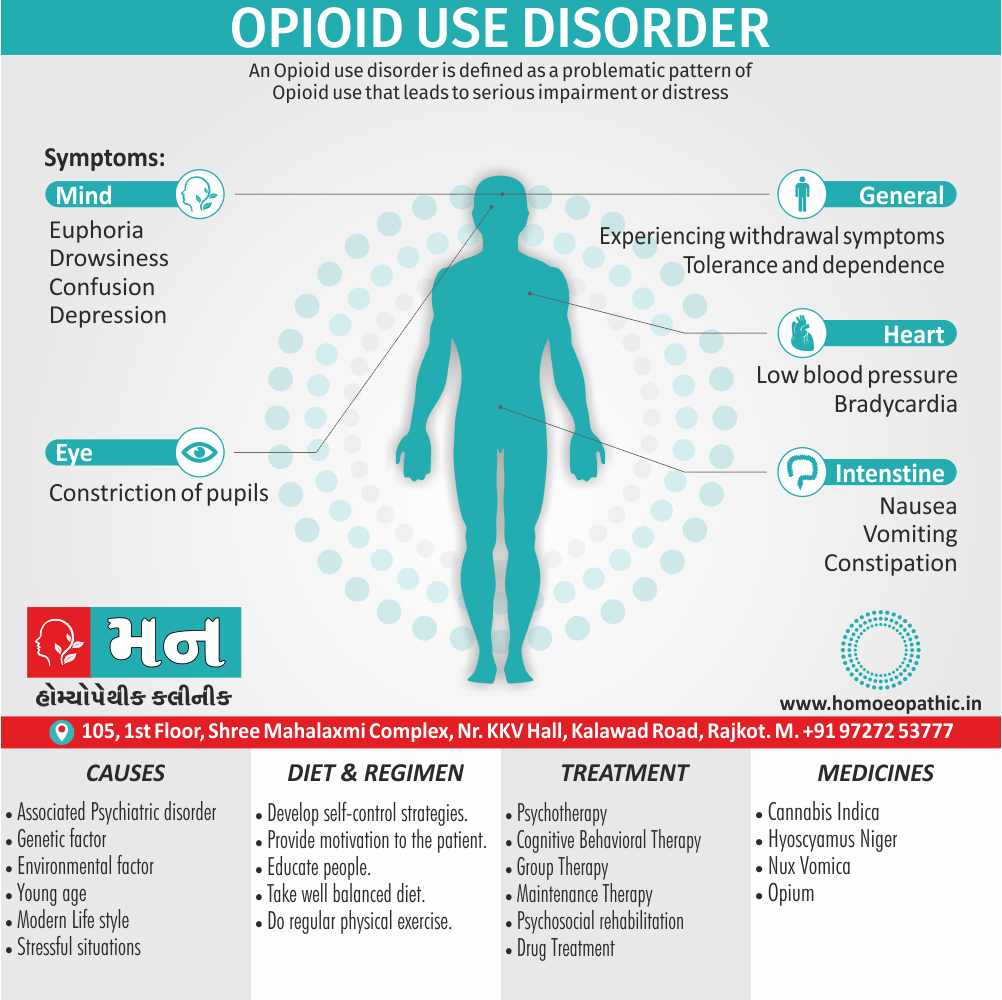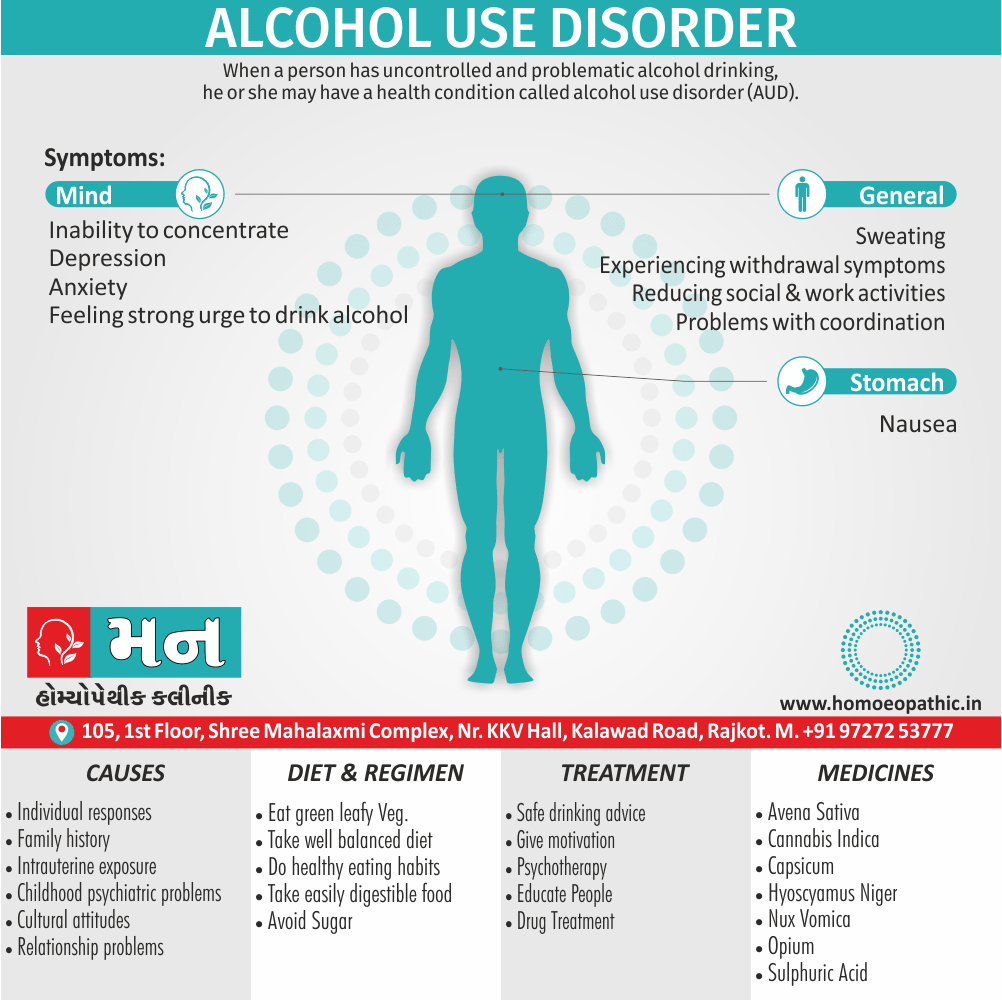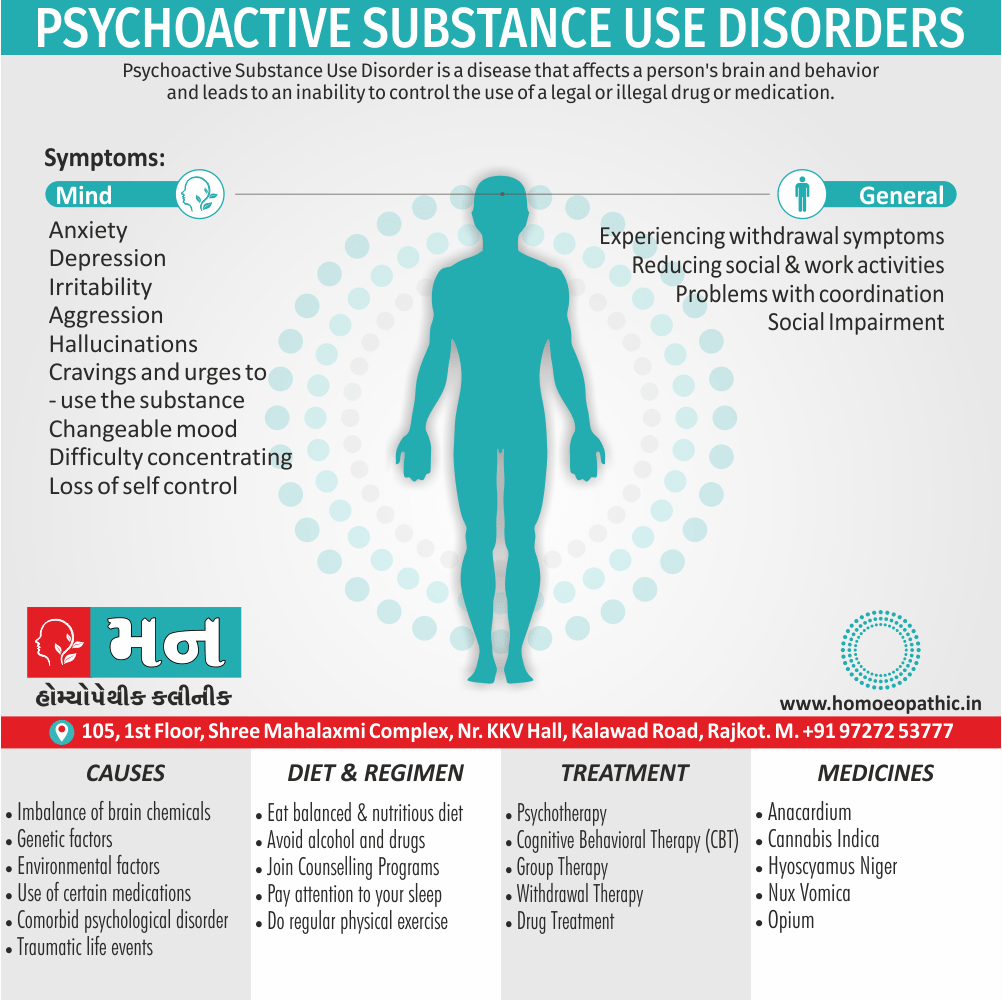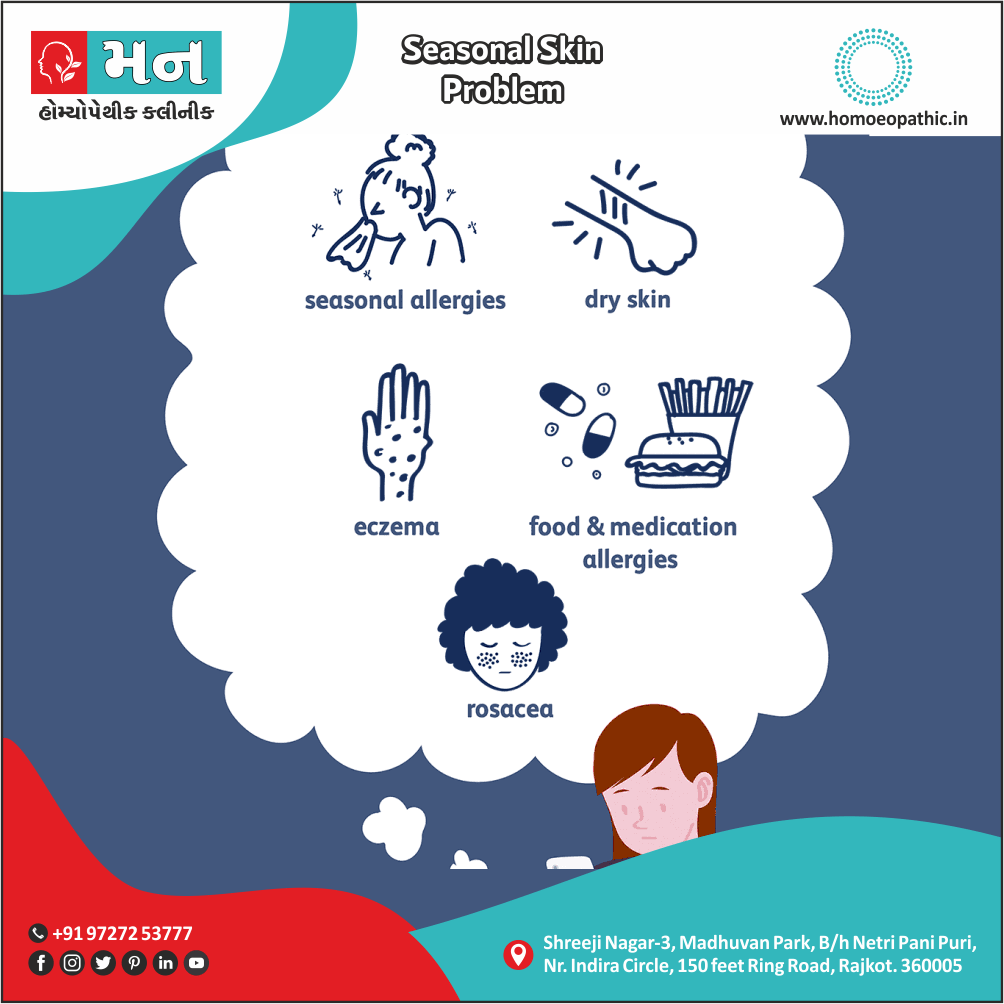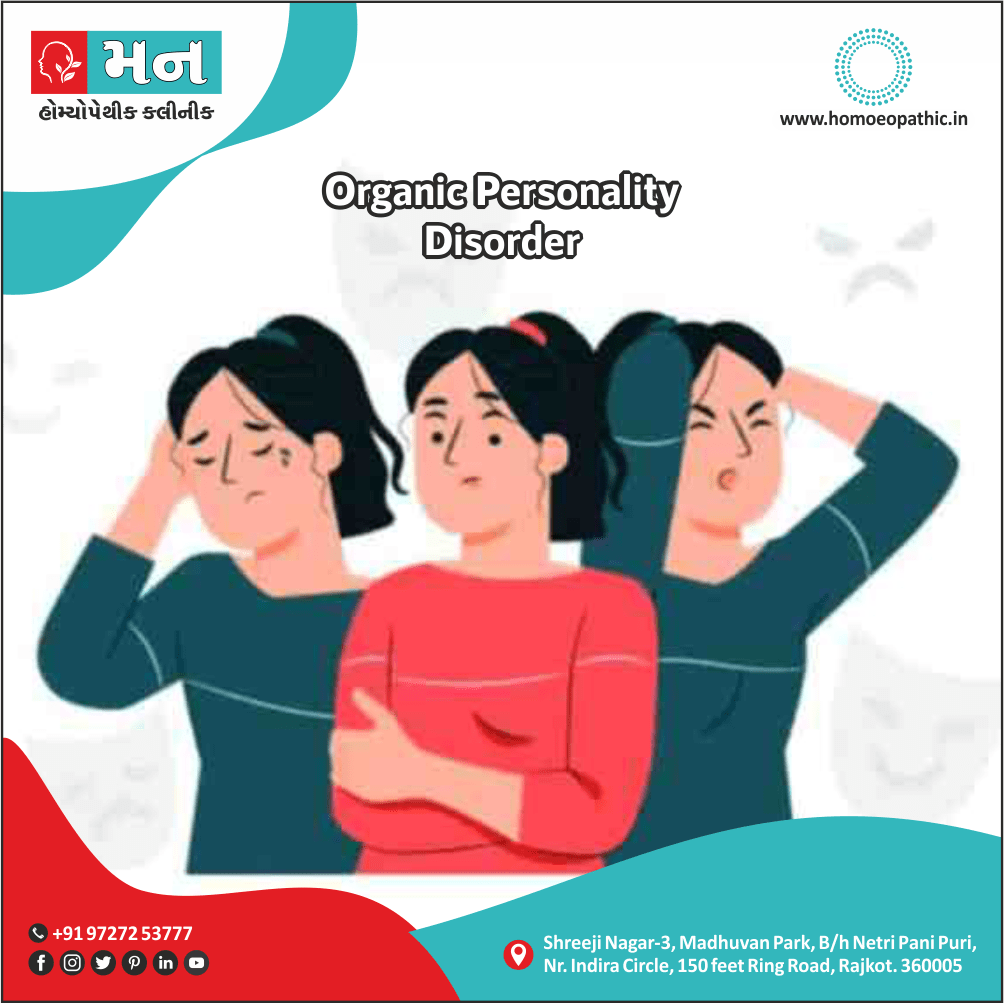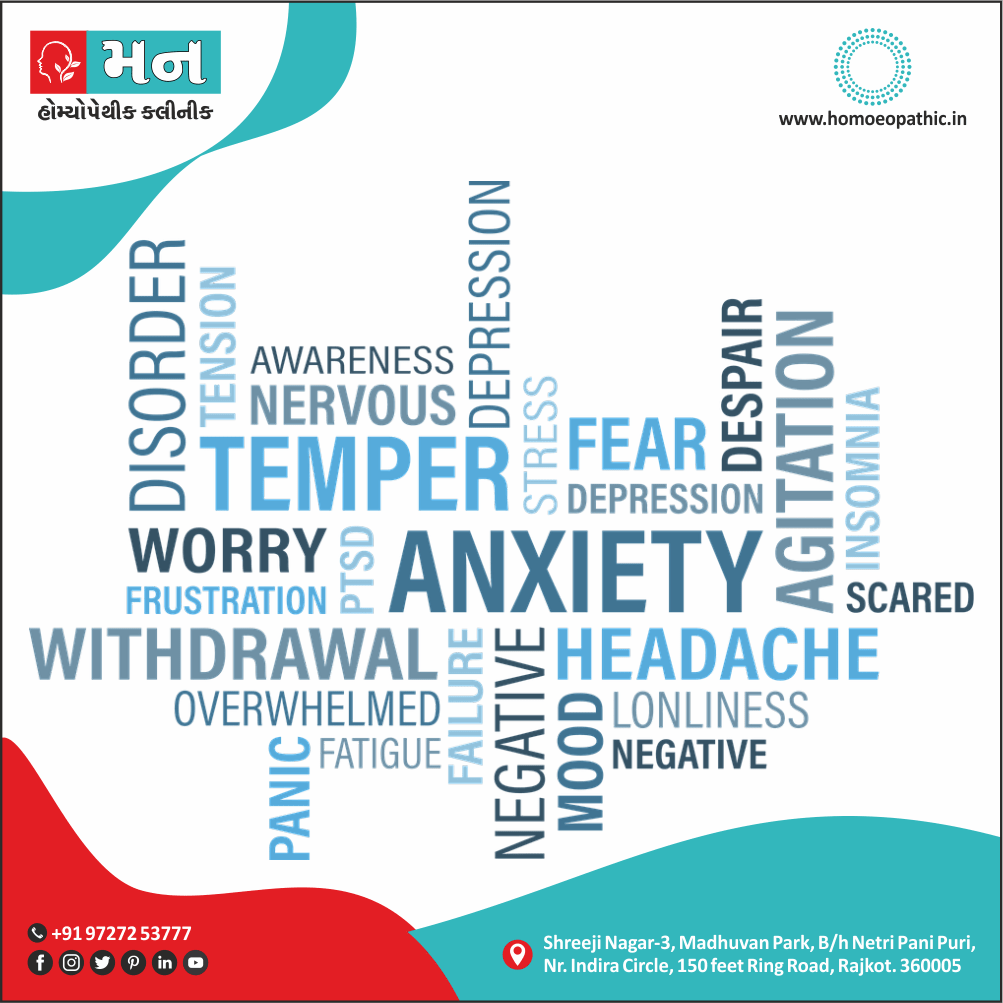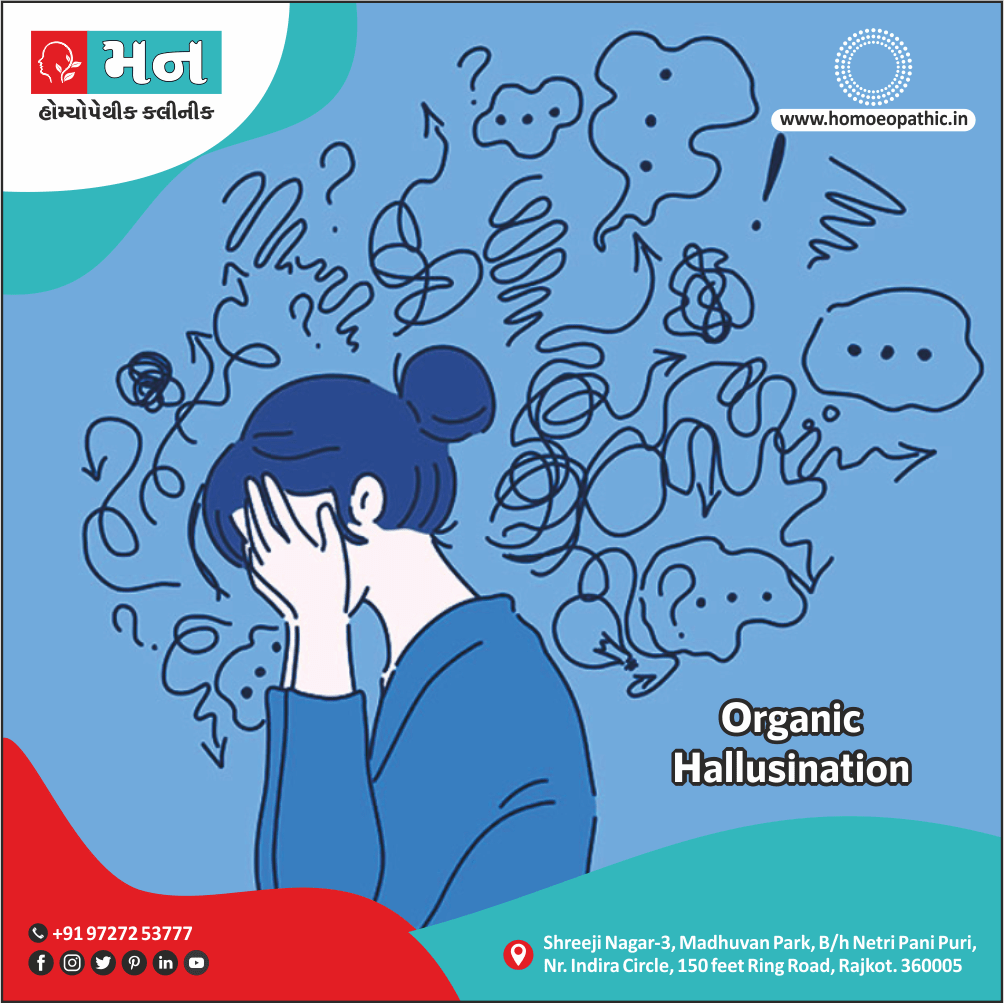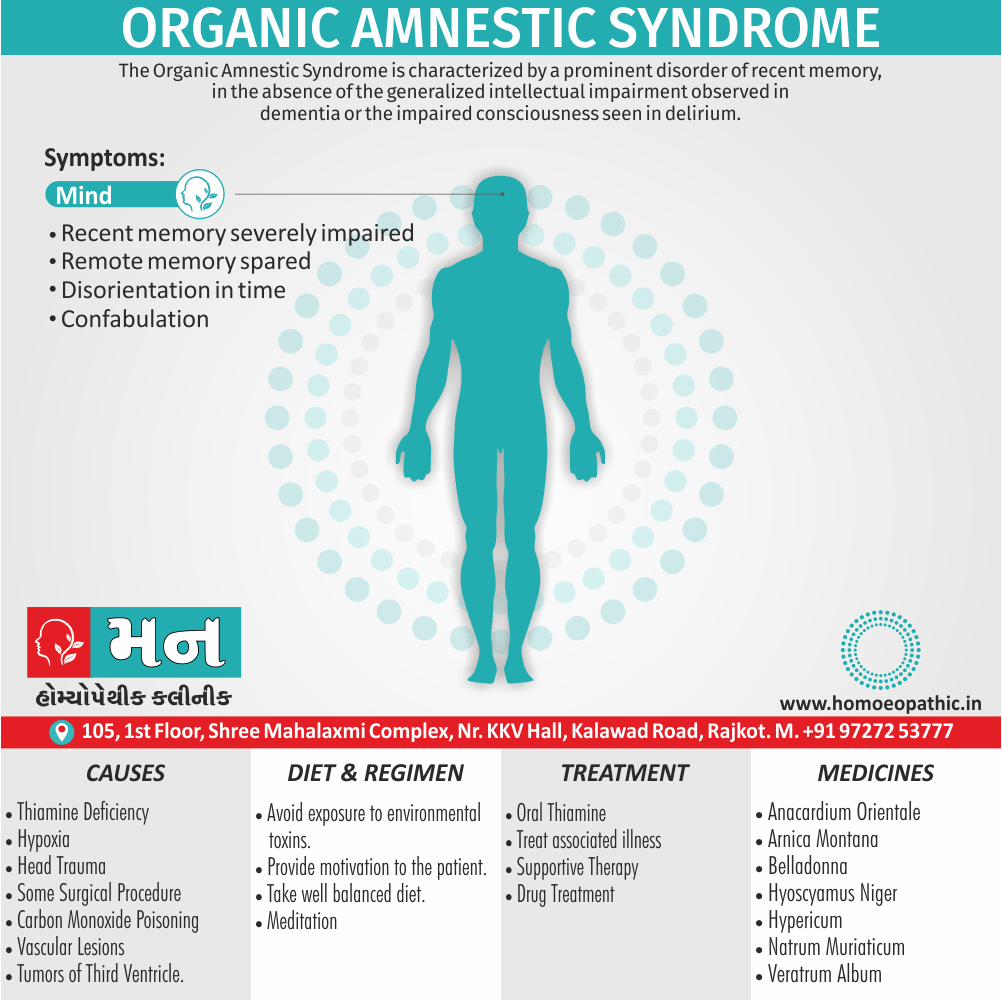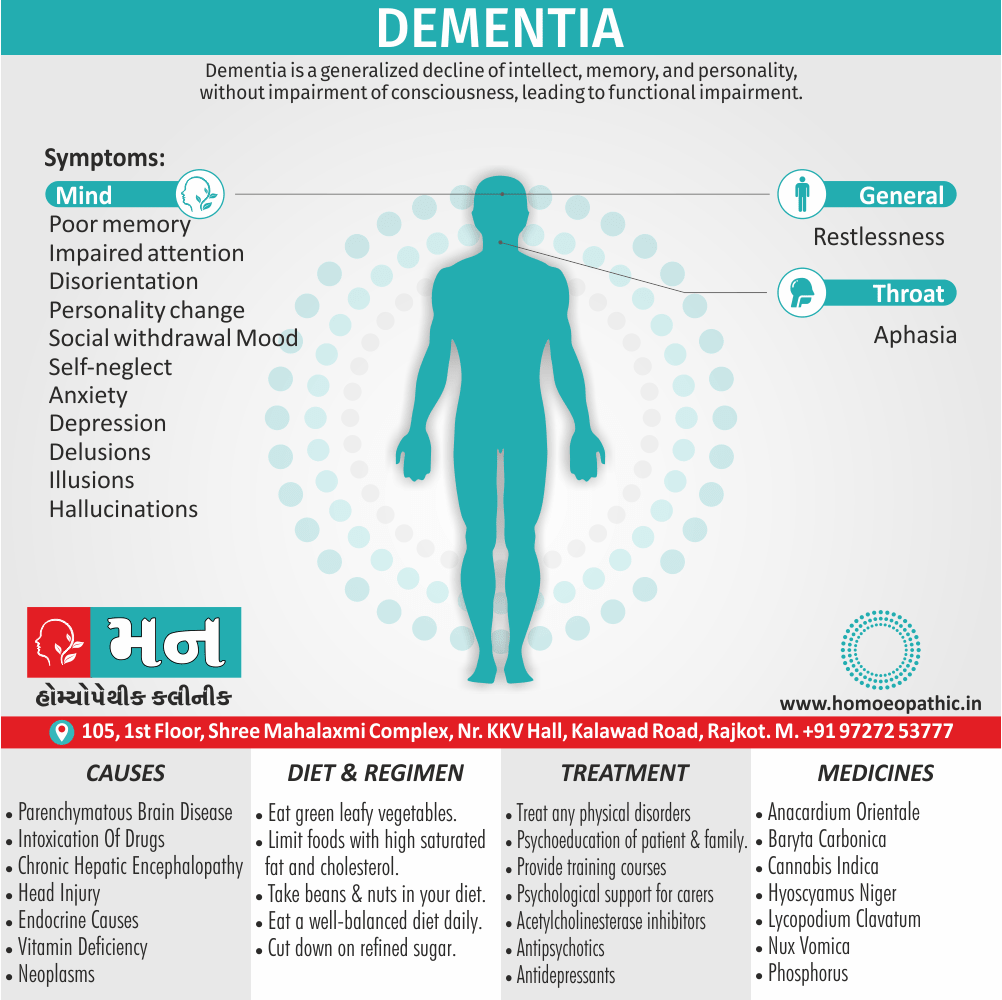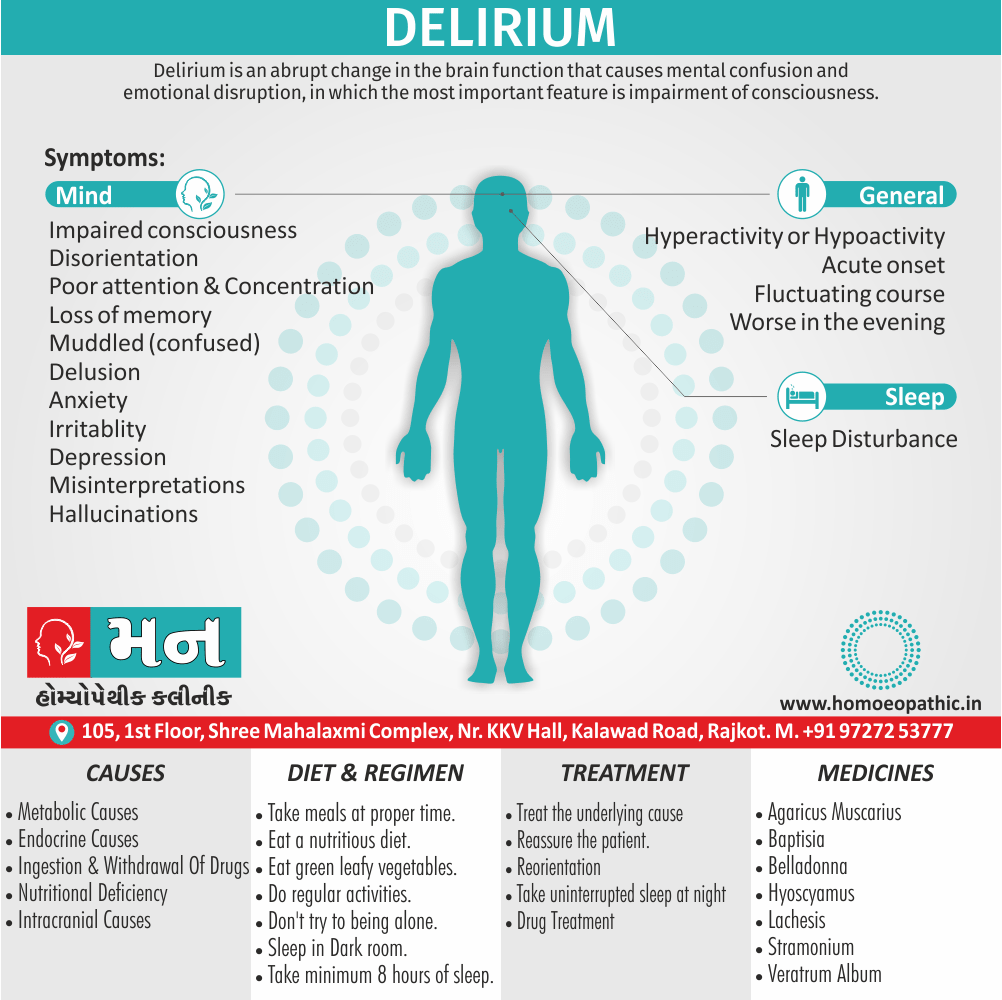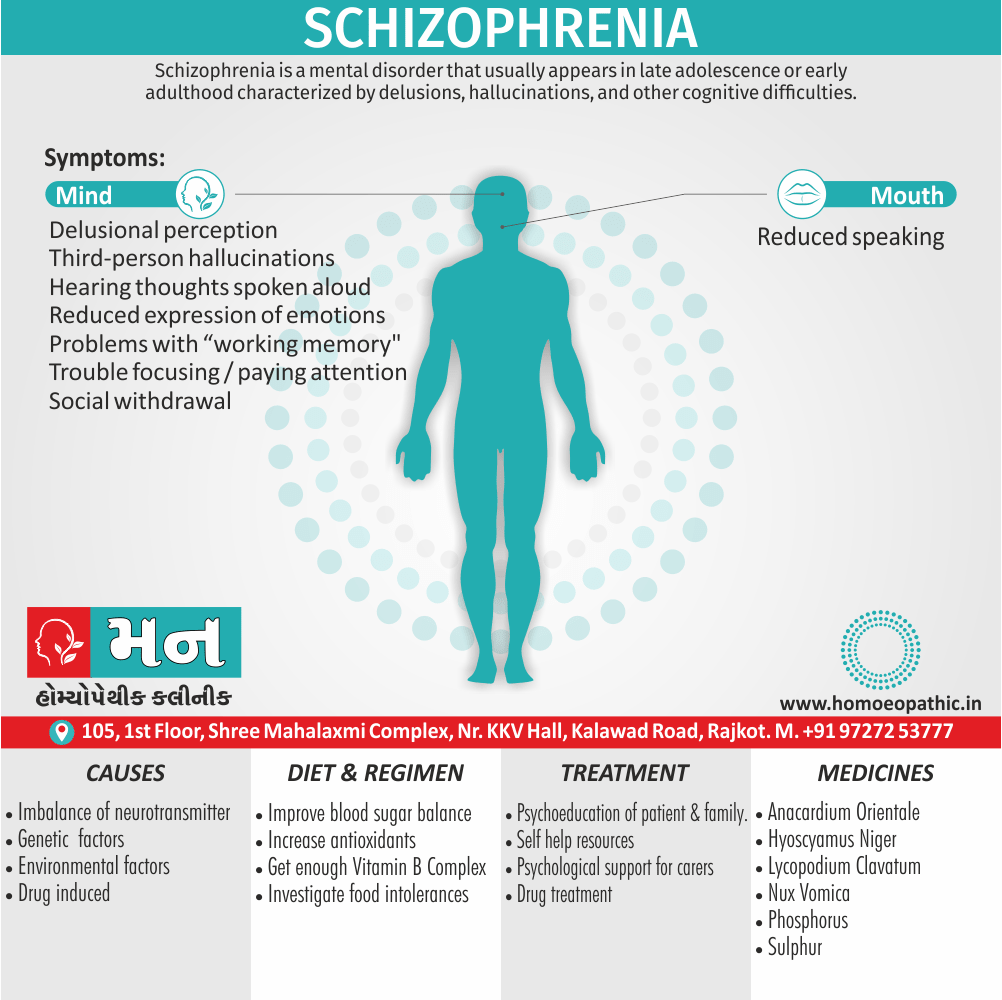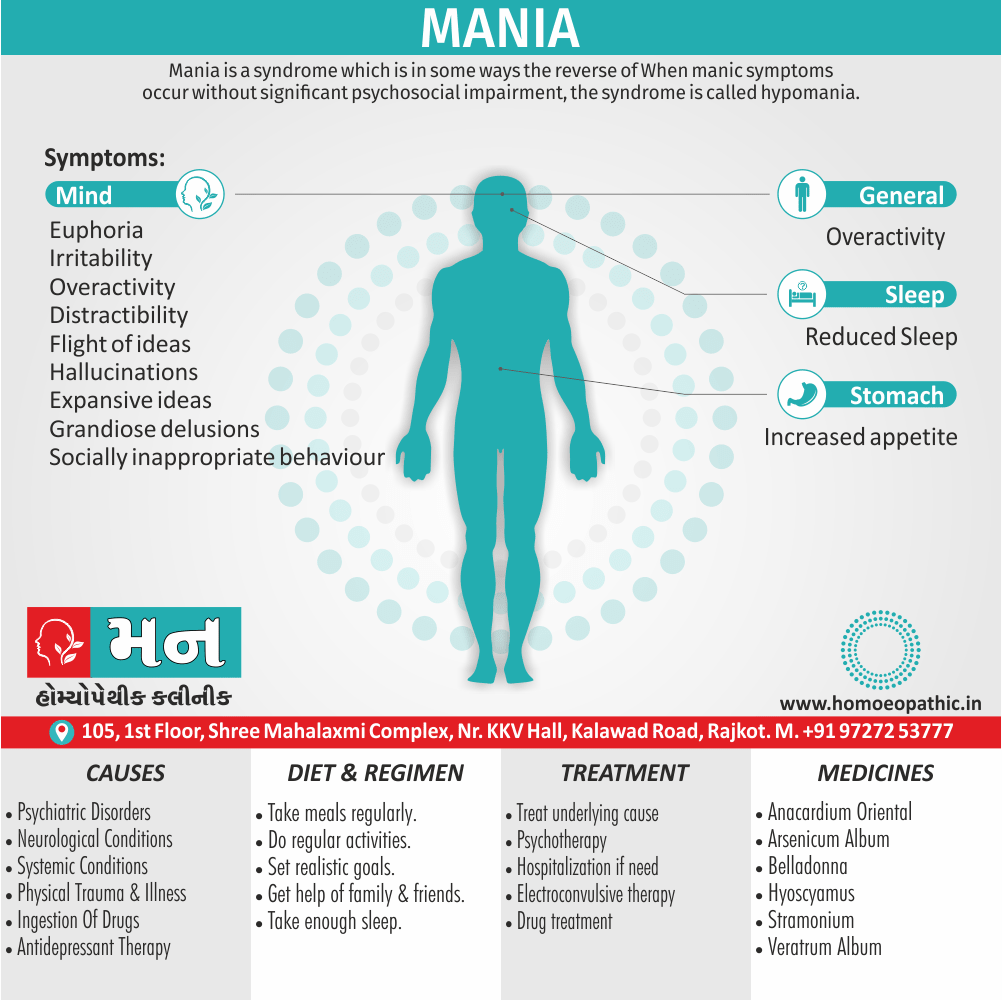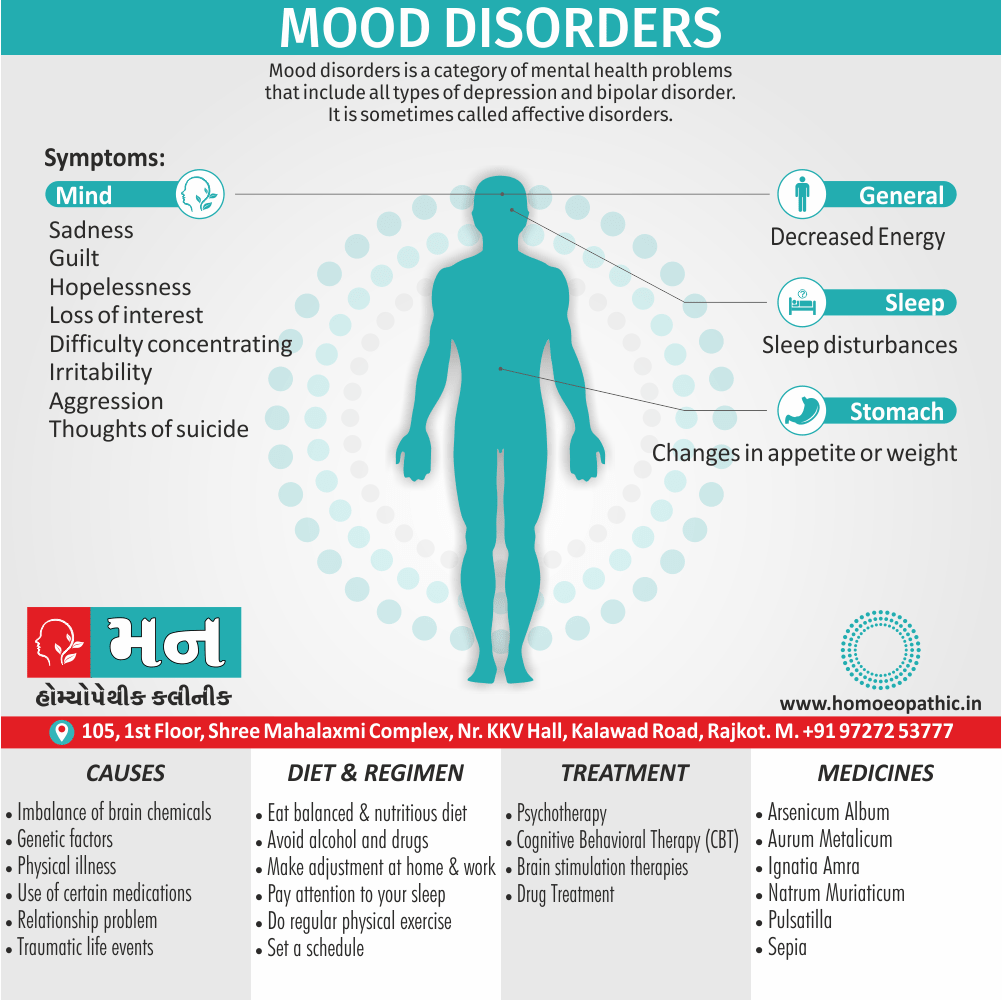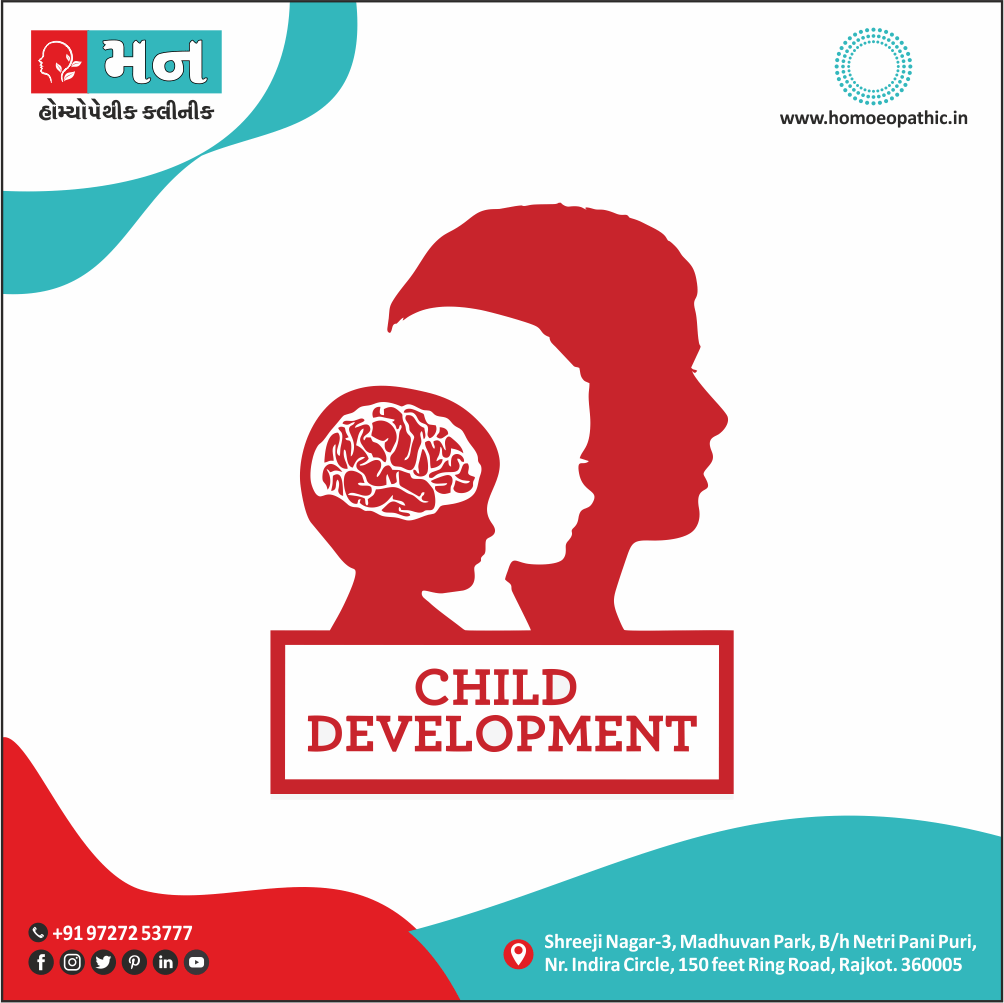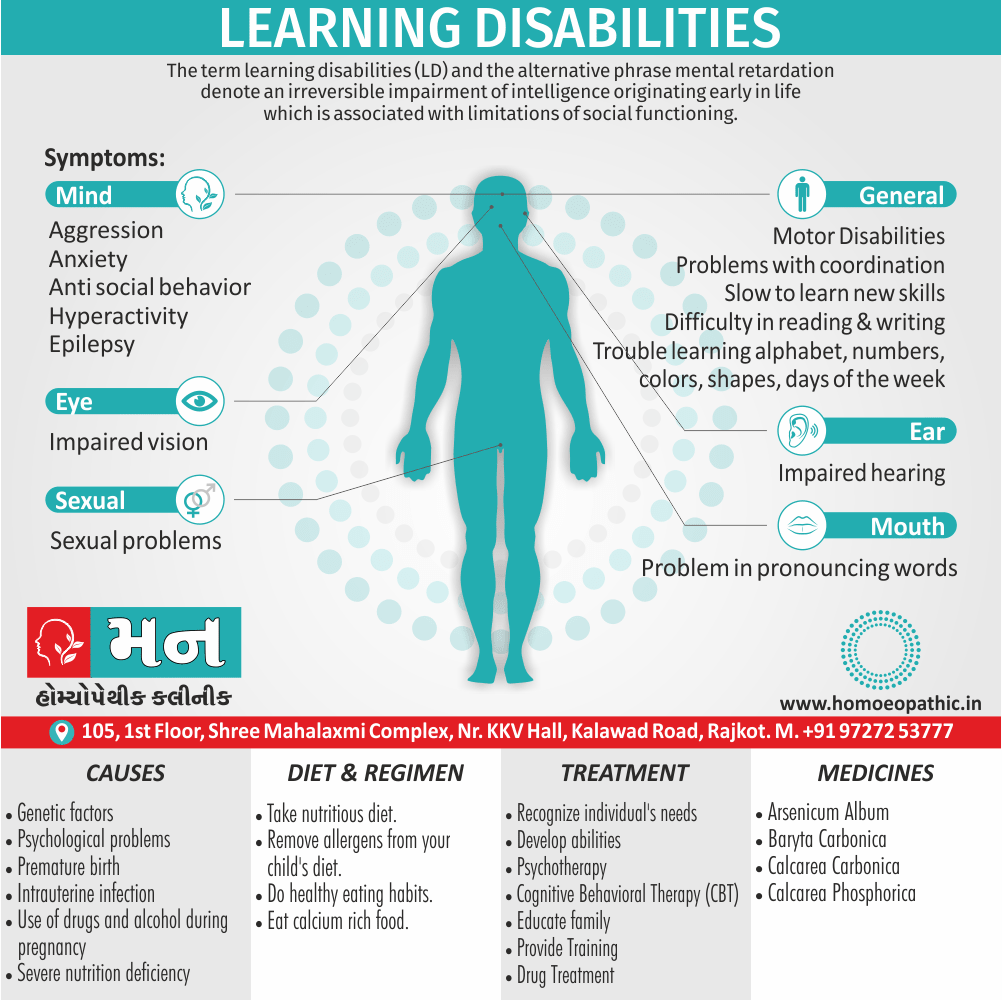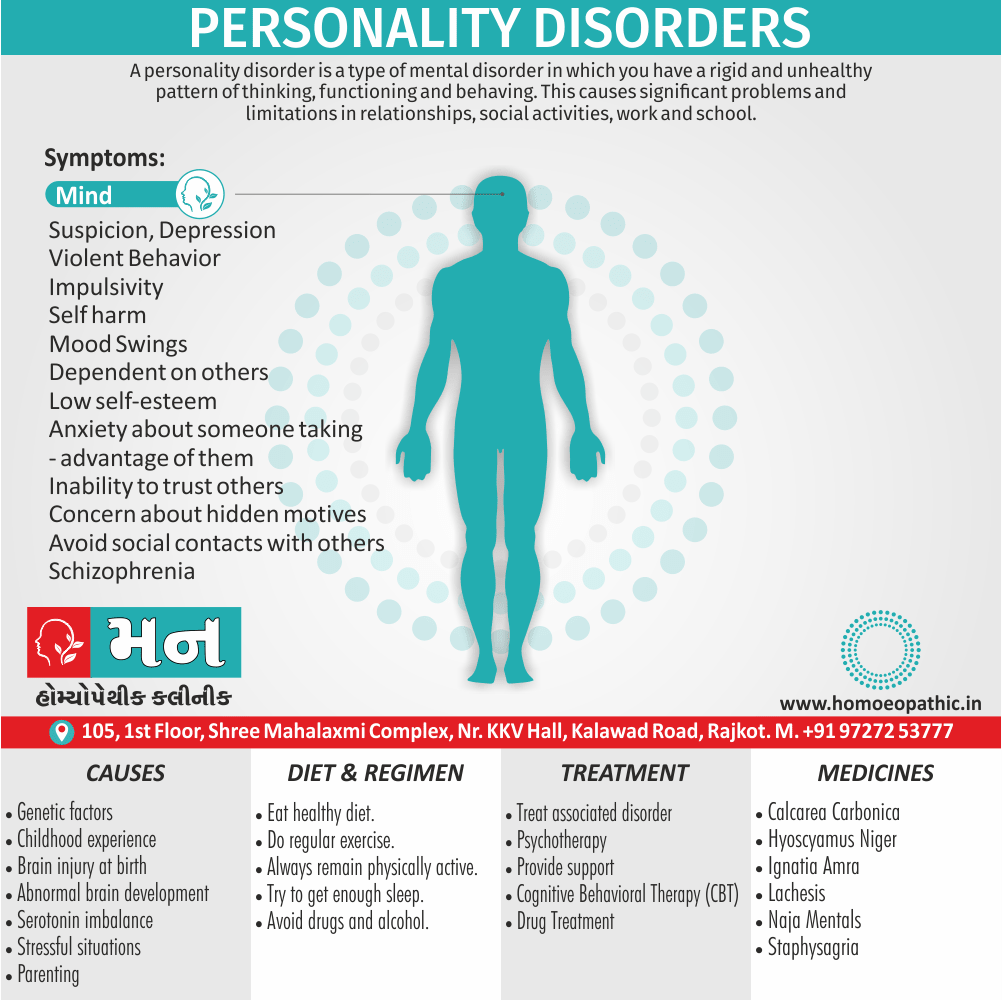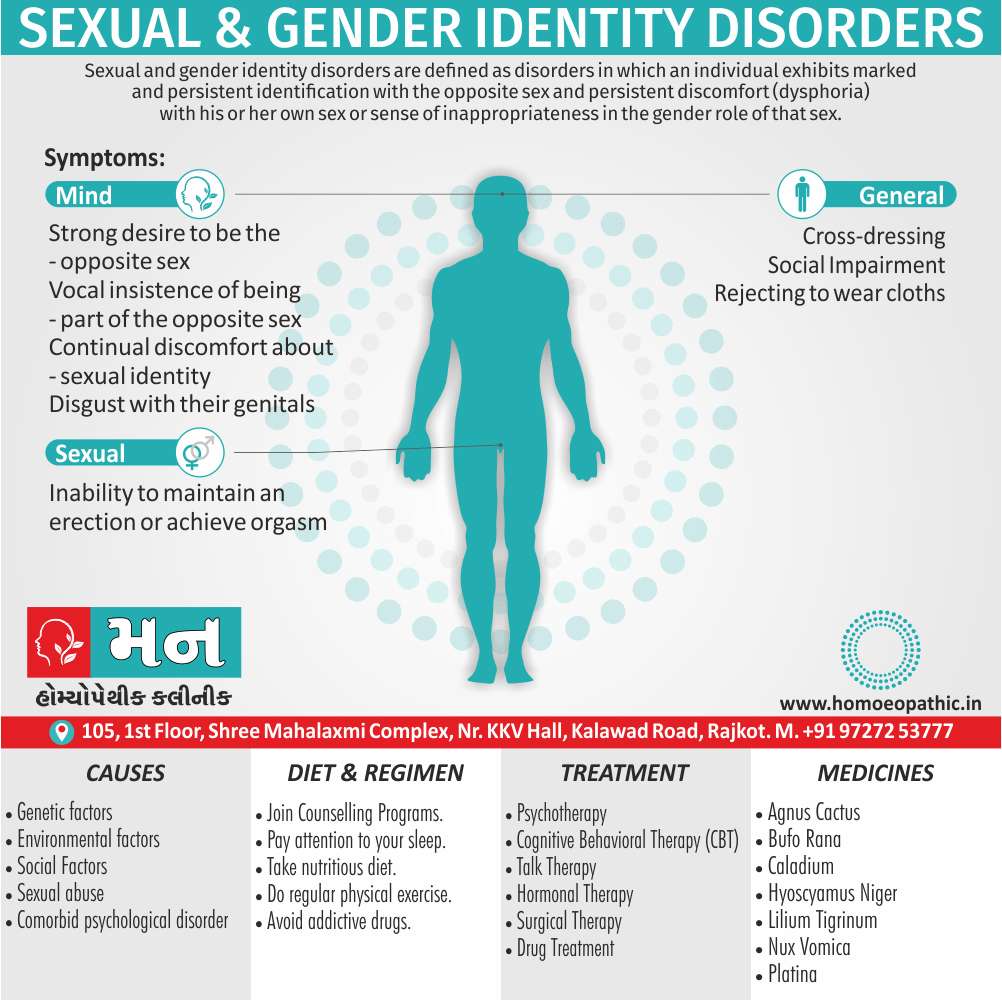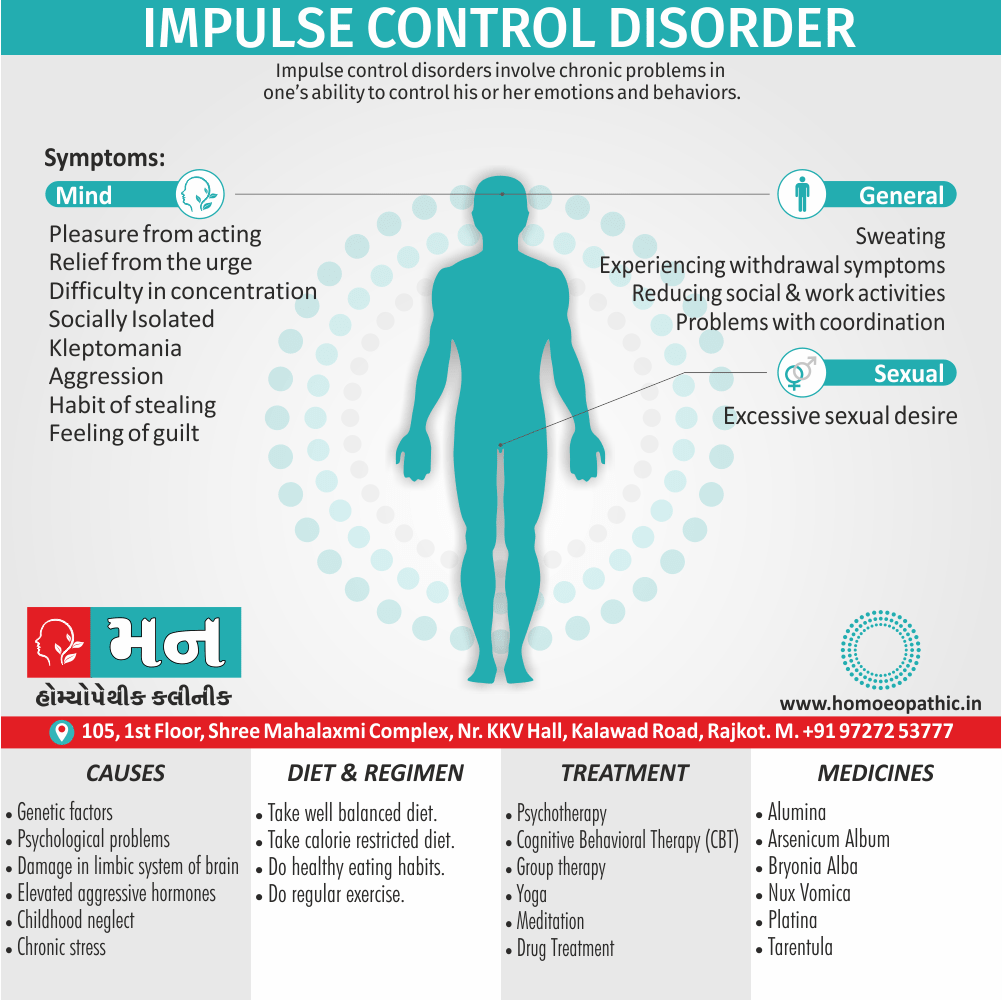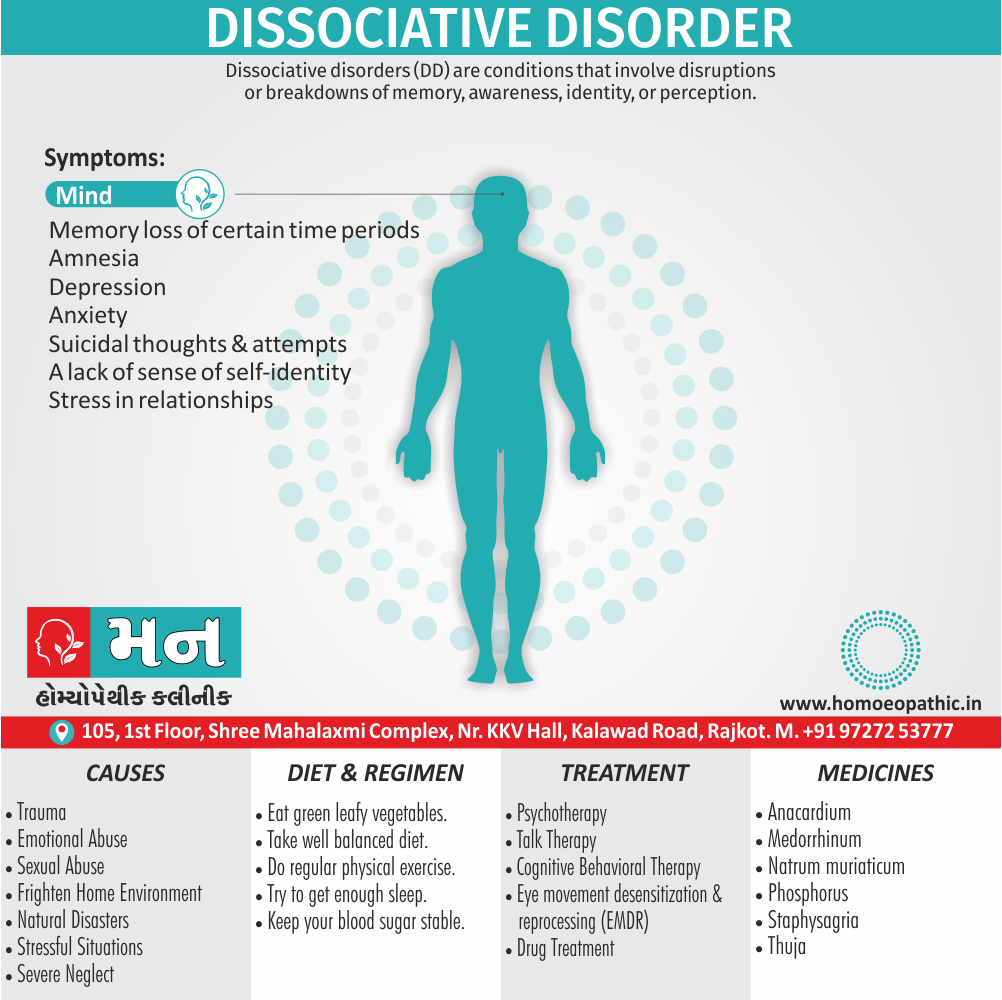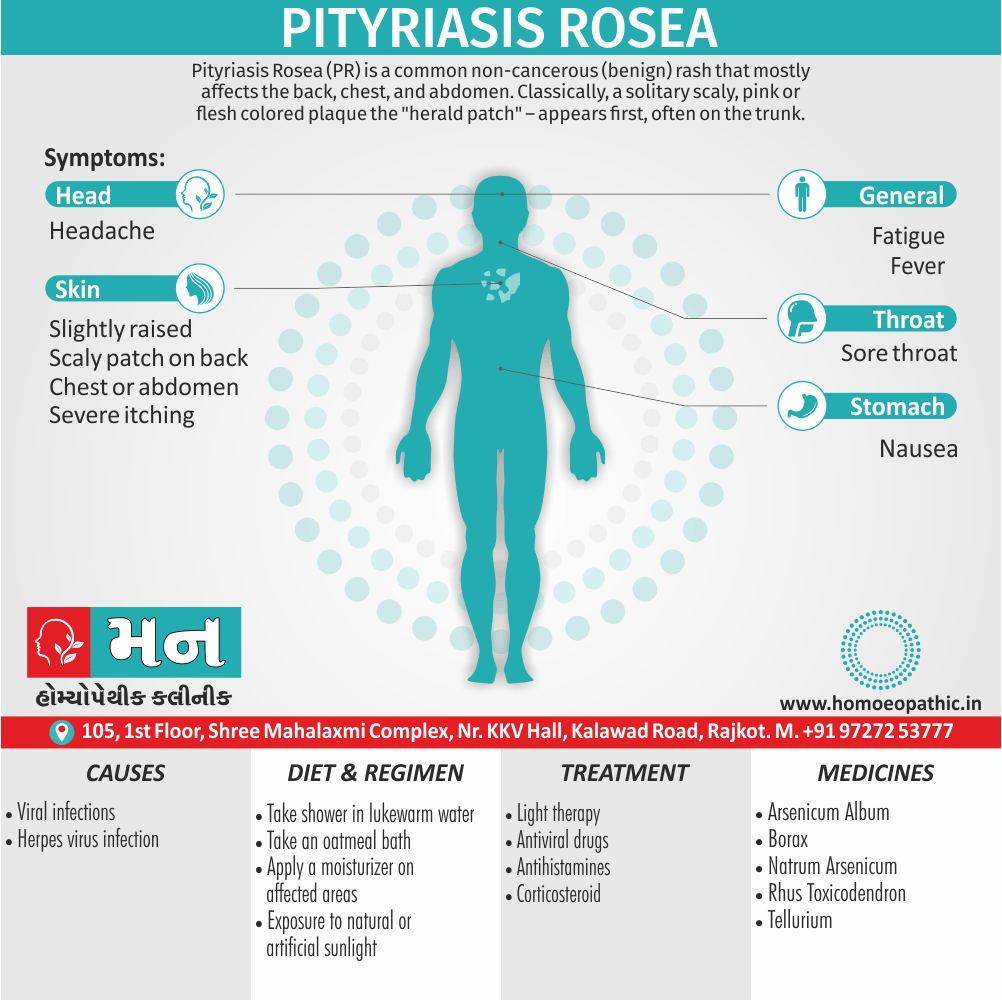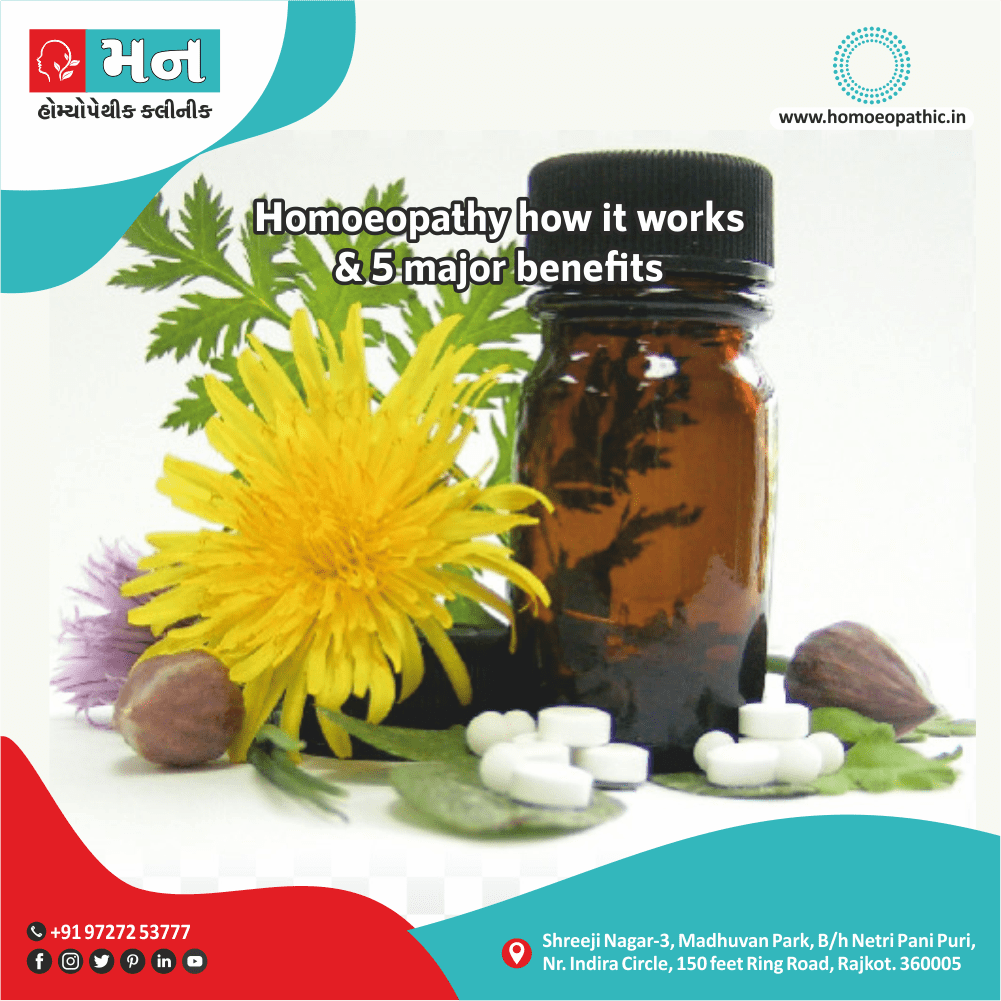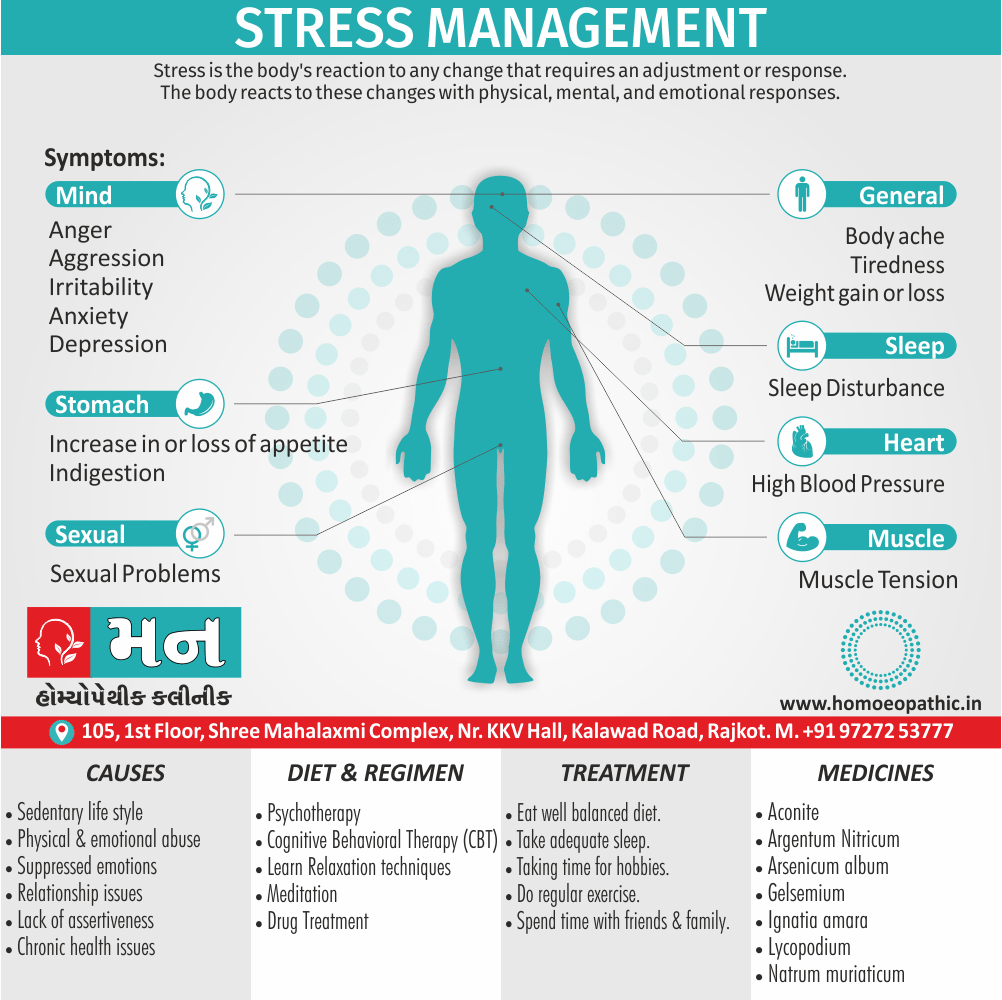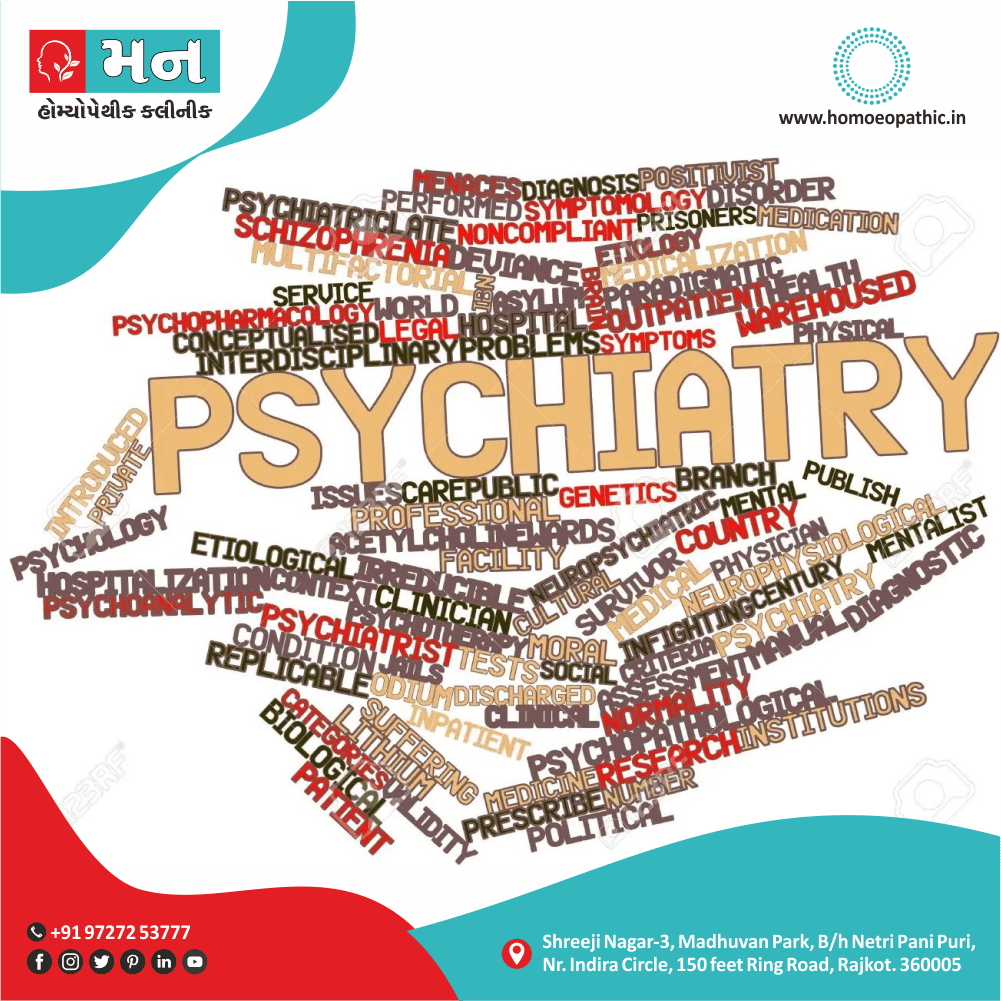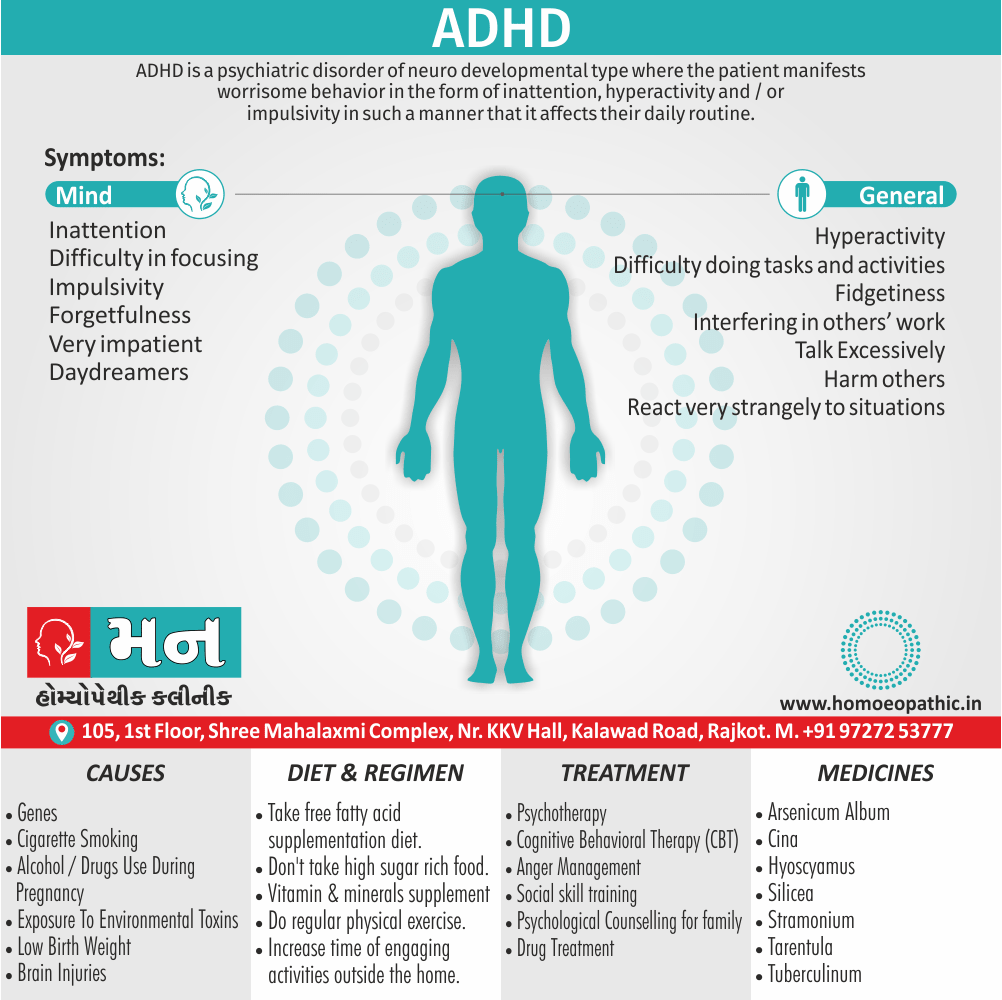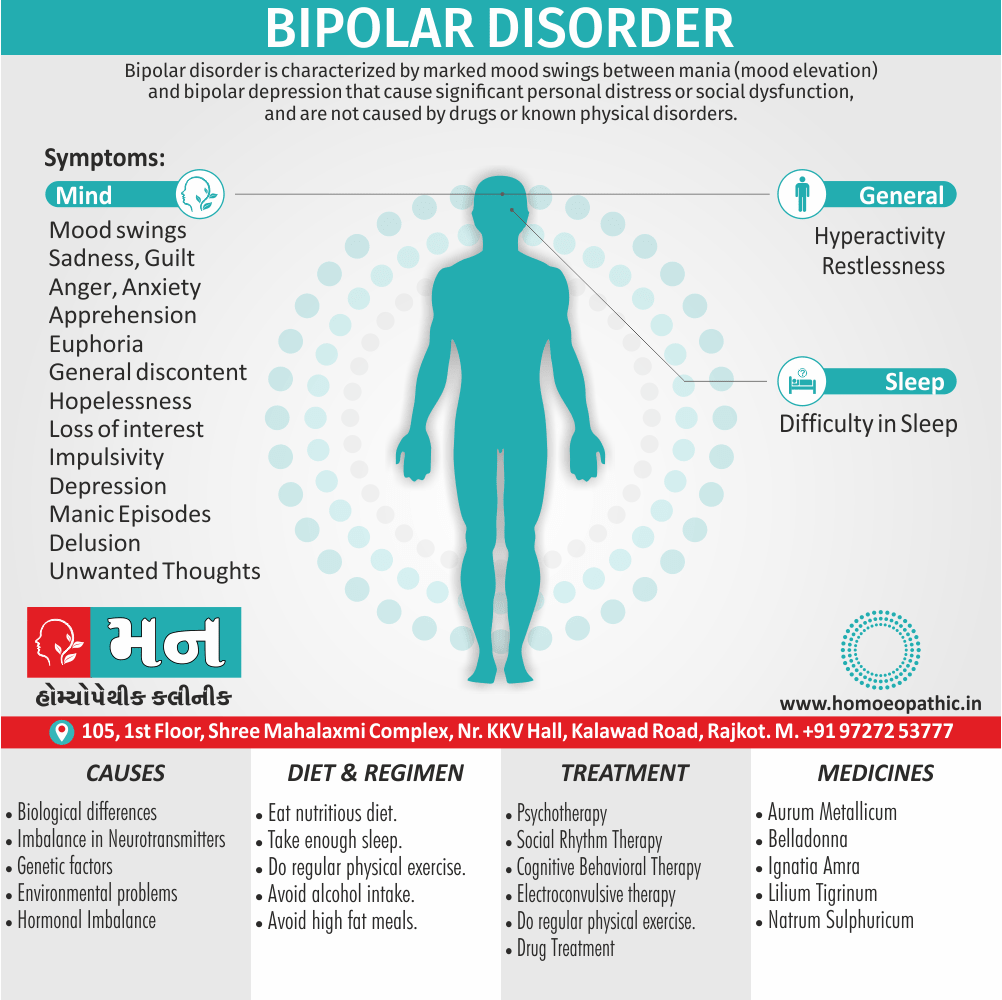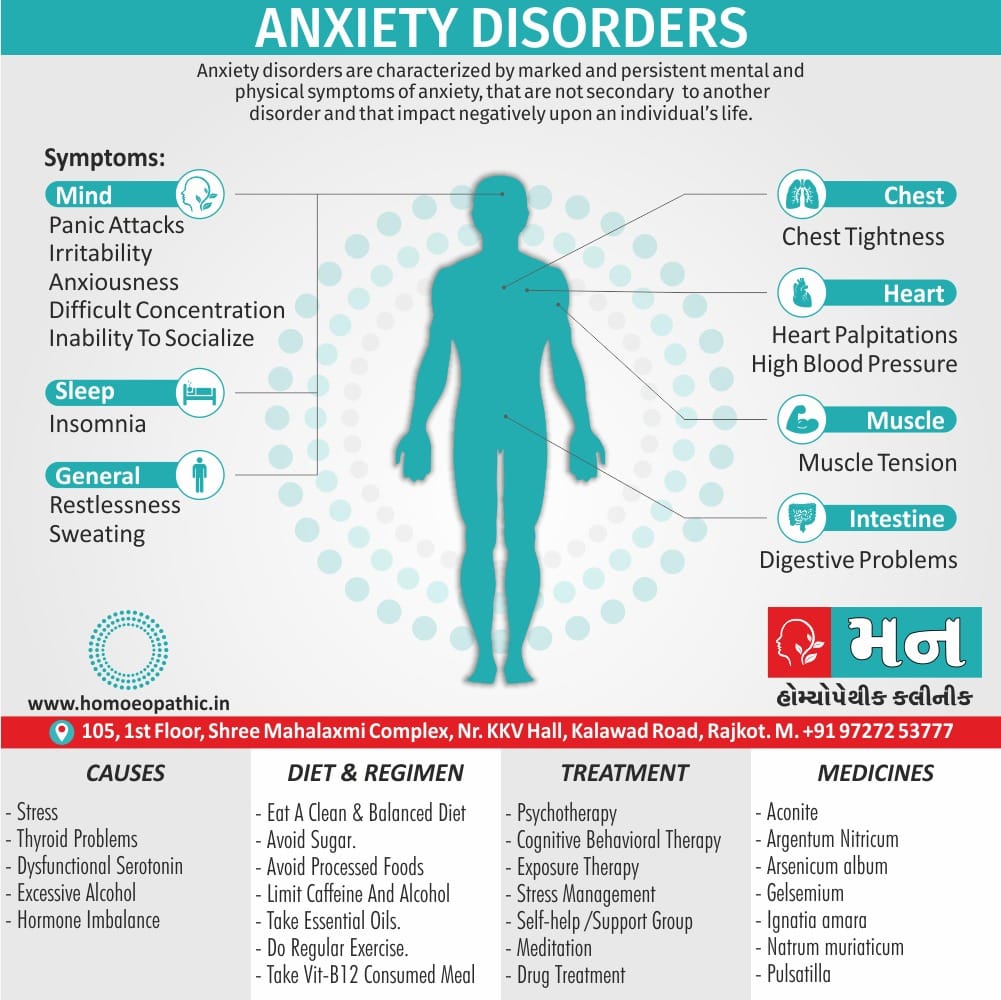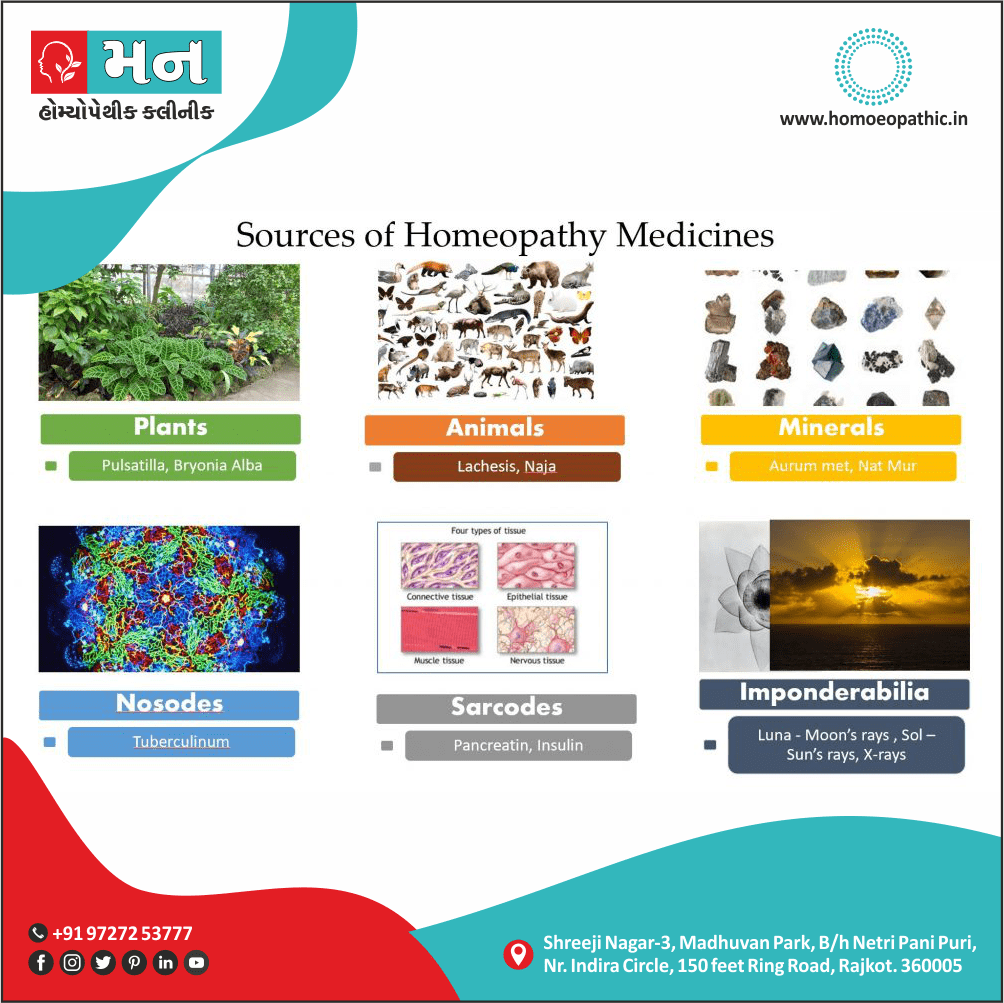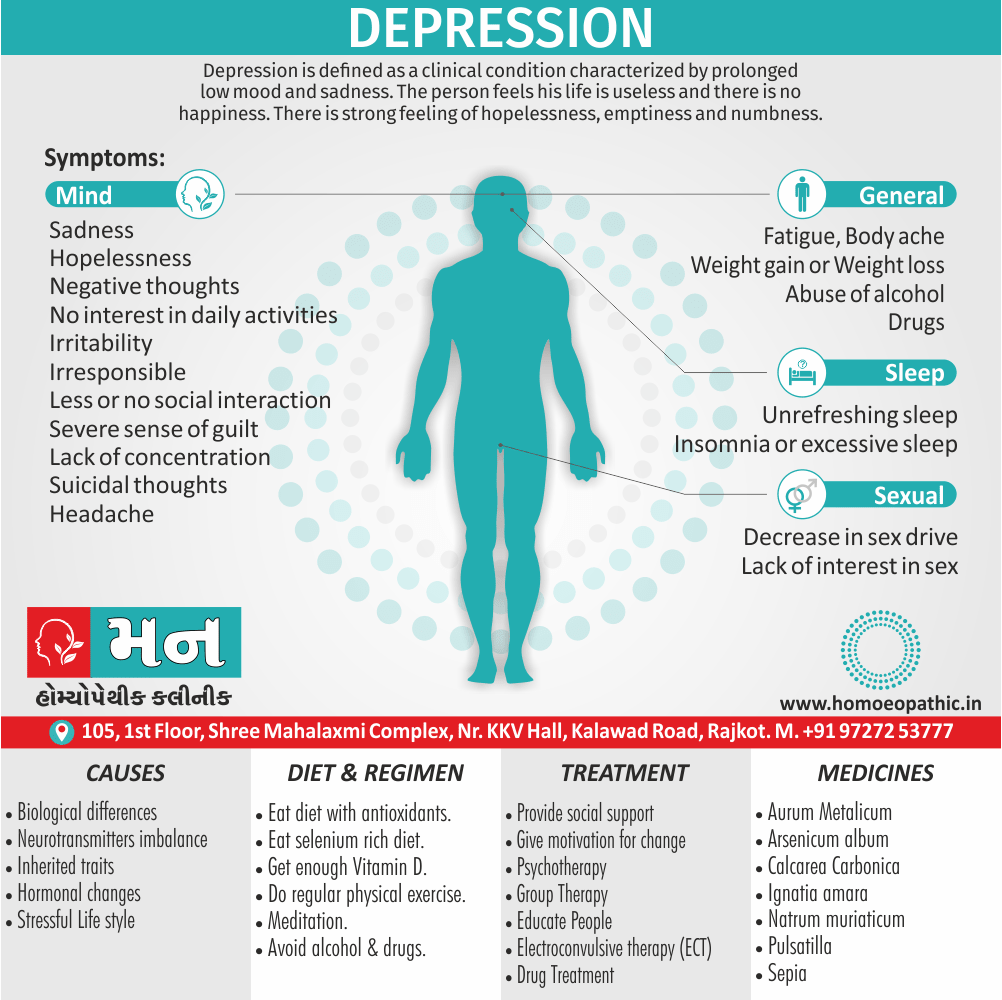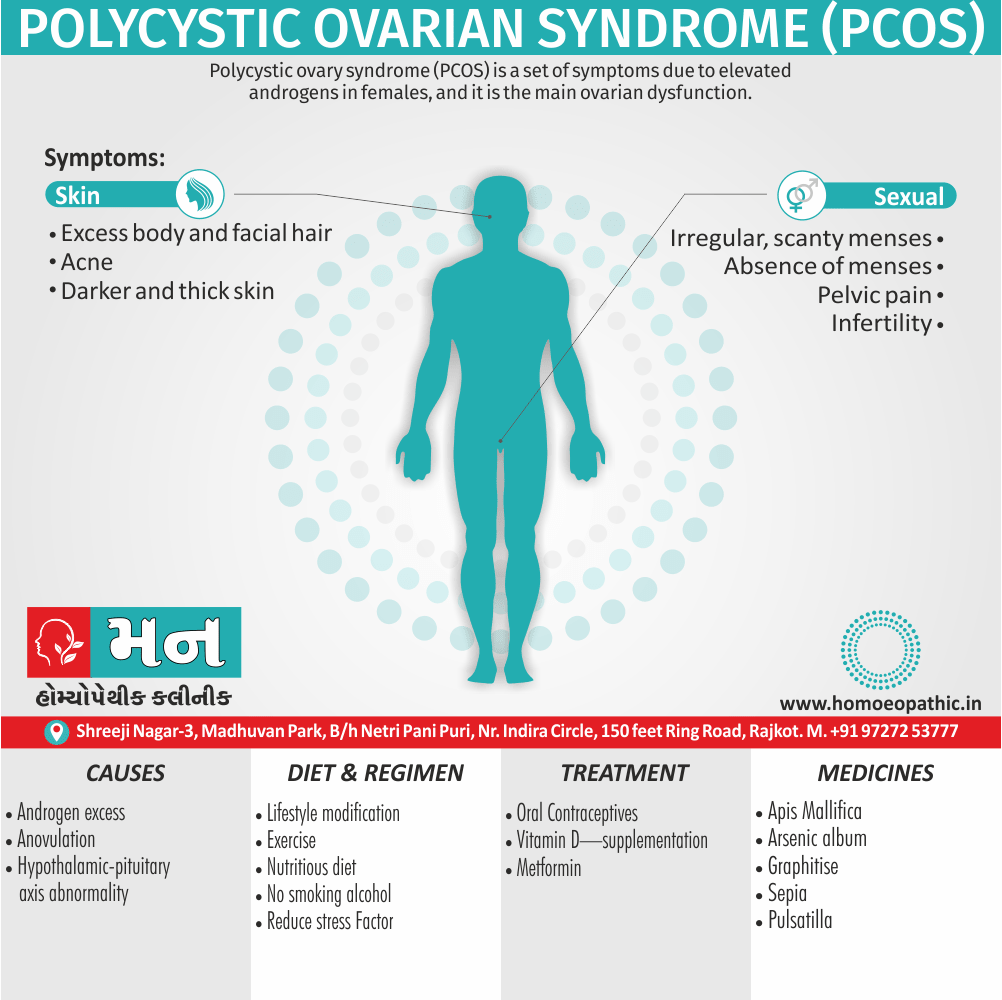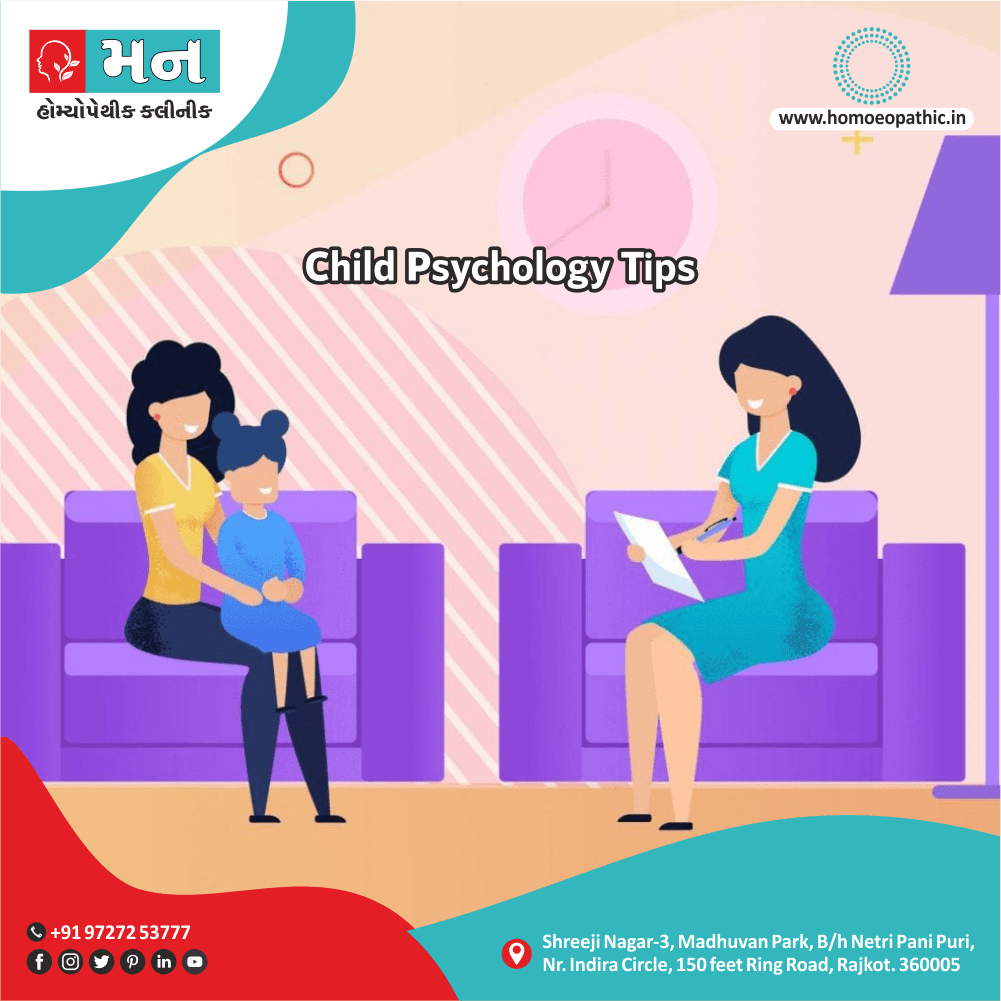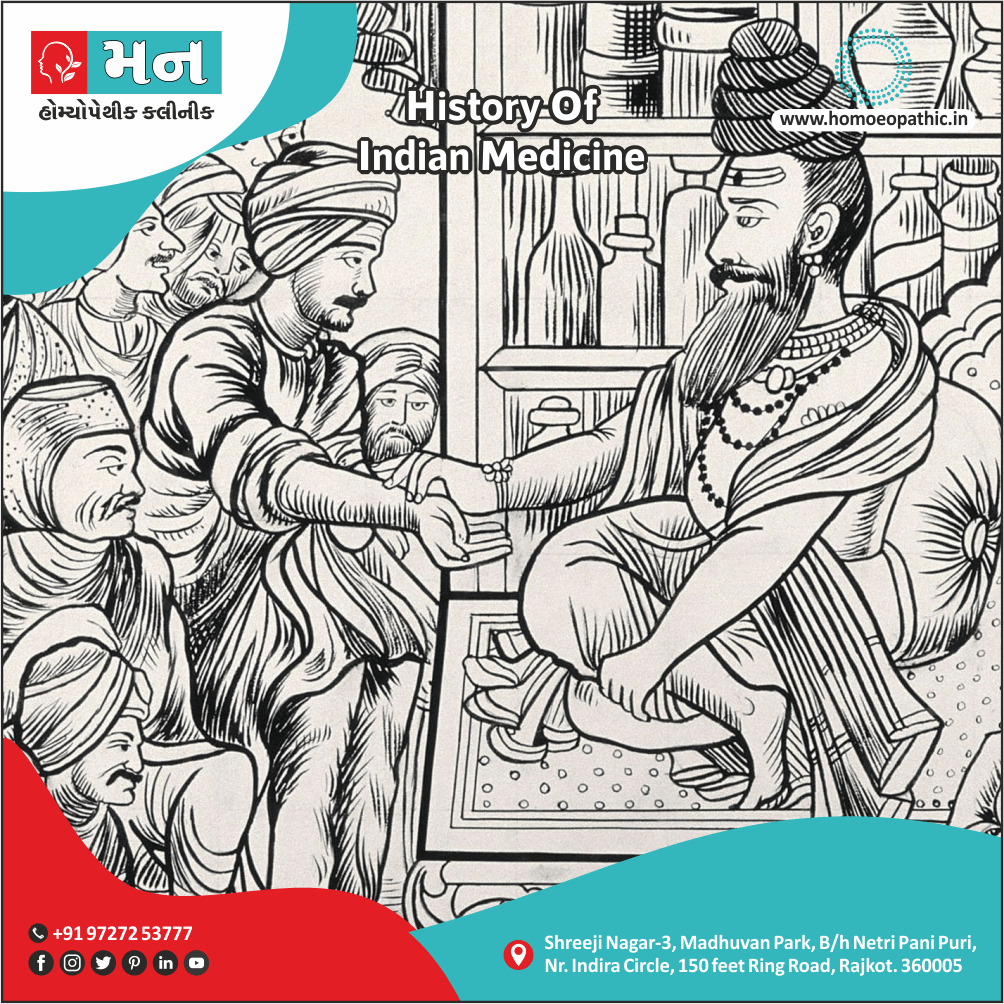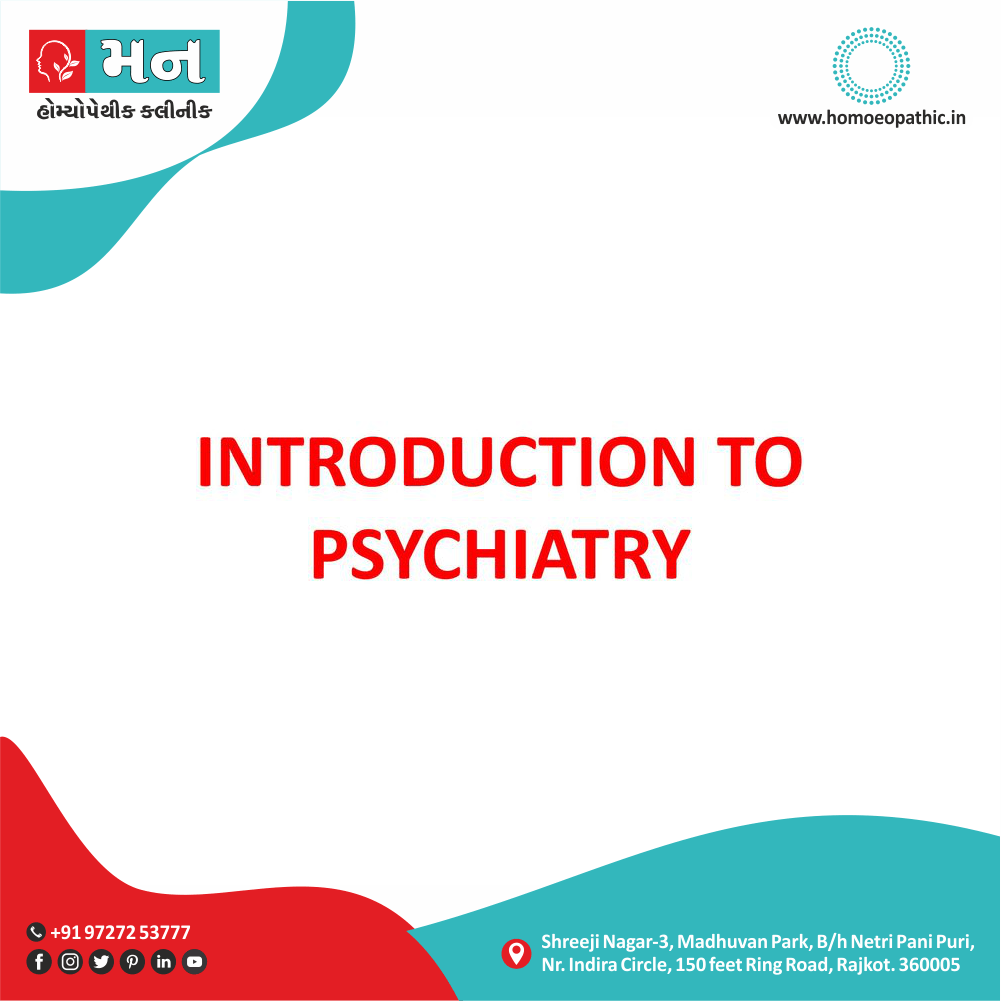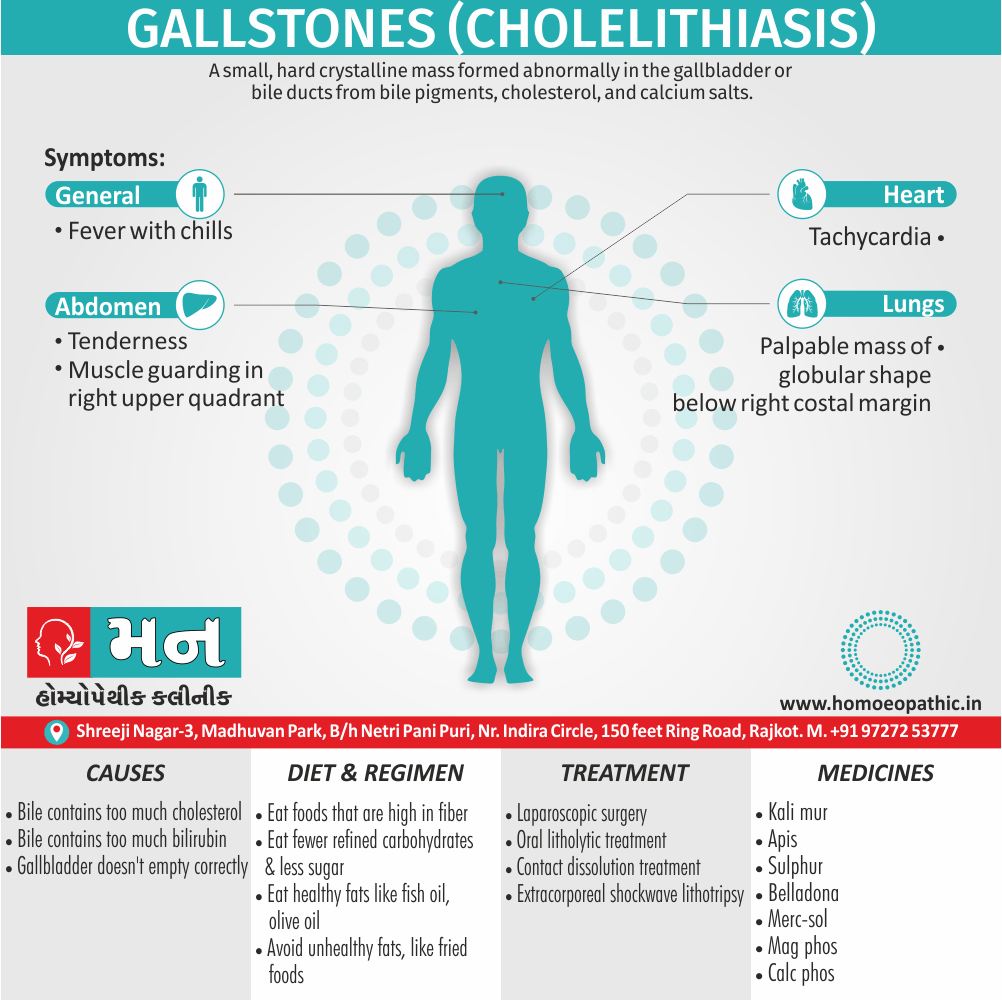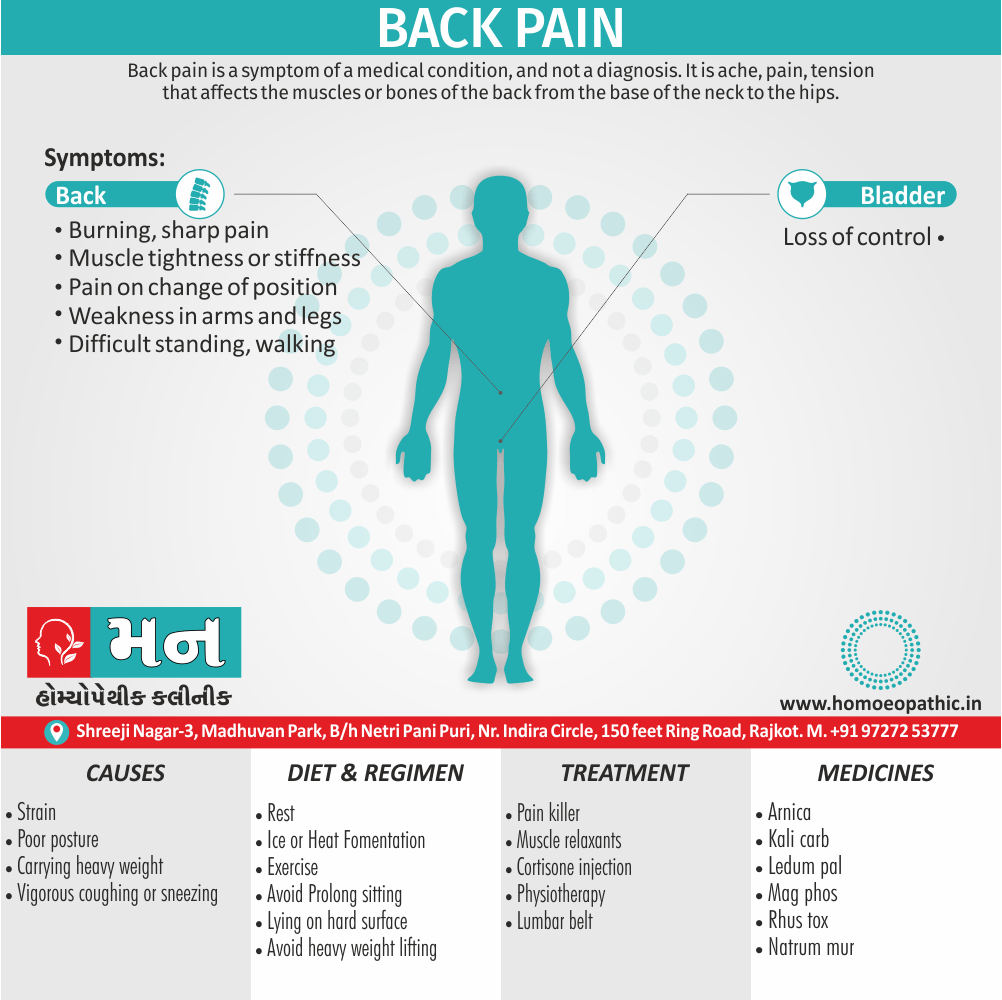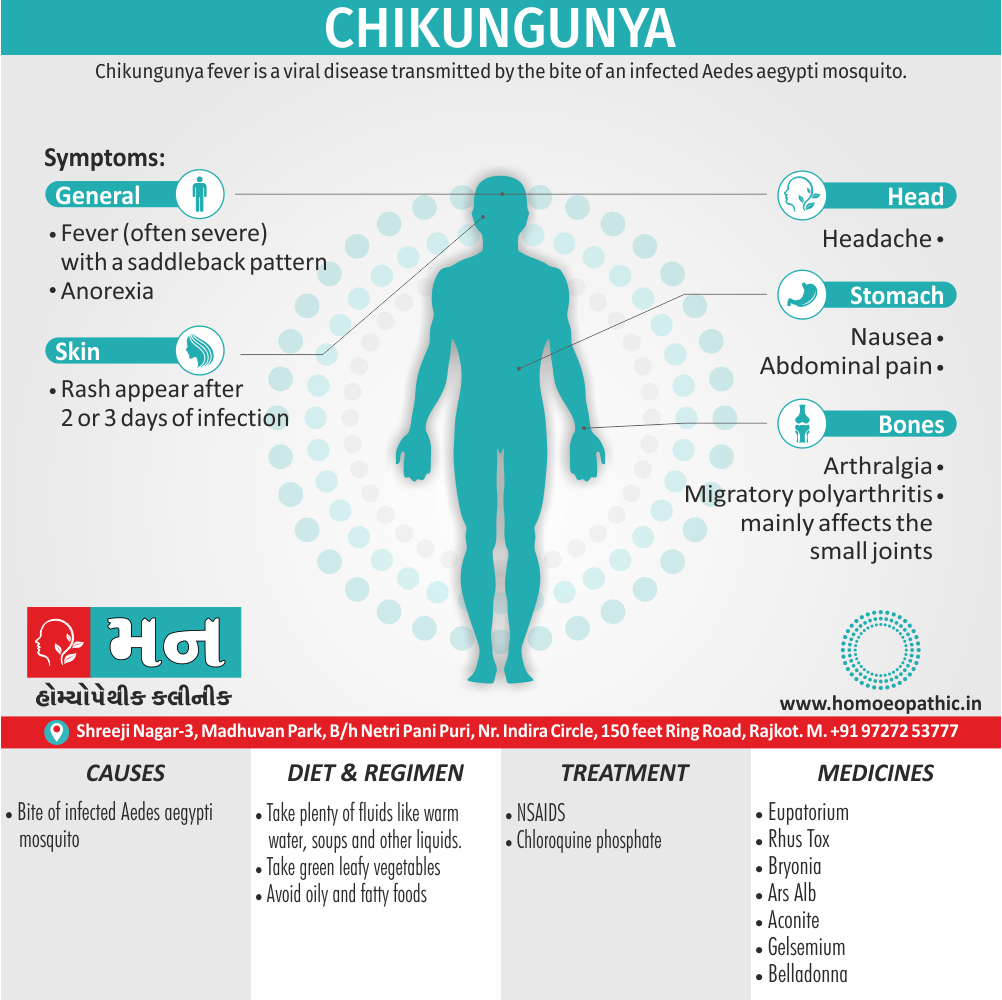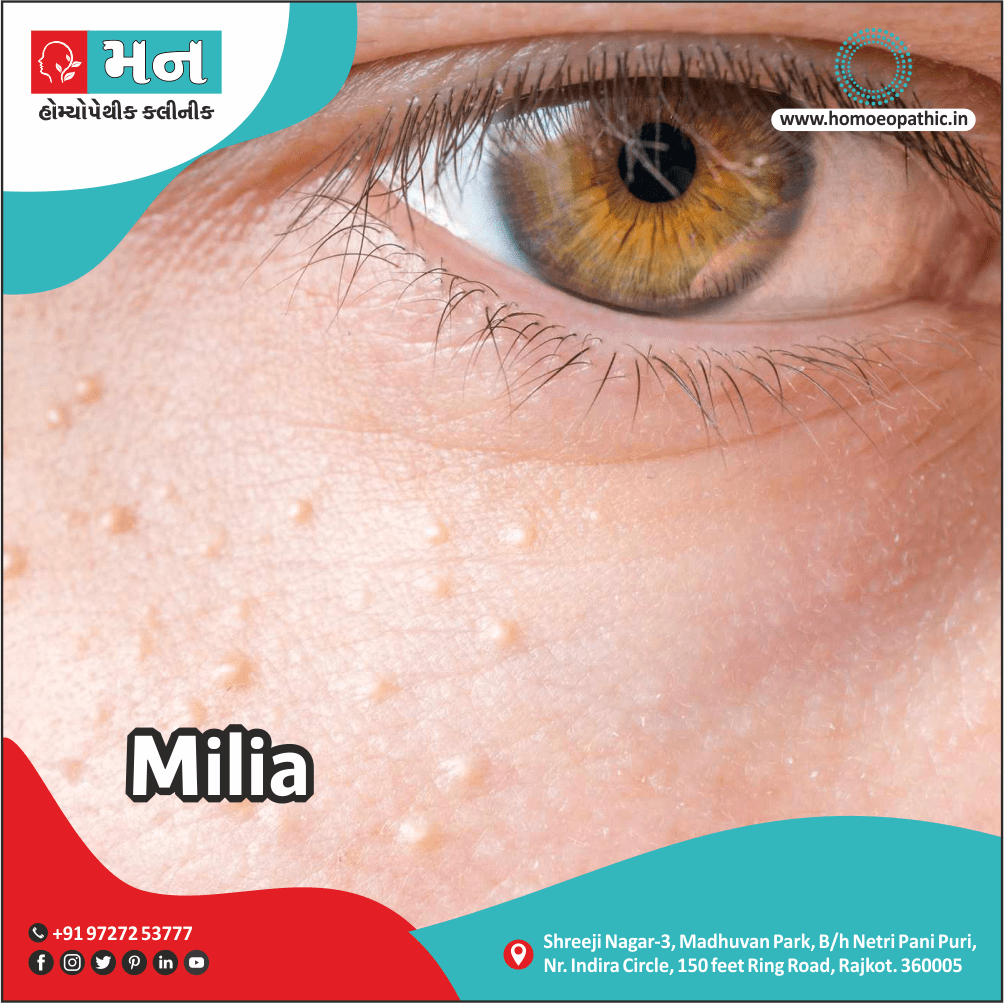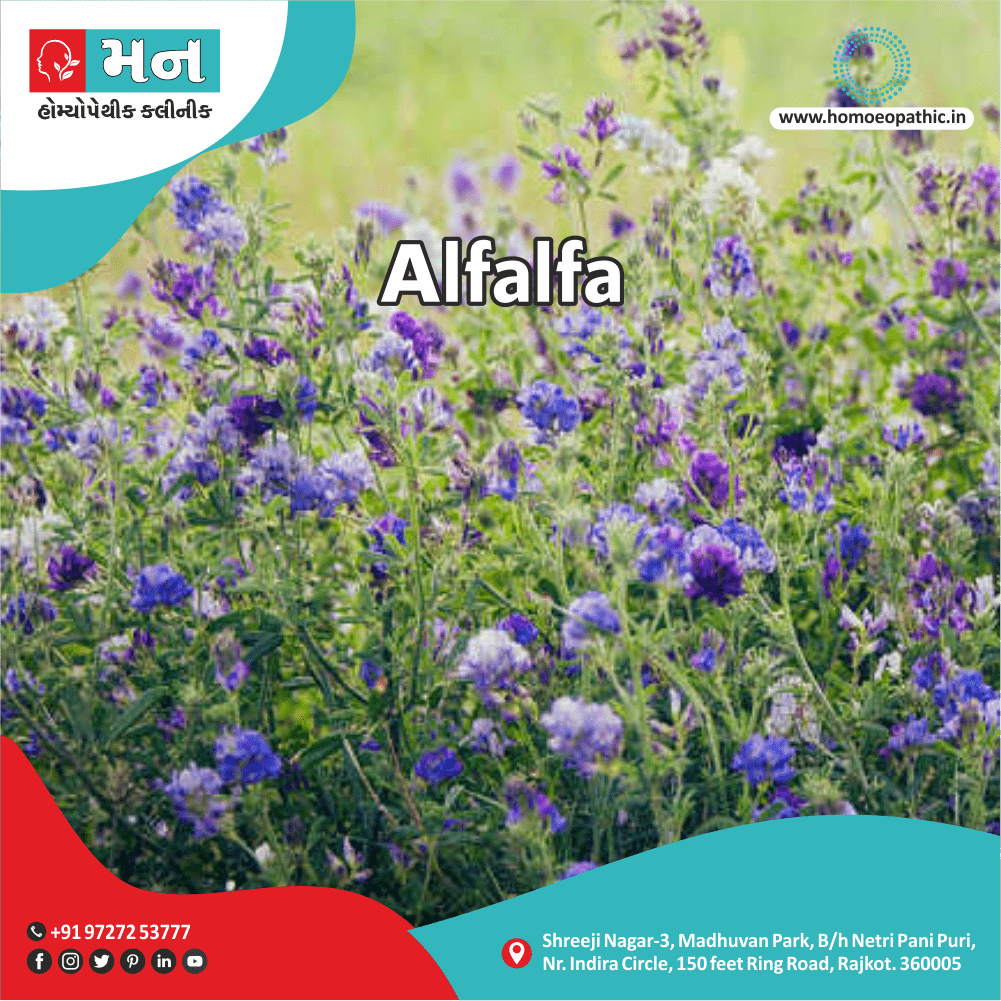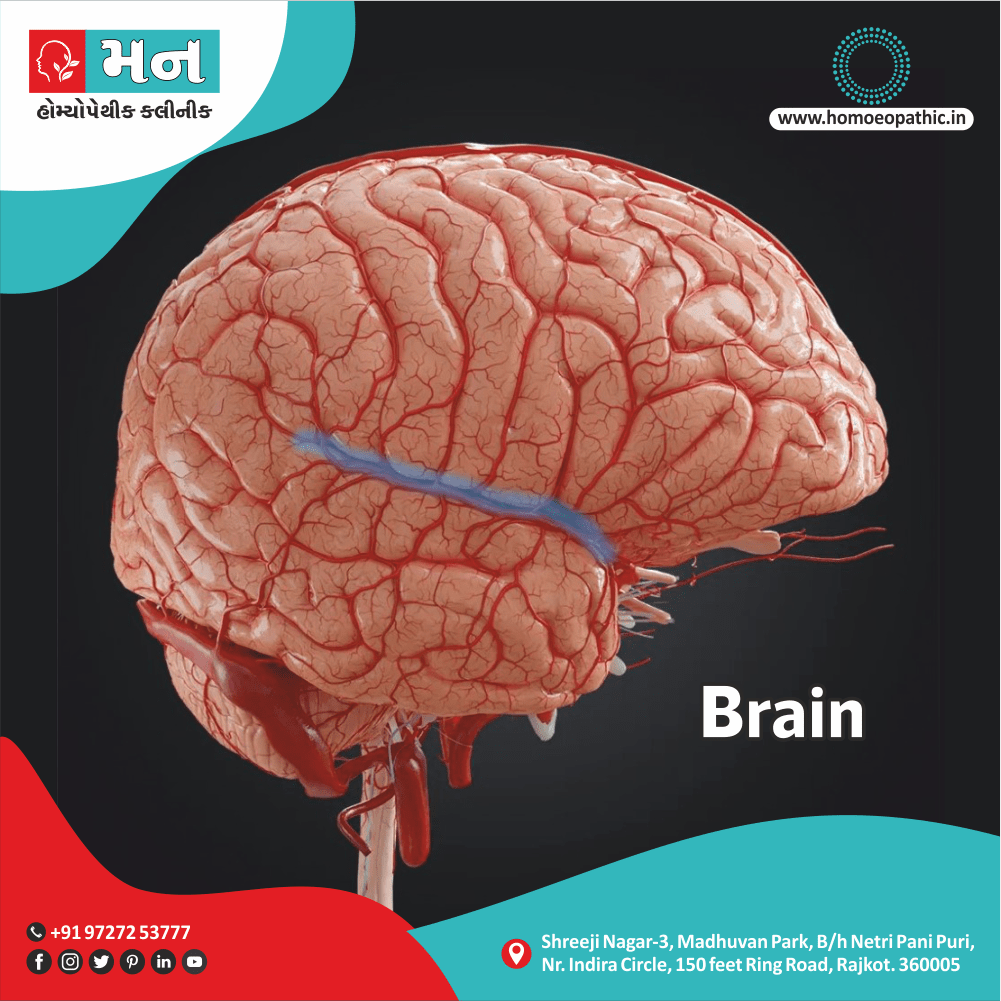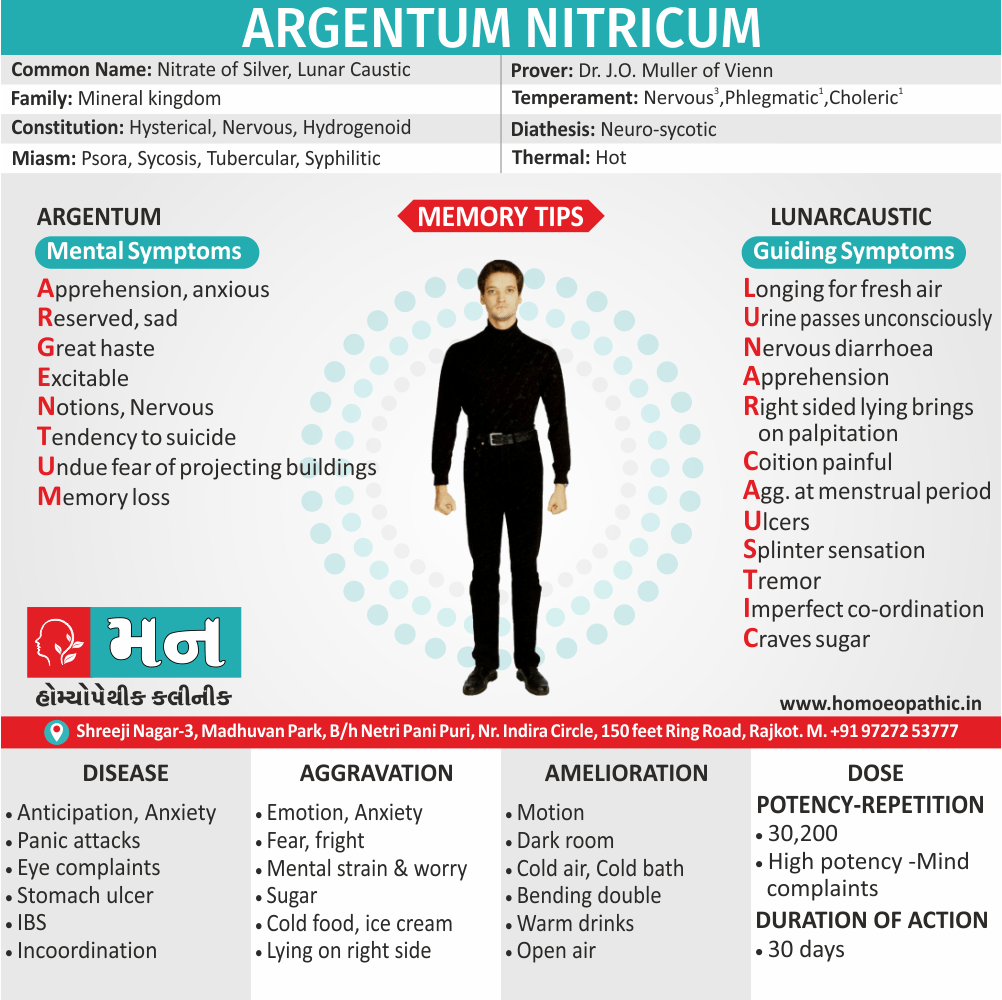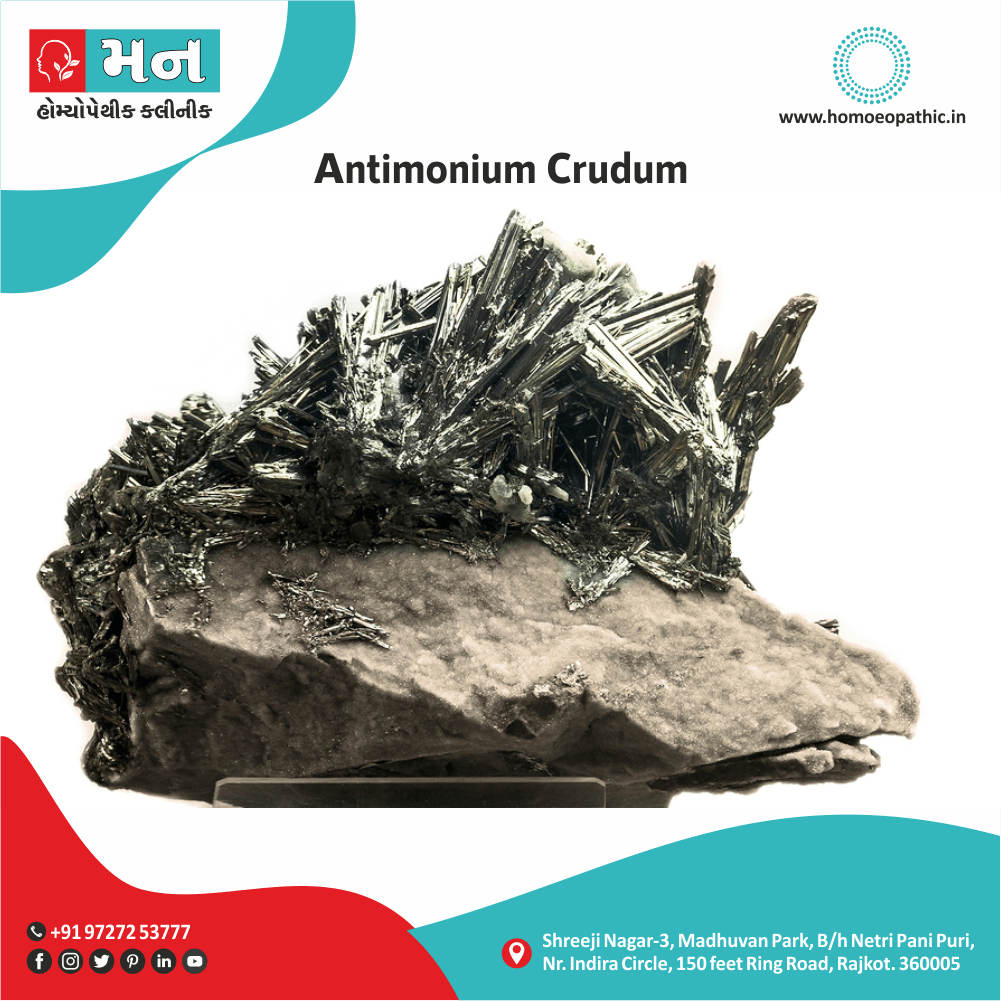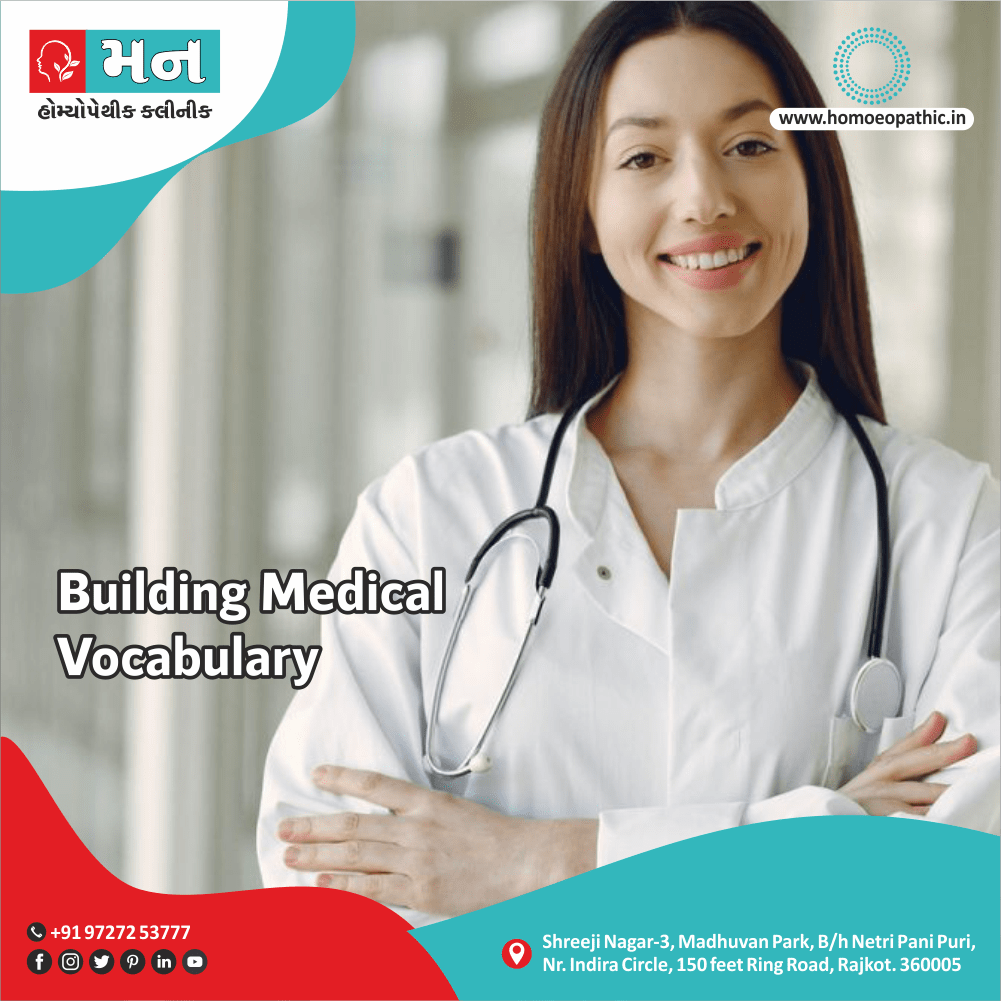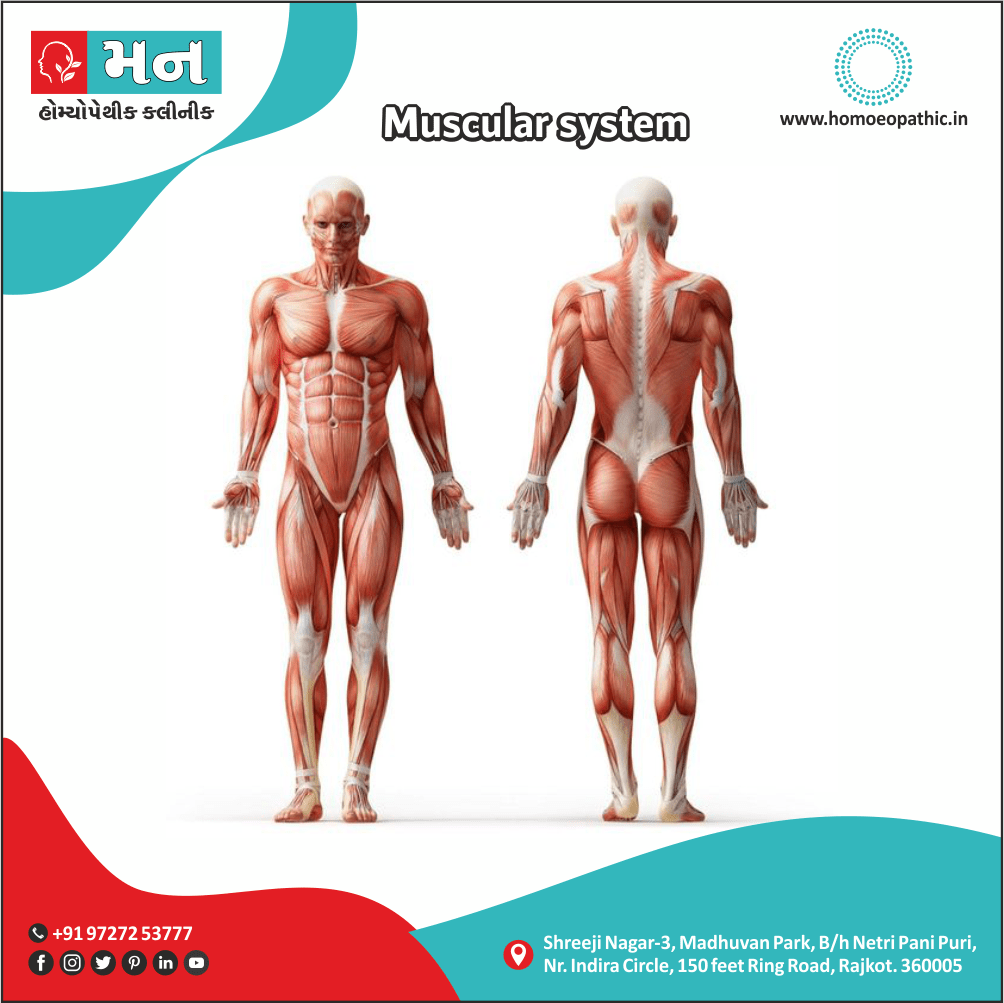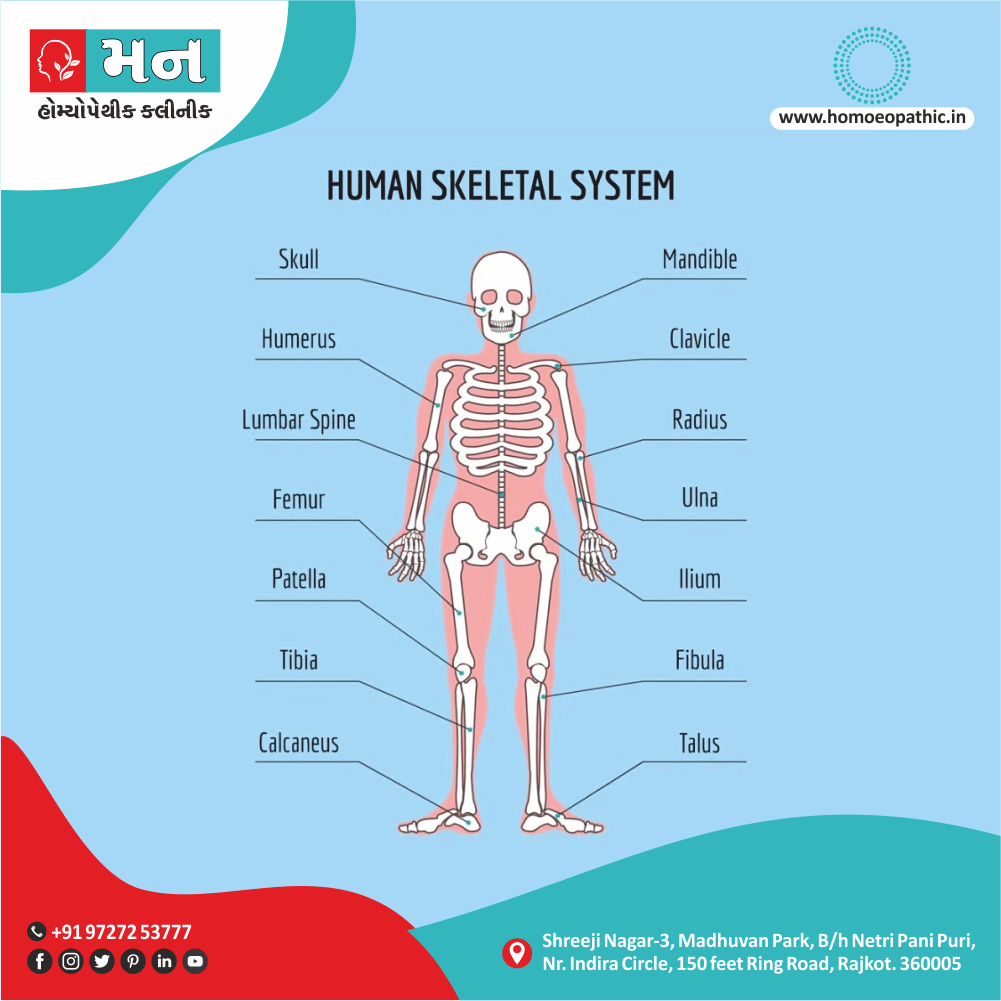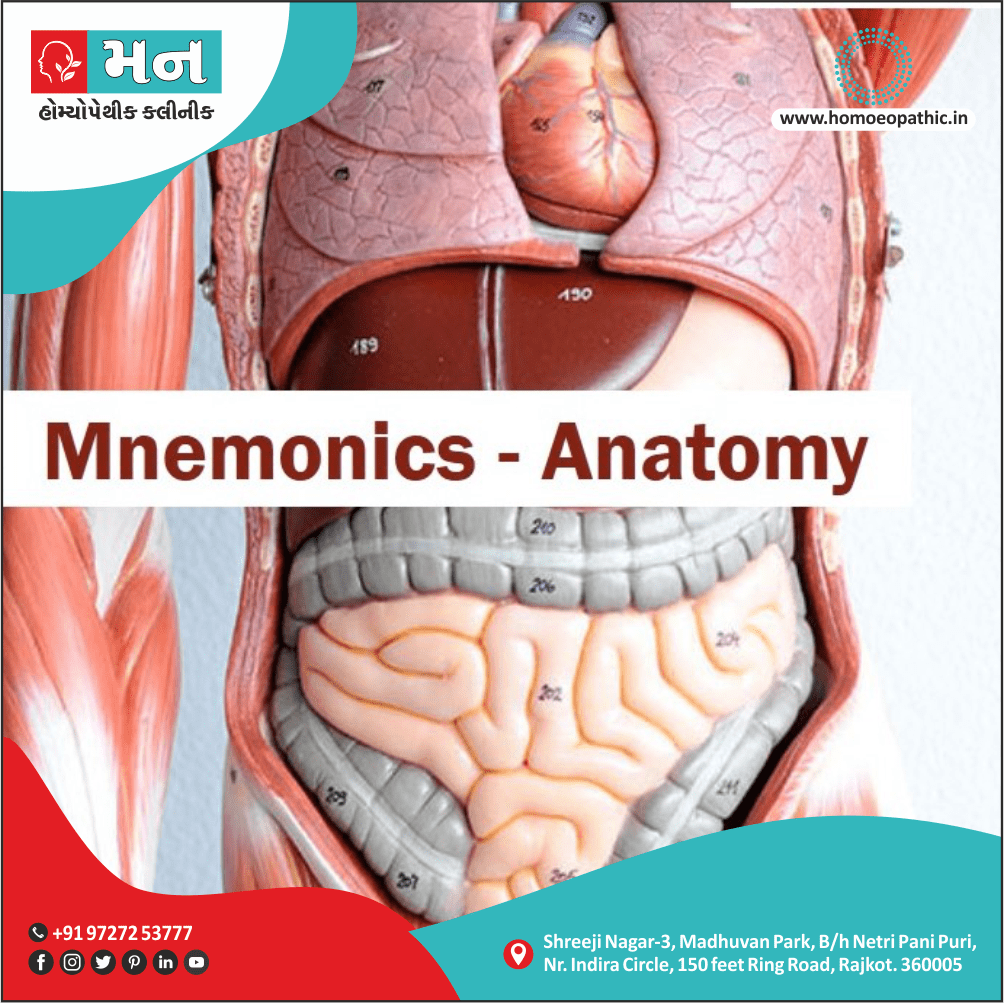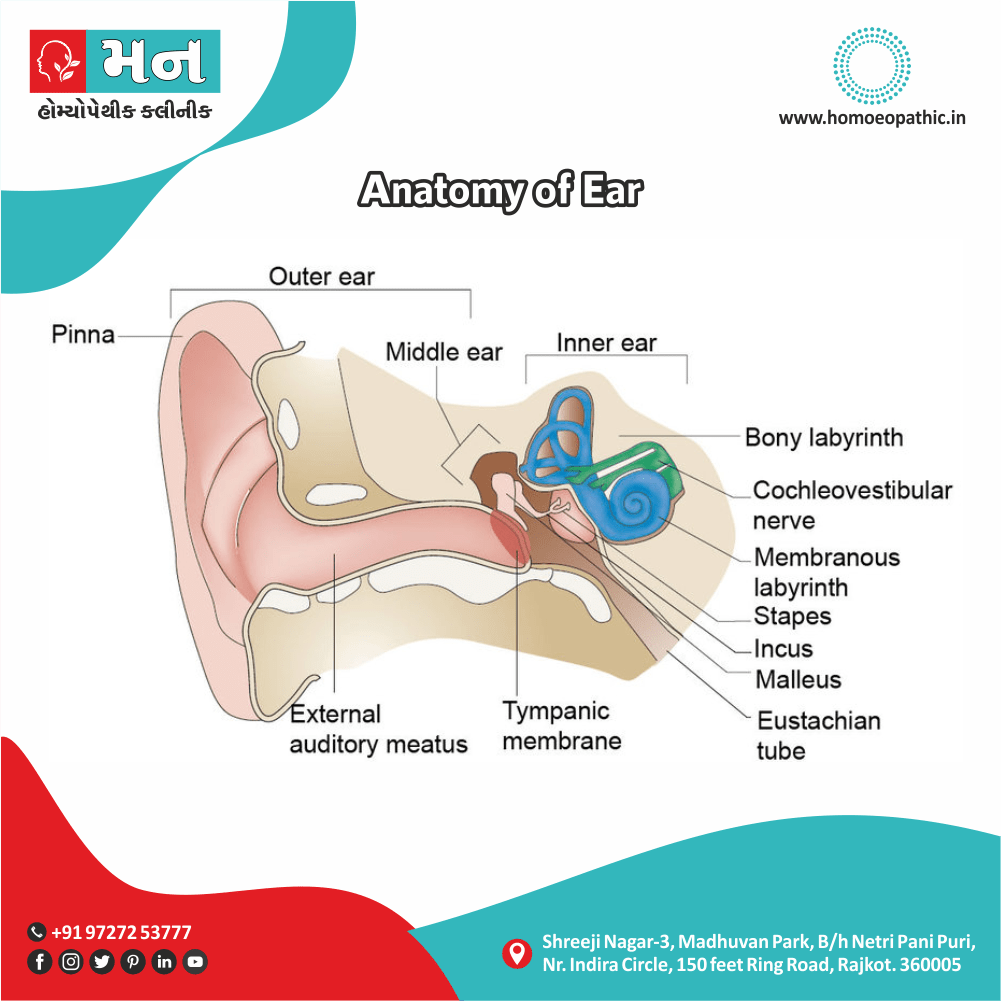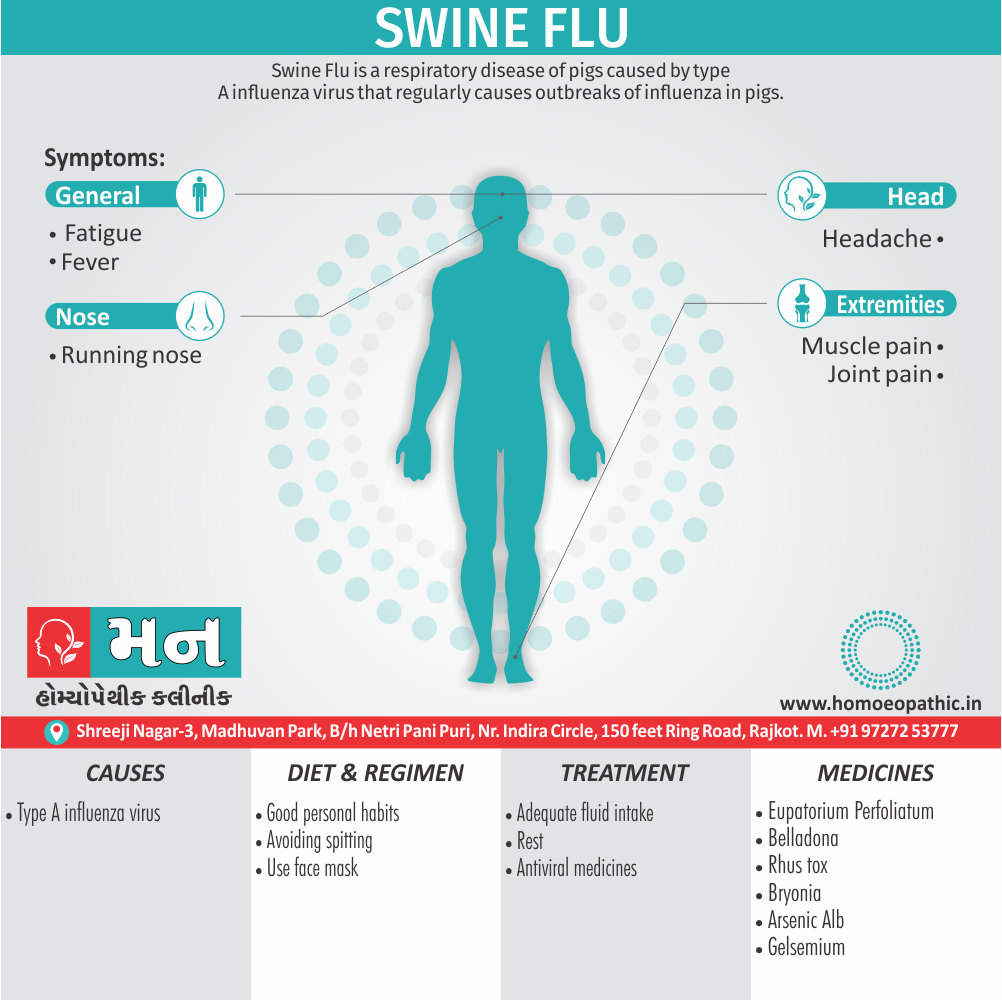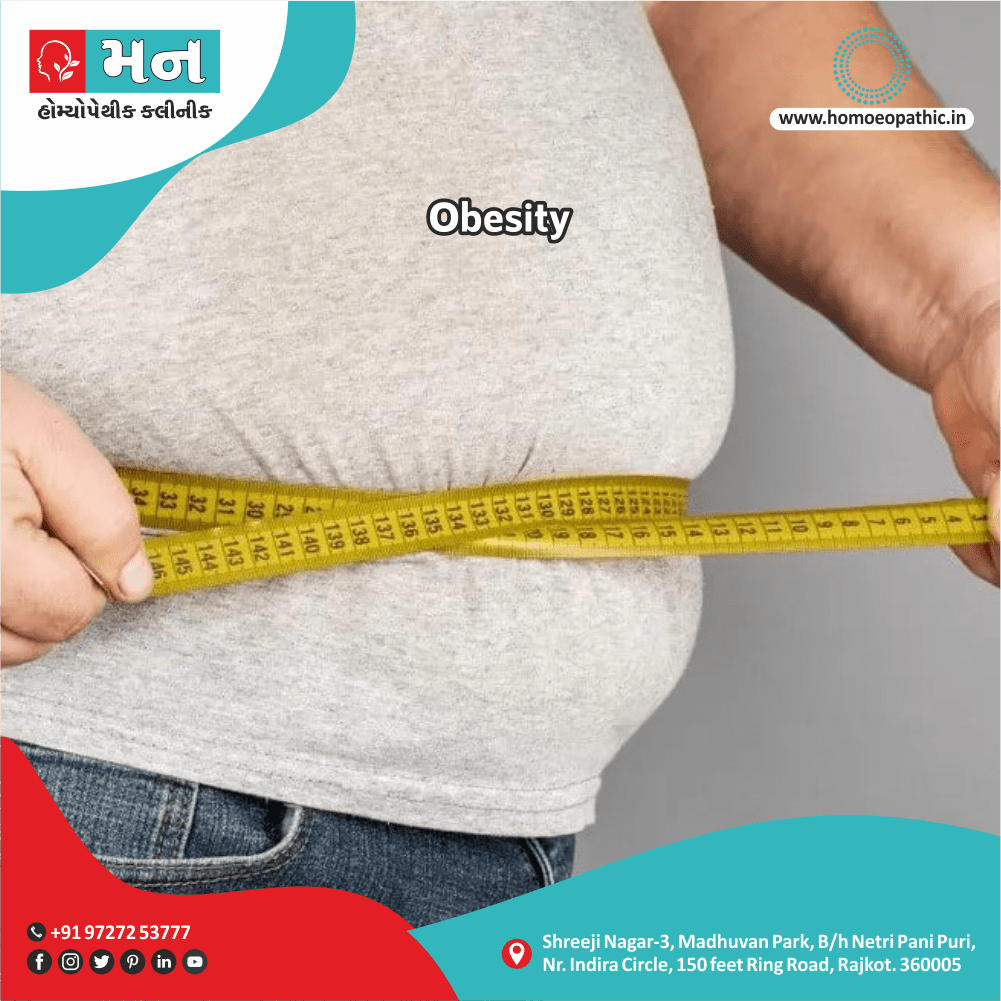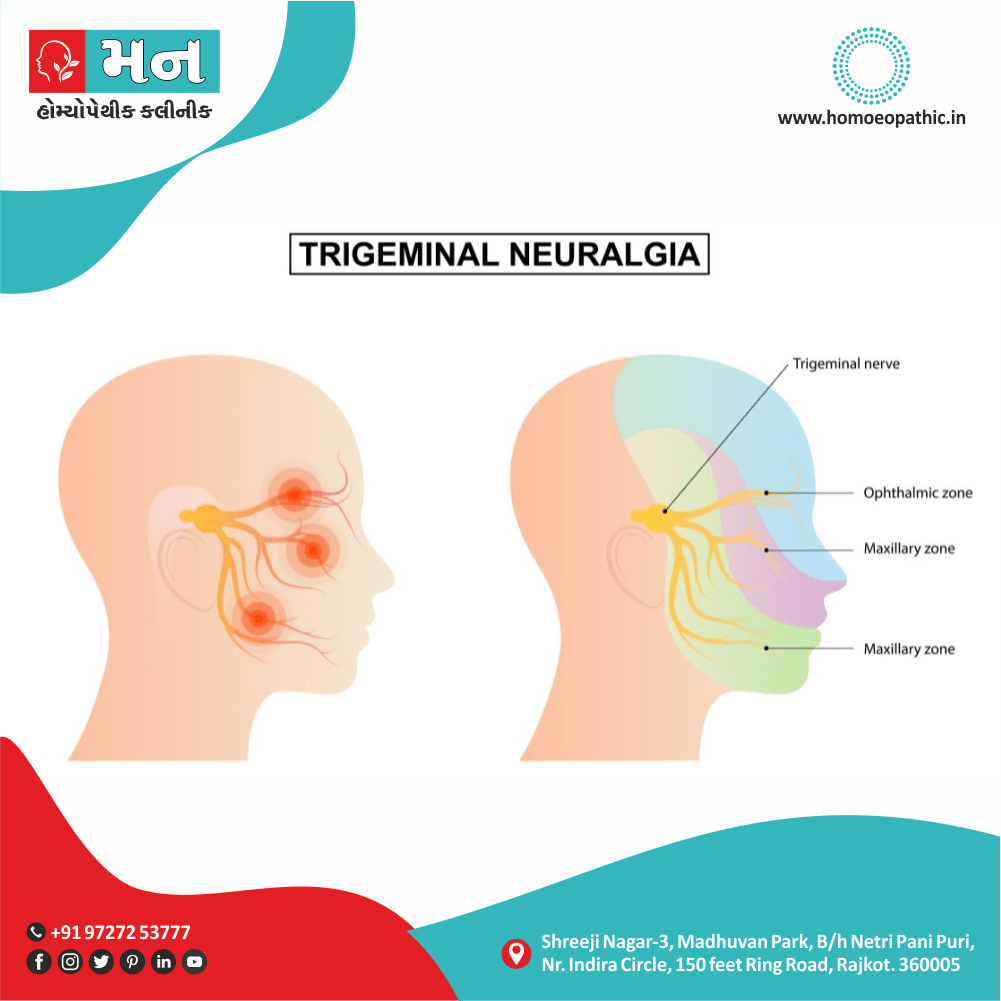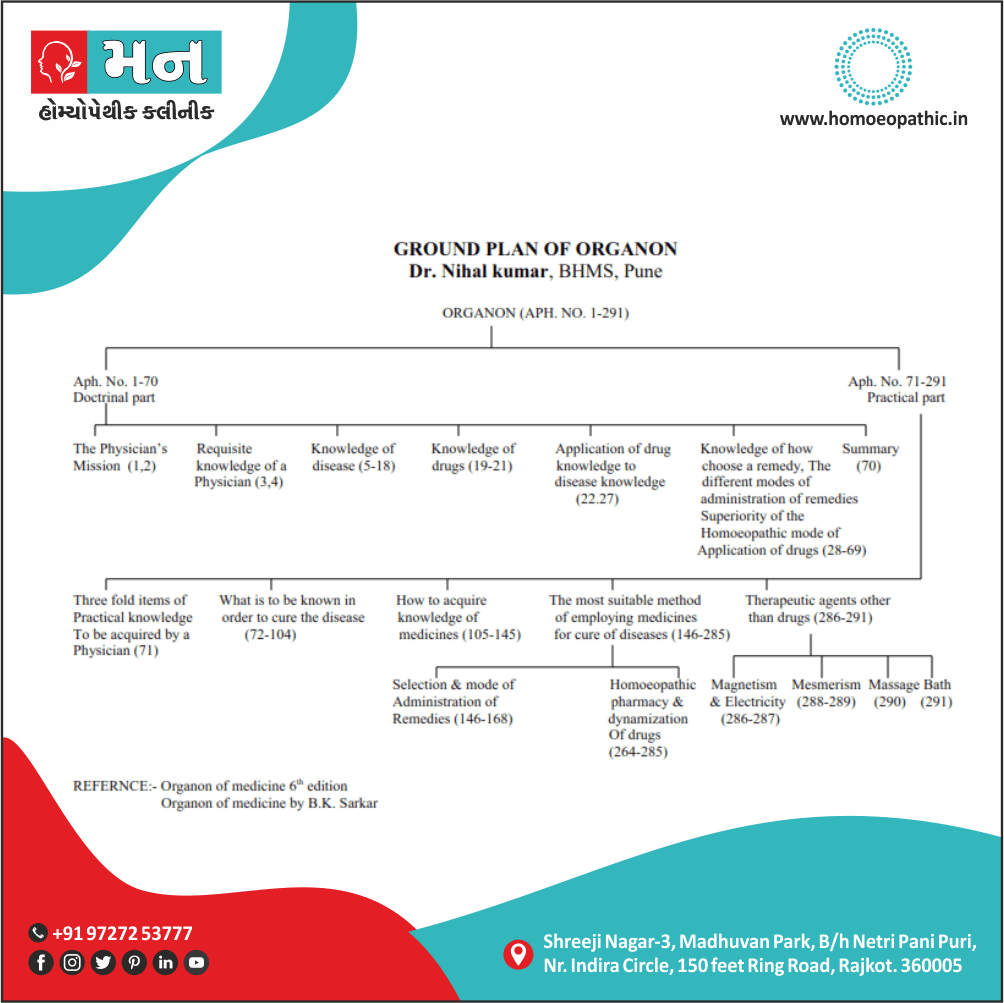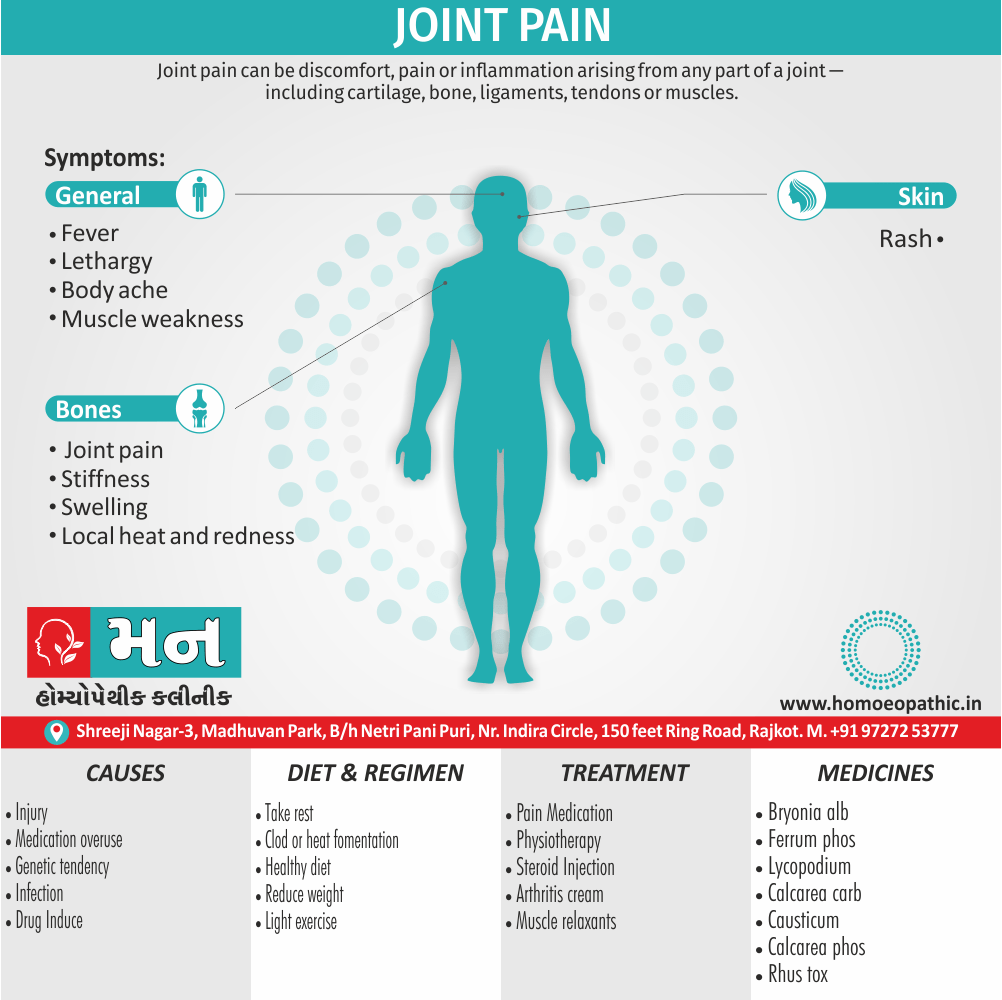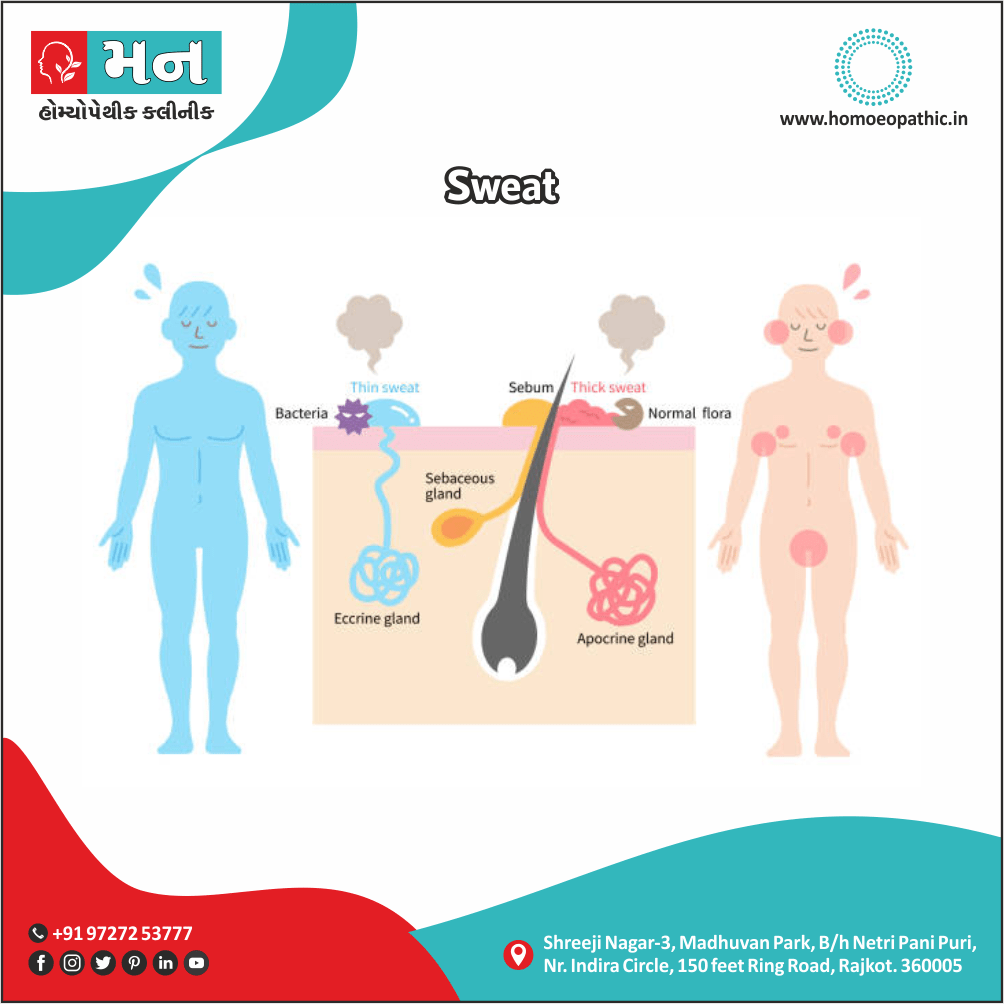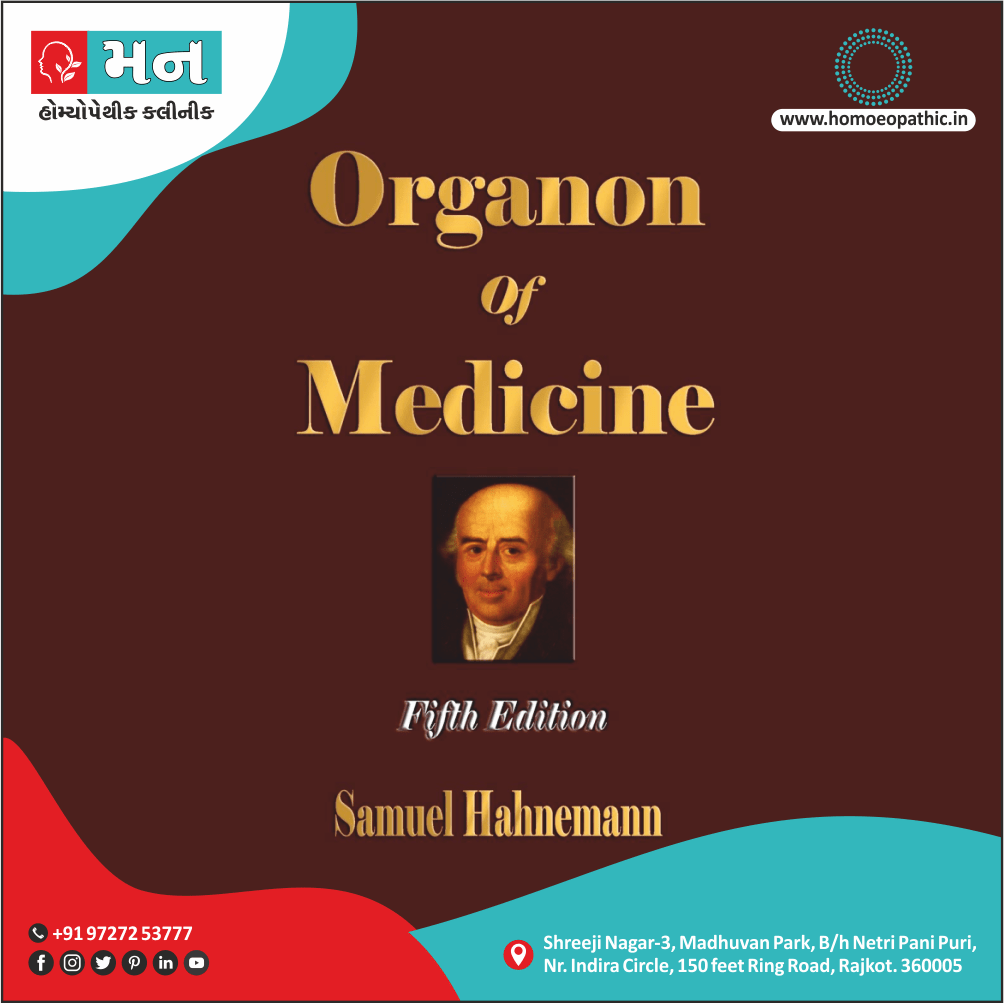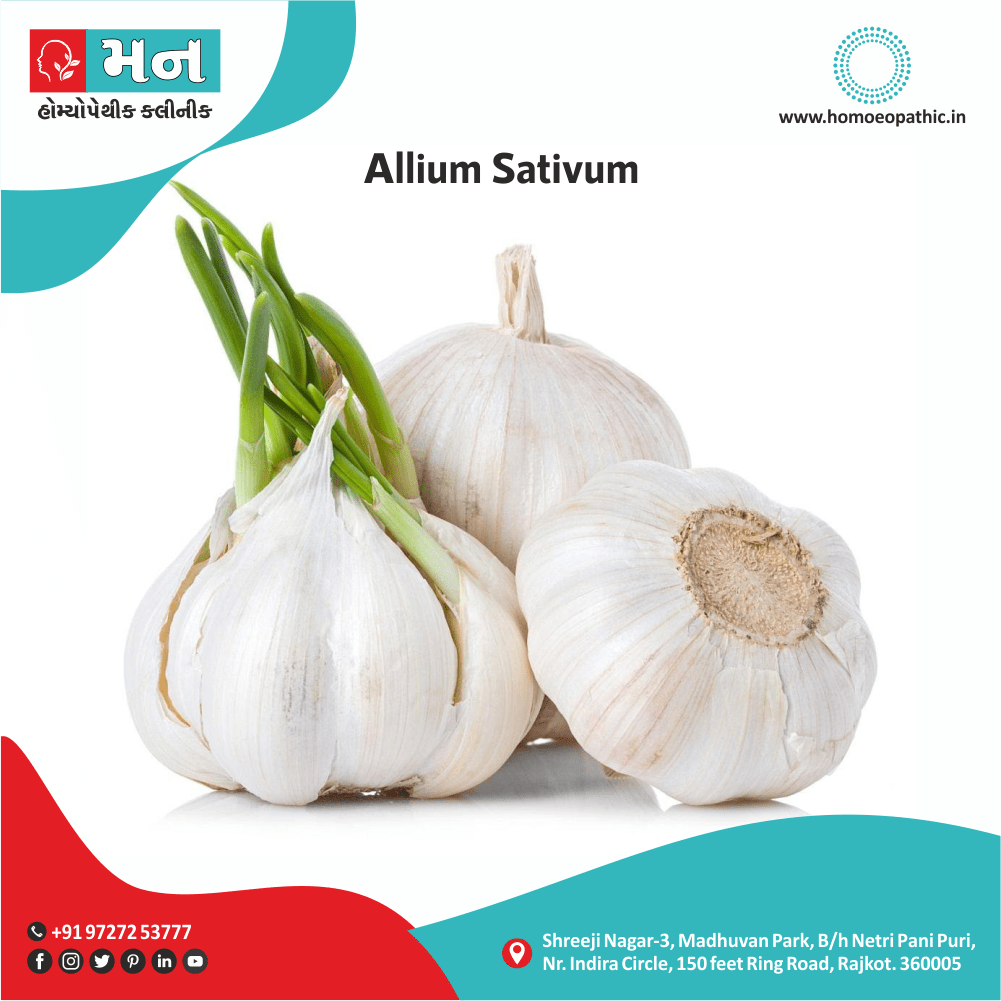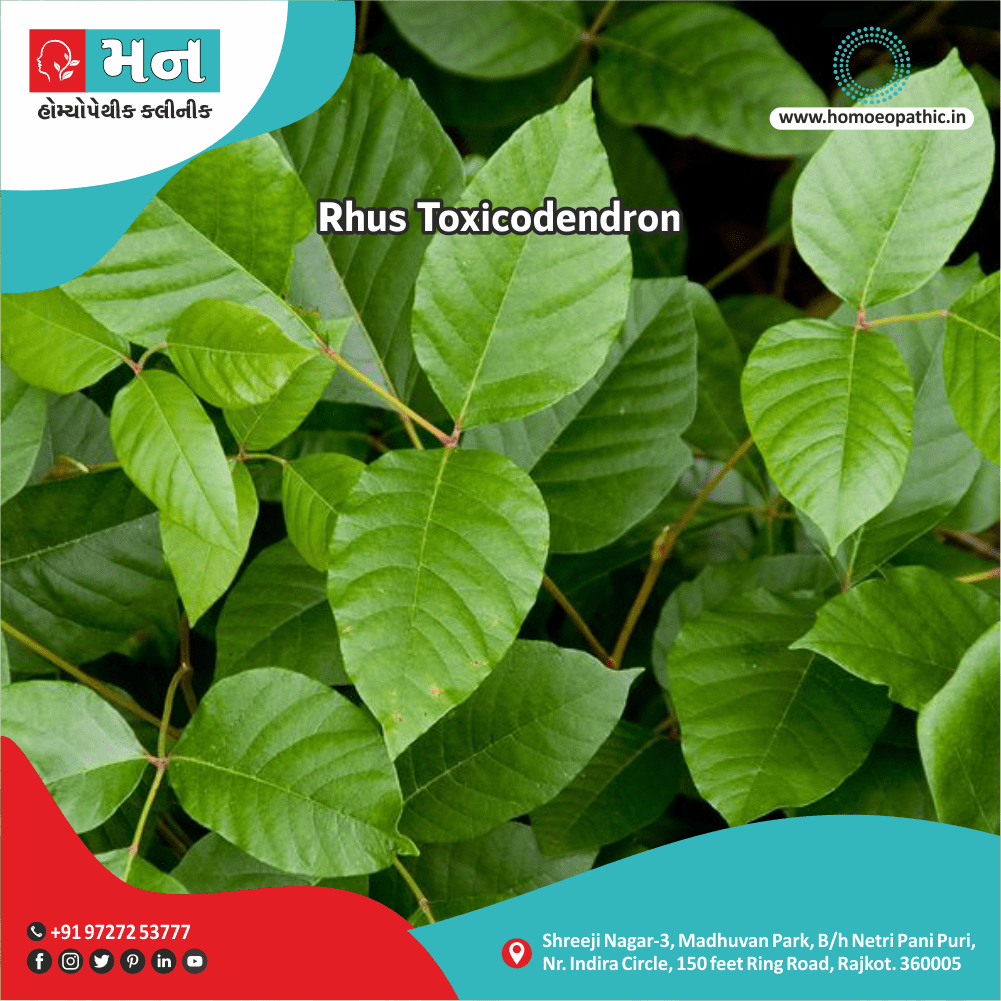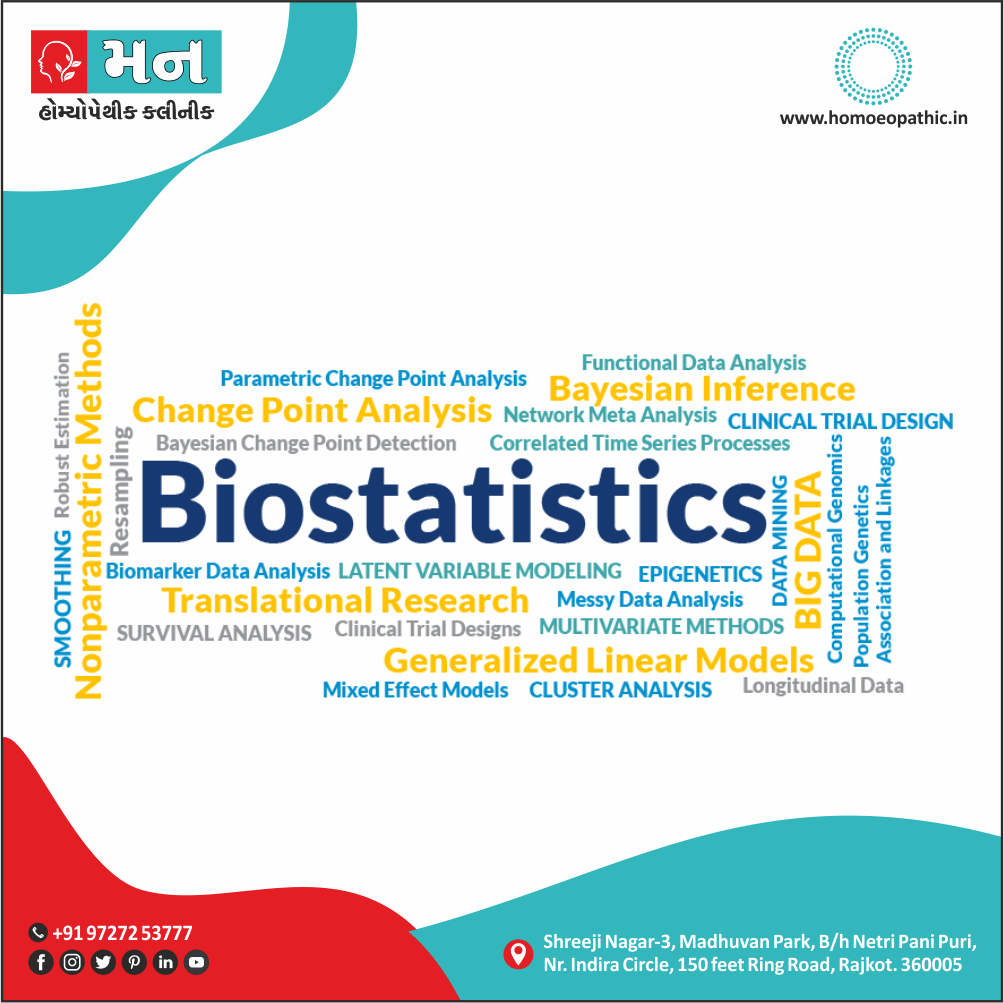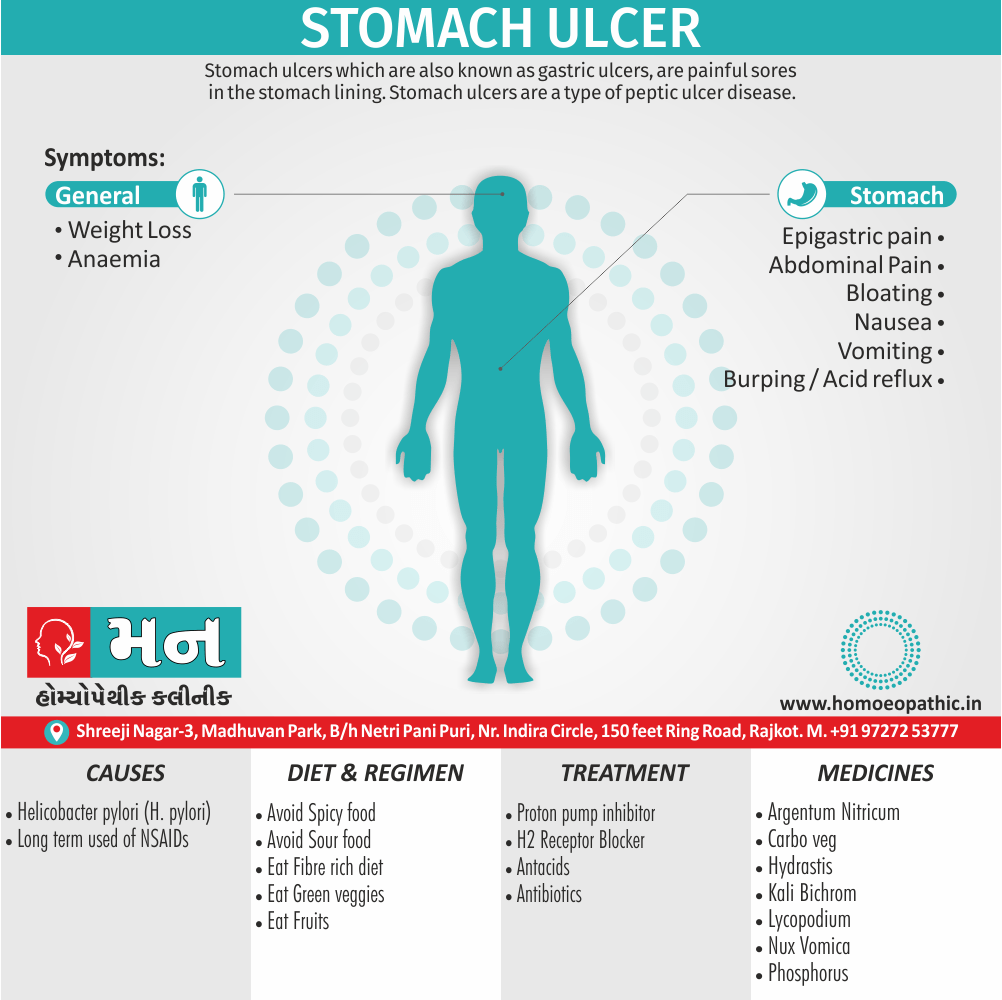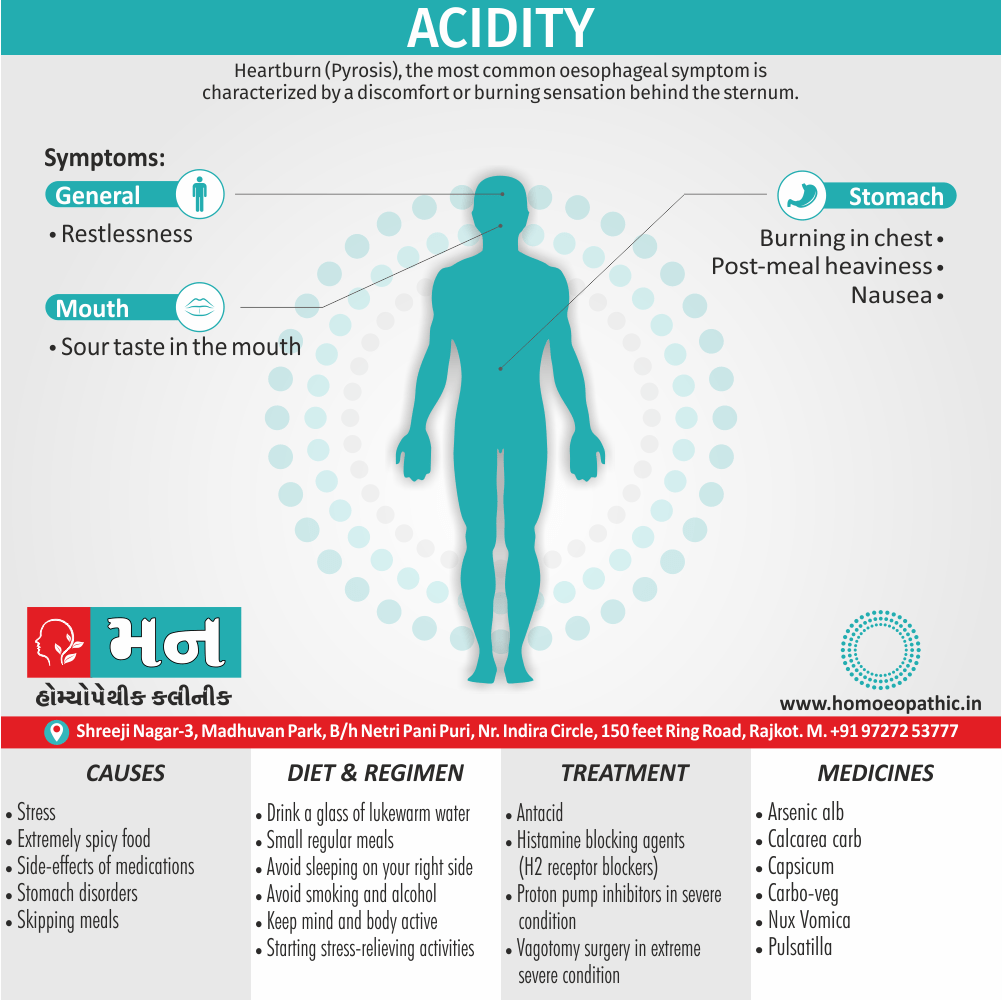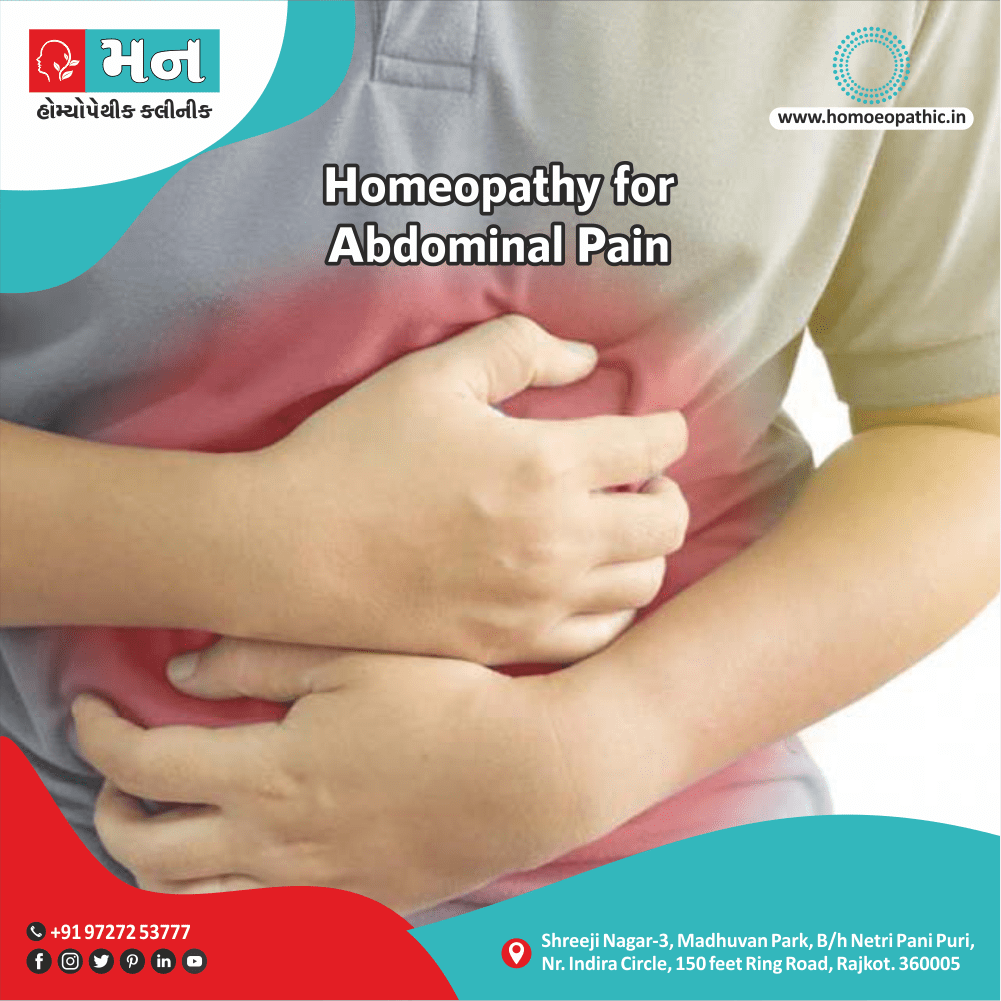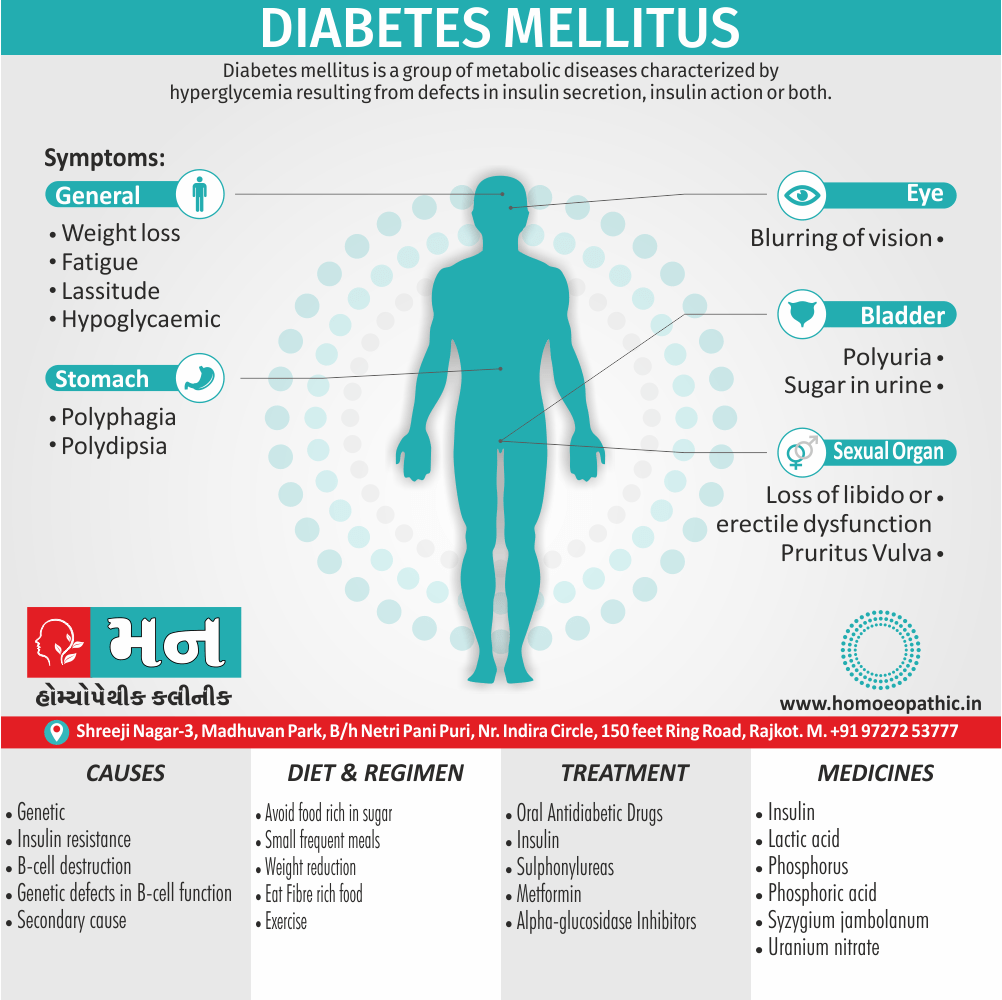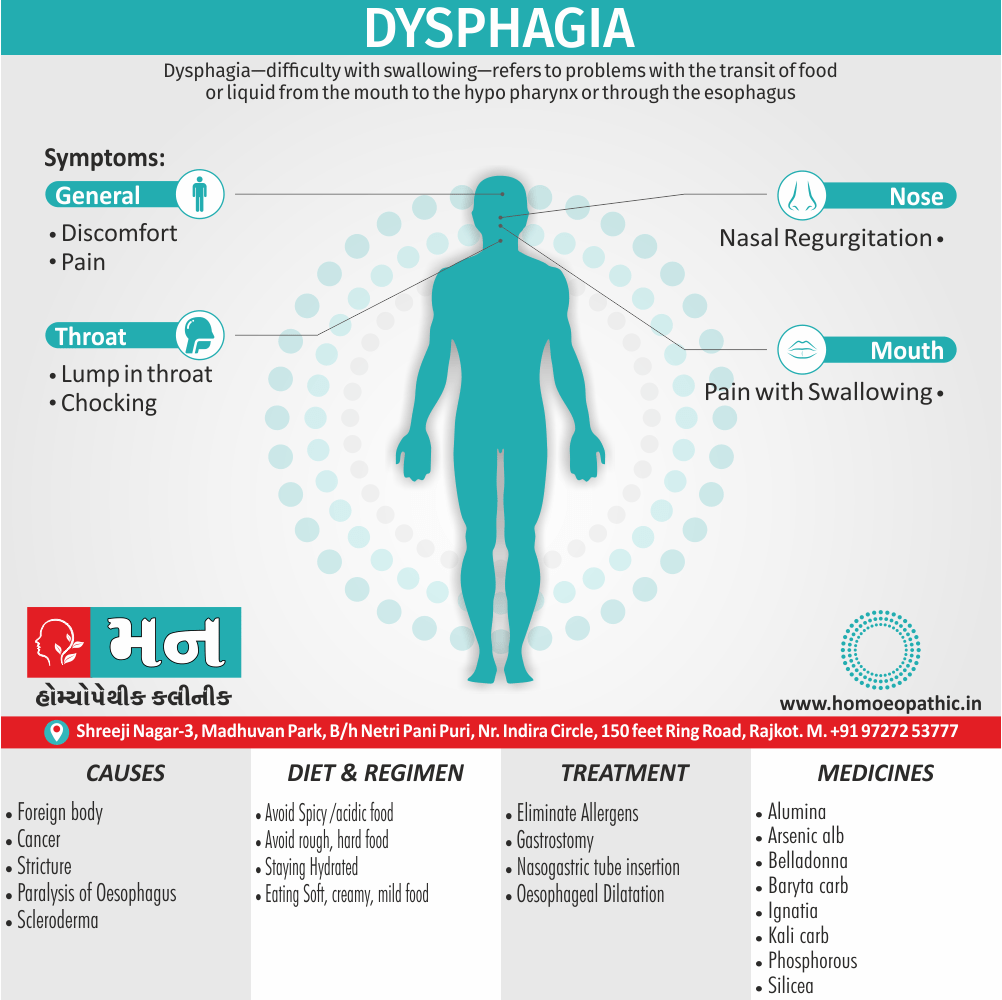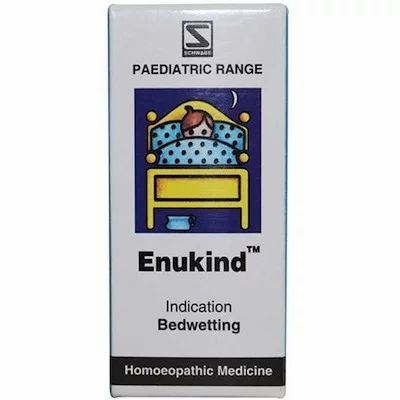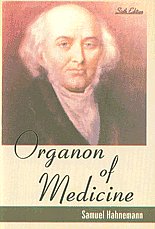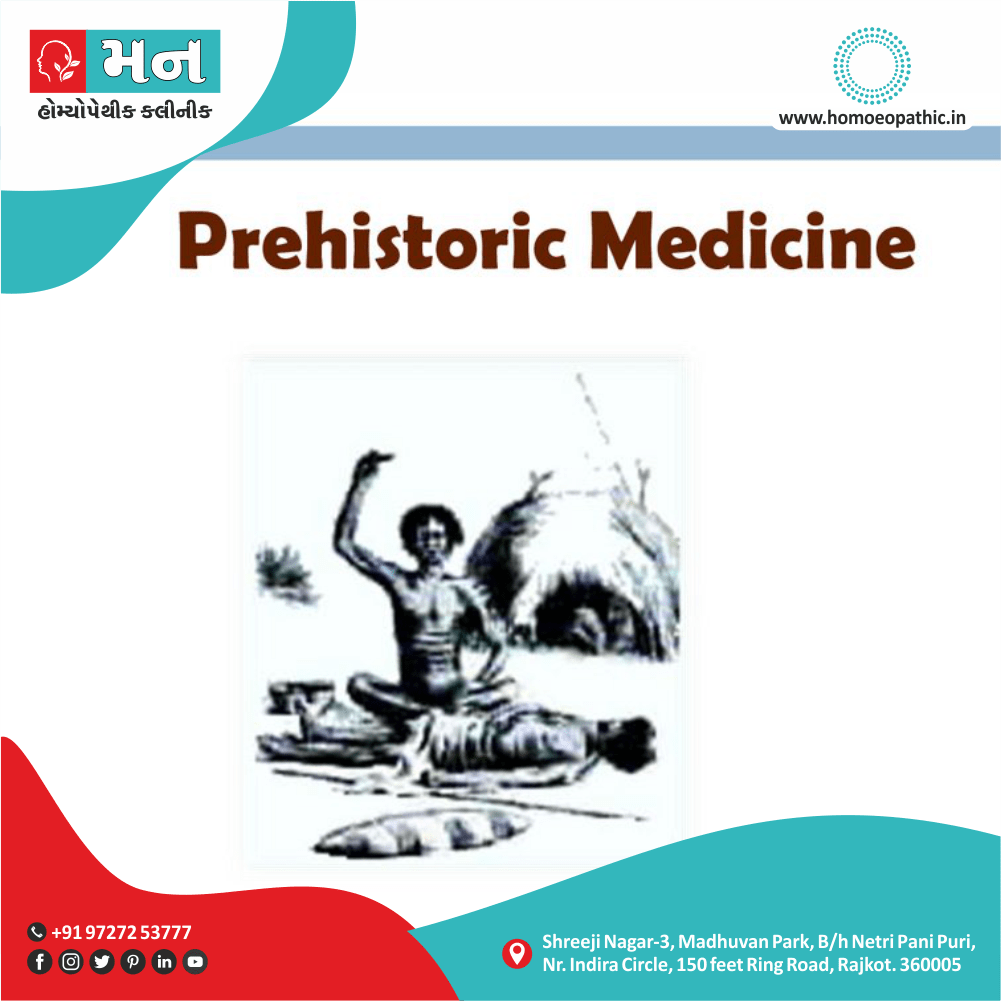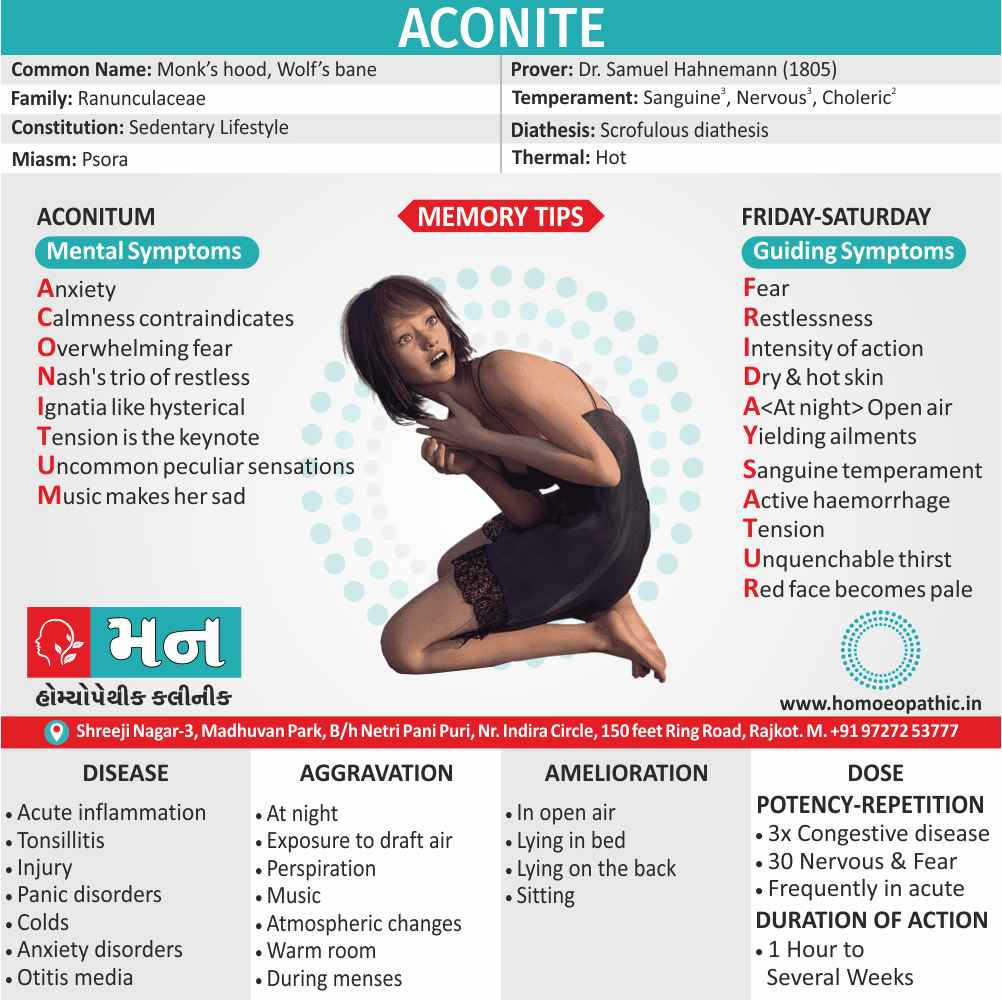Definition:
Kawasaki disease is an acute febrile mucocutaneus lymph node syndrome mainly affecting infants and young children. OR
Kawasaki disease is an auto-immune disorder. It is an acute febrile vasculitis syndrome that occurs in early childhood.[1]
Overview
Epidemiology xxx
Causes
Types xxx
Risk Factors
Pathogenesis
Pathophysiology
Clinical Features xxx
Sign & Symptoms
Clinical Examination xxx
Diagnosis
Differential Diagnosis
Complications
Investigations
Treatment
Prevention xxx
Homeopathic Treatment
Diet & Regimen xxx
Do’s and Dont’s xxx
Terminology xxx
References
FAQ
Also Search As xxx
Overview
Overview of Kawasaki Disease
More than 80% of cases are seen in children below the age of 5 yr. It is a common vasculitis disorder of childhood and has replaced acute rheumatic fever as the leading cause of acquired heart disease in children in many countries.
The condition has been reported from all parts of the world. In India this condition is now being increasingly recognized but the vast majority of patients still continue to remain undiagnosed probably because of lack of awareness amongst pediatricians.
It is important to remember that the diagnosis of KO is based entirely on the recognition of a temporal sequence of characteristic clinical findings and that there is no specific laboratory test.[1]
Kawasaki disease common in:
- Males than in female
- Children under 5 years of AGE.
- 95% of cases occur in children under the age of 10 years.
- It is also affected the people who are suffering from HIV.
Epidemiology xxx
Indian epidemiology then other
Causes
Causes of Kawasaki Disease
- Etiology of Kawasaki disease is not known
- The certain genes are known to increase a child’s susceptibility towards the Kawasaki disease.
- The disease has a genetic tendency.
- Siblings of affected children have high risk of developing Kawasaki disease as compared to the general population.
Types xxx
AAA
Risk Factors
Risk factor of Kawasaki Disease
- History of the patient
- Family history of the patient
- Boys are at more risk
- Children under 5 years of age are at more risk
Pathogenesis
Pathogenesis refers to the development of a disease. It’s the story of how a disease gets started and progresses.
This is the entire journey of a disease, encompassing the cause but going beyond it.
Pathophysiology
Pathophysiology, on the other hand, focuses on the functional changes that occur in the body due to the disease. It explains how the disease disrupts normal physiological processes and how this disruption leads to the signs and symptoms we see.
Imagine a car accident. Pathogenesis would be like understanding how the accident happened – what caused it, the sequence of events (e.g., one car ran a red light, then hit another car). Pathophysiology would be like understanding the damage caused by the accident – the bent fenders, deployed airbags, and any injuries to the passengers.
In simpler terms, pathogenesis is about the "why" of a disease, while pathophysiology is about the "how" of the disease’s effects.
Clinical Features xxx
Tab Content
Sign & Symptoms
Sign & Symptoms of Kawasaki Disease
Acute phase
- Fever more than 5 days
- Bilateral Conjunctivitis
- Red inflamed tongue called “Strawberry tongue”
- Gingivitis
- Dry, cracked lips
- Oropharyngeal edema
- Swollen lymph nodes in the neck
- Cough and runny nose
- Erythematous, edematous Rashes on the palms and soles
- Abdominal pain and vomiting due to biliary obstruction
Subacute phase
- Irritability
- Arthritis
- Myocarditis
- Arthralgias
- More prominent Desquamation
Convalescent phase
- Gradual resolution of symptoms
Clinical Examination xxx
Tab Content
Diagnosis
Diagnosis of Kawasaki Disease
- Fever lasting for at least 5 days
- Presence of any 4 of the following 5 conditions:
- Bilateral non-purulent conjunctiva! injection (no discharge)
- Changes of mucosae of oropharynx (e.g., injected pharynx, injected lips, strawberry tongue)
- Changes of peripheral extremities (acute stage: edema, erythema of hands or feet; convalescent [1] stage: desquamation, which usually begins periungual)
- Polymorphous rash (never vesicular)
- Cervical lymphadenopathy (at least 1 node -5 cm; usually unilateral)
- Illness not explained by any other known disease process.
- It should be noted that the above clinical features evolve sequentially over a period of few days and all need not be present at one particular point of time.
- This partly explains the difficulty that the clinician experiences in arriving at a correct diagnosis. Most children have high grade fever and are extremely irritable.
- In fact, it is this irritability which often provides the first clinical clue to the diagnosis.[1]
- Kawasaki disease must be considered in the differential diagnosis of all children below 5 yrs. of age who have fever without apparent focus lasting more than 5 days. Beau lines may be seen during the convalescent phase.
Differential Diagnosis
Differential Diagnosis of Kawasaki Disease
- Juvenile Rheumatoid arthritis
- Lyme disease
- Rheumatic fever
- Rocky mountain spotted fever
- Infantile polyarteritis nodosa
- Measles
- Mercury Toxicity
- Staphylococcal Scalded skin syndrome
Complications
Complications of Kawasaki Disease
Heart attack at a younger age or later in life due to aneurysms and inflammation of vessels.
The basic lesion is a necrotizing vasculitis of medium-sized muscular arteries (especially coronaries), which may result in aneurysms, dilatations, and stenosis in untreated patients.[1]
Investigations
Investigation of Kawasaki Disease
There is no diagnostic test for Kawasaki disease. Evaluation of symptoms and ruling other possible conditions (Scarlet fever, measles, Juvenile RA, allergic reaction, etc.) is necessary.
- ESR
- CBC to look for leukocytosis
- Serum Immunoglobulin levels to for elevated Ig.E level
- Chemistry panel to look for elevated bilirubin
- Blood also throat cultures to identify causative organisms.
Imaging study
- ECG To look for arrhythmias
- Chest radiography to look for cardiomegaly also infiltrates
- Echocardiogram to look for Valvular abnormalities also cardio myography.
Treatment
Treatment of Kawasaki Disease
- The patient is hospitalized.
- High doses of aspirin reduce inflammation and it acts as a blood thinner.
- Administration of gamma- globulin through a vein.
- Anti-inflammatory drugs e.g., Ibuprofen or naproxen relives joint pains
- Plasmapheresis also help in giving relief to the patient.
- Single dose of intravenous immunoglobulin (2 g/kg) and
- Aspirin in anti-inflammatory doses (75-80 mg/kg) until the child becomes afebrile.
- Low dose aspirin (3-5 mg/kg/ day) is then continued for a few weeks for its antiplatelet activity.
In appropriately treated children, the long-term prognosis is excellent with less than 3% patients developing coronary artery abnormalities as compared to 15-25% in the untreated category.
Prevention xxx
Tab Content
Homeopathic Treatment
Homeopathic Treatment of Kawasaki Disease
Homeopathy treats the person as a whole. It means that homeopathic treatment focuses on the patient as a person, as well as his pathological condition. The homeopathic medicines selected after a full individualizing examination and case-analysis.
which includes
- The medical history of the patient,
- Physical and mental constitution,
- Family history,
- Presenting symptoms,
- Underlying pathology,
- Possible causative factors etc.
A miasmatic tendency (predisposition/susceptibility) also often taken into account for the treatment of chronic conditions.
What Homoeopathic doctors do?
A homeopathy doctor tries to treat more than just the presenting symptoms. The focus is usually on what caused the disease condition? Why ‘this patient’ is sick ‘this way’?.
The disease diagnosis is important but in homeopathy, the cause of disease not just probed to the level of bacteria and viruses. Other factors like mental, emotional and physical stress that could predispose a person to illness also looked for. No a days, even modern medicine also considers a large number of diseases as psychosomatic. The correct homeopathy remedy tries to correct this disease predisposition.
The focus is not on curing the disease but to cure the person who is sick, to restore the health. If a disease pathology not very advanced, homeopathy remedies do give a hope for cure but even in incurable cases, the quality of life can greatly improved with homeopathic medicines.
Homeopathic Medicines for Kawasaki Disease:
The homeopathic remedies (medicines) given below indicate the therapeutic affinity but this is not a complete and definite guide to the homeopathy treatment of this condition. The symptoms listed against each homeopathic remedy may not be directly related to this disease because in homeopathy general symptoms and constitutional indications also taken into account for selecting a remedy.
Medicines:
Aconite [Acon]
- This remedy typifies a synochal asthenic fever, also corresponds to hyperemia congestion and chill preceding inflammatory fever. Frequent chilliness is common in fevers calling for Aconite.
- There is redness of the face, great heat also oftentimes an outward pressing headache. A slight degree of delirium does not contra-indicate Aconite.
- The mental symptoms are all important; there is anxiety, and restlessness from the violent circulatory storm; there is dry skin, violent thirst, full bounding frequent pulse also sweating relieves.
- If it is brought on by exposure to dry cold winds or chilling of the body after overheat, especially when warm also sweaty it is well indicated.
- It suits the young and robust and has no relation to the weak also sickly. The never-failing characteristics of mental anguish must be present.
- The attack of fever often terminates with a critical sweat. Veratrum viride. This remedy suits cases similar to Aconite, but it has more arterial excitement also no anxiety.[2]
Belladonna [Bell]
- This remedy is marked by erethism, violent delirium, headache, throbbing carotids and cerebral symptoms.
- Eyes red and glistering; the skin is hot and burning; the heat seems to steam out from the body; it may be followed by a profuse sweat which brings no relief.
- The characteristics are briefly: General dry heat with chills, little or no thirst, in fact, the patient may have a dread of water, cool extremities also throbbing headache.
- The fever is worse at night. patient feels chilly when uncovering.
Bryonia [Bry]
- Suits especially a quite form of fever; true, the patient may restless also toss about, but always made worse thereby.
- There is intense headache, dull, stupefying with a sensation as if the head would burst at the temples; sharp pains over the eyes, faintness on rising up, dry mouth also a tongue coated white in the middle.
- Cold, chilly sensations predominate in fevers calling for Bryonia, and there is much thirst for large drinks of water at rather infrequent intervals.
- The fever of Bryonia is unmarked by the violence, acuteness also general storm of Aconite or the decomposition also great debility of the acids.
- It is neither synochal nor so markedly asthenic in character, it is between the two and is dependent upon local affections, state of stomach, liver, chest, etc. [2]
Chamomilla
- Ugly in behavior, Cross also uncivil, quarrelsome, Vexed at every trifle. Abrupt.
- Averse to being spoken to or touched; or being looked at. Children want to be carries also petted. Want many things, but refuse them when given. Piteous moaning because he cannot have what he wants.
- Aversion to talking. Omits words while writing also speaking. Women become suddenly capricious, quarrelsome, obstinate, before menses.
- Hasty, hurried. Cannot bear anyone near him. Chilly yet easily overheated; hence takes cold.
- Coldness of one part, with heat of another worse uncovering. Alternate chill also heat.
- Feverish from suppressed discharges. Sweat on head. Thirst during fever yellow conjunctiva.
- Spasmodic closing of lids. Bloody water from the eyes of new born babies.
Gelsemium [Gels]
- This remedy suits dull, stupid, apathetic conditions. The patient is dizzy and drowsy, the chill is partial; there is a full flowing pulse with an element of weakness in it.
- It corresponds especially to remittent types of fever also to fevers brought on by warm, relaxing weather.
- The fever is accompanied by languor, muscular weakness also a desire for absolute rest and is unaccompanied by thirst.
- This remedy stands midway between Aconite also Gelsemium in febrile conditions, and it may be differentiated from its neighbors by the pulse, which, under Aconite, is full and bounding also under Gelsemium soft and flowing, and by the mental symptoms, Aconite being marked by anxiety and Gelsemium by drowsiness and dullness.
- Hughes praises this remedy in simple continued fevers, where he believes it is specific. Gastric fever, he claims, will never run into typhoid if treated with this remedy. [2]
Pulsatilla
- Mild, timid, emotional, tearful, very irritable, touchy Conjunctivitis from colds. Thirst less ness; with nearly all complaints. Vomiting of food eaten long before.
- Chilly, yet averse to heat; in warm room with pain; on lying down at night. One sided coldness with numbness.
- Pains during sweat. One hand cold. Partial sweat. Feverish, hot, body temperature normal. Erratic temperature in fevers.
- Breath offensive. Dry or slimy; without thirst Hard painful lumps in both groins Diminished taste to all food Itching, burning in eyes, causing rubbing. Weeping eyes.
Rhus Toxicodendron [Rhus-t]
- A form of catarrhal fever, so-called, which is met with frequently calls for Rhus more than for any other remedy.
- It commences with weakness of the whole body with desire to lie down, soreness or bruised sensations in the limbs, aching of limbs and bones, great pain in back, restlessness, worse while lying still, sickness at the stomach, loss of appetite, repugnance for food, great thirst, dry tongue and mouth.
- It is useful on that borderland where febrile cases merge into a typhoid condition.
- Here the fever is characterized by weariness, prostration also trembling. It is slow, lingering fever, generally a gastric or a bilious, remittent fever.
- It is characterized by the following combination of symptoms which no other drug has: Profuse salivation, dry throat and great thirst for cold water.
Sulphur [Sulph]
- An excellent fever remedy, it comes in after Aconite when the skin is dry and hot and there is no sweat; the fever seems to burn the patient up, the tongue is dry and red and the patient at first is sleepless and restless, but soon becomes drowsy.
- There are no blood changes; additionally it is a chronic Aconite or a passive Aconite does to the arteries.[2]
Diet & Regimen xxx
Do’s and Dont’s xxx
Tab Content
Terminology xxx
Tab Content
References
References use for Article Kawasaki Disease
[1] Paediatrics (8th Edition) -O.P. Ghai- -Reduced
[2] Therapeutics from Zomeo ultimate LAN
[3] https://hpathy.com/cause-symptoms-treatment/kawasaki-disease/
FAQ
Frequently Asked Questions
What is Kawasaki Disease?
Kawasaki disease is an acute febrile mucocutaneus lymph node syndrome mainly affecting infants and young children.
Homeopathic Medicines used by Homeopathic Doctors in treatment of Kawasaki Disease?
- Aconite
- Belladonna
- Bryonia
- Chamomilla
- Gelsemium
- Pulsatilla
What causes Kawasaki Disease?
- The certain genes are known to increase a child’s susceptibility towards the Kawasaki disease.
What are the symptoms of Kawasaki Disease?
- Fever more than 5 days
- Bilateral Conjunctivitis
- Red inflamed tongue called “Strawberry tongue”
- Gingivitis
- Dry, cracked lips
- Oropharyngeal edema
Also Search As xxx
Frequently Asked Questions (FAQ)
XYZ
XXX
XYZ
XXX
XYZ
XXX


